SUSIE



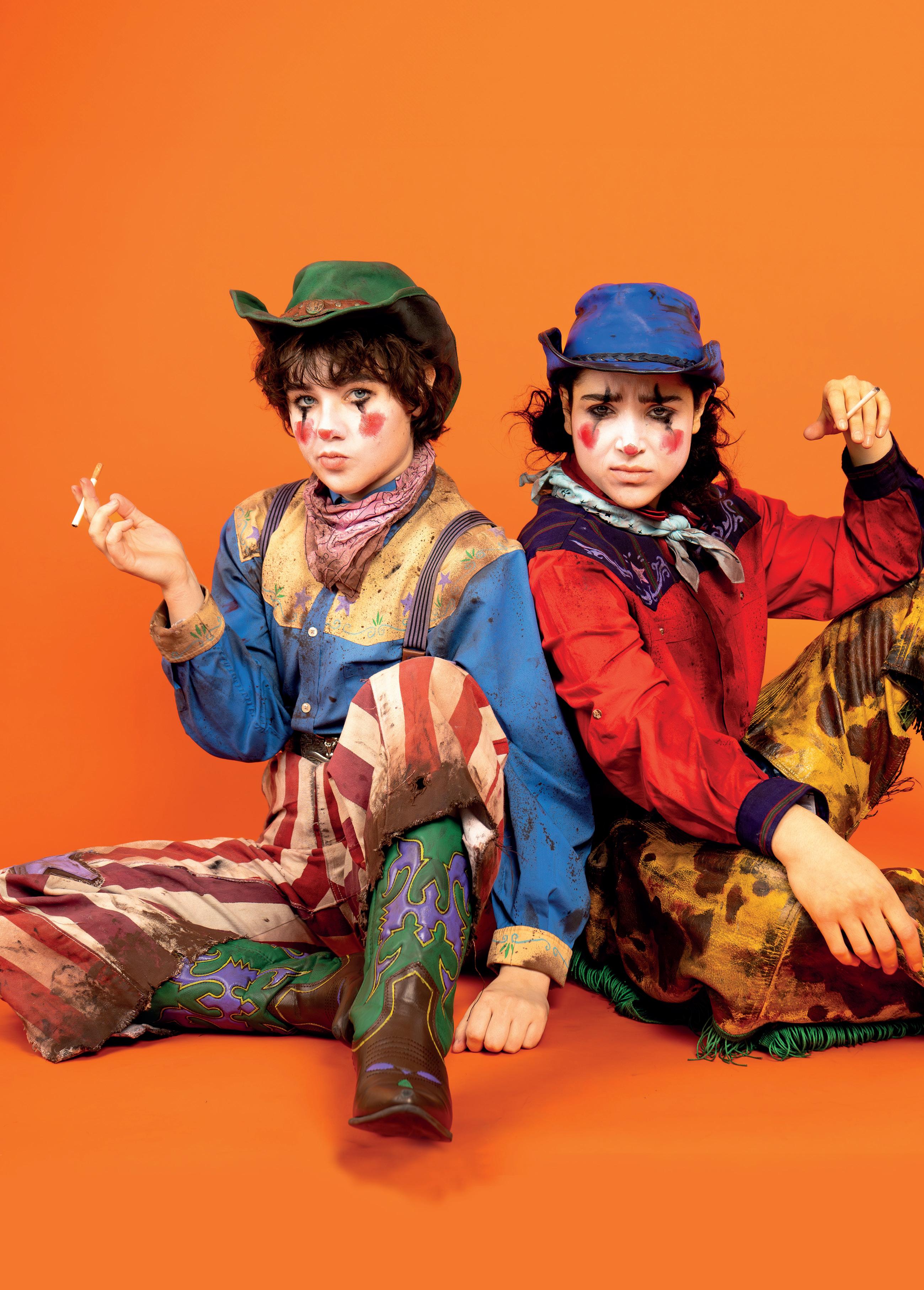






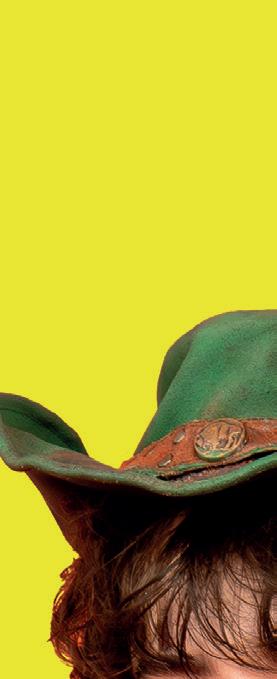

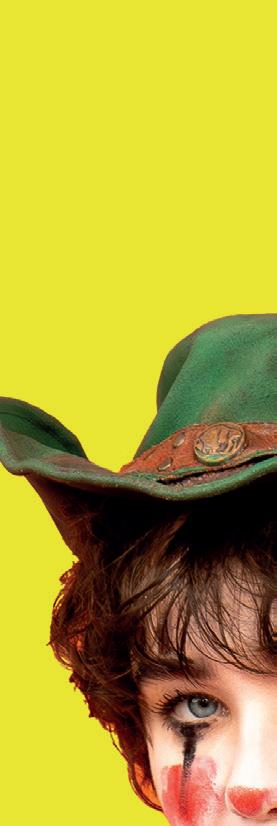



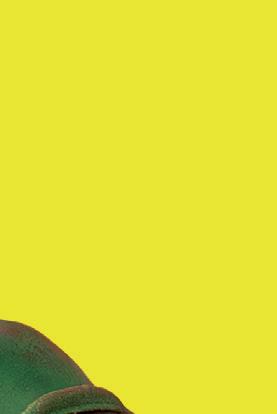

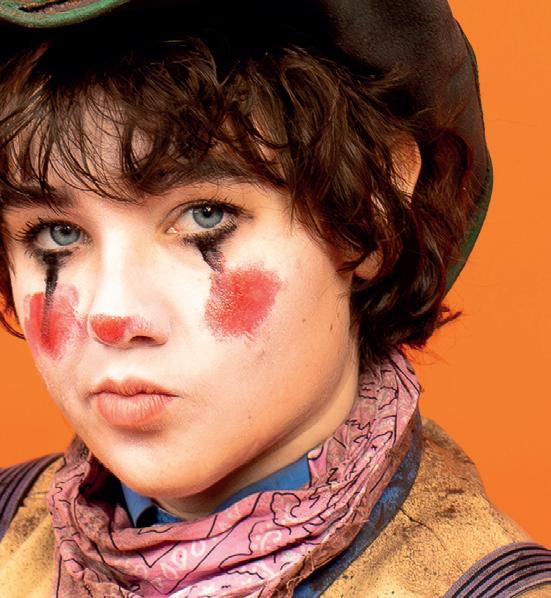






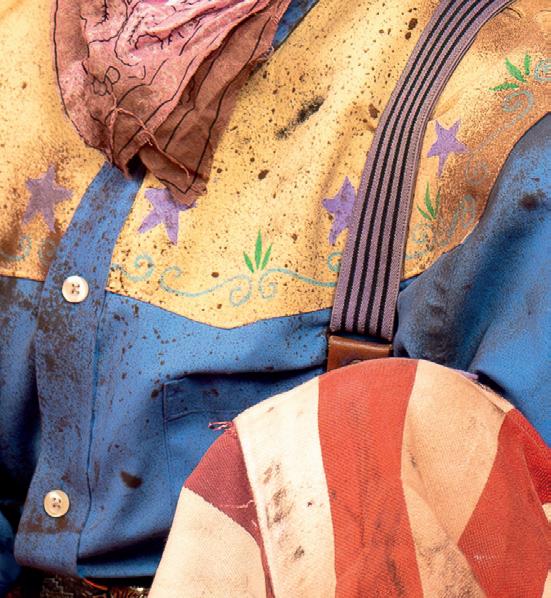
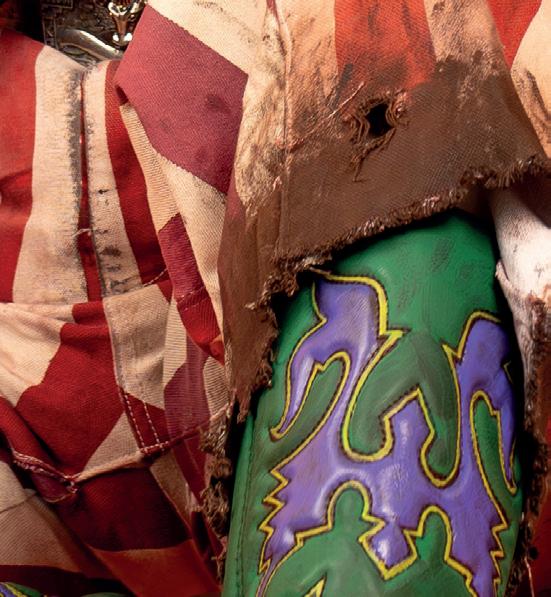
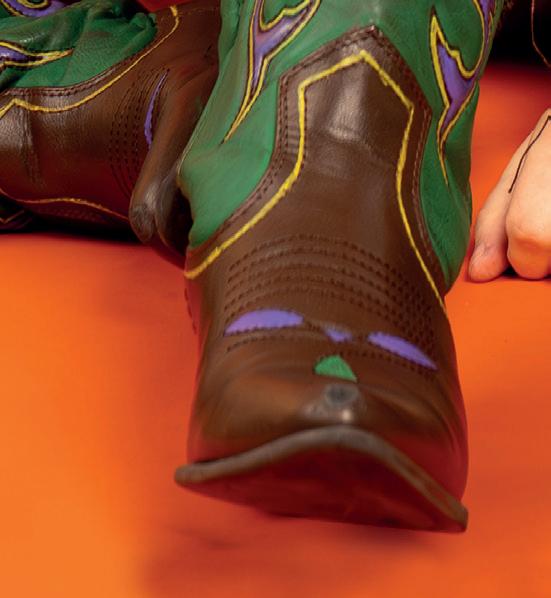
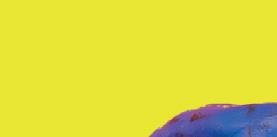

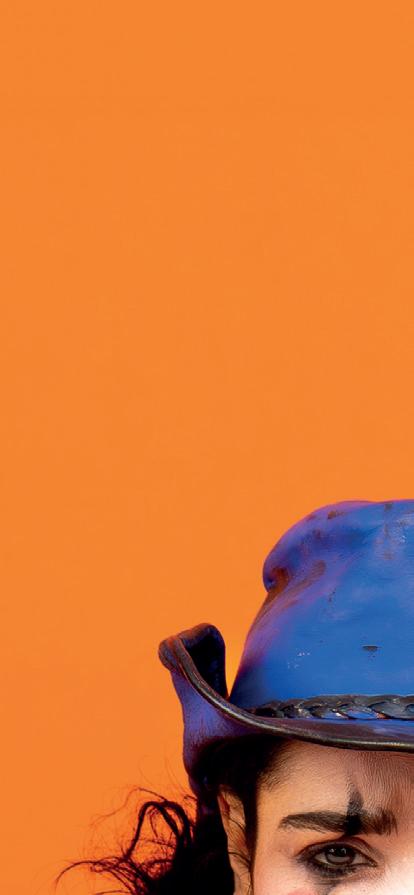
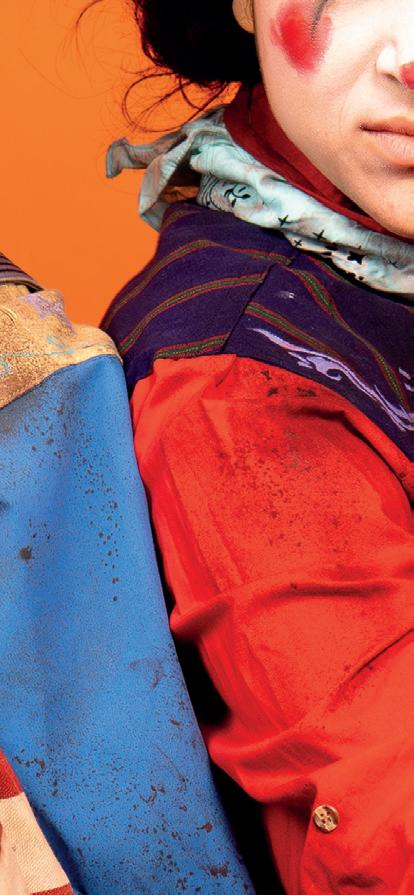
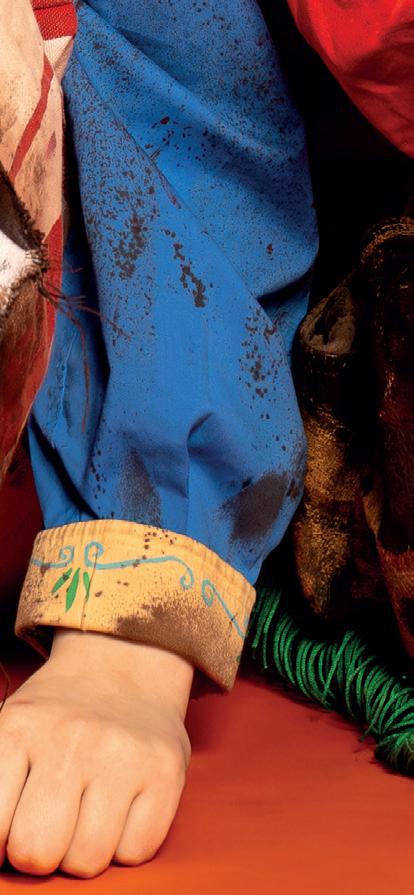
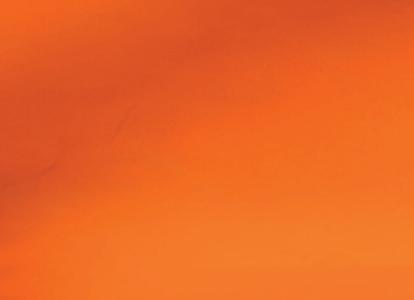



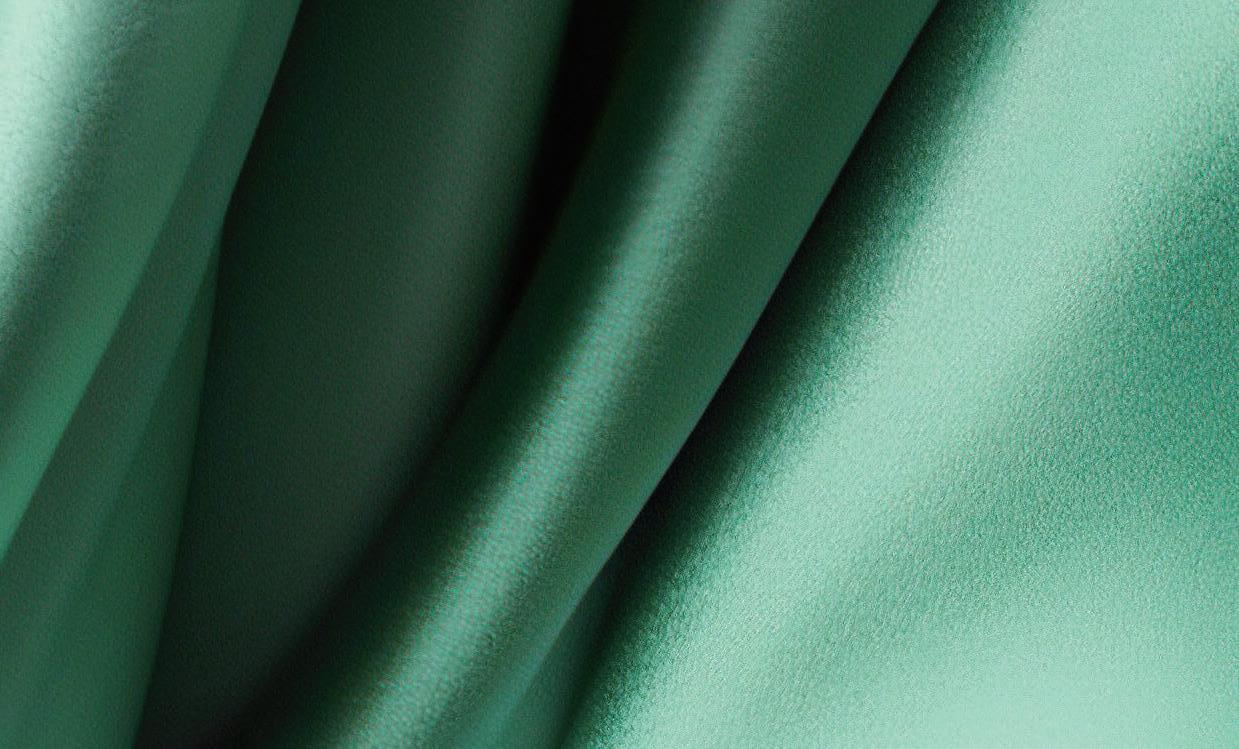

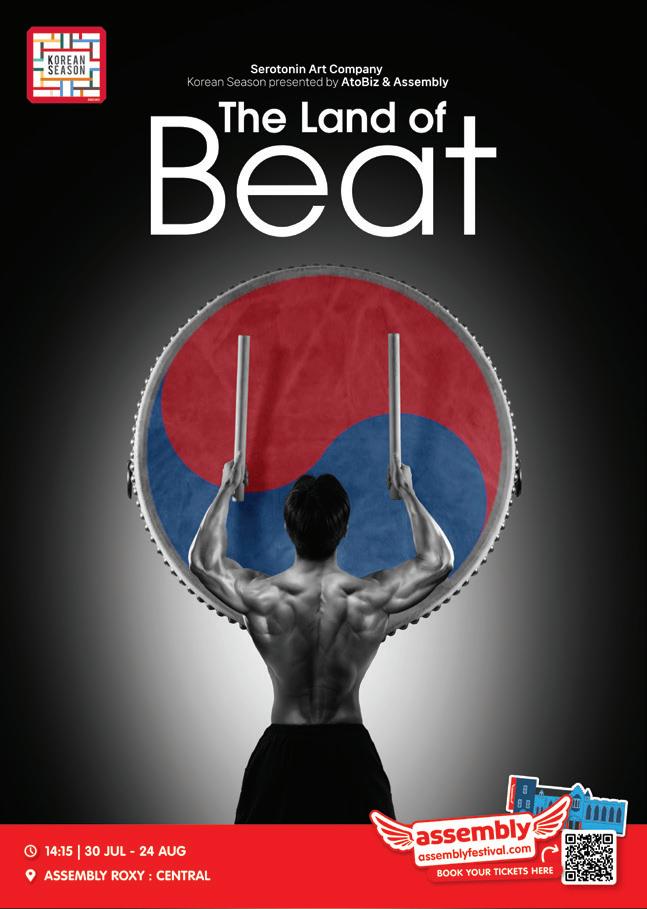






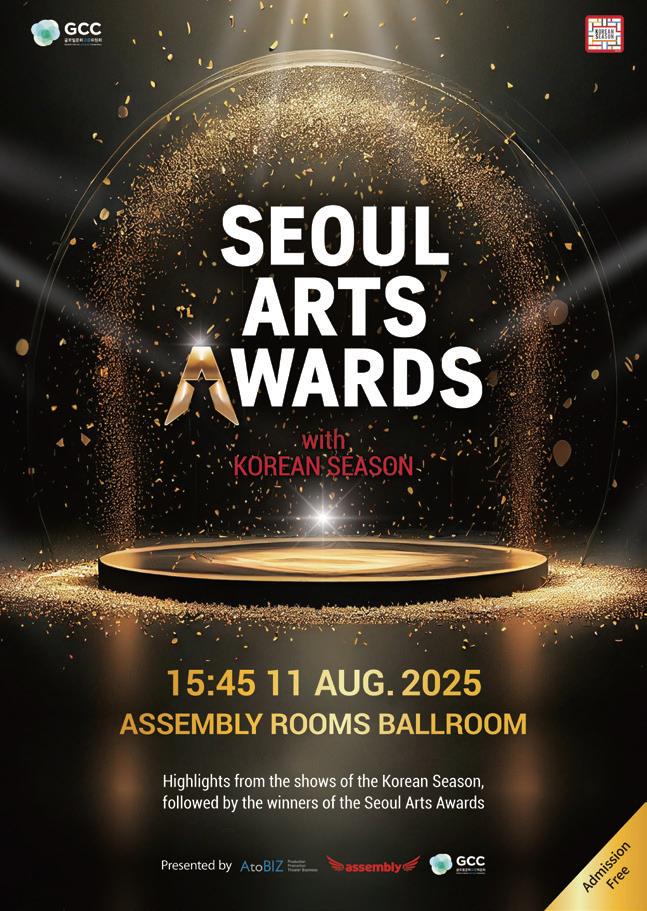

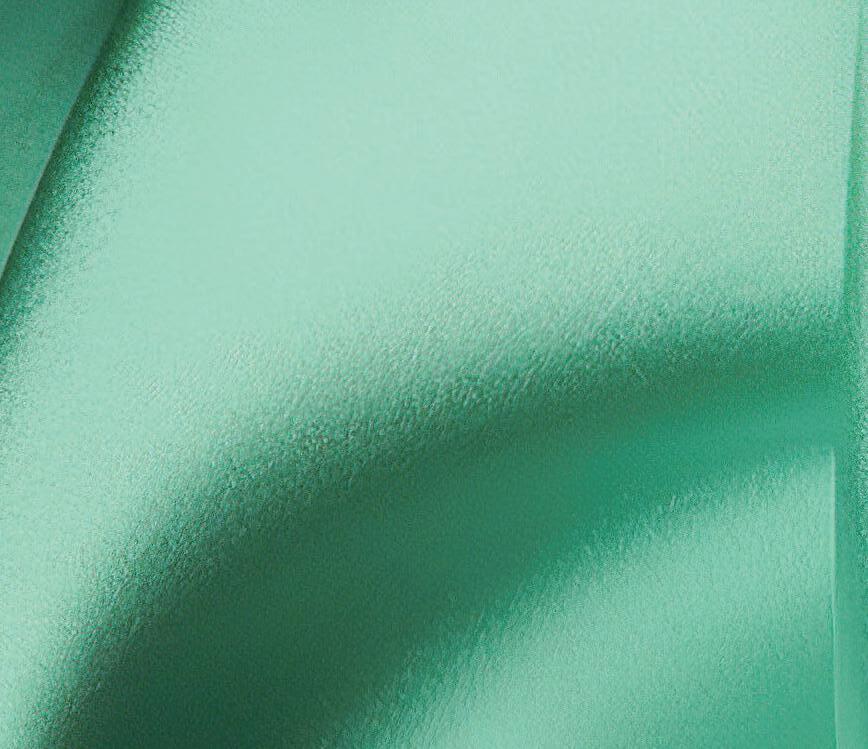


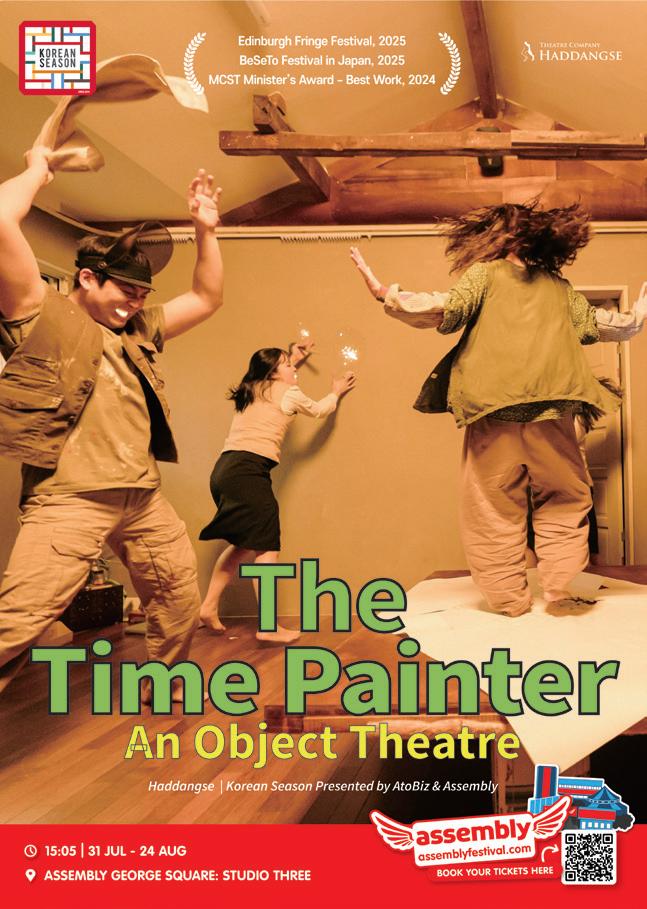



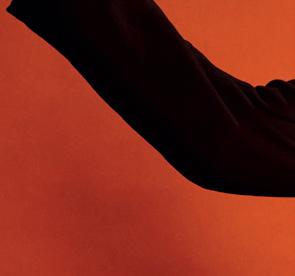
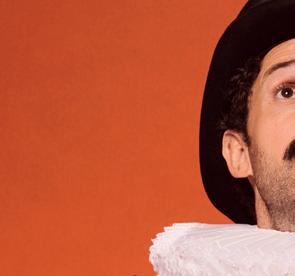
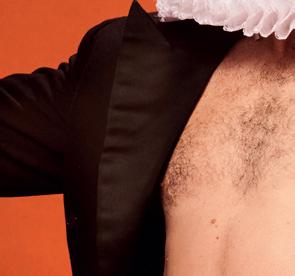
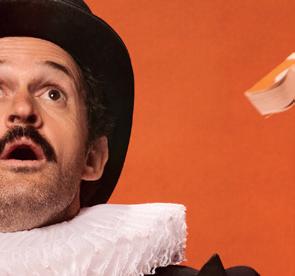


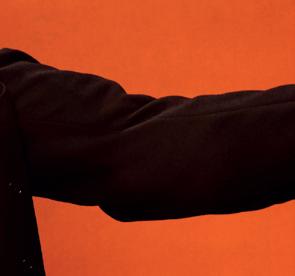

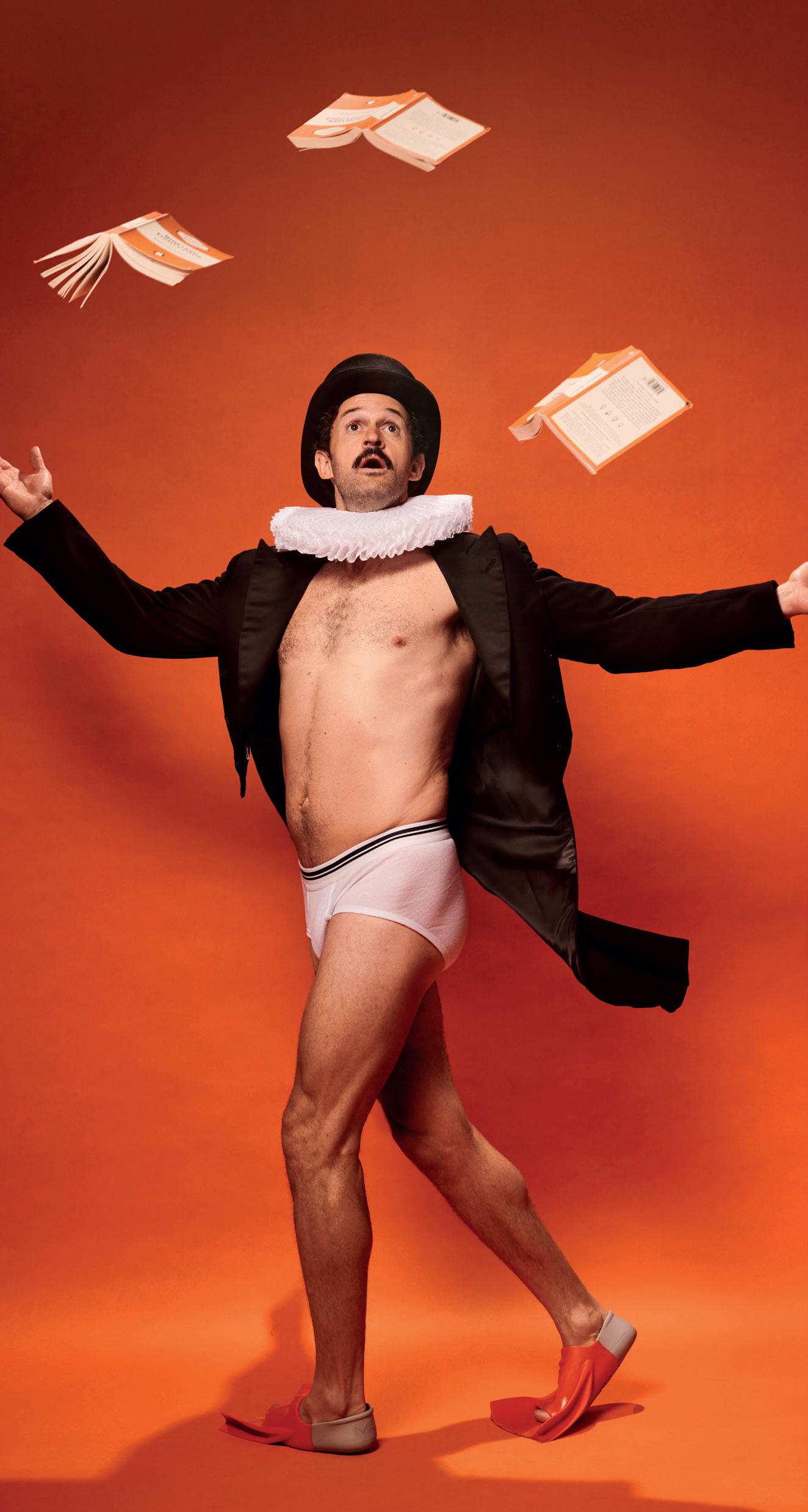















SUSIE














































































At this time of year, everywhere you look it’s ‘summer of sport this’ and ‘summer of sport that’. Here folks, have hours and hours of cricket; look, check out swathes of screen time devoted to following what might as well be an invisible ball through the sky (that’s TV coverage of golf I’m describing). There’s almost certainly a channel dedicated to croquet somewhere. Got to be. Meanwhile, the biggest arts festival on the planet arrives and small-screen coverage amounts to nigh-on diddly squat. So, of course, it’s up to the likes of us to fill that yawning chasm with quality coverage which befits such a banquet of culture.

Across the coming pages, we’ve hopefully captured the variety and delirium that the Edinburgh Festival bestows upon the world every single year. We talk to living legends of their fields such as comedian/actress/Trump-baiter Rosie O’Donnell and pop-video king Tim Pope who regales us with sordid tales of another American male monster. Talking of which, Henry Naylor speaks of his Monstering The Rocketman, a theatre piece about Elton John’s battle with the tabloids, and Kiwi clown Trygve Wakenshaw discusses transforming into Monsterrrr! for his kids show this year. Could be a coincidence, but there are a fair number of one-word-titled treats in store: Kinder, Jackie!!!, Sugar, Stardust, Miles and Paldem (the final one is written by David Jonsson who played loveable Tory monster Gus in Industry).
Plus, we speak to the first Dubai comic to play the Fringe, chat with an Australian dance star about parallel parking a tractor, and meet the comedians finding inspiration in the Middle Ages. And we’re not going to forget our cover stars, New York’s Xhloe And Natasha who are bringing us not one, not two but (you know how this goes) three of their award-winning satirical clowning shows. Along the way we hope this can act to shine a light on venues such as Space, proving that it’s not just the big guys who are housing amazing work during August.
The summer of art and culture is now fully upon us. That particular revolution won’t be televised but on our pages you can read all about it.









Brian Donaldson EDITOR
Writers Afreka Thomson, Brian Donaldson, Claire Sawers, Dom Czapski, Dominic Corr, Fiona Shepherd, Gareth K Vile, Greg Thomas, Ione Gildroy, Isy Santini, James Barr, James Mottram, Jay Richardson, Jo Laidlaw, Kelly Apter, Kevin Fullerton, Kim McAleese, Lucy Ribchester, Marissa Burgess, Mark Fisher, Megan Merino, Neil Cooper, Rachel Cronin, Rachel Morrell, Robyn Bell












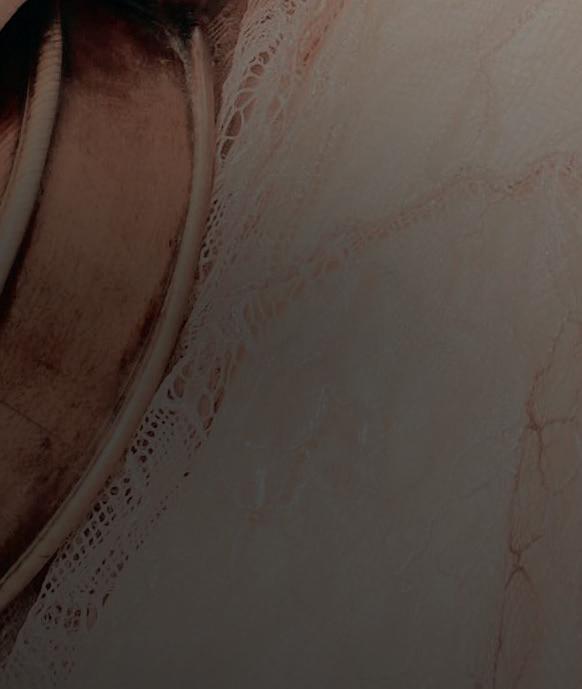








James Barr reveals how he’s rebuilt himself and his Fringe show by taking on board difficult criticism and learning to come to terms with the domestic abuse he suffered
o there I am. Christmas. Sold-out Royal Vauxhall Tavern. Telling dick jokes. Pretending I’m still in a relationship I’d just left. And suddenly, without planning to, I blurt out, ‘I just left my boyfriend.’ The audience goes quiet. He was violent and abusive but I can’t say that out loud, I’m meant to make people laugh. Comedy is not the place for me right now, so I cancel shows and quit.
A few months later, my ex soft-launches a new boyfriend on Facebook. Which, honestly, was so upsetting. He still uses Facebook?! Heartbroken and trying to free myself from the insidious damage of his actions, I begged Free Fringe for a lastminute slot. I ended up in a basement smelling of chips, reading feelings from crumpled pieces of paper to strangers. Sometimes I cried. Sometimes I was too drunk to cry. Sometimes they cried too. As a gay man, I know the power of comedy. Drag queens disarm prejudice for a living. And as a comic, I know that laughing = surviving. But domestic abuse? It was way too messy. It was sad. Silent. And I was still trying to give myself permission to be a victim. That started to shift one night, when a woman came up to me in tears and whispered ‘I didn’t want to leave, but I needed to be safe.’ That changed everything.
A year later, in 2024, I returned to Edinburgh with my hour but I wasn’t ready. Some nights I was angry. Some nights I was too sad to hit the punchlines. I had beautiful audiences but I was still broken and the reviews held up a mirror. They told me what I already knew: this show wasn’t finished.
Since then, I’ve performed it across the UK and Australia. I’ve worked with incredible directors (Madeleine Parry, Chris Gau, Dec Munroe, Dan Wye) and received a brutal-but-kind note from Russell T Davies that cut right to the truth. I won’t share it here, but what followed was a completely new direction. I stopped waiting for permission to be a victim, to be a survivor or to be funny, and rebuilt the show from the ground up, just like I’ve rebuilt myself.
This year, I’m coming back to the Fringe not just with a stronger show, but as a stronger version of myself. It’s still scary. The costs, the competition, the pressure to debut something new, the reviews and, of course, the Scottish weather. I believe in my story more than ever. I’m stronger, funnier and I’m finally ready to replace my ex’s punches with punchlines.
James Barr: Sorry I Hurt Your Son (Said My Ex To My Mum), Underbelly George Square, 30 July–24 August, 8.15pm.
In this weekly series, we ask Edinburgh Festival veterans which shows or performers have touched their hearts or pushed their buttons. For the opener, Edinburgh Art Festival director Kim McAleese tells us which things . . .
Made me cry: This year I went to the Falastin Film Festival at the Scottish Storytelling Centre. They’re a volunteerrun, not-for-profit collective of Palestinians and allies dedicated to bringing Palestinian art to Scottish audiences. They screened Vibrations From Gaza by Rehab Nazzal, a film about the experiences of deaf children in the occupied and confined coastal territory of Gaza. We are closing Edinburgh Art Festival with it on 24 August, working in collaboration with them, as it was one of the most incredible works I’ve seen in a long time.
Made me angry: Alberta Whittle’s The Last Born: Making Room For Ancestral Transmissions, was a new performance for EAF in 2023. Staged in Parliament Hall, the performance focused on the failings of the Scottish educational system for black children and the institutional racism pervasive in this context.
Made me laugh: Last year I went to see Celya AB at the Fringe. She is a French-Algerian comedian based in the UK, and it was an hour of jokes at the expense of Brits (her words), but it was a perfect hour-long interlude at a time when I am busiest and needed the relief. I will be going back again to see her this year.
Made me think: In 2023 I went to see The Rite Of Spring, Pina Bausch’s acclaimed choreography in a double bill with the duet Common Ground[s] by Germaine Acogny and Malou Airaudo. Edinburgh International Festival presented it with the original choreography and a cast of 34 specially assembled dancers from 14 African countries. I was blown away by the staging, as it was my first Bausch dance show; something I will never forget.
Made me think twice: Sean Burns’ Dorothy Towers film from EAF23 explored ideas of queer kinship and inheritance alongside experiences of HIV/AIDS in the 1980s/90s. Borrowing his words, the politics are overt but also subtle; never preachy because the artist understands that marginalised experience implicitly contains active politics, joy and irreverence.
Edinburgh Art Festival, 7–24 August, edinburghartfestival.com
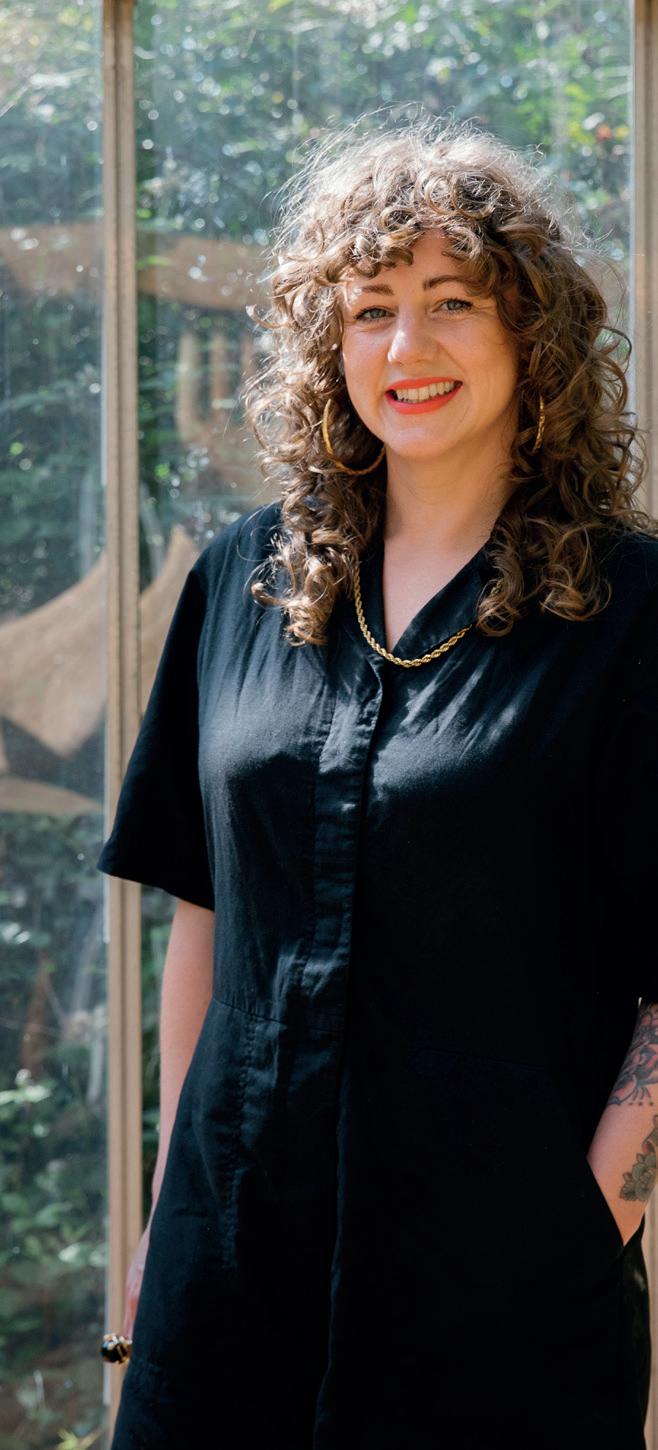

Does it get any more adorable than a wee lassie doing her best Jackson Pollock impersonation all over a wall? Throughout August and beyond, Your Art World displays artworks produced by young people across Scotland in a bid to inspire others to get creative. Way better than doomscrolling all day, right kids?
Your Art World, National Galleries Scotland: National, until 2 November.
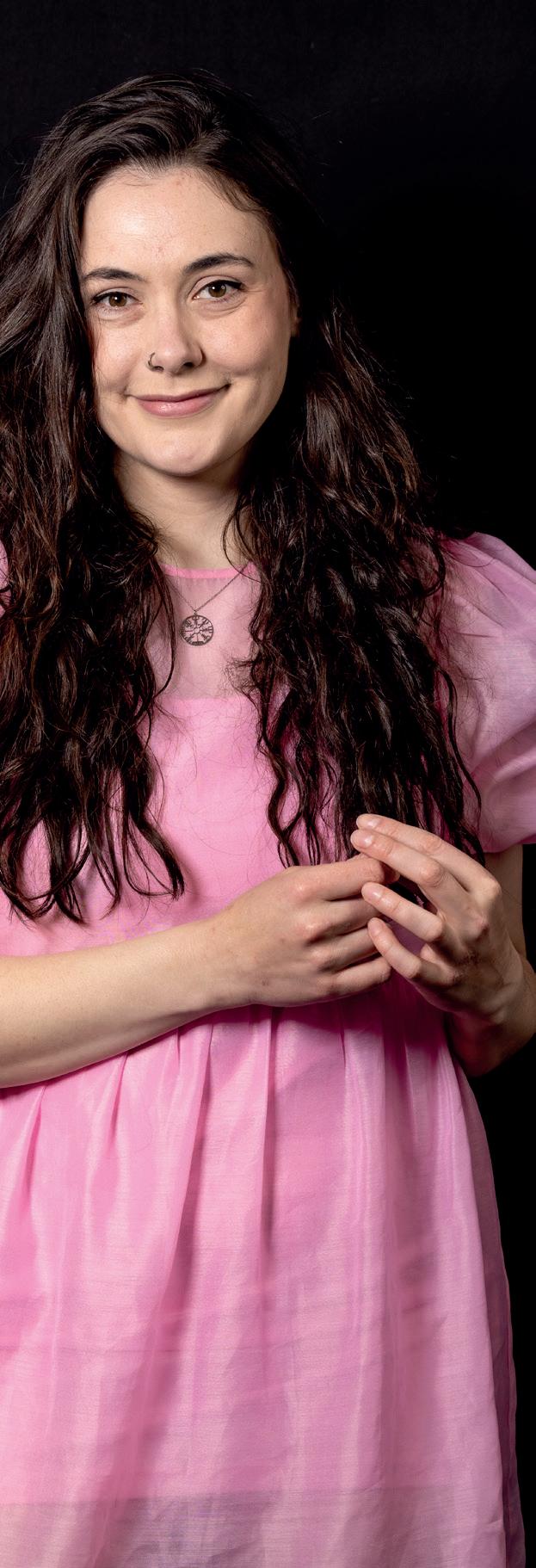
Festival people choose the one Edinburgh show they’re most excited about. First up: Marjolein Robertson
I am very excited to see Stuart Laws Is Stuck. He’s incredibly funny, cleverly witty and now the boy’s only gone and made a play. About puffins. His favourite thing. And a bird I have a long relationship with. And skull of. The Fringe is a place for experimentation: Stuart has always been a stalwart of this and this year is another exciting venture. I can’t wait to see it, a definite must! And I have to stipulate: I haven’t been made to say this because I live with Stuart Laws and it’s either this Tip Of The Week or my firstborn in return for mates-rates rent.
Marjolein Robertson: Lein, Pleasance Dome, 30 July–24 August, 8.20pm; Marjolein Roberston: The Hillswick Wedding, Shedinburgh, 4 August, 6pm; Stuart Laws Is Stuck, Monkey Barrel Tron, until 24 August, 3pm.

We look into The List’s 39-year back catalogue to see what was making headlines this week in decades gone by
If you’re new to this corner of the magazine, this is where we look through the treasure trove that is our archive. This issue, we step back to 2011 when we marked Tim Key’s return to the Fringe after winning the Edinburgh Comedy Award in 2009 (he still insists on calling it the Perrier) by whacking him on the cover, coining him ‘the man who raises comedy to a poetic artform’ and listing him in our top 20 shows to see. Elsewhere in this comedy-heavy issue, we zeroed in on Nick Helm, Daniel Sloss and Ruby Wax as they all prepared to begin their Festival runs.
Head to archive.list.co.uk to read our past issues.
It's officially silly season in Edinburgh so take a wee break from the daftness with the dulcet sounds of Elton John, Talk Talk, The Prodigy, Taylor Swift, Miles Davis, Nirvana and many more. Buckle up, it's going to be a crazy month.
Scan and listen as you read:














































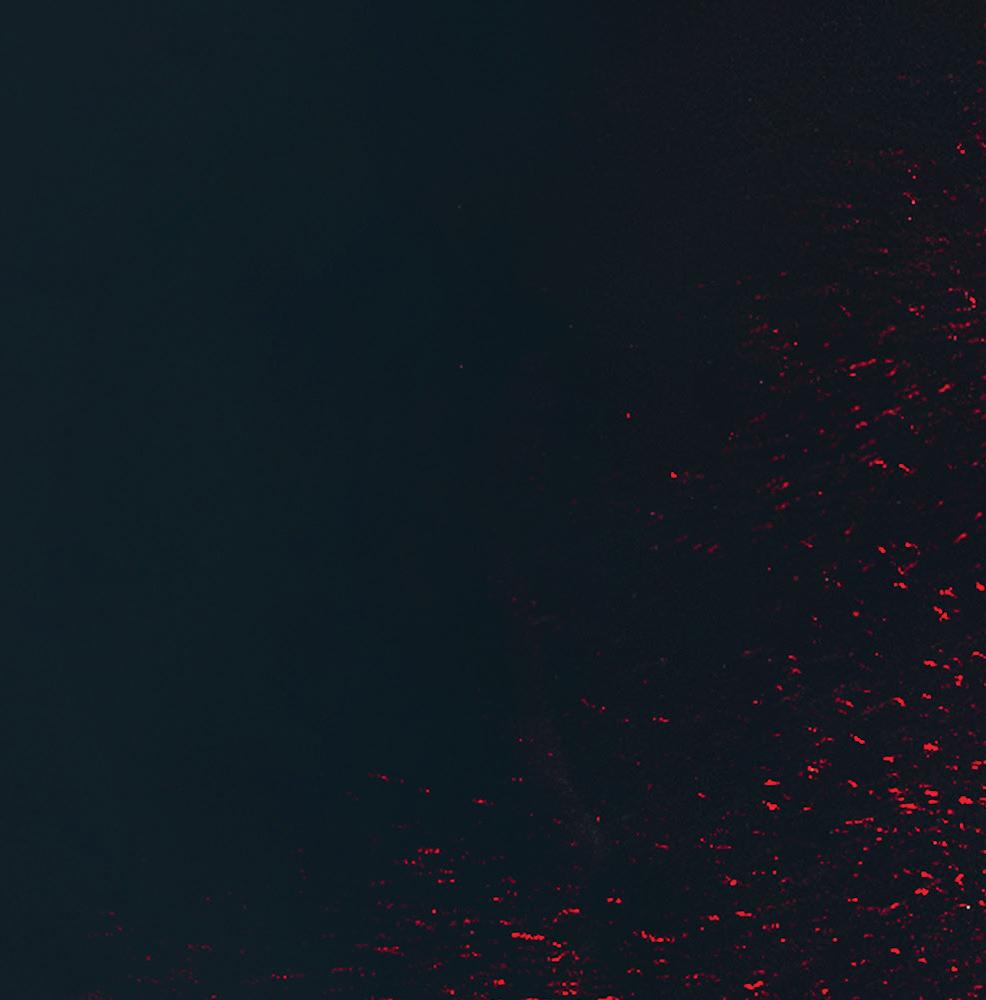

















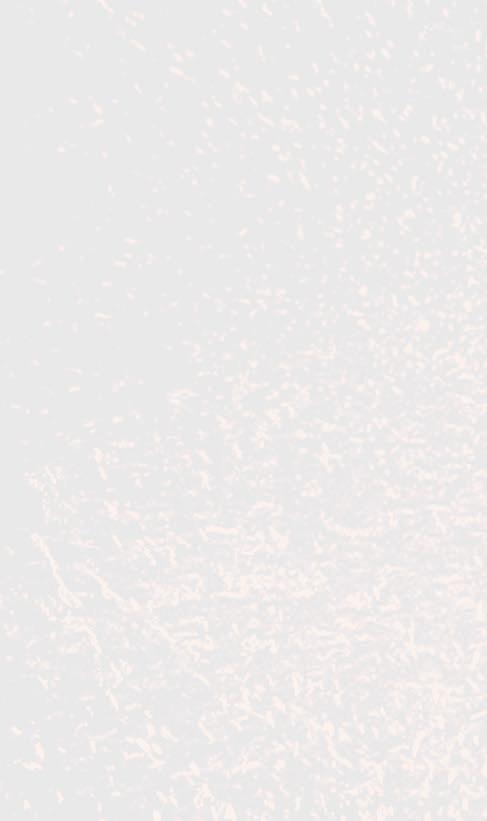







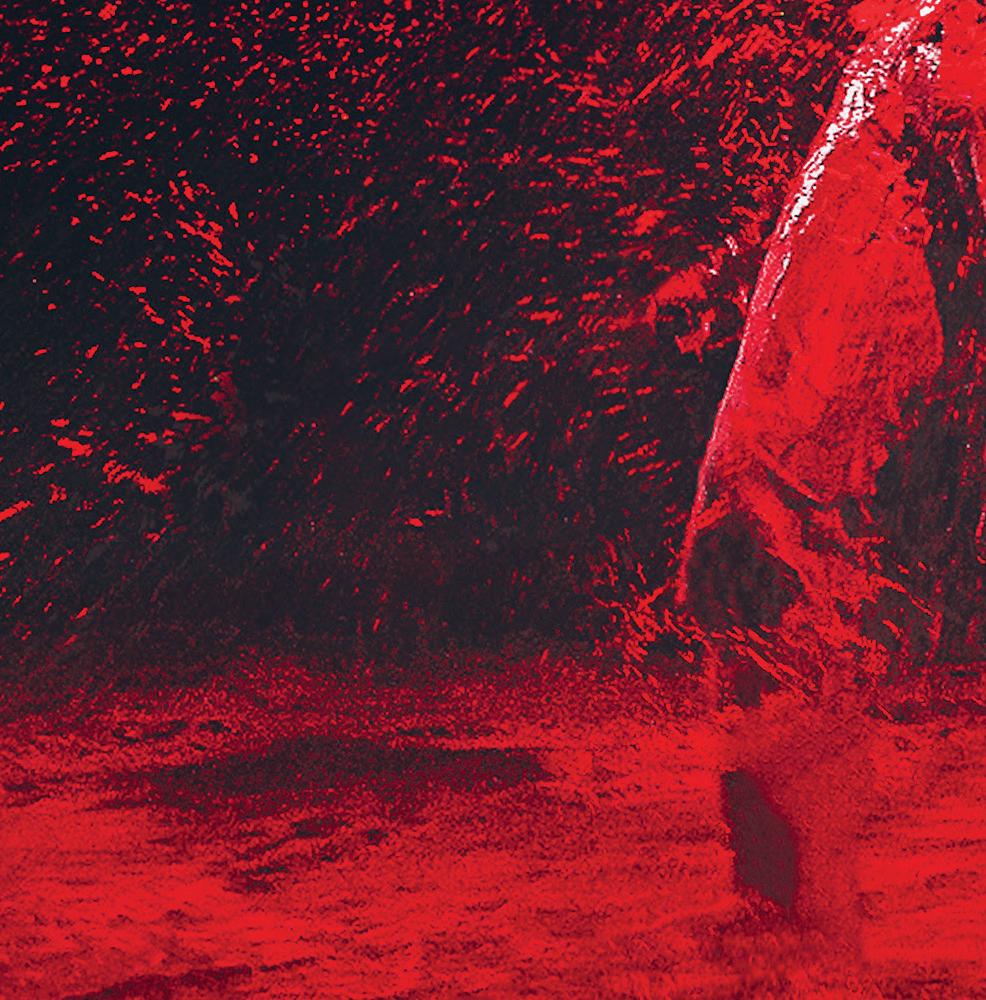






















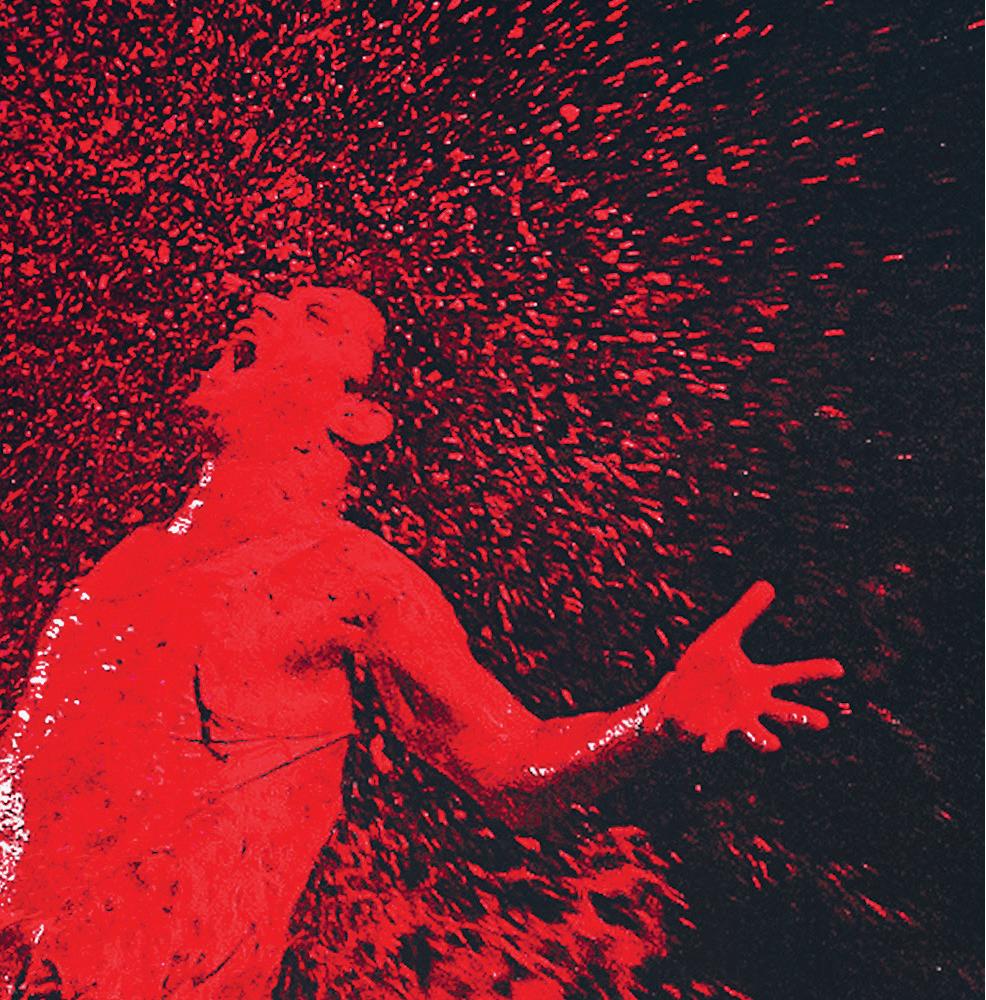





























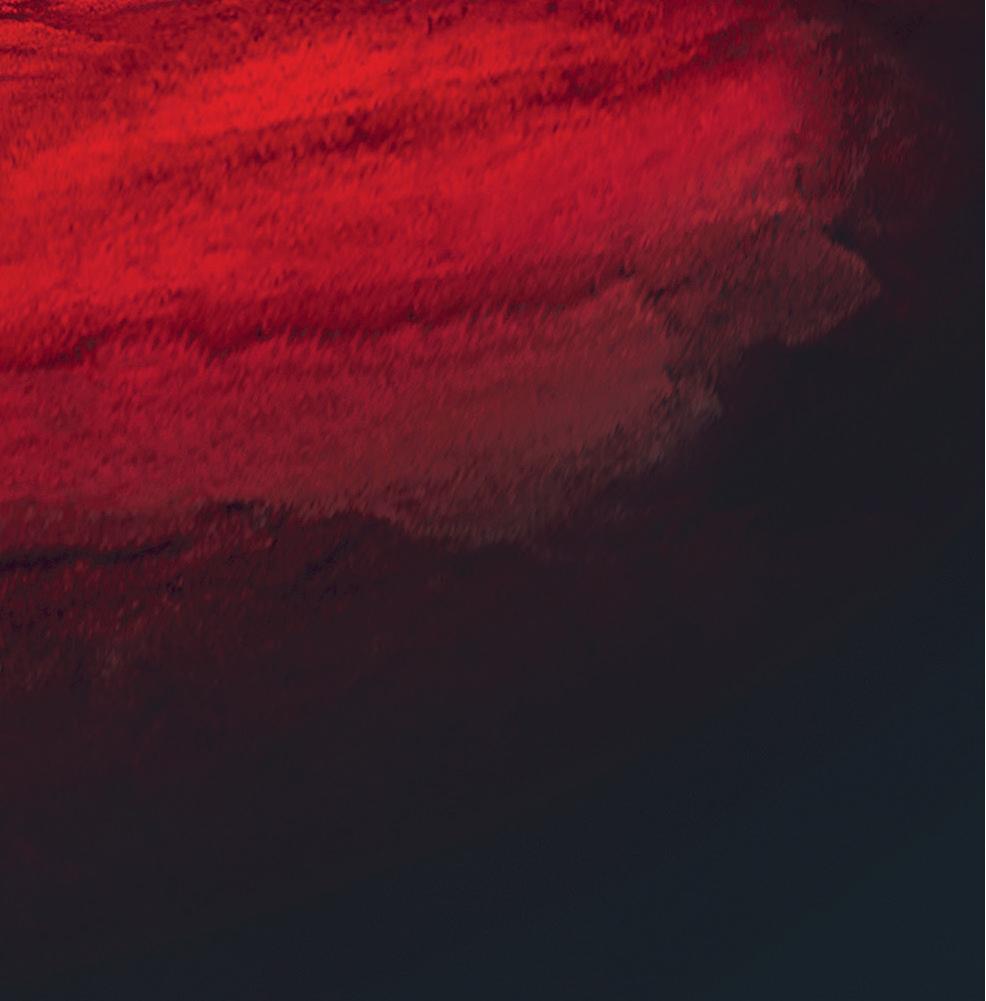











The closer we get , the more scared we are “
Childhood pals and drama club copresidents, Xhloe Rice and Natasha Roland were born to make theatre that veers between slapstick and subversion. These multi award-winning New Yorkers tell Greg Thomas that performing three different shows at this year’s Fringe seemed like a good idea at the time >>




Wvideo-call absurdist

hat a pair of clowns. Award-winning avant-theatre duo Xhloe Rice and Natasha Roland (aka Xhloe And Natasha) have taken the Fringe by storm over the last half-decade in a way that’s hard to relate without resorting to clichés such as ‘came from nowhere’ or ‘dream come true’: take your pick. As they speak to me over a video-call from their apartments in Brooklyn, they still seem a little breathless from it all. ‘Last year people were stopping us on the sidewalk as soon as the run started, which doesn’t happen anywhere else in the world,’ Rice remembers. ‘Fringe has been such a crazy experience for us.’


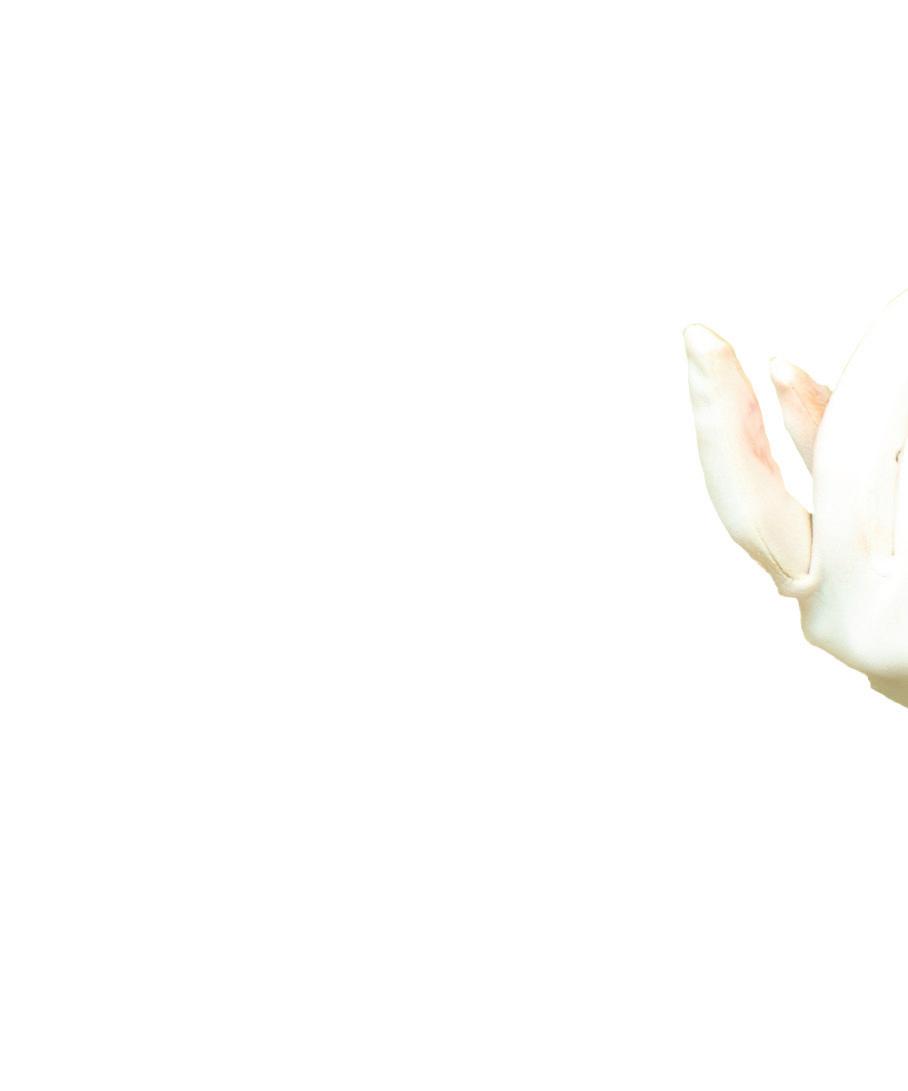
In 2022, the New York-based writers and performers packed up their suitcases and headed to Scotland for a self-funded debut, And Then The Rodeo Burned Down, an absurdist black comedy lampooning the American myth of upward mobility using motifs of the old west and plenty of fourth-wall breaking. After initially performing to tiny crowds, the piece started garnering rave reviews and wowing audiences. The seats filled up, the lavish prose flowed, and the pair won a coveted Fringe First.










But that, of course, is not all. The next year Xhloe And Natasha returned with What If They Ate the lens of 1950s housewifery. They repeated the trick: more sell-outs and five-star reviews, plus A Letter , the



But that, of course, is not all. The next year Xhloe And Natasha returned with The Baby?, exploring surveillance culture and the erosion of abortion rights in America through the lens of 1950s housewifery. They repeated the trick: more sell-outs and five-star reviews, plus another Fringe First. Rounding things off, in 2024 yet another new piece was debuted, To Lyndon B Johnson Or God: Whoever Reads This First, in which the duo became boy scouts whose personas blurred with US soldiers in Vietnam. Another play, another Fringe First. Success inevitably brings pressure. How to keep delivering? ‘It’s a crazy pattern to try to maintain,’ Roland says. ‘After we won last year we looked at each other and thought: what do we do now?’ The answer, they decided, was to return with all three shows for a celebratory triple-header, a thank-you to the UK fans that first broke their act, and a chance to take stock of how far they’ve come. ‘When we started doing this we were both working full-time jobs and rehearsing at night,’ recalls Roland. ‘Now we’re . . . well, we’re not rolling in it, but we do this for a living.’ Sure, but what about the prospect of Fringe burnout from performing three shows a day? ‘Yeah, this felt like such a good idea nine months ago,’ Rice laughs. ‘The closer we get, the more scared we are.’


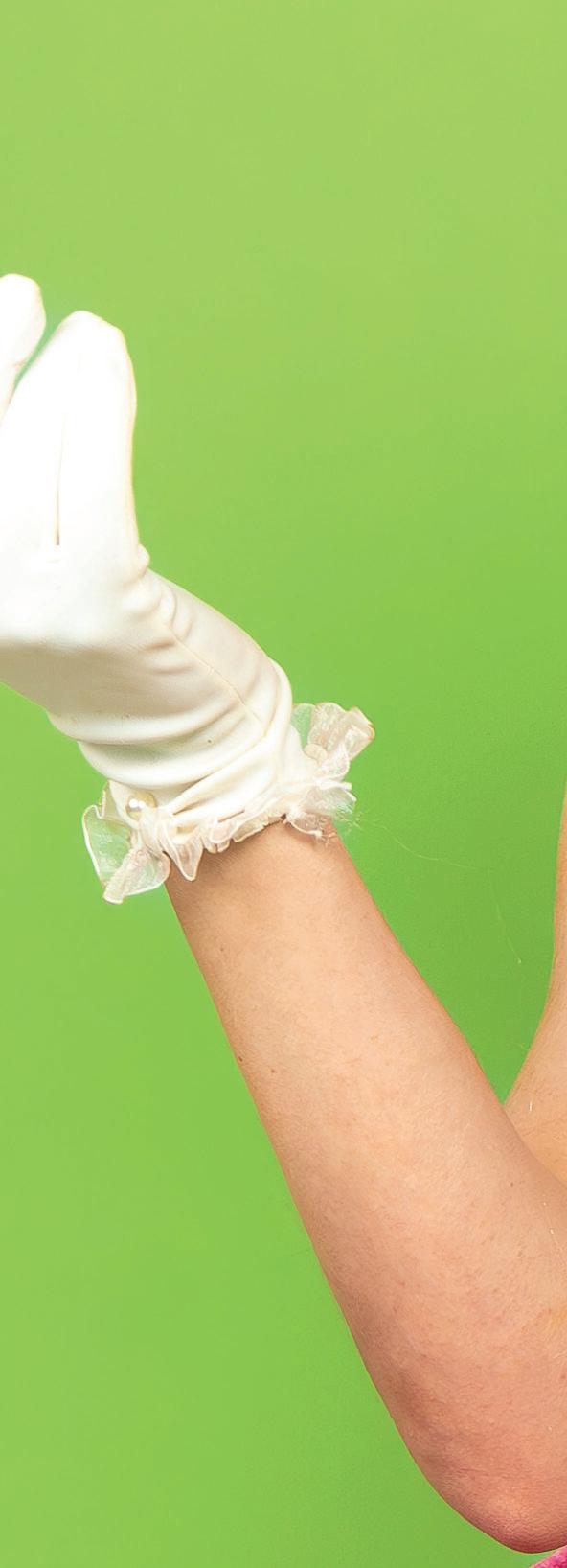
Where did it all begin? Again, it’s hard not to reach for the heartwarming stock phrases, because the duo are real-life, honest-to-goodness childhood best friends. ‘Our lockers were next to each other,’ Rice begins, before Roland chimes in like an identical twin: ‘they were arranged alphabetically.’ Just like siblings are reputed to sing in the sweetest harmonies (think of The Everly Brothers), there’s something about the inch-perfect physical and verbal choreography of their act that speaks to a relationship of deep intimacy, affection and trust. It also reflects the fact that their shared working methods were developed over those crucial, formative teenage years when the brain is at its most plastic. ‘We were co-presidents of the drama club and we hosted the morning announcements and talent shows,’ Rice recalls. ‘We were on the improv team together and in the midst of all that, we found what we’d now call our process. When we got older and learned what clowning is, what “devising” means, it was just a way of putting new language to what we were already doing.’
Everly Brothers), there’s something about the inch-perfect physical and verbal choreography the fact that their shared working methods were developed over those crucial, formative just lampoon














Maryland is about 30 minutes north of Baltimore,’ says Rice. ‘In the centre right-leaning, although you’re a 45-minute drive from a big metropolitan

The adolescent bond also meant shared frames of reference. All three of their award-winning shows lampoon tropes of Americana that they grew up with in smalltown USA, from boy scouts to cowboys and housewives. ‘Edgewood, Maryland is about 30 minutes north of Baltimore,’ says Rice. ‘In the centre and north of the state, where we come from, there’s a lot of farmland. It’s very right-leaning, although you’re a 45-minute drive from a big metropolitan centre. My neighbourhood really was the classic American suburb.’ Both performers are the product of military families and learned early on that the USA was the ‘greatest country on earth’. Rice adds: ‘we’re both post-9/11 children, coming of age at a time of rising nationalism and political tension. That influences everything that we write.’
You could reach for lots of adjectives to describe the unique performance genre moulded by it all together. ‘We both got into clowning at university in New York,’ says Roland. ‘But I also studied clowning in Italy for a month during my second year of college, and that was when I
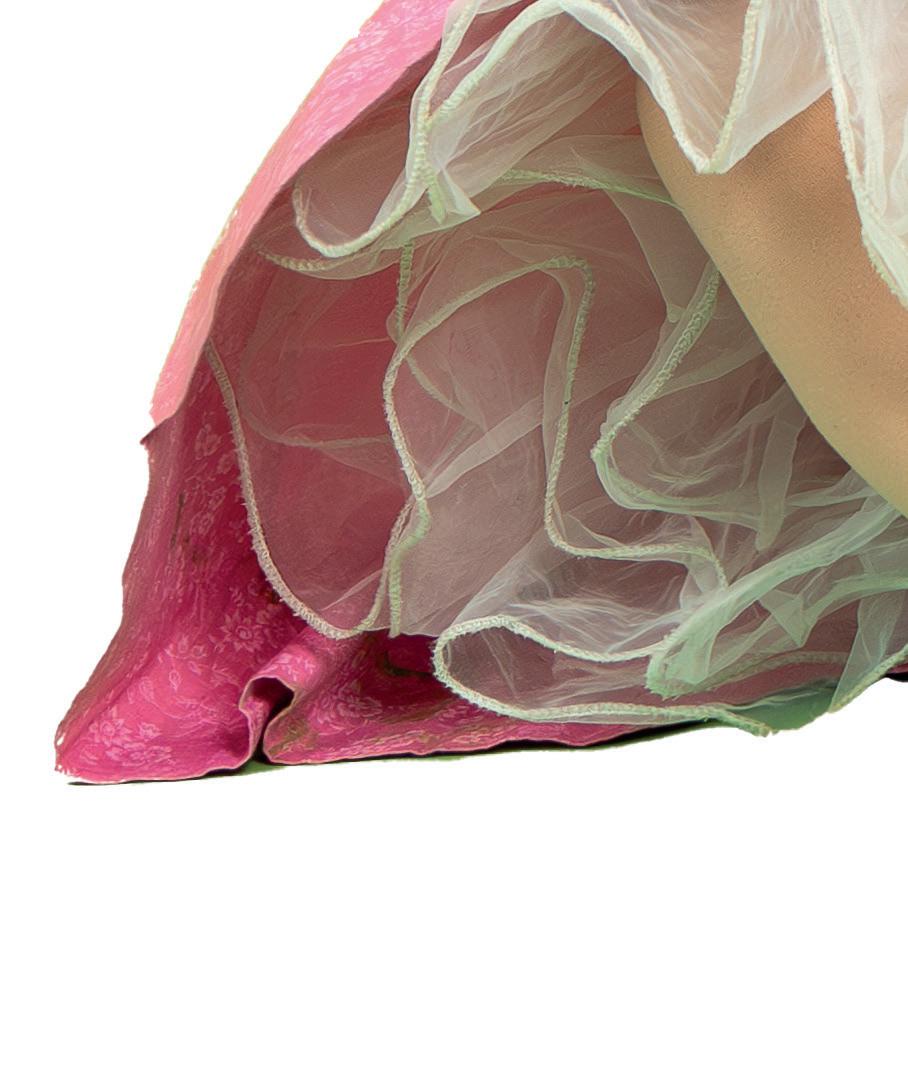
You could reach for lots of adjectives to describe the unique performance genre moulded by these all-American anxieties. But both are keen to emphasise that the clowning tradition ties it all together. ‘We both got into clowning at university in New York,’ says Roland. ‘But I also studied clowning in Italy for a month during my second year of college, and that was when I fell in love with it. It was intensive commedia dell’arte clowning. It spoke to something in me that I’d always known was there.’


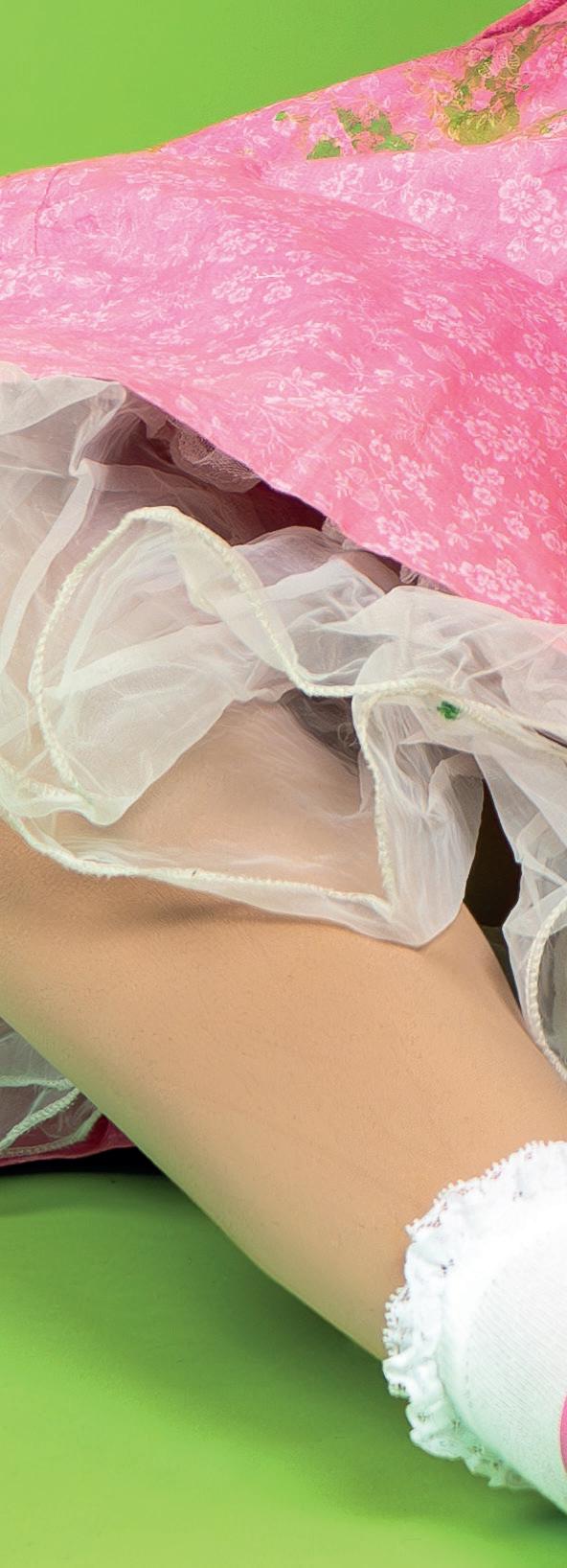
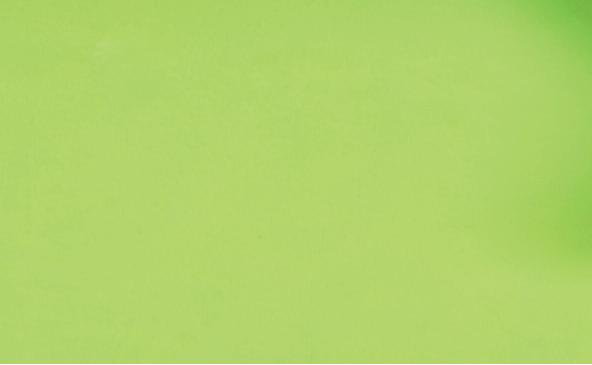


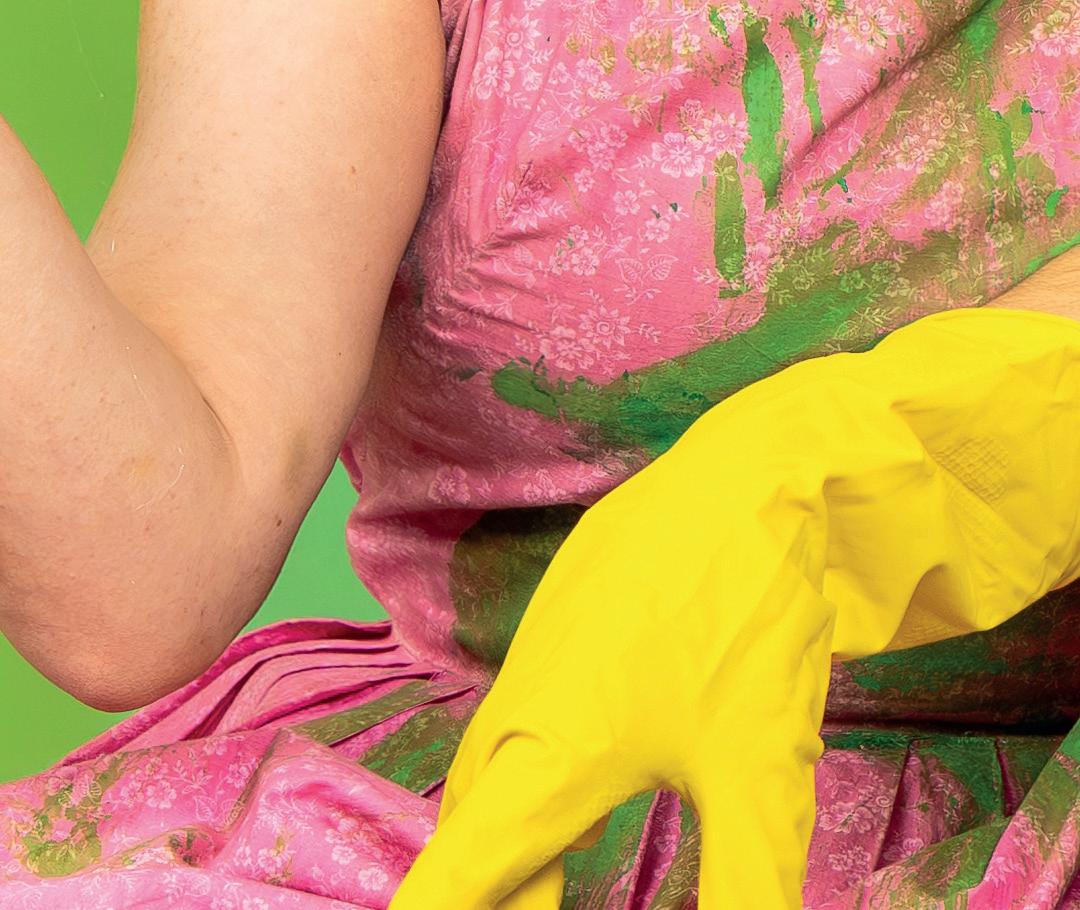















On her return, she began to infuse the spirit of classic Italian comic theatre (with its stock characters such as the melancholy jester or Pierrot, the light-hearted Arlecchino or Harlequin, and the hapless scholar Il Dottore) into her newly formed act with Rice. The pair also realised that the tradition of clowning, both in Italy and the USA, was capacious enough for them to combine a love of slapstick and broad physical comedy with a more subversive interest in American history and politics. ‘When we put that together with our absurdist writing style, it was a match made in heaven,’ Roland says.
The term ‘absurdist’ here hints at the pair’s more highbrow influences. While they wear their erudition lightly, there’s a healthy dollop of Ionesco, Beckett and Tom Stoppard in the mix, too. ‘When I first read Stoppard’s Rosencrantz And Guildenstern Are Dead, my mind opened up to something else entirely,’ remembers Roland. Their interest in cyclical narratives and ambiguous endings stems from this set of influences. Suitably enough, much existentialist theatre of the mid to late 20th century was itself informed by the tragi-comic characters of popular stage and film. Think of the starring role given to Buster Keaton (another of the duo’s stated loves, along with the Marx Brothers) in Beckett’s 1965 short cinema piece, Film How does all this play out in Xhloe And Natasha? No spoilers, but let’s just say the first few minutes of And Then The Rodeo Burned Down consist of a series of tightly choreographed, mirrored physical gestures, showing a rodeo clown and his shadow going about their morning routines. They are oblivious to one another’s existence until they turn to face each other and scream in terror. There’s something decidedly existentialist about dramatising this sudden, jarring exposure to a hidden aspect of yourself. In one sense, it has Left Bank ennui written all over it. But the routine, like their oeuvre as a whole, is also playful and energetic, a chance to express joy in physical movement and dance, and to queer up some masculine all-American archetypes.
As I speak to Xhloe And Natasha they’re in the middle of a run of A Letter To Lyndon B Johnson Or God: Whoever Reads This First at New York’s SoHo Playhouse. It’s part of that iconic Off-Broadway theatre’s International Fringe Encore Series, a bonus prize the pair picked up at The List Festival Awards last August. And guess what? They’ve been getting rave reviews. And they’ve been cracking new audiences while shoring up a cult-like status for their core following. One fan travelled from Atlanta for the show (‘that’s a six-hour flight,’ Roland marvels). Another told them they were on the third of four planned visits, ‘so they could see the play from every position,’ Rice chimes in. Among it all, they’ve also been finding ways to hone the contents of their three Fringe-bound plays. ‘There’s so much life left in these shows,’ Roland insists. ‘It’s been luxurious being able to dive back into them. I think they’ve all gotten so much stronger.’ Roll up, roll up.
Xhloe And Natasha perform And Then The Rodeo Burned Down and What If They Ate The Baby?, 1–23 August, and A Letter To Lyndon B Johnson Or God: Whoever Reads This First, 2–23 August; all shows at Space Niddry Street, times vary.






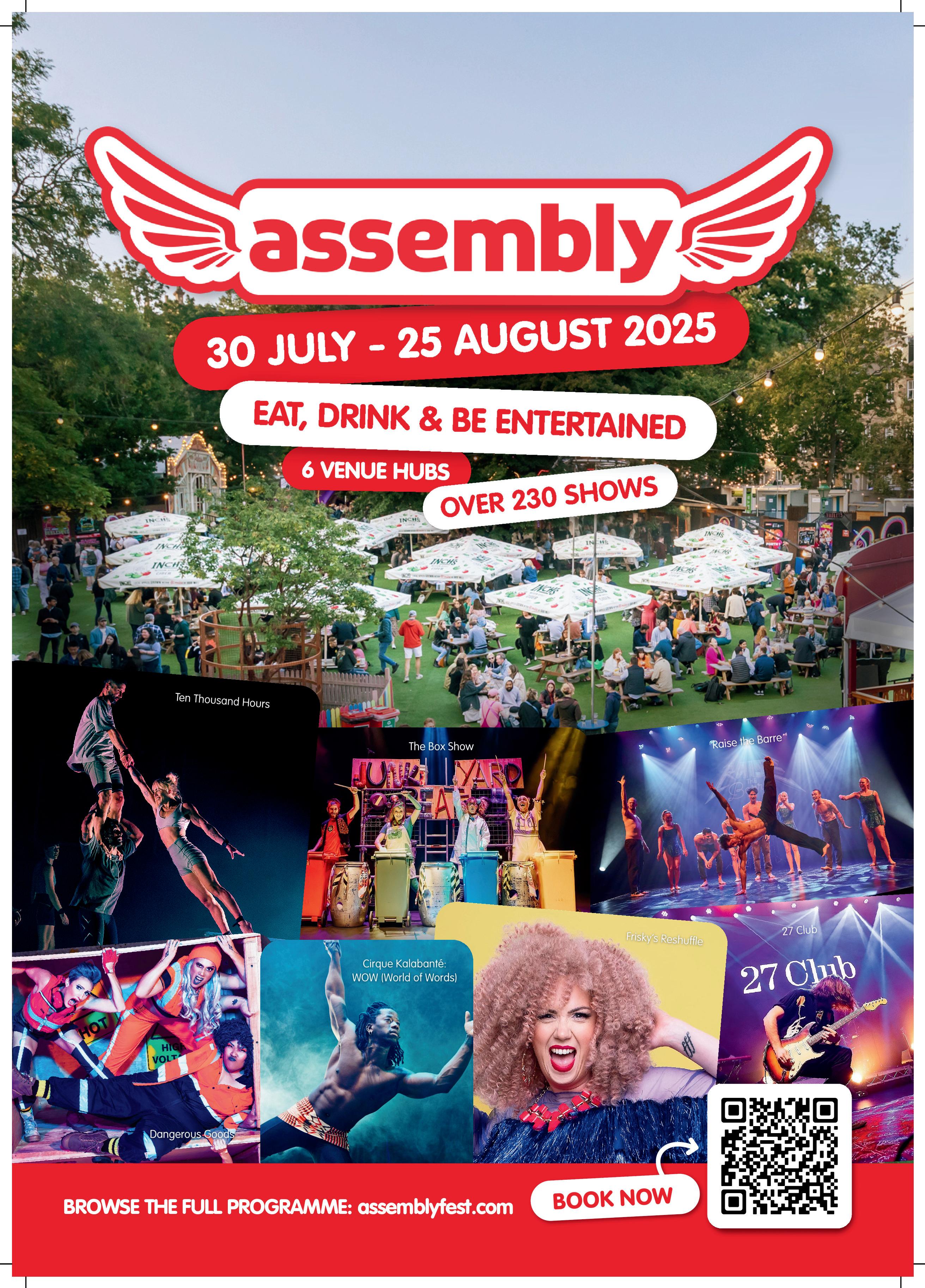

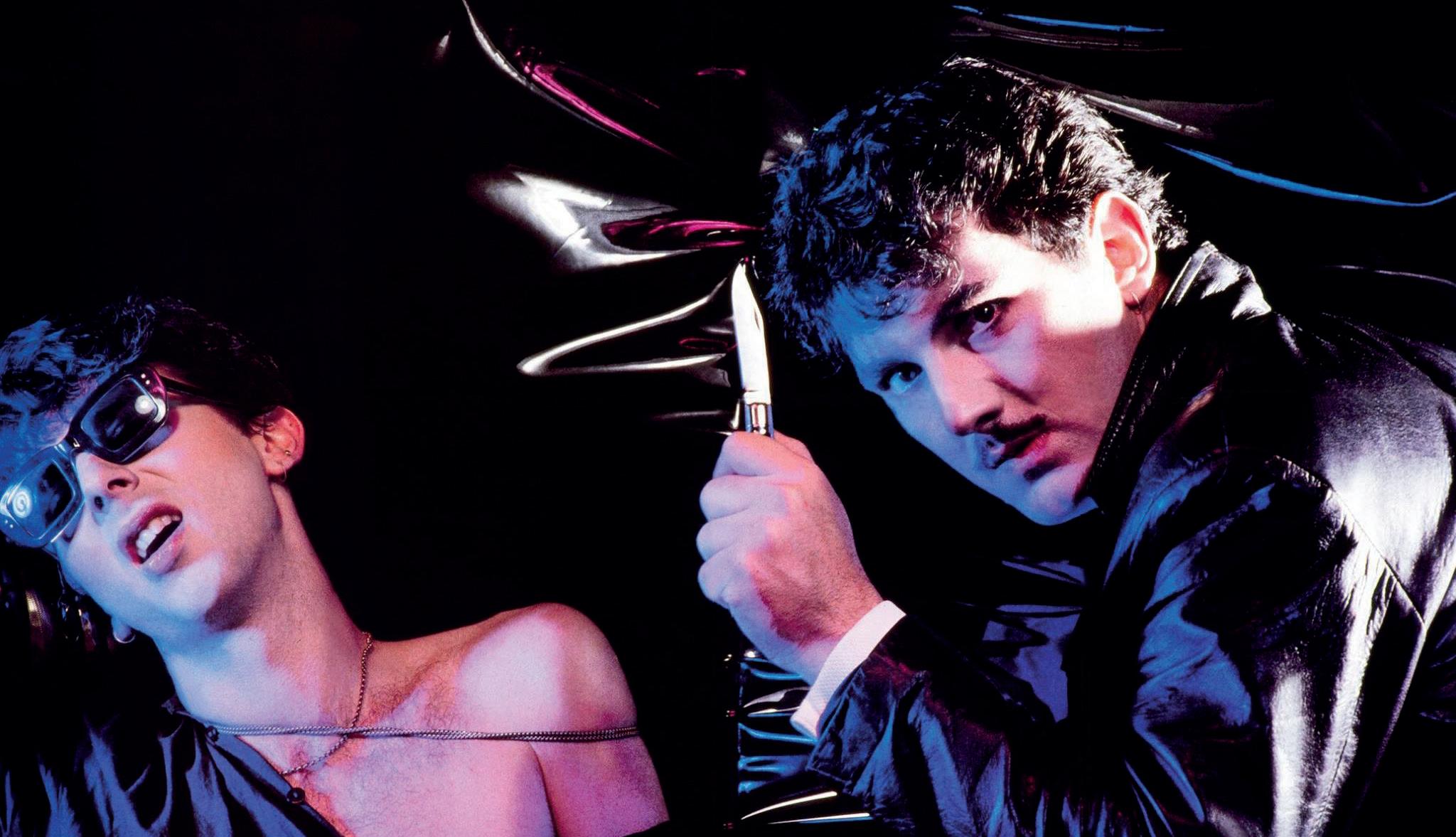
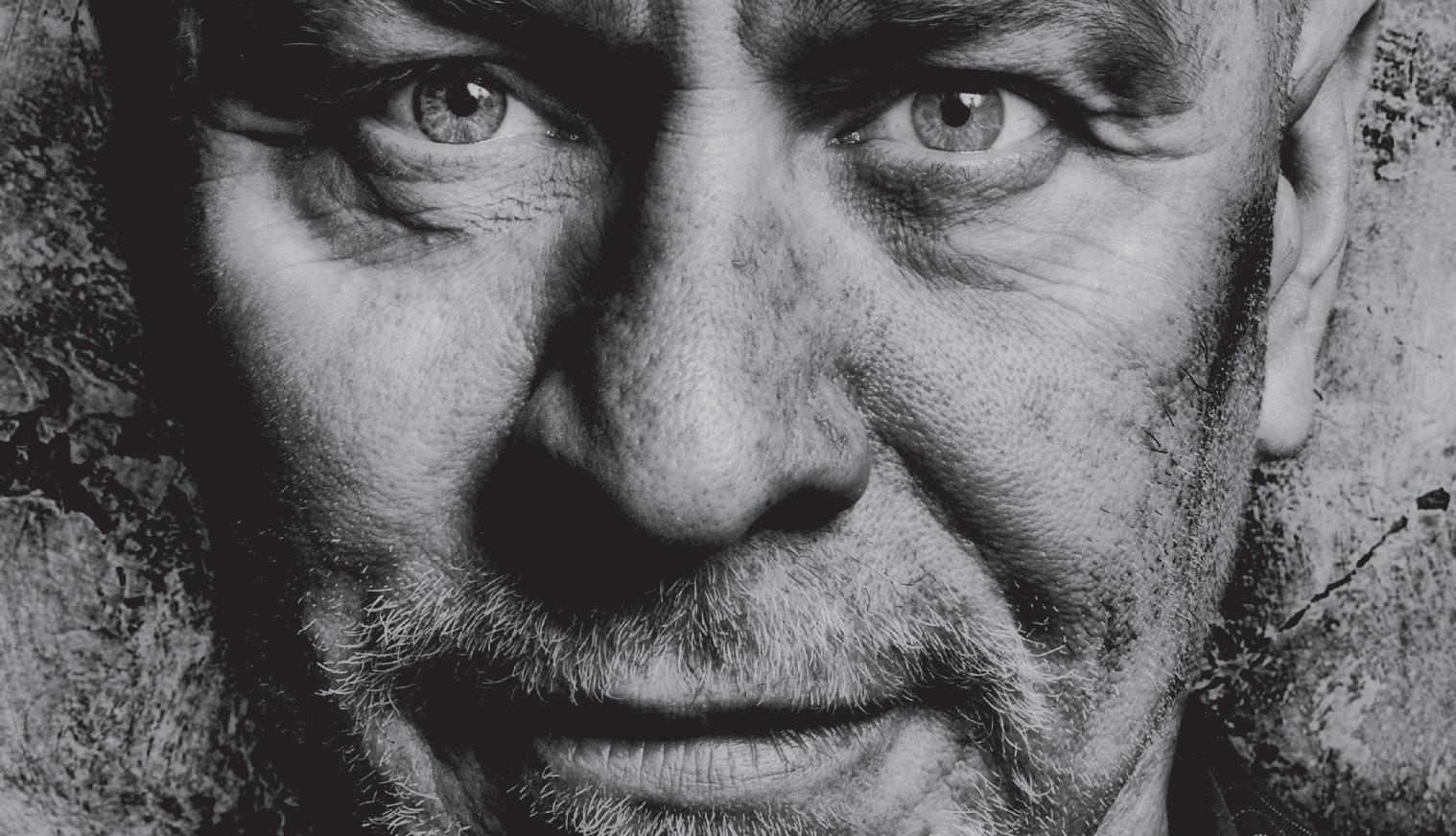

I thought I was going to end up at the bottom of the Hudson River
Music video pioneer Tim Pope is readying the release of a tell-all memoir and taking to the stage at Fringe By The Sea to discuss his colourful career. Kevin Fullerton learns what a good bloke The Cure’s Robert Smith is and hears about the hell of entering Harvey Weinstein’s ‘nightmare factory’
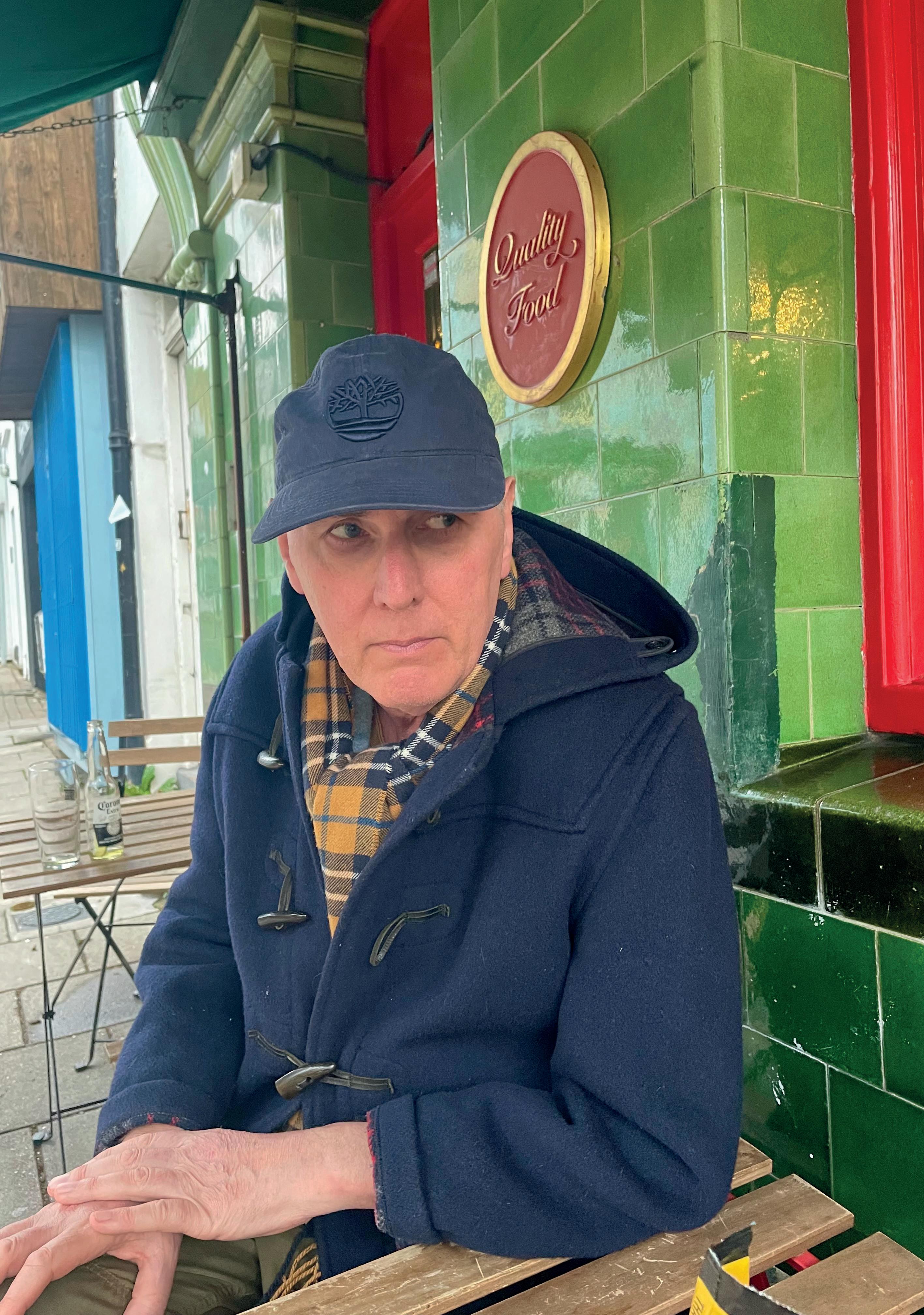
Few have experienced the rise and fall of music videos with the same intimacy as Tim Pope. His work is etched indelibly in the minds of an entire generation thanks to the lucid imagery he created for era-defining musicians: Robert Smith lying in bed drenched in a muslin-thin veil of spider webs; Marc Almond gesturing theatrically in front of a German expressionist backdrop; Paul McCartney bathed in yogi calm while surrounded by vividly coloured Indian iconography; Kaiser Chiefs bellowing ‘Everyday I Love You Less And Less’ and bopping around as jocular skeletons. Whether you consume them late at night on MTV or via YouTube’s endless archive, Pope’s thread of visuals through the past 40 years of musical history, helped solidify the identity of names like David Bowie, Talk Talk, The The, Soft Cell and Queen, while he also directed most of The Cure’s music videos and recorded live shows.
His videos are a well-crafted good time, but they’re also a document of contemporaneous fashions that have endured long past their intended shelf life. Could he have anticipated that people would be watching them beyond an album’s promo cycle? ‘I never realised the impact that any of our videos would have,’ Pope says over the phone. ‘We made these little videos then they went out the door, then we’d make the next one. And how could I have foreseen YouTube? I mean, some of the numbers on those videos reach 140 million!’
Currently preparing the release of his memoir My Weird Eye: Adventures In the Golden Age Of The Music Video, 69-year-old Pope is a pioneer allowing himself a rare moment of reflection, having helped light the touchpaper for the music video’s boom period and watched it fizzle out alongside the industry’s financial decline. ‘My period of making videos was very much a golden era when the cheque books were flung open. I was there at the beginning and I was there at the end. My story concerns the birth of MTV, how much I hated it and how much I railed against it, making many banned videos and taking great delight in that. And then ultimately, how it fell apart when YouTube and other platforms took over.’
Describing himself as a ‘bespoke tailor’ for the people he worked with, Pope’s undimming enthusiasm (which was in plentiful supply during our conversation) and wellspring of ideas propelled him into the orbit of Hollywood in the early 90s, where his slick short film Phone (starring Bill Pullman, Linda Blair and Amanda Plummer) earned him plaudits from Martin Scorsese. His story would then become a cautionary tale familiar to many plunged into the Hollywood grinder during the heyday of Miramax; while making The Crow: City Of Angels, he found himself at the mercy of Harvey Weinstein. ‘I had the amazing experience of playing at Universal Studios,’ he recalls. ‘I thought about the amazing movies shot there; the dream factory. Then I was in the nightmare factory and the Weinsteins cut my film into another film with my name on the credits. I won’t revel in it, but Harvey Weinstein got his karma for what he did to so many people. There were times working with him when I thought I was going to end up at the bottom of the Hudson River wearing concrete wellington boots.’
The toxic world of Hollywood may not have panned out (an aspect of his career which, despite its bleak undercurrent, he discusses with a glint of good humour), but the music industry never failed Pope. His lifelong friendship with Robert Smith has proven fruitful, with an extensive documentary about The Cure on the way. ‘I love him,’ he said of Smith. ‘I mean, I've known the guy since he was just out of his 20s. When I’m making videos, the mystique of him is there but the real man is too. He’s a very downto-earth bloke.’ With a trove of projects lined up in feature filmmaking, writing and advertising, there’s little chance that Pope will take his foot off the accelerator any time soon. ‘I see a lot of my friends at the age I am playing rounds of golf. That’s not for me. I’ll probably die on a camera crane . . . and I hope that is the case.’
Tim Pope, The Dome, North Berwick, 2 August, 2.45pm.

If you only see one thing at Fringe By The Sea, well, that’s a bit lame, isn’t it? But ok, sure, we all have busy lives. The following are just some of the hot names holing up in North Berwick for the first half of August. Fitness guru Joe Wicks (Big Top, 1 August, 11.30am) gets proceedings off to a healthy start while Brainiac Remixed (Big Top, 6 August, noon) may be better for your mind (though perhaps not your ears given the promise of explosions).
Comedy comes in the shape of Fred MacAulay (Lodge Stage, 9 August, 9.15pm) whose recent announcement of a serious health issue won’t stop the Perth funnyman from doing what he’s done best over the past 30-odd years, while Ruby Wax (Big Top, 5 August, 7pm) will have few, if any, holds being barred as she discusses mental health and taking control of our lives. Some top trad music comes from Mànran (Lodge Stage, 8 August, 7.30pm) while Jim Moir aka Vic Reeves (Big Top, 10 August, noon) reflects on a career that has drifted between various artforms: surreal comedy, chart-topping music, visual art and floral design.
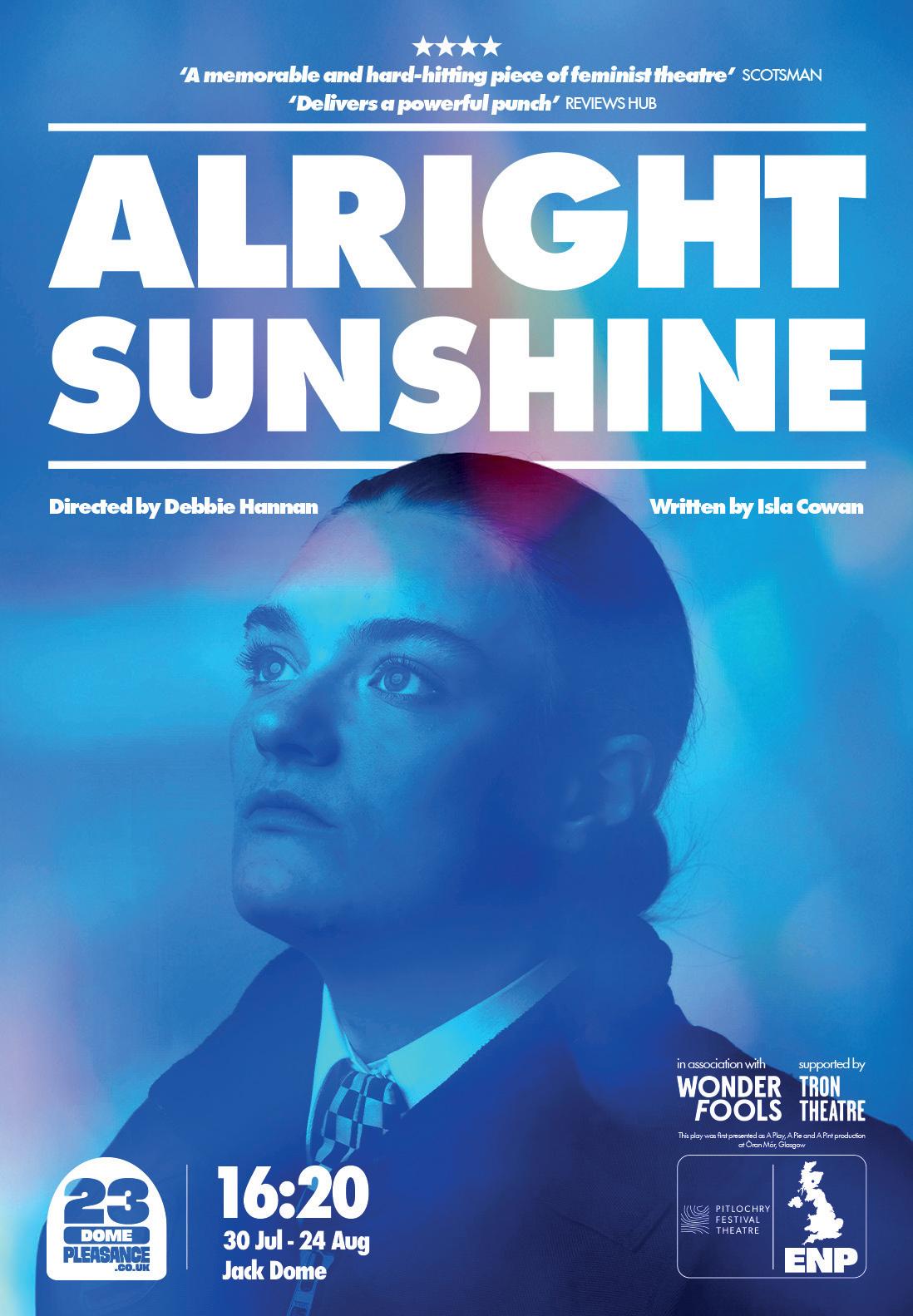
























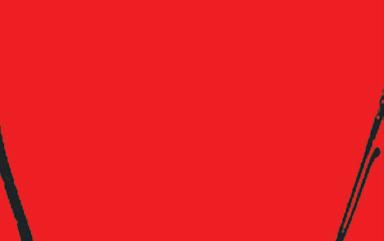




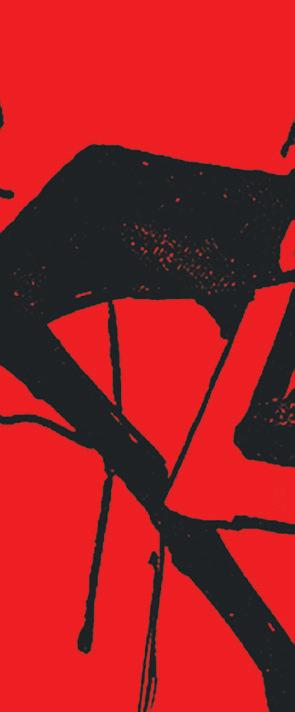





































Integration and immigration collide with the world of flamenco in María Garcia’s new dance musical. She talks to Kelly Apter about creative droughts and trying to find her identity


For most people, a delayed train leads to nothing but frustration and missed appointments. But for María Garcia, creator of Lola: A Flamenco Love Story, a fourhour technical fault ended in quite a different result. ‘I finished the book I was reading during the first hour, so after that I was sitting on the train with nothing to do,’ recalls Garcia. ‘Then I took out a notebook and pen and started writing. The whole story for Lola came to me and I kept writing for three hours. Then, when I finally stopped and put my notebook away, the train continued on its way. That felt like a sign to me; I thought “I have to do this.”’
And do it she has. This new dance musical will have a three-week run at the Fringe, with Garcia taking on the titular role, backed by eight other flamenco dancers, five musicians and two singers. But had it not been for that faltering journey, the show may never have happened. Prior to boarding the train, Garcia found herself in a bit of a slump. Having moved from her native Germany to Seville in 2016 for a year, she came home ready to inject new life into the flamenco school she had set up in Frankfurt six years earlier. ‘I’d had this wonderful year in Spain and was feeling so inspired,’ she says. ‘I knew I could make a different kind of show, but I didn’t. There was just a lack of energy.’
The train delay changed all that, but the outpouring of creativity which found its way into her notepad had been a long time coming.
Based in the 1960s, Lola is the tale of a recently widowed Spanish woman who leaves behind the country and children she loves in order to earn money in London. Choreographed by Ursula López (guest artist with Ballet Nacional de España) and directed by Garcia, the show may be a work of fiction, but its emotional heart is rooted in reality. In 1965, Garcia’s own grandfather emigrated from Spain to Germany looking for work and was joined shortly afterwards by her father, aged just 17 at the time.


‘My grandfather missed his wife and other children too much so moved back to Spain, but my father stayed and built a life in Germany,’ she explains. ‘He found the culture, weather and language all so different though, and it was difficult to make friends. So he stayed in his own community, going to Spanish festivals and church; it was like living in a parallel world. And, of course, I grew up listening to his stories.’ Not only that, but Garcia’s own experience of living in Germany in a Spanish family informed her portrayal of Lola in the show.
‘When Lola first arrives in London, it’s very difficult. There’s a cultural barrier and lots of misunderstandings because of the language. She feels like a foreigner, and I can relate to that because I grew up between two cultures. At home I lived the Spanish culture and outside I lived the German culture. I was integrated but I remember I didn’t feel Spanish or German; I was something in between. When we went to Spain in the summer I was called “Maria the German” and in Germany it was always “Maria the Spanish”. So I decided to embrace both and it’s wonderful: I’m a fusion.’
The year in Seville prompted an even greater period of reflection. Garcia began questioning not only her own identity, but how others might feel when moving from one country to another. And so Lola was born. ‘I thought I have to do something with this feeling because there’s definitely something moving within me,’ she recalls. ‘A sense of where do I come from and where do I belong? And what does immigration do to people? Because there’s a difference between leaving your country because you want to go somewhere else, and leaving because things are not ok where you live and you have to go.’
Lola: A Flamenco Love Story, Pleasance EICC, 30 July–24 August, 7.30pm.










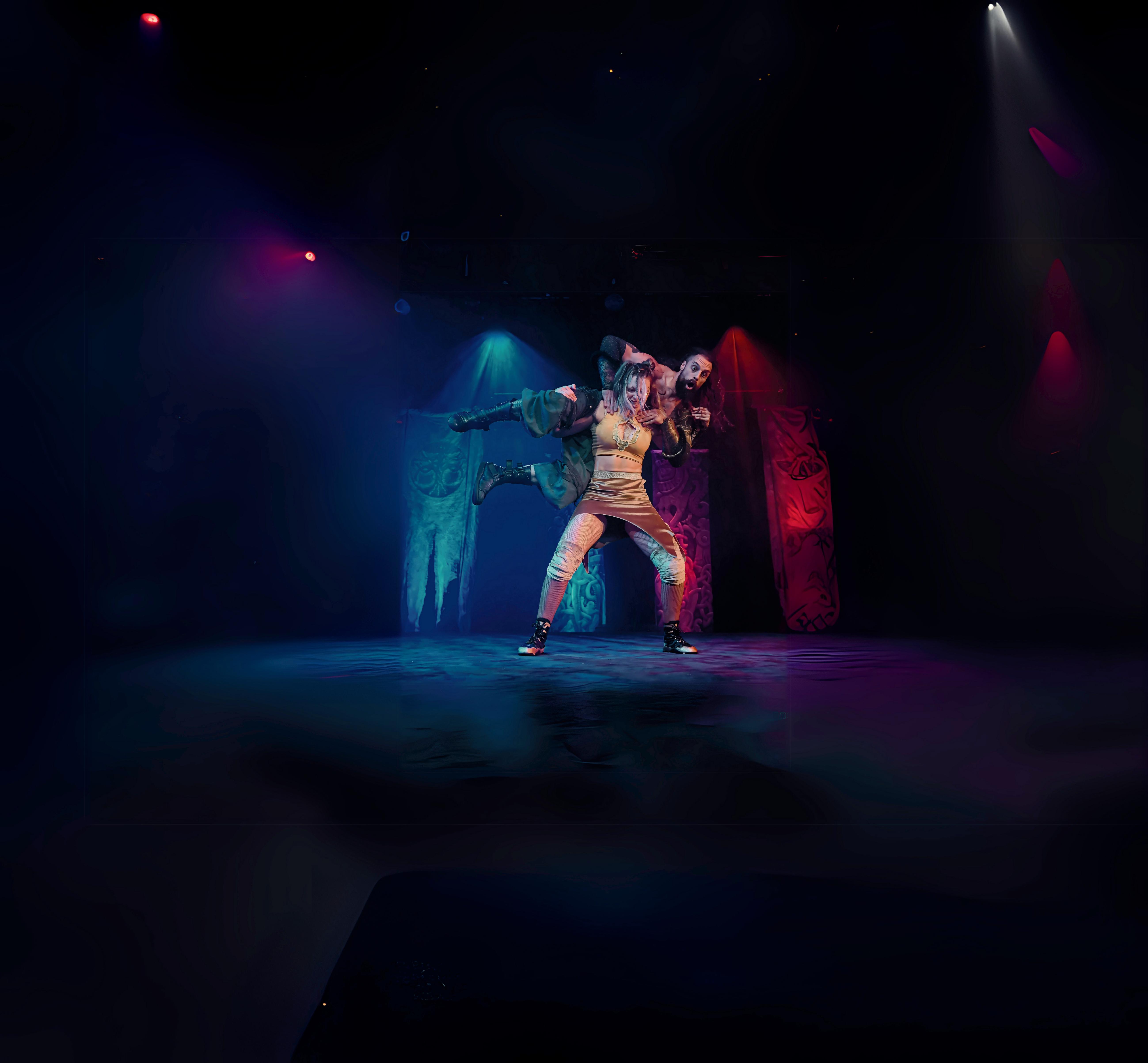



































































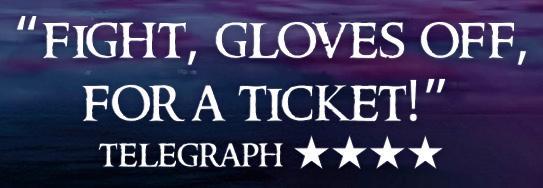
8.40pm 01 - 23 AUG




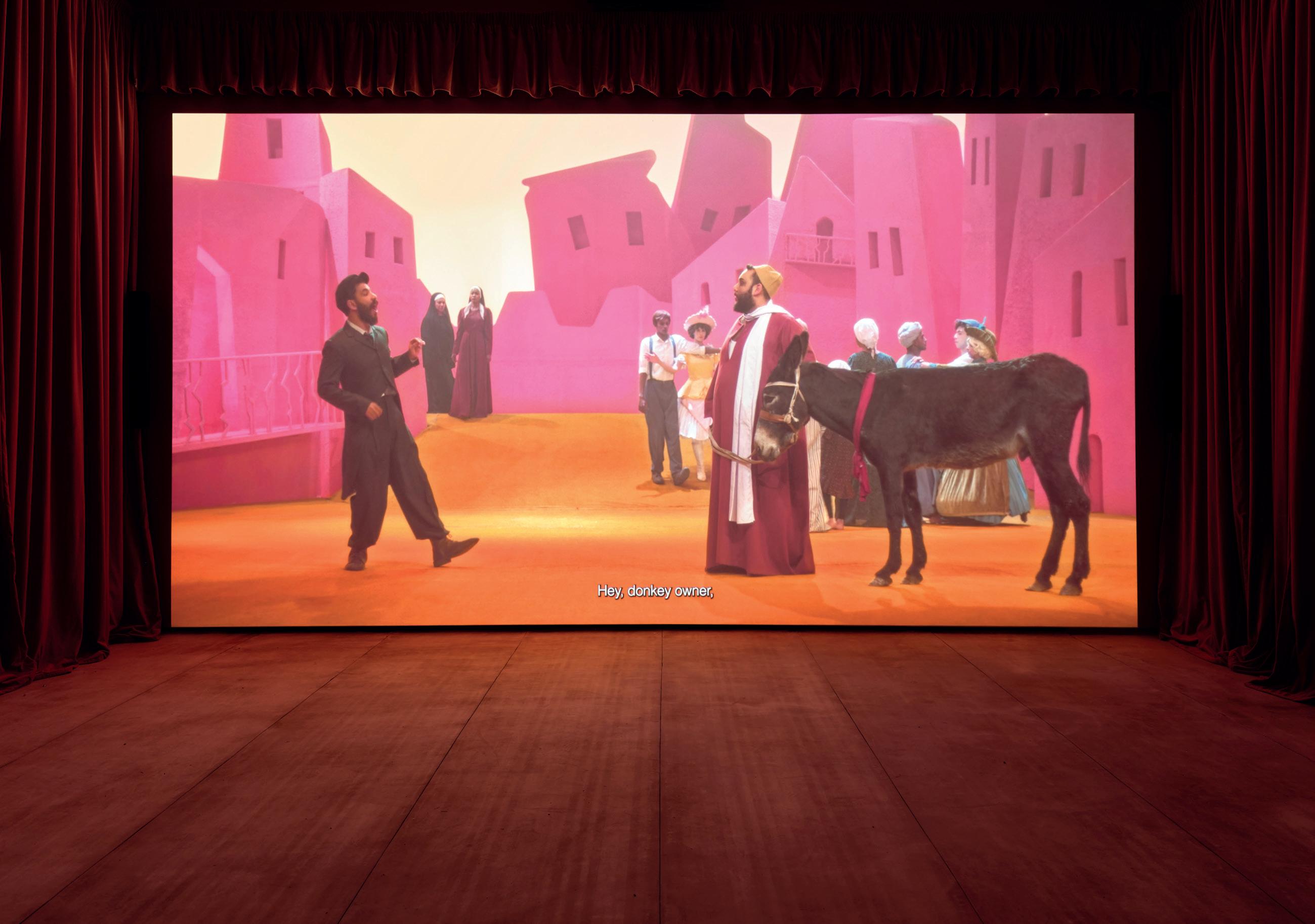






In his new exhibition, Wael Shawky looks through a Middle Eastern lens at the centuries-long religious wars known as the Crusades. Neil Cooper hails the Egyptian artist’s skill in challenging received western orthodoxies and for the relevance of his message as conflict continues to scar that tormented region >>




The cast of one of two films that make up this large-scale exhibition by Wael Shawky are all lined up in a room. They are gathered together in full costume next to the gallery where the movie they appear in (the third part of a major trilogy) is screening on a loop. This is no red-carpet, Hollywood
A-lister meet-and-greet, mind you. These actors are made of glass, fantastical marionettes that have their strings pulled by Shawky and many others to play out several hundred years of world-changing history.
Some of Shawky’s creatures look like they might have been dreamt up by master animator Ray Harryhausen or puppet genius Gerry Anderson, or else appeared in 1970s episodes of Doctor Who. Of course, such predictably western pop-culture reference points belie the fact that Shawky’s creations are actually rooted in more ancient artistry. As too are the complex and, at times, horrible histories he depicts that show off the umbilical links with the all-too-real climate of occupation and invasion that exists in the Middle East today.
To present such vital retellings in the trappings of sword-andsandal adventure yarns is a bold and ambitious achievement. To do so without ever telling the viewer what to think, but letting the work speak for itself, makes an even more powerful
statement. On screen, Cabaret Crusades III: The Secrets Of Karbala (2015) is a sweeping two-hour epic delivered with the cinematic grandeur of something by Cecil B DeMille. As its colourful stars chart their way through the 12th-century Crusades in a stately conspiracy of intrigue and shifting alliances, Shawky’s film tells a very different story to the hand-me-down myths of Richard The Lionheart that western depictions of the time are built on.
By contrast, Drama 1882 (2024), made for the Egyptian Pavilion at Venice Biennale, is performed by human actors. Over its 45-minute duration, the film’s large cast play out an impressionistic version of events in Alexandria that led to Britain’s occupation of Egypt. Filmed in an open-air theatre in the city, performers are choreographed with such mechanical regimentation as to resemble an expressionist chorus line. Their multi-dimensional shape-throwing formations are set against 1970s comic strip-styled sci-fi dioramas and brought to life as a palm-court operetta.
As with Cabaret Crusades, Shawky goes against the grain of received western interpretations of history. In her introduction to the show, Talbot Rice director and exhibition curator Tessa Giblin writes about how Shawky ‘destabilises any singular authority over historical authenticity by embracing the irregular, subjective and

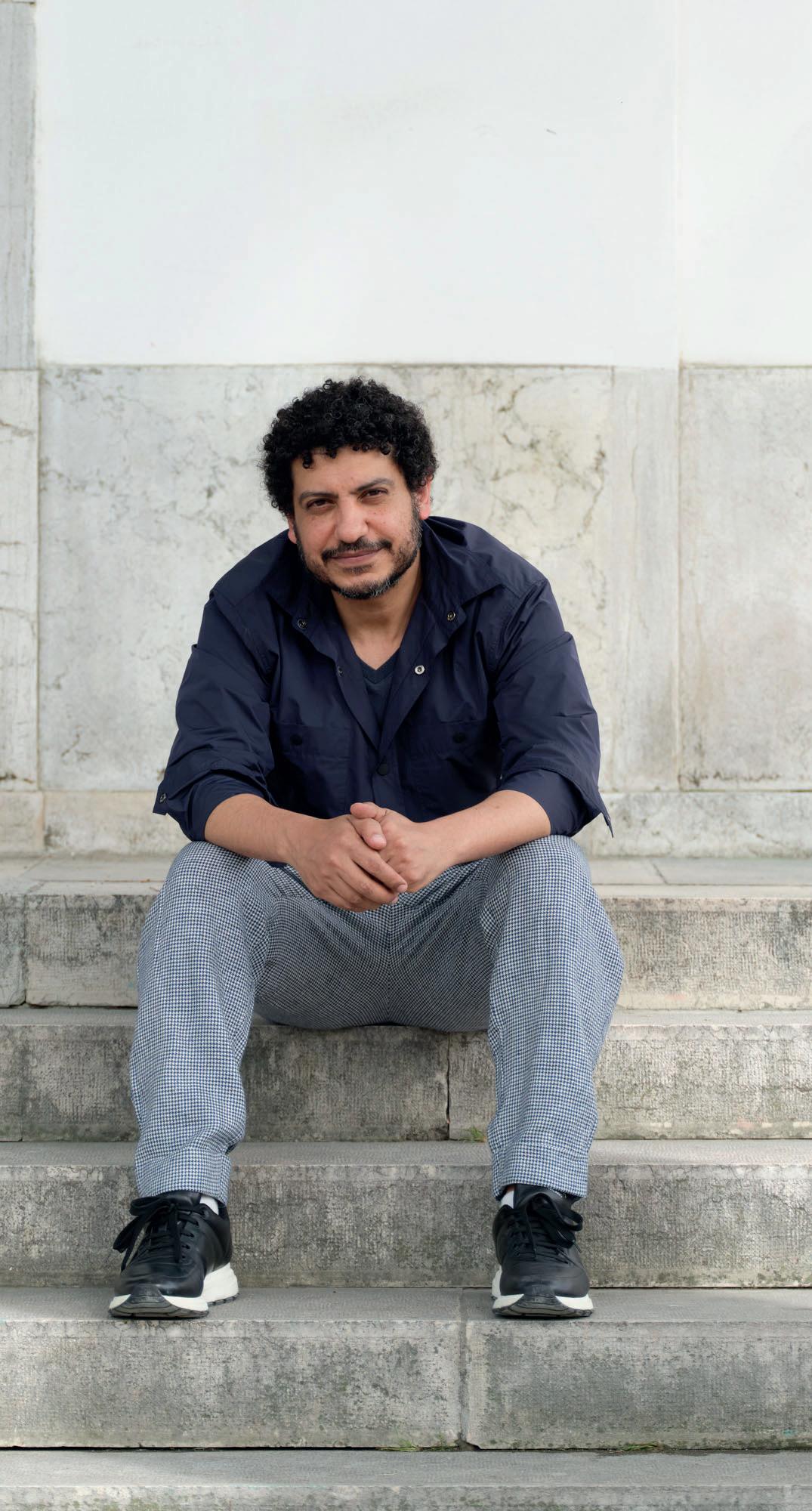
contradictory accounts that represent the formation of history.’ She goes on: ‘Shawky premieres Drama 1882 in the UK as blood continues to be shed in the Middle East, stories are revised and accounts changed, calling into question the very idea of truth.’
The dialogue of both films is in classical Arabic, regardless of whether the character talking is Christian or Muslim. Accompanied by subtitles, this again turns the tables on western culture, in which Hollywood depictions of war have all sides talking in either drama-school English or movie-star American. The two films are also driven by Shawky’s own musical scores, which channel Middle-Eastern chorales to deliver a sub-Brechtian commentary. To avoid the confusion of a Game Of Thrones-type family tree, each bizarrely realised character’s name is helpfully captioned alongside the timeline and setting, which cuts between Cairo, Damascus, Aleppo, Hittin and Jerusalem.
Shawky’s double bill may be the main feature here, but it comes with a full supporting programme. While the marionettes reflect the sheer scale and wide-screen ambition of the films, a hand-carved gold-leaf model of the Siege Of Jerusalem on the wall suggests a nation hung out to dry. Upstairs, a series of zenned-out drawings, sculptures and national flags rendered a neutral grey show off Shawky’s behind-the-scenes thinking.
Spoiler alert: there is also a surprise origins story embedded into it all. This is inspired by the fact that the gallery where Shawky’s work is being shown is named after 20th-century archaeologist, art historian, and Islamic and Byzantine scholar, David Talbot Rice. While Oxford-educated Talbot Rice came from the English establishment, as the Watson Gordon Chair Of Fine Art at the University Of Edinburgh for almost 40 years, his interests saw him lead the excavations of the Great Palace Of Constantinople in the 1950s. He also helped uncover and restore the Byzantine frescos of the Hagia Sophia in Trabzon, Turkey. Crucially, in 1958 Talbot Rice oversaw a major exhibition of Byzantine art as part of Edinburgh International Festival.
Having had ambitions for an arts centre within the university, Talbot Rice died two years before the gallery named in his honour opened. Half a century on, Shawky’s exhibition might be regarded as a form of coming home or reclaiming. Either way, Talbot Rice’s legacy is history too, whoever is doing the telling. As Shawky’s characters sail off into the sunset towards a very messy future, his films remain a brilliantly realised counterblast to received orthodoxies, delivered with spectacular artistry.
Wael Shawky, Talbot Rice Gallery, until 28 September.

Fair to say, the good ole US of A is no longer the cultural beacon that many in Britain aspired to in decades past, thanks in no small part to the current White House incumbent. But the concept of Americana, perhaps an affection for the US of our younger years, continues to influence comics and performers on this side of the Atlantic. Jay Richardson gets an outsiders’ perspective about why brand America still fascinates >>


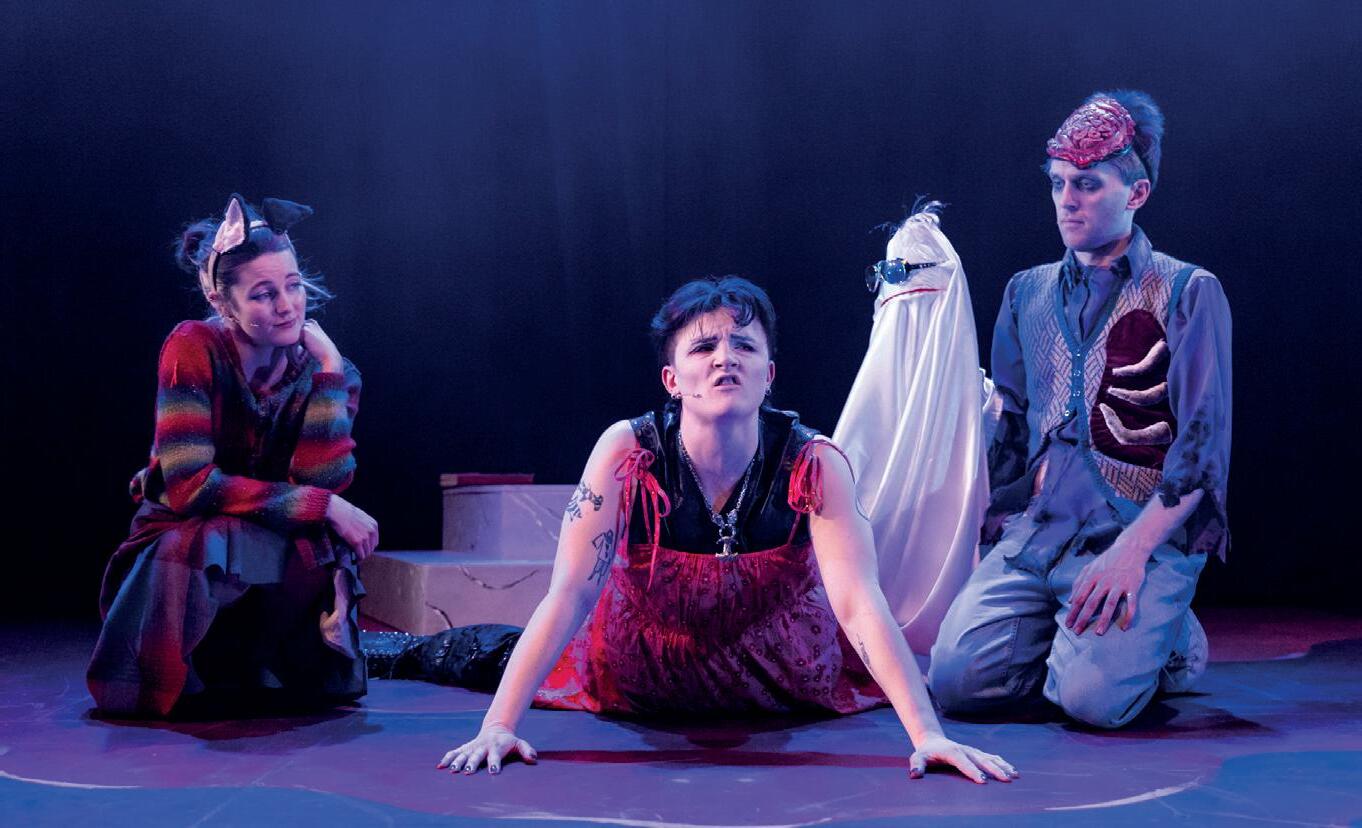

With streaming and scrolling fragmenting audiences across increasingly niche corners of entertainment, mainstream American culture arguably survives only in relentless superhero reboots, soulless musical adaptations and endless franchise spin-offs, a zombified, nostalgic pastiche.
For pallid British teenagers watching the likes of Friends, Frasier and The Fresh Prince Of Bel-Air in the 90s and noughties, the attractiveness of the characters and their lifestyles contrasted sharply with our own selfdeprecating sitcoms. Actor and comedian Kieran Hodgson saw success in those portrayals: ‘I saw my future as American.’ Character comic Lorna Rose Treen instinctively snapped into a New York or valley girl accent when she was playing with her friends because 90% of the content she consumed came from across the Atlantic. ‘My fantasies and imagination are intrinsically linked to the American Dream,’ she says. ‘It’s so evocative and engaging, especially when you’re a kid; this idea that you can be anyone or anything.’
‘Growing up with the 90s as your formative decade, with a sense that opposition to America had disappeared geopolitically, it felt that the whole enterprise was joyful, aspirational and the future for humanity,’ reflects Hodgson. ‘So it’s funny, speaking to people a couple of decades younger than me: they don’t have that feeling at all.’ Despite its flagging cultural soft power, Uncle Sam’s iconography remains relatively strong. In his show Voice Of America, when Hodgson relates how he failed to master a US accent for his bit-part in 2023 cinematic megaflop The Flash (sharing his best John F Kennedy, Bill Clinton, George W Bush and, um, Jeff Goldblum along the way), he takes the stage in double denim to the bombast of Bruce Springsteen’s ‘Born In The USA’, the world’s number one anthem to patriotic ambivalence.
Likewise, Airlock Theatre’s Count Dykula, from the creative trio of Robbie Taylor Hunt, Eleanor Colville and Rosanna Suppa, pays homage to Disney, power ballads, WWE and fake boobs. It’s the company’s biggest, brashest stage romp yet, with the scale of their Fringe debut becoming a joke in itself because ‘gigantism, big buildings, huge sets and sweeping locations are

synonymous with the States,’ observes Taylor Hunt. In the familiar US highschool setting of cheerleaders and jocks, ‘characters are established and we move through scenes quicker because the tropes are so well known,’ Colville acknowledges. Yet in Count Dykula, the cheerleaders are zombies, the jocks are werewolves and ‘America is the hegemonic mainstream,’ states Suppa, who plays the titular queer British vampire, an outsider in the ‘cliquey, mega-exuberant environment’ she finds herself in.
Treen serves up her highly anticipated sophomore Fringe hour in that most apple pie of settings: a diner. For her dozen disparate characters, ‘it just felt like a really good holding space . . . a unifying element like they had in Friends, Saved By The Bell and Gilmore Girls,’ she explains. At Edinburgh University, she had played small, nervous, inhibited characters. But after later studying clowning, Treen was encouraged to be bigger, more confident, take up more space, ‘have fun rather than hide.’ She questions if she would have conceived 24 Hour Diner People if she hadn’t ‘broken through’ her inhibitions. ‘It’s so stupid and stereotypical. But there’s less self-consciousness or self-deprecation. Putting on an American accent frees me, possibly because I don’t hear my own voice in my head; my inner critic.’
As with Count Dykula, which blends overt nods to the Twilight saga and Buffy The Vampire Slayer with a Mean Girls-style exploration of cliquishness, Tina Fey’s high school satire was also a massive influence on Treen, even if she and her friends ‘watched it far too young, thinking it was more of a documentary about how girls should behave.’ Like Fey, Treen leads a US-style writers’ room on her Radio 4 Woman’s Hour spoof, Time Of The Week. But she hasn’t visited the States as an adult (‘I’d be scared to go back right now’) and has ‘truly come to appreciate in the past few months that my wholesome view of America based on sitcoms isn’t real.’
‘There’s always been tension between America’s ideological and cultural fruits, alongside the reality of an enormous superpower defending its interests brutally and cynically,’ says Hodgson. ‘There’s always disillusionment when you clock what the Marines and CIA are up to. But

when Americans chose Donald Trump for a second time, with full knowledge of everything he is, then you have to question if the first part of that balance is even there anymore? As a western European country, we’re still wholly dependent on the US holding up the sky. And it feels scary that we’re bound to something no longer resembling what we want it to be.’
On the topical observations in his show, Hodgson says: ‘with this president, something mad is always happening. I just hope that events don’t get so terrifying that I have to swerve back from it.’ The four-time Edinburgh Comedy Award nominee views his hour as ‘a quest to prove that Trump doesn’t define America. I use every trick in my comedic playbook to keep him and what he represents at bay. But there’s honesty in acknowledging that he overwhelms everything.’ Similarly, Count Dykula’s villainous Scarlet Fang, the vampiric, breast-enhanced university president, wasn’t imagined as a comment on the current White House incumbent. ‘No one’s expecting gritty political satire from us,’ Suppa reflects. ‘Initially, we weren’t super-explicit about her Trumpisms. But we couldn’t avoid it. Writing an authoritarian figure, we had to lean into him.’
Butch Dykula resists the ultra-femme regime she finds herself in. And in Treen’s equally daft hour, there’s an understated celebration of diversity in the oddballs gathered in her ‘liminal’ diner, alluding to the ‘unnerving’ other America of David Lynch, Stephen King and The Twilight Zone Alongside a teenager sporting braces and oversize glasses who’s just had her first kiss, a trucker with exceptionally long arms, and a trad housewife robbing the joint, there’s the cabaret singer who’s clearly ‘not right.’ As Treen explains: ‘The Simpsons meets David Lynch is the sweet spot of my humour because if things are saccharine for too long, something bad needs to happen. I’m a weird performer. And relatively speaking, there’s still very few women doing stupid stuff, so it feels political to do this rather than talk directly about my identity.’
As for her main character, the diner’s dour, frustrated waitress, she insists there’s beauty in the ‘relentlessness and boredom of waitresses’ who are featured in so many American TV shows and films only as side characters. ‘One of the great things about doing a show where everyone is a woman, is taking someone who shouldn’t be the star and putting them centrally, giving them a voice.’
Kieran Hodgson: Voice Of America, Pleasance Courtyard, 30 July–24 August, 9.30pm
Lorna Rose Treen: 24 Hour Diner People, Pleasance Courtyard, 30 July–24 August, 6.20pm
Count Dykula, Pleasance Dome, 30 July–25 August, 5.30pm.

Amid all these British folk analysing the American mindset, there are some actual bona fide Stateside comics doing their thing in August. Sam Jay (Pleasance Courtyard, 30 July–24 August, 7pm) has given her show the most American of titles: We The People ponders what’s ahead for her nation and considers whether she’ll ever feel comfortable being there again. Do Americans have a thing about 7pm? British but US-born comic Liz Guterbock (PBH Southsider, 2–24 August, 7pm) kicks off at that time, too. Nice details how she’s trying to be kind and good but finding it increasingly tricky given the world is being run by bad folk. Despite that forename, there’s nothing UK-ish about Britt Miggs (Underbelly Bristo Square, 30 July–25 August, 2.15pm) who is here to tackle her recent divorce and coming out.
Winning the award for having the most American forename, Clayton Smith (Just The Tonic Subway, 1–24 August, 3.10pm) will be regaling us with tales of his homeland and its attitude to love, masculinity and firearms. Wait, in fact do Americans have more of a thing about 3.10pm? Clayton’s show is called 3.10 To Yuma (based on the Elmore Leonard short story that has spawned a couple of movie versions) and look what time Candace Bryan (Just The Tonic Nucleus, 31 July–24 August, 3.10pm) takes to her stage as she talks about hedonism and her mummy issues? These timings are all just pure coincidence. Unless there’s a conspiracy theory to be had about them. Americans love those.




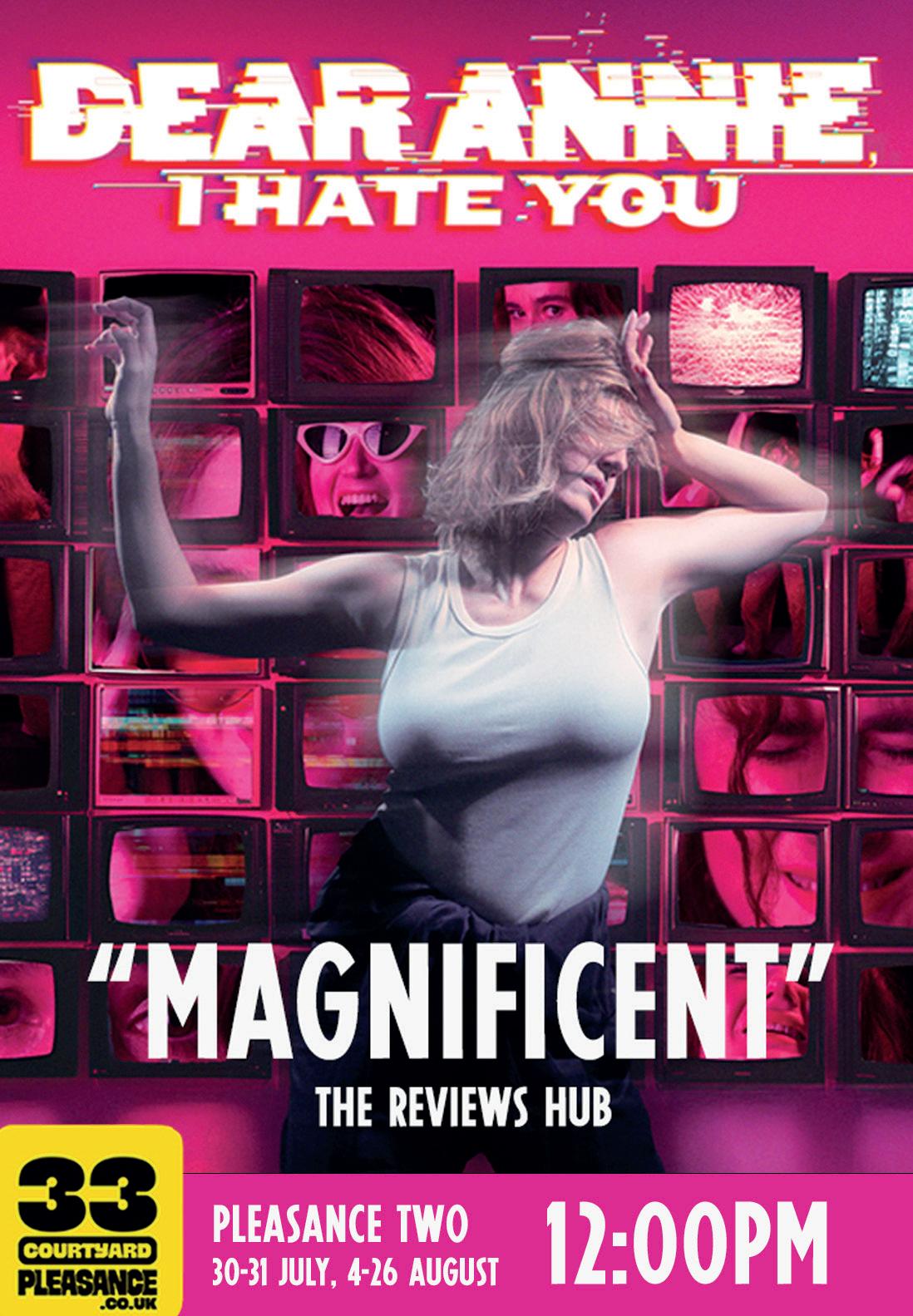




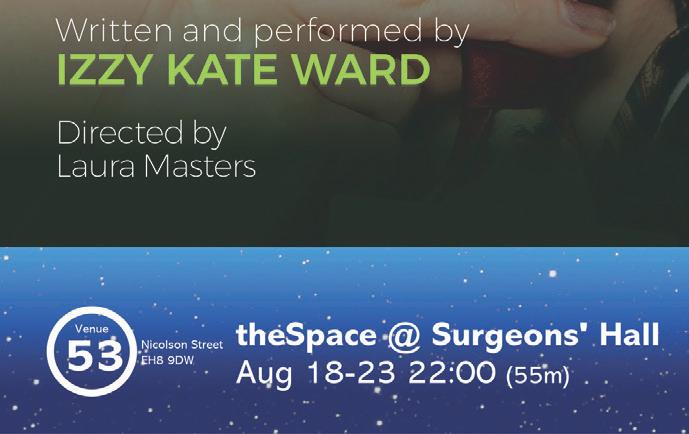





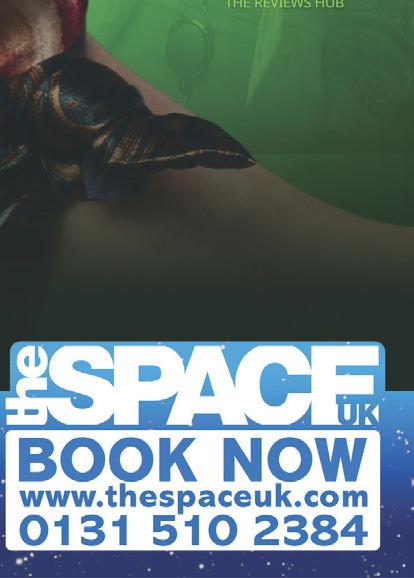
Take sexuality, gender identity and sex work, throw in some laughs and add a pinch of pop bangers, and you’ve got the genre-bending cabaret Sugar. Performer Tomáš Kantor chats to Megan Merino about confronting taboos and why he’s going full Gaga











Flicking through the hefty Fringe brochure, you can’t help but search for the familiar, whether it’s a name you’ve seen on the telly or maybe the promise of hearing your favourite artist’s songs in a show. Reading the description of Sugar, names like Chappell Roan, Lady Gaga and Dua Lipa will send out a kind of Bat-Signal to every queer pop enthusiast walking the streets of Edinburgh this summer. However, those behind this genre-melding cabaret hope to have created something weightier with this show which stars Melbourne-based multi-disciplinary performance artist Tomáš Kantor.
‘We follow me, a genderqueer twink who figures out that there’s maybe some money to be made on the side from their art,’ says Kantor of Sugar’s premise. ‘We jump in at the top of the show with Sugar finding a sugar daddy, and setting up that they’re going undercover and they’re going to write this cabaret. The audience is Sugar’s confidant through the highs and lows.’
Written by Ro Bright (creator of 2016’s critically acclaimed Daffodils) and directed by Kitan Petkovski, Sugar explores intersecting themes of sexuality, gender identity and sex work. ‘I go full Lady Gaga House Of Gucci method-acting for my art, and the process is definitely much rockier than the Pretty Woman fantasy I wield at the beginning and reference throughout.’
Kantor’s use of ‘I’ plays into the show’s meta-narrative. ‘There’s this interplay between Sugar and Tom when Sugar takes over and leaves Tom behind at points. But the show is really stacked with laughs. So I think when you get to the penultimate moments where there’s a heavy dose of reality, we kind of earn that turn.’ This thin line between comedy and drama is one walked by many Fringe
performers. But what is its function here? ‘I think that comedy is such an incredible way to bring an audience on-side with things that feel more taboo or inaccessible. If you can laugh about something, then you can also break down those walls around it.’
To this end, it was important for the team behind Sugar that the central subject of sex work was approached without judgement. ‘It’s an incredibly valid means of production and income for so many people, and for queer people especially,’ Kantor attests. ‘Our thesis is more around how queerness is at odds with the requirements of certain transactional relationships: what is someone willing to concede or diminish for the sake of capitalism?’
In the true spirit of cabaret performance, Kantor sings and plays various instruments to tell Sugar’s story. ‘With cabaret, you just have everything at your disposal; choosing when we go out into the audience, when you bring someone up, when you choose to break into song, how you do that. It’s just so much fun.’
While there are no original songs, queer pop anthems have been carefully selected to prop up the narrative and engage younger audiences. ‘Pop music can speak to a generation, as well as an individual. It’s a powerful tool.’ Even if it is simply used to get this show’s intended audience through the door, it’s a worthwhile device, particularly if it can reach young people navigating their own way with gender identity or sexuality. ‘I would just love people to take away the idea that living authentically and fully without apology for who you are is always the best way,’ Kantor concludes. ‘It may be messy sometimes, but in the end that’s always going to be the most expansive way of living your life.’
Sugar, Assembly Checkpoint, 30 July–24 August, 4.20pm.


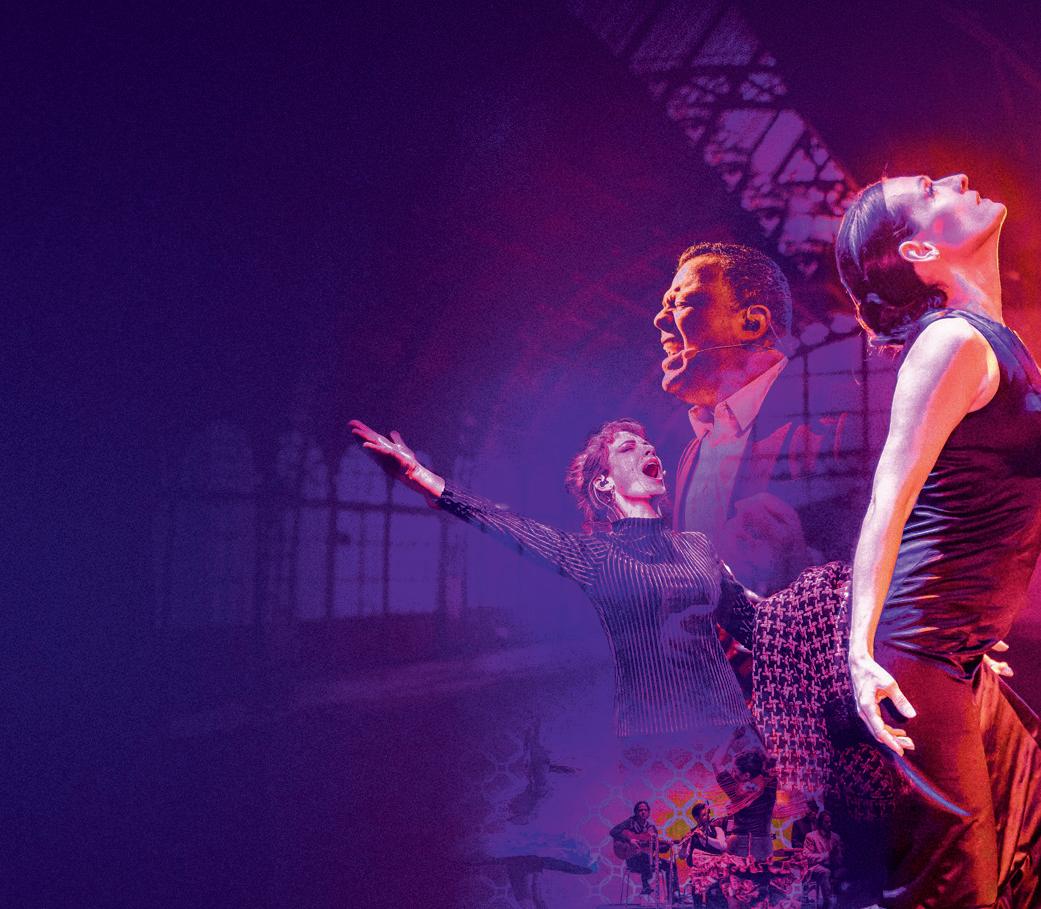
30 JUL – 24 AUG
7:30PM















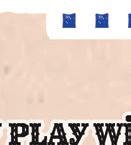



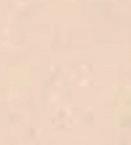


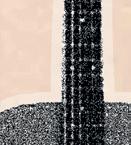









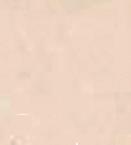

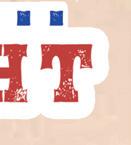
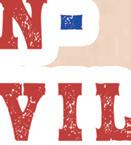
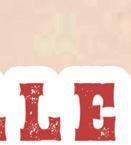

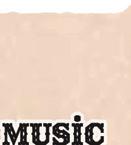
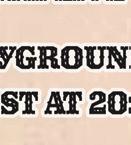









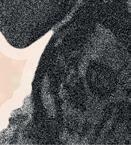
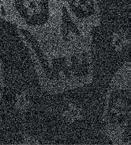
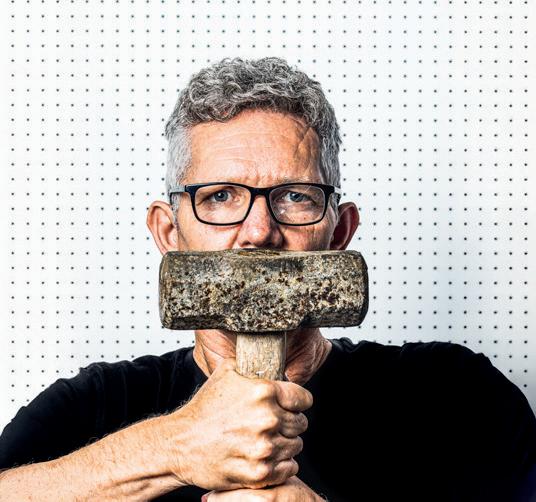
A play about an unwanted inheritance
NOMINATED FOR BEST PERFORMANCE AT THE ACTORS IN BRIGHTON FRINGE 2024



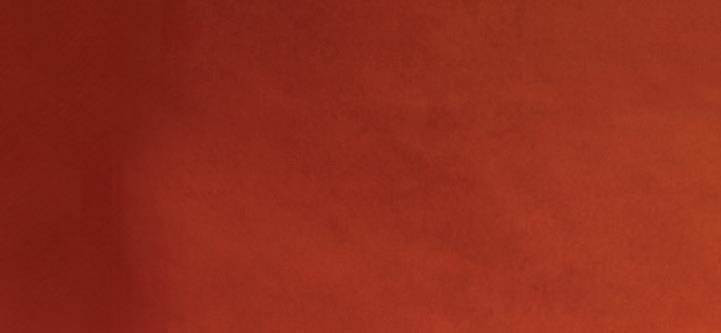



For a self-declared ‘loveable idiot,’ Damien Warren-Smith’s alter ego Garry Starr is doing alright, his latest show scooping a slew of comedy prizes in Australia following a successful 2024 Edinburgh run. As an expanded Classic Penguins heads back to the Fringe, WarrenSmith tells Claire Sawers that appearing in his birthday suit is no big deal
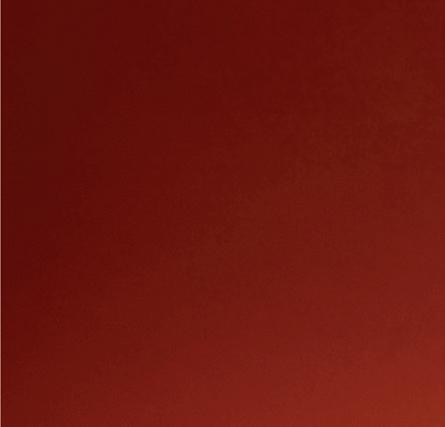

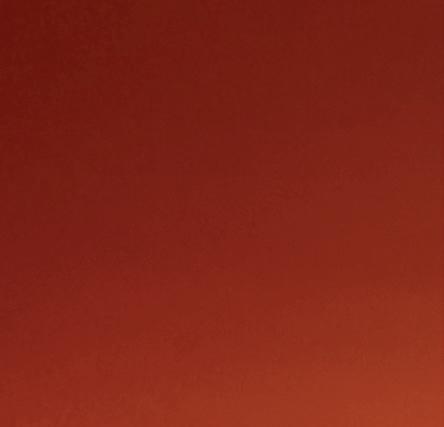





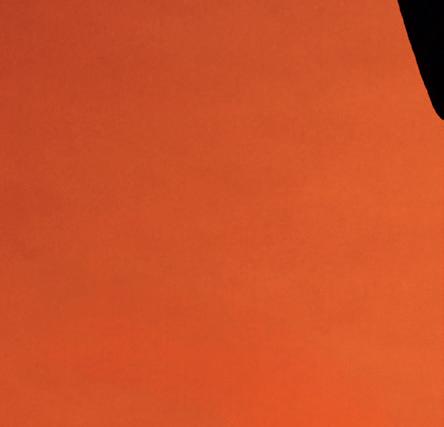
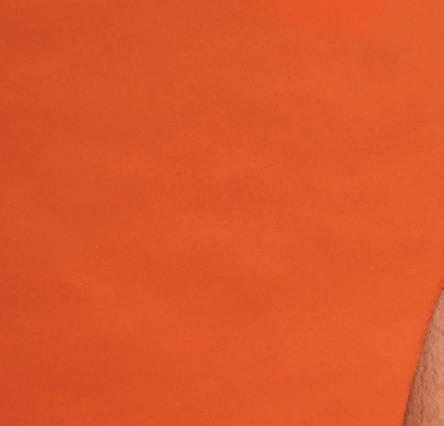






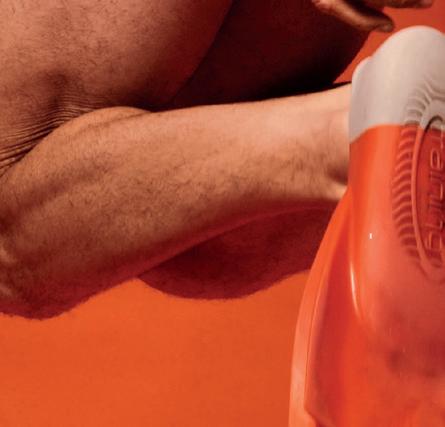

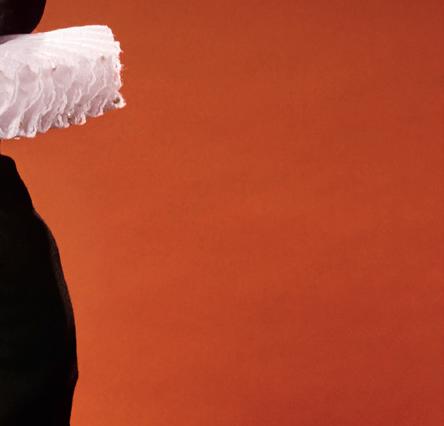
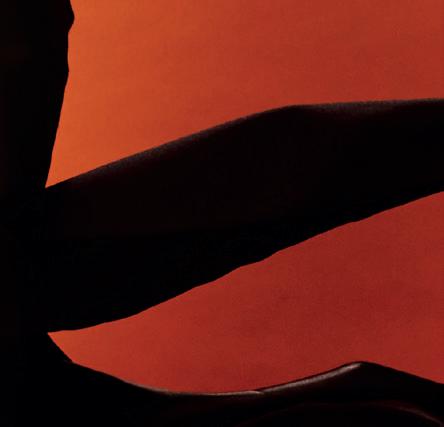





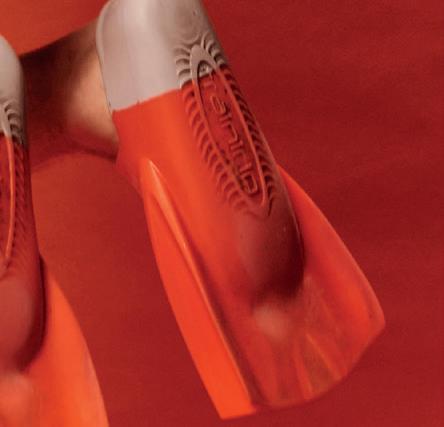


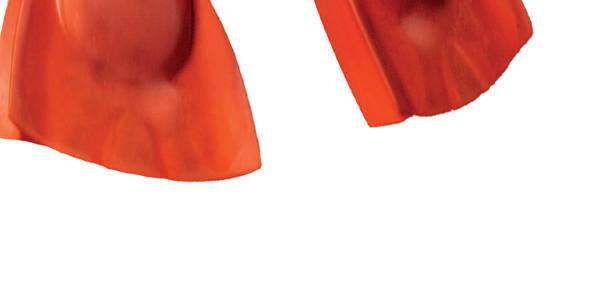
Last year, one man bought 100 Penguin books and loaded them into the boot of his car. It was January in Australia, so summertime. He drove around the country camping, setting up his tent beside a river, unfolding a table and laying out the books on it. The books were read, rearranged on the table, flicked through again, then tossed in a slush pile if they didn’t make the cut. ‘I knew I had an idea brewing,’ says comedian and clown Damien Warren-Smith. ‘On 1 January, I wrote in my diary: “start dreaming Penguins.” Five weeks later, I performed a work-in-progress show in Melbourne.’
That new show was Classic Penguins, where Warren-Smith slips into a penguin suit (or his birthday suit and some flippers, to be more accurate), then tries to act out every Penguin Classic novel in under an hour, performing as his alter ego, the mischievous and absurd Garry Starr. That noble (and naked) mission is designed to save books from extinction and it scored Warren-Smith the 2025 Melbourne International Comedy Festival Award for Most Outstanding Show as well as Best Comedy at Adelaide Fringe. Edinburgh Fringe audiences loved it too: so much so that’s it coming back for another run. Over 130 performances of the show later, Warren-Smith is scaling things up for his new, bigger spot in the upside-down purple cow in George Square, his largest venue to date, with a capacity of more than 400.
‘I remember seeing that venue when I was a spring chicken, 20 years ago in 2005. I was at the Fringe playing a character in someone else’s play. We performed to five people a night.




To do my own show now in the purple cow every night for a month is so exciting. Plus all the critics have already been in and I’m not eligible for any awards as it’s a return season, so that’s lovely!’
His 2025 Classic Penguins show will feature new scenes and, rumour has it, perhaps some added 1984, Hamlet, 100 Years Of Solitude and Wuthering Heights. Tying it all together is Garry, Warren-Smith’s high-energy, low-intelligence clown counterpart. ‘He’s a big loveable idiot. He’s incredibly ambitious; he thinks he can achieve much more than he actually can. He’s kind of me, but a few of the dials have been tweaked. The longer I play the character, the more I feel Garry is becoming like me, or I’m becoming more like him . . . I don’t know.’
Warren-Smith was born in Raigmore Hospital in Inverness, to an English dad and Australian mum. Not that he can remember any of his childhood in Scotland; he moved to the town of Cooma in New South Wales before his first birthday because his mum wanted a break from the dark Scottish winters. After high school, he attended drama school then the Ecole Philippe Gaulier, the legendary clown school just outside Paris where master clown and theatre professor Gaulier has also trained Sacha Baron Cohen, Roberto Benigni, Geoffrey Rush and Helena Bonham Carter.
Warren-Smith went on to study at Berlin’s Atelier des Mimes and spent a year touring Berlin’s cabaret circuit. That’s where a star(r) was born, and his debut solo show Garry Starr Performs Everything saw the overly zealous chump attempt to conquer all the performing arts in an hour, followed by Greece

Lightning, a single-handed, silly stab at covering all of Greek mythology. ‘Clown crosses all boundaries; social and political. There can be differences of opinion on anything, but then you can come and laugh like a child at a grown adult behaving like a child. Starting out, I felt friends were doing me a favour coming to see me. Now I’ve hit a point where I really feel I’m giving something. People have got in touch to say I’ve helped them during a severe depression, or messaged me to say the show had a profound effect on them. I love that I get to give that experience to people.’
Warren-Smith, who cites Natalie Palamides, Trygve Wakenshaw, Mr Bean, Sacha Baron Cohen, Spymonkey and The Umbilical Brothers as his own contemporary clowning heroes, has hit his stride professionally. But that doesn’t mean he doesn’t pay attention to feedback when it comes up. Like the time a critic from a certain List magazine gave him a twostar review for Classic Penguins. ‘It’s rare that someone really objects to the show. It was the only review I got that was less than four. I had to post about it on my social media, like “ok, so this hit well!”’ he laughs. ‘I do take it to heart. I want everyone to enjoy it. But I’ve never really had any constructive criticism where I decided I should really process it and take it onboard. With criticism, someone once said to me “either accept it, reject it, but never neglect it,” and I like that.’
If that cool reaction from The List gave Warren-Smith a brief twinge of sadness, it’s because he firmly believes that a central tenet of clowning is giving the audience what they want. In


fact, that’s where the whole nudity idea came from during rehearsals for Garry Starr Performs Everything. ‘We needed to find a way to bring Garry down a peg or two. He kept winning. How could something get the better of him? He looks down his trousers and that got a big squeal from the audience. When he takes his mask off and is naked, he’s ashamed. Clown is all about vulnerability. That’s beautiful, when performers allow themselves to be seen like that.’
Warren-Smith thanks me for not making the old ‘I didn’t recognise you with your clothes on!’ joke he has heard hundreds of times. ‘My dad was a naturist. When I was a kid, we went on holidays to nudist beaches, so I’ve always been around it; nudity has never bothered me.’ And while nudity may have become an integral part of his show, personal grooming is one thing he will not be prioritising before his upcoming Fringe run.
‘I quit drinking over a year ago because of my work schedule. I stay off social media and online nonsense. I eat well, I run and stretch because this show is quite demanding. But no, I’ve not trimmed my bush in seven years. I can’t! The first time my director saw me naked onstage, he said my bush was too funny and told me I could never trim it. Plus it feels too self-aware: Garry would never have tattoos or groomed pubic hair. That’s not him. It would just be wrong!’
Garry Starr: Classic Penguins, Underbelly George Square, 30 July–25 August, 9.30pm.




The Fringe isn’t all about completely new work. Like Classic Penguins, some shows have proved so popular that the Edinburgh public demand they get another chance to sample them. Here is a bunch that are making a very welcome return
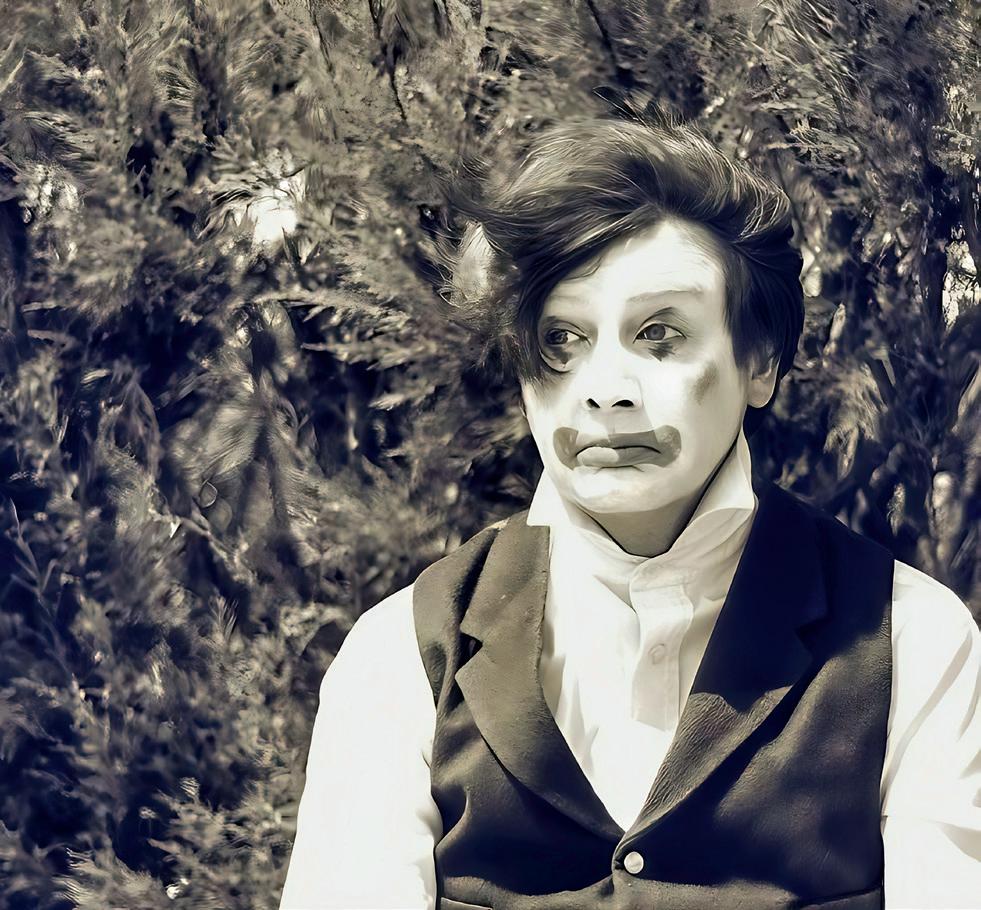



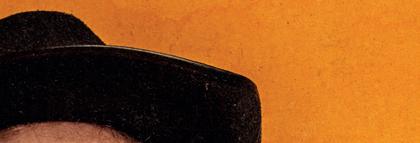

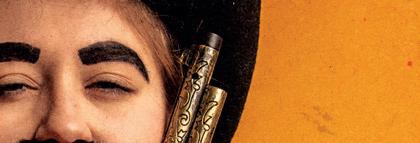
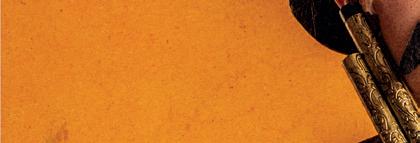



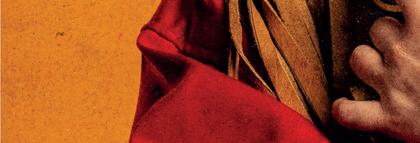

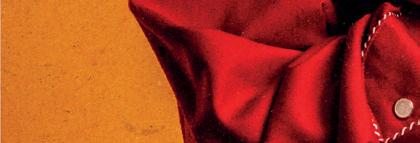
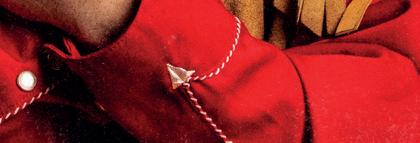




SPACE HIPPO
This critically acclaimed shadow puppet affair is an epic sci-fi show from Japan which entranced audiences in 2022. Mochinosha Puppet Company tell the story of a hippopotamus being launched into space in order to save humanity. Good luck with that, big fella.
Underbelly Cowgate, 31 July–24 August, 12.30pm.
CONFESSIONS OF A REDHEADED COFFEESHOP GIRL
A special tenth anniversary edition of the theatre piece that propelled writer-performer Rebecca Perry into the Fringe firmament as she imagines customers as unruly creatures in an urban jungle.
Gilded Balloon Patter House, 30 July–25 August, 4pm.
THESE MECHANISMS
Possibly the oldest performer at this year’s Fringe, octogenarian Christine Thynne brings back her solo piece (in collaboration with Robbie Synge) about the fun and functions of human bodies and that inherent desire most people have to keep moving forward.
Assembly Dance Base, 1–20 August, 5.15pm.
SCARAMOUCHE JONES
Something of a unique artefact this, as Thom Tuck ushers back a character (a very English clown) he first portrayed in 2005, then returned to in, you guessed it, 2015. Looking forward already to the 2035 version.
Hoots Potterrow, 1–25 August, 2.45pm.
EDY HURST
To give this its full title, Edy Hurst's Wonderfull Discoverie Of Witches In The Countie Of Himself is a mystical comedy-theatre gig touching on everything from the Lancashire Witch Trials to Euro dance legends, the Vengaboys.
Assembly Roxy, 30 July–24 August, 2.20pm.
LIL WENKER
‘Bigger, badder and more cowboy-er’ than before, Bangtail is the epic clowning tale of a chap in search of their manhood.
Pleasance Courtyard, 30 July–23 August, times vary.
LITTLE SQUIRT
This one-man musical comedy about sperm donation earned Darby James a whole heap of attention last year, so why not scratch that itch again and see how it flows this time around?
Gilded Balloon Appleton Tower, 30 July–24 August, 7.30pm.
DEAR
Based on a savage diagnosis Sam Ipema received at the age of 20, this bold and visceral piece considers what it is about life that makes it worth living.
Pleasance Courtyard, 30 July–25 August, noon.
TEN THOUSAND HOURS
A huge hit last year, Gravity And Other Myths go full mark-two on this homage to the time it takes for a person to master something.
Assembly Hall, 31 July–24 August, 6pm.
A
Gary McNair has done lots before and since but here is another tenth anniversary show, this one featuring a grandfather who puts money on seemingly lost causes.
Traverse Theatre, 31 July–24 August, times vary.




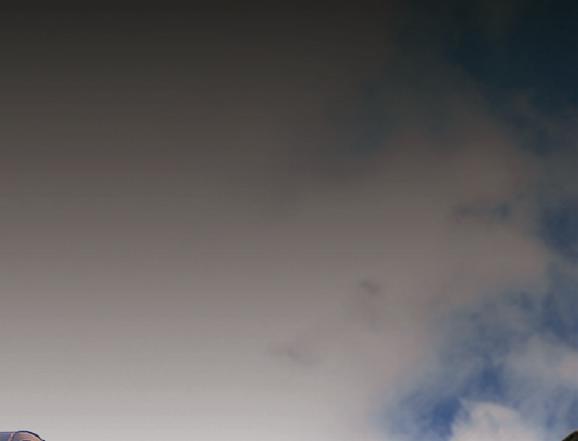


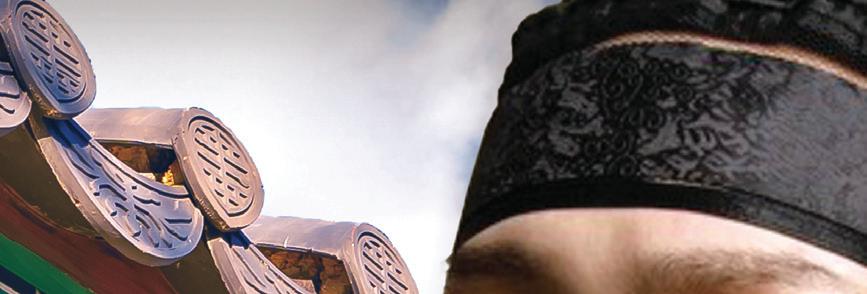













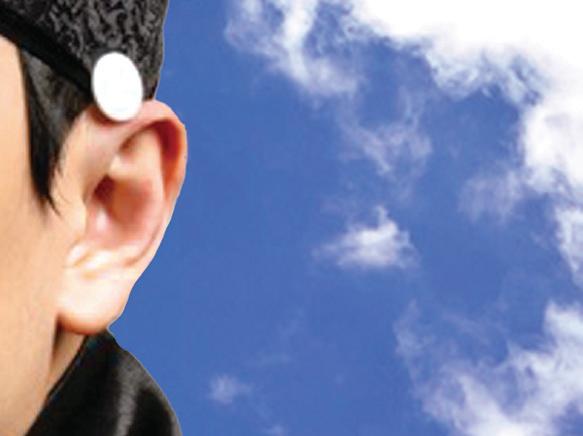

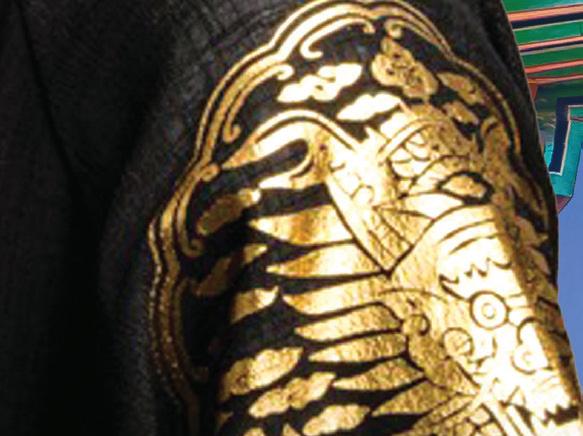

















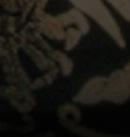













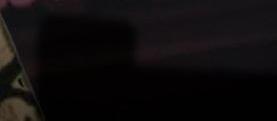








































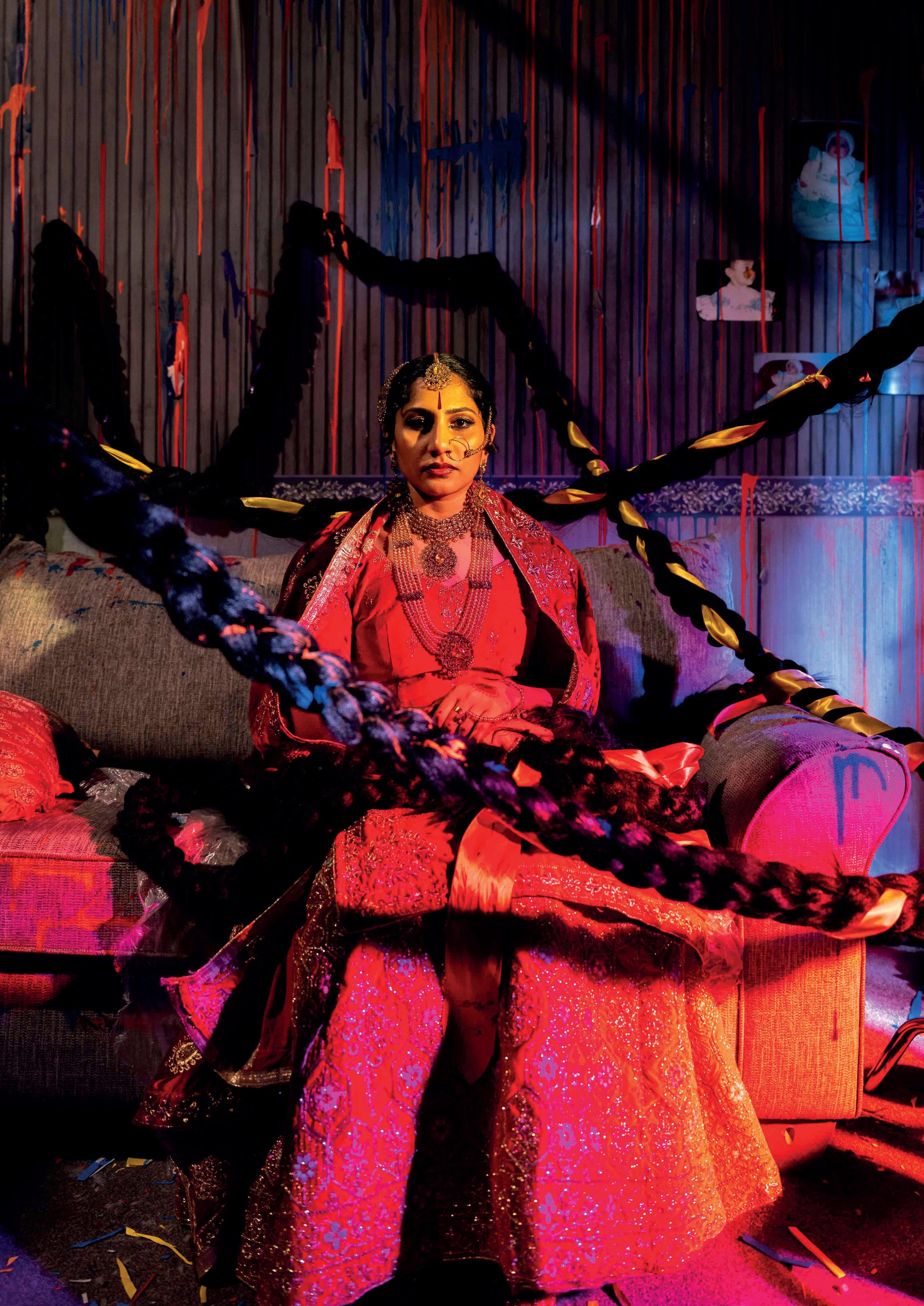
The award-winning Scottish-Pakistani artist and filmmaker brings us her latest exhibition, Raindrops Of Rani, which utilises South Asian folklore to examine displacement, fantasy and assimilation. Through film, textile screenprints and sculpture, Arif’s multimedia installation reflects on the 2006 commercial about a new TV set which resulted in her childhood council flat in Glasgow being covered in 70,000 litres of coloured paint. (Brian Donaldson) n Edinburgh Printmakers, 1 August–2 November.

Mike Nelson is known for dazzling installations, with his new exhibition including the meticulous recreation of a flat from a long-since demolished London estate. Greg Thomas meets the artist to discuss his simulated world-building

W‘hen I did the piece at Collective years ago, I spent the first few days living in the gallery, until all the debris on the floor became too much. I was sleeping on a piece of military grade foam.’ Mike Nelson is recalling the halcyon days of To The Memory Of HP Lovecraft, his 1999 exhibition in Edinburgh, preparation for which involved, among other things, hacking violent holes and lacerations into the gallery’s walls.
We are sitting in the Lower Gallery at Fruitmarket, surrounded by ‘Humpty Dumpty’, one third of Nelson’s current exhibition. This part of the show utilises the more conventional medium of photography. But onsite world-building is still important. I’ve just arrived from the gallery’s Warehouse space, in which Nelson and his team have meticulously recreated the interior of a flat from London’s Heygate Estate which was demolished across 2011–14. The simulation is realistic enough to make Jean Baudrillard blush, from the artful disarray of fridge magnets to the grimy patina on the textured wallpaper.
Nelson has been in Edinburgh since May, pouring weeks of labour into the construction. Eventually it came to feel like a sort of gruelling homage (‘a gesture, a physical invocation’) to the razed modernist landmark. ‘I think it’s important that the space feels inhabited. You can manufacture that effect to a degree, but it also needs time spent constructing, making, occupying and thinking.’
Nelson is renowned for his dazzling, all-encompassing installation works, which give viewers the impression of having been swallowed up by some parallel reality, one that reflects back uncannily on our own. Perhaps the quintessential image of his practice is from 2004 of an abandoned block of garages and workshops engulfed by a sand dune (‘Triple Bluff Canyon: The Woodshed’), included in his 2023 retrospective Extinction Beckons at London’s Southbank Centre. After a period of disillusionment with this way of working (he felt it had become commodified after his appearance at the 2011 Venice Biennale, like ‘I’d ended up building an advertising flagship for a trade fair’), Nelson has returned to it with aplomb for this Edinburgh Art Festival offering.
The effect of the tower-block simulacrum, named ‘Low Rise’, is mesmerising. Experienced alone, it’s also subtly creepy, in the way that only abandoned domestic architecture can be. But the interior spaces also became a de facto workshop, where the photographs and salvaged structures that populate the other two sections of the show were produced. It’s all part of inhabiting the exhibition during the process of creation.
In the Upper Gallery are large-scale images of the derelict Heygate just prior to its destruction, placed in huge, unwieldy timber frames. Around us as we speak are photographs of the Kurdish city of Mardin, which was undergoing massive reconstruction when Nelson participated in the city’s biennial in 2012. ‘I walked around and witnessed the debris, the detritus, the excavations, which of course I loved because it was incredibly sculptural to me.’ A series of photographs from that time showing these ‘earthworks’ and an accompanying map, collectively titled ‘A Transient History Of Mardin Earthworks’, form an esoteric dialogue of sorts with ‘Low Rise’.
‘A building demolished and an ancient city buried under construction. One demolished, one buried,’ says Nelson. ‘Both places in some sense made invisible. To evoke these places in relation to each other seemed to have a currency somehow.’ One overarching theme which preoccupies him is the fate of artists after the post-war social contract’s demise, epitomised by a social housing boom which produced Heygate. The idea of culture as a democratic right was also wrapped up in late 20th-century conceptions of the public realm. ‘Making art felt like it was part of that structure,’ Nelson adds ‘But now the structure is being disassembled faster than you can build it. That means the whole purpose of what you’re doing is brought into question. Are we just going to start making art for rich patrons again, or in the services of religion?’ Perhaps the artist’s house, too, is being torn down. Enter at your peril.
Mike Nelson, Fruitmarket, until 5 October.



Tall, lissom female forms stretched over settees and bedsteads, gathering on street corners like ghosts, half-concealed behind flowers or mugs, or glimpsed in reflection in the corners of mirrors. This is the captivating, melancholy world of Aubrey Levinthal, a Philadelphia-based figurative painter currently enjoying her first UK-based show. The artist was featured in a recent exhibition at Ingleby documenting the influence of Pierre Bonnard on today’s crop of young painters. In fact, Levinthal’s work hums with the echoes of a whole swathe of art history, in which a figure as vibrant and sunny as Bonnard might seem somewhat on the periphery.
Throughout this sequence of works, there is a sense of bodies elongated and flattened in the mind’s eye. Groups of near-identical faces suggest a kind of expanded self-portraiture (the self fractured into multiple shards or aspects), while human bodies often seem to disintegrate into the highly compressed backgrounds. Levinthal’s flattened perspectives, like the hieratic rigidity of her bodies and affectless facial expressions, have a kind of ancientness to them, almost like Egyptian statuary. Yet these are also glimpses of everyday female life, in familiar domestic and urban surroundings. The spirit of Levinthal’s work lies in this marriage of the quotidian and the mysterious. (Greg Thomas) n Ingleby, until 13 September.
Jonathan Baldock describes Wyrd as his ‘fingers up to the two-by-two Noah’s Ark story.’ Taking inspiration from (and umbrage at) a newspaper story about two male penguins in Edinburgh Zoo who allegedly coupled up due to a shortage of females, Baldock explores the insidious insinuation that being gay is unnatural. Raised in a religious, working-class family in Kent, Baldock grew up gay under the state-sponsored homophobia of Section 28. He distils that internalised shame, blends it tenderly with the wider queer community’s feelings of frequently being made to feel like the ‘monster’ and concocts a gloriously odd yet cosy provocation. Under the ornate ceiling of Jupiter Artland’s Ballroom Gallery, iced like a wedding cake with chandeliers dripping down, Baldock places his folkloric menagerie of creatures: lizards, penguins, giraffes and cats, all species identified as having same-sex sexual behaviour.
The surface level joys, like a friendly 1970s toy box inviting us to play, conceal heavier issues of erasure, disgust and intolerance, wrapped in comforting wool and jute, tied with tactile satin bows and furry hoods. Wyrd can be appreciated purely for its astonishing craftsmanship, or savoured more thoughtfully for its reflections on safety, solitude, intimacy and care. (Claire Sawers) n Jupiter Artland, until 28 September.



Linder’s artistic roots in Manchester’s punk scene have rightly been lionised along with her taboo-busting photomontages from that era. As vital and totemic as her early feminist subversions of pornography and women’s magazines remain, this Edinburgh iteration of her 50year retrospective (first presented at London’s Hayward Gallery) makes clear there has been a lot more going on since.
Outside at the Royal Botanic Garden, Linder gets back to nature with cut-out shapes peeking from the trees or standing proud in the pond. Inside Inverleith House, each section playfully defines Linder’s cut-and-paste aesthetic. This is as much the case with the elaborately patterned rug inspired by surrealist artist Ithell Colquhoun (made for 2015 dance work ‘Children Of The Mantic Stain’) as it is for her 1977 photographs of Manchester drag artists.
More recent works such as ‘The Liverpool Sphinx’ (2025) and ‘The Pool Of Life’ (2021) are mature examples of Linder’s oeuvre, supreme in confidence and execution. Elsewhere, flowers bring colour to monochrome classical works. Her era-defining image of a naked woman with an iron for a head, from the cover of Buzzcocks’ ‘Orgasm Addict’ single, had to be here. As too do the DIY gig posters, The Secret Public zine created with writer Jon Savage, and album art for post-punk fabulists Magazine as well as Linder’s own band Ludus. As a whole, Danger Came Smiling might be viewed as one giant collage that gives new definition to the idea of a body of work. (Neil Cooper) n Royal Botanic Garden Edinburgh, until 19 October.

JakeChapman,RebeccaWallis,BrettGraham, WandaGillespie.Specialguest:HellfireR9X 1-25August,2025.Venue560.2ChuckiePend, EH38BG.scottlawrie.com





Conceived by Steve McQueen, this photography exhibition revolves around the complex and controversial history of protest in Britain. You could say this is all rather topical.
n National Galleries Scotland: Modern Two, until 4 January.
Dark satire is Powell’s jam as demonstrated in his immersive installation Hall Of Hours. Print, sound and animation combine for thought-provoking works which interrogate humanity’s propensity for grandeur and foolishness.
n Edinburgh Printmakers, 1 August–2 November.

An exhibition to enjoy without worrying about whether you’ll be able to fit it all into your car. The magic of this Swedish company’s textiles department is a totem to innovation and experimentation.
n Dovecot Studios, until 17 January.

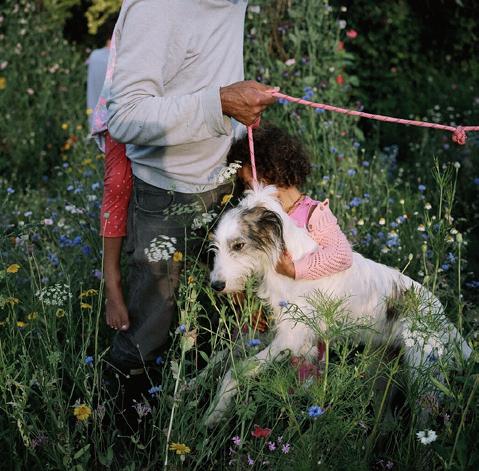
Davey‘s photographs capture moments of joy, contemplation and connection during the several years in which she and her son turned their garden into a wild space for shared community stories.
n Stills, 1–30 August.
Half a century of creativity is celebrated here featuring insights into an artist who has always had the natural world front and centre in his work. See fallen elms, red trees and clay structures.
n National Galleries Scotland: National, until 2 November.


This Port Seton-born artist’s career was pursued in a near permanent state of self-portraiture, detailing elements of sin, death and guilt, while his later pieces reflected a more optimistic worldview despite failing health.
n City Art Centre, until 28 September.

The pioneering work of Louise Bourgeois, Helen Chadwick (pictured) and Robert Mapplethorpe is hailed in this free exhibition which, as marketing folk would assuredly say, is not to be missed.
n National Galleries Scotland: Modern One, until 31 May.

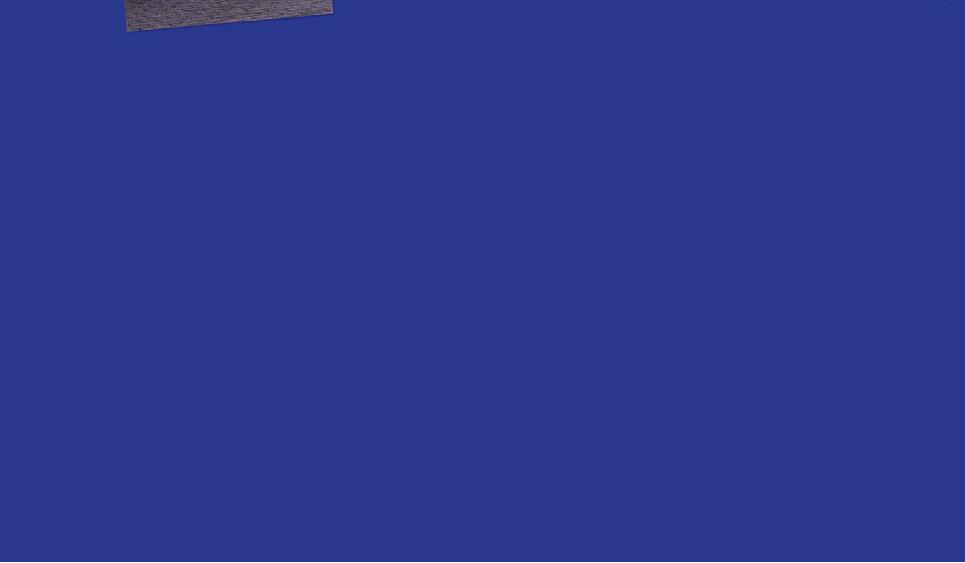






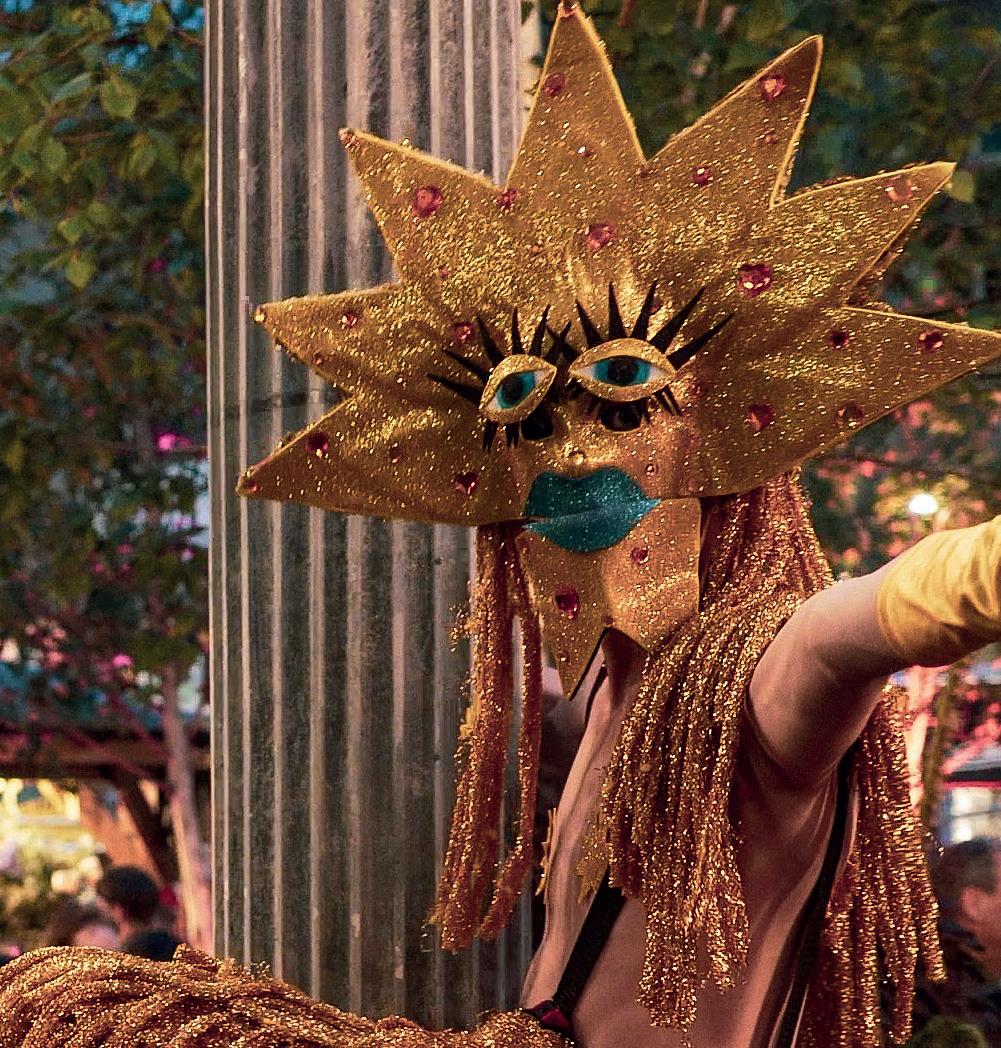




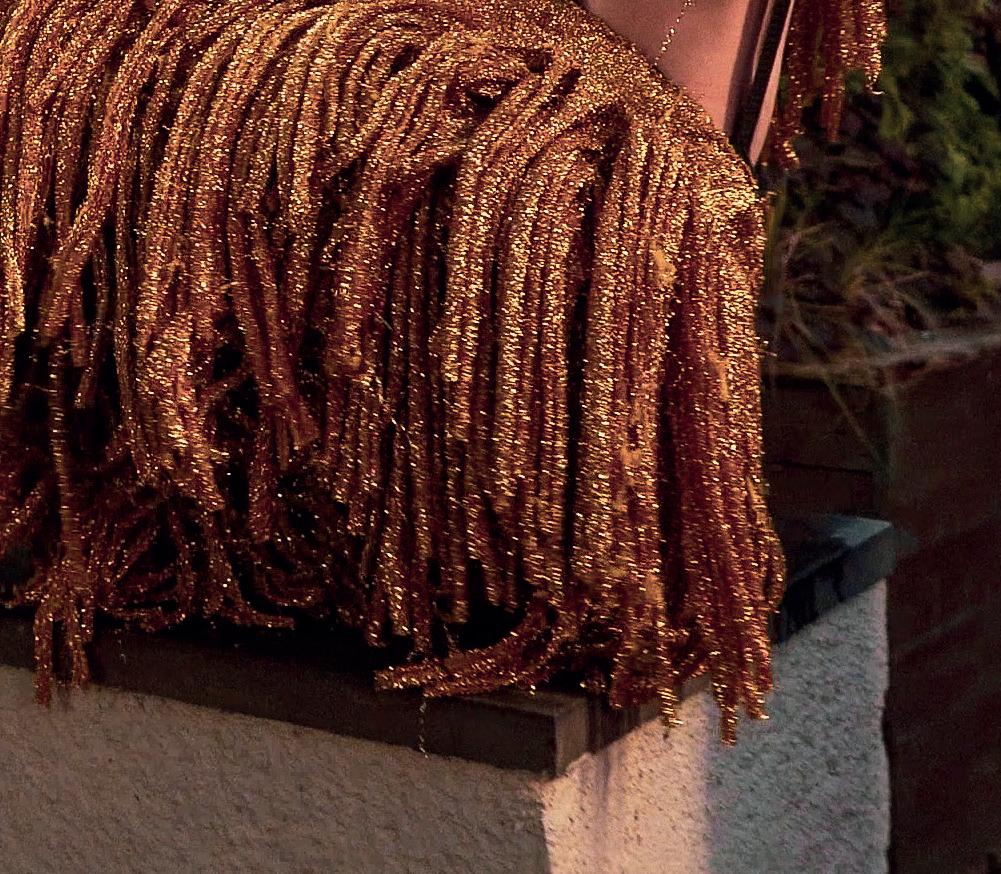











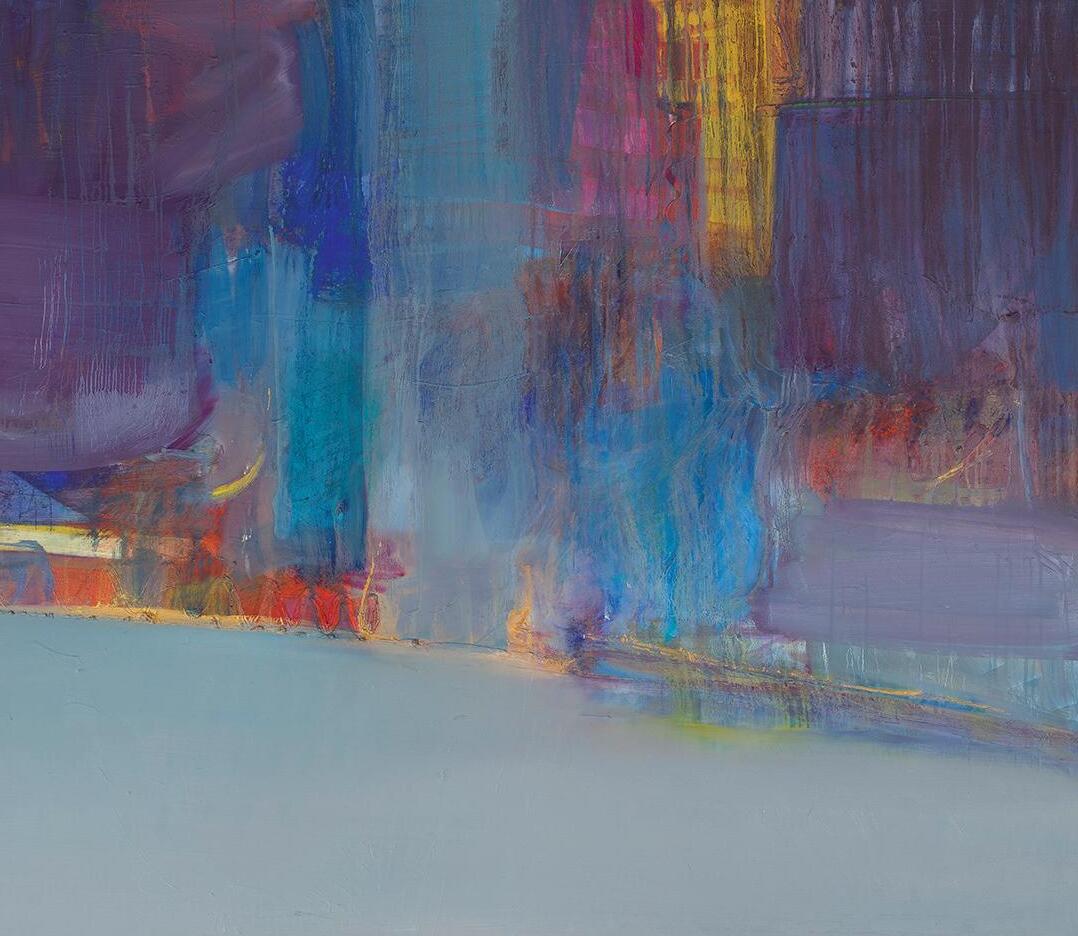











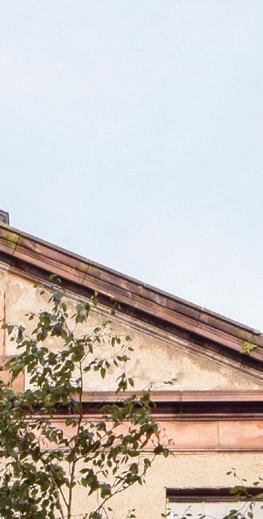

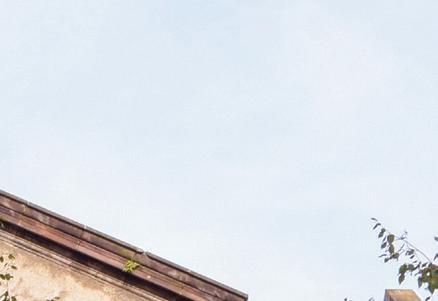

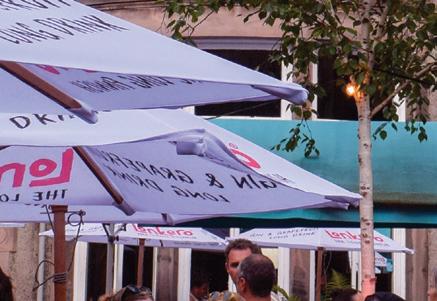
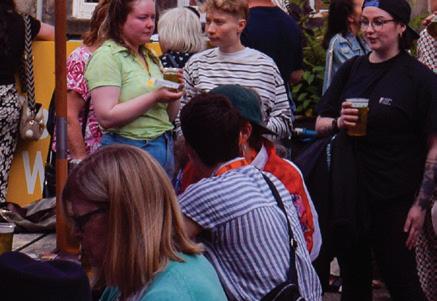



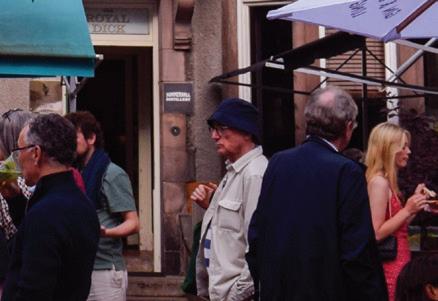

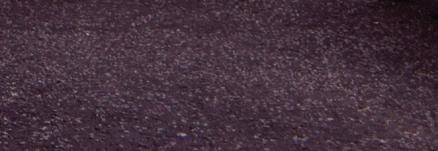
From the fine people who brought you Hot Brown Honey comes a scorching cabaret of provocation, rebellion and physicality. The object of this satirical exercise is to question who or what really represents danger in this modern world. The bullies in charge seem to find protest or dissent as threatening, cruelly dubbing the downtrodden and disenfranchised as an unhinged enemy. Dangerous Goods is a wild celebration and potent statement. (Brian Donaldson) n Assembly George Square Gardens, 30 July–24 August, 8.05pm.


Filing Kat McGarr’s solo debut Stardust under a single genre is a tricky proposition. She reveals to Rachel Cronin how grief spawned her cabaret/theatre/comedy hybrid and why a certain colour proved inspirational in the show’s genesis
It’s unlikely a cabaret show has ever been pitched before as ‘Gloria Swanson meets Fleabag at a wake.’ But it seems an apt tagline for Kat McGarr’s absurdist debut solo show, Stardust. Featuring fallen cosmic being Star Dust, who is painted entirely gold, McGarr promises a journey through grief, enlightenment and spirituality, complete with a couple of power ballads and plenty of laughs. This premise was born following the deaths of both her parents: unusual inspiration for a comedy cabaret, but as her audiences will learn, grief works in mysterious ways.
Stardust has been a long time coming, and McGarr is ‘trusting the cabaret gods’ for its success. She has spent years performing with theatre companies like Punchdrunk with the aim of eventually creating her own show: this year, her comedy-variety cabaret finally reaches fruition. ‘It was hard to categorise it just as cabaret,’ McGarr explains. ‘It’s theatre in a way; and it’s cabaret because she’s singing and she’s gold; and it’s comedy because you have to laugh. Otherwise, it’s very gloomy.’
The outlandish character of Star Dust emerged from a prolonged period of grief following the passing of McGarr’s parents. Looking for light in the darkness and with an unyielding need to create, she began to paint everyday items gold, from leather jackets and shoes to pieces of her own furniture. ‘It’s such a bizarre thing that you can’t understand: where people go when they die and how you can mend your heart,’ McGarr says candidly. In a search for answers from the universe, she found herself drawn to the colour. ‘Inadvertently, gold is quite a divine colour and there’s a certain amount of spirituality to it. The last thing I was painting gold, which was a piece of furniture, I think, made me realise that gold had been a very big theme in my life for months.’ And it was then that the sheen from all the items she had painted triggered an epiphany in her. ‘You feel so dark inside at times, but this was paired with this mad enlightenment because, in a way, you never feel more alive than when you’re living with death and really understanding it.’ Her awakening birthed the character of Star Dust, a fallen star who understands the secrets of life, death and the universe.
And what about that tagline? ‘Because of the grief element and the humour and a woman on her own processing it, it just sort of felt right [to reference Fleabag], mixed with the absurdity of matching her with [silent movie icon] Gloria Swanson,’ explains McGarr. When asked to sum up her cosmic comedy concoction in just three words, she unsurprisingly chooses just the one, which those who experience her show will learn the true meaning of: ‘gold, gold and gold.’
Stardust, Underbelly Bristo Square, 30 July–24 August, 5.25pm.

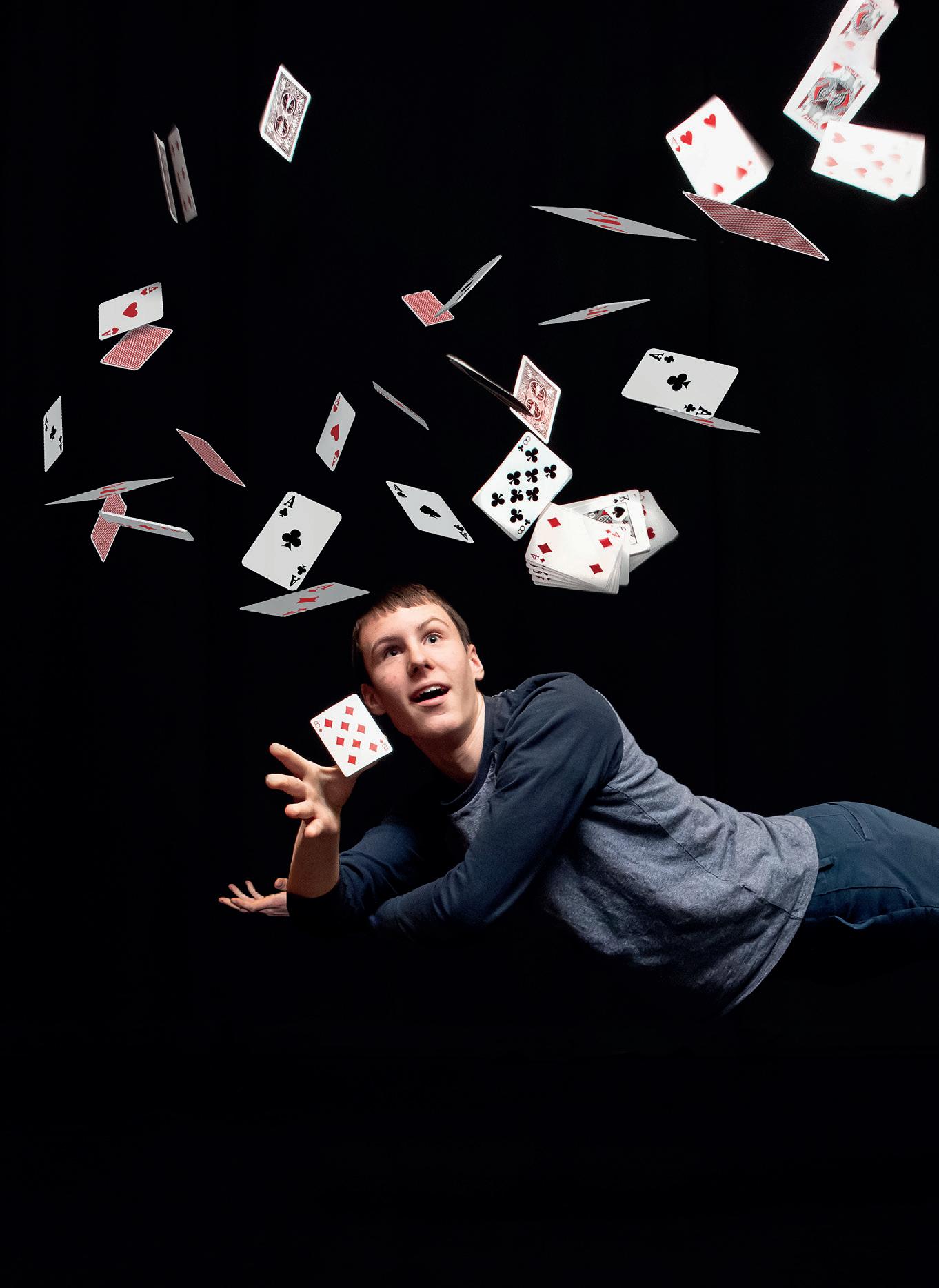
Having been a regular at Edinburgh Magic Festival and performed for the likes of the Saudi royal family, Jamie Leonard is confident there’s more than just a trick up the sleeve for his fourth Fringe venture. Leonard wants to reignite appreciation of magic and an embracing of childlike awe among audiences of his new show, Wonder Boy, believing magic can be part of ‘something bigger (a story, a character, a memory ) and when it is, it hits differently.’
Even with his accomplishments outside the Fringe, he’s drawn to Edinburgh audiences as it’s a place ‘open to ideas, to genres, to surprises. That’s the perfect space for this show. Wonder Boy isn’t just magic: it’s theatre, it’s comedy, it’s character work.’ There is, and always has been, a slot for illusion and magic at the Fringe, but audiences may not have always seen it for its worth. In a sea of stand-up and theatre, Leonard captures magic’s oddball nature perfectly, describing the medium as the ‘quiet kid in the corner.’ He believes the public are starting to have a renewed appreciation for it: ‘more magicians are experimenting with form, mixing magic with story, movement, theatre; audiences are responding to that.’
In a time where it seems that everything people can conjure in their minds has already been done or falls short of expectation, Leonard aims to deliver a show which ‘may just restore your belief in the impossible.’ An enormous task, but Wonder Boy’s playful reminiscence of childhood marvel, and Leonard’s comedic flourishes and enthusiastic lacing of magic with stagecraft, should enchant many an astounded audience. (Dominic Corr)
n Gilded Balloon Patter House, 30 July–3 August, 4.15pm.
‘Are you kidding? Cabaret is intuitively existential!’ exclaims Scout Durwood about the theme of their new show. ‘It’s a world that holds multiple realities: both the fiction of the show and the reality of the audience being present to witness and inform. It’s a dark genre, known for sparkly glamour and dereliction existing seamlessly side by side.’
As an American, it’s no wonder Durwood feels somewhat apocalyptic right now, given that armageddon appears imminent every time you look at the US news. ‘I’ve spent the last two years performing in a circus in Atlantic City. It truly felt scary; it felt dire. This show toggles between collective and personal experience, so the end of the world is sometimes a metaphor for a global apocalypse and sometimes a stand-in for a personal desire not to exist.’
Durwood started out in New York on the cabaret, burlesque and queer nightlife scenes. Since then, they have relocated to Los Angeles, garnering numerous performing and writing plaudits along the way. But what fuelled the desire to perform in the beginning? ‘I find the world terribly confusing. In general, most of our day-to-day makes very little sense in my mind so I spend most of my time either alone or performing.’
Given half the chance, is there anything Durwood would still like to do? ‘I think I’d do exactly what I’m doing now, only I wouldn’t have to worry about selling tickets, applying for grants or convincing production companies to let me do my thing. That said, pressure is good. Diamonds don’t come from free time and mimosas.’
(Marissa Burgess)
n Underbelly Bristo Square, 30 July–24 August, 9.20pm.
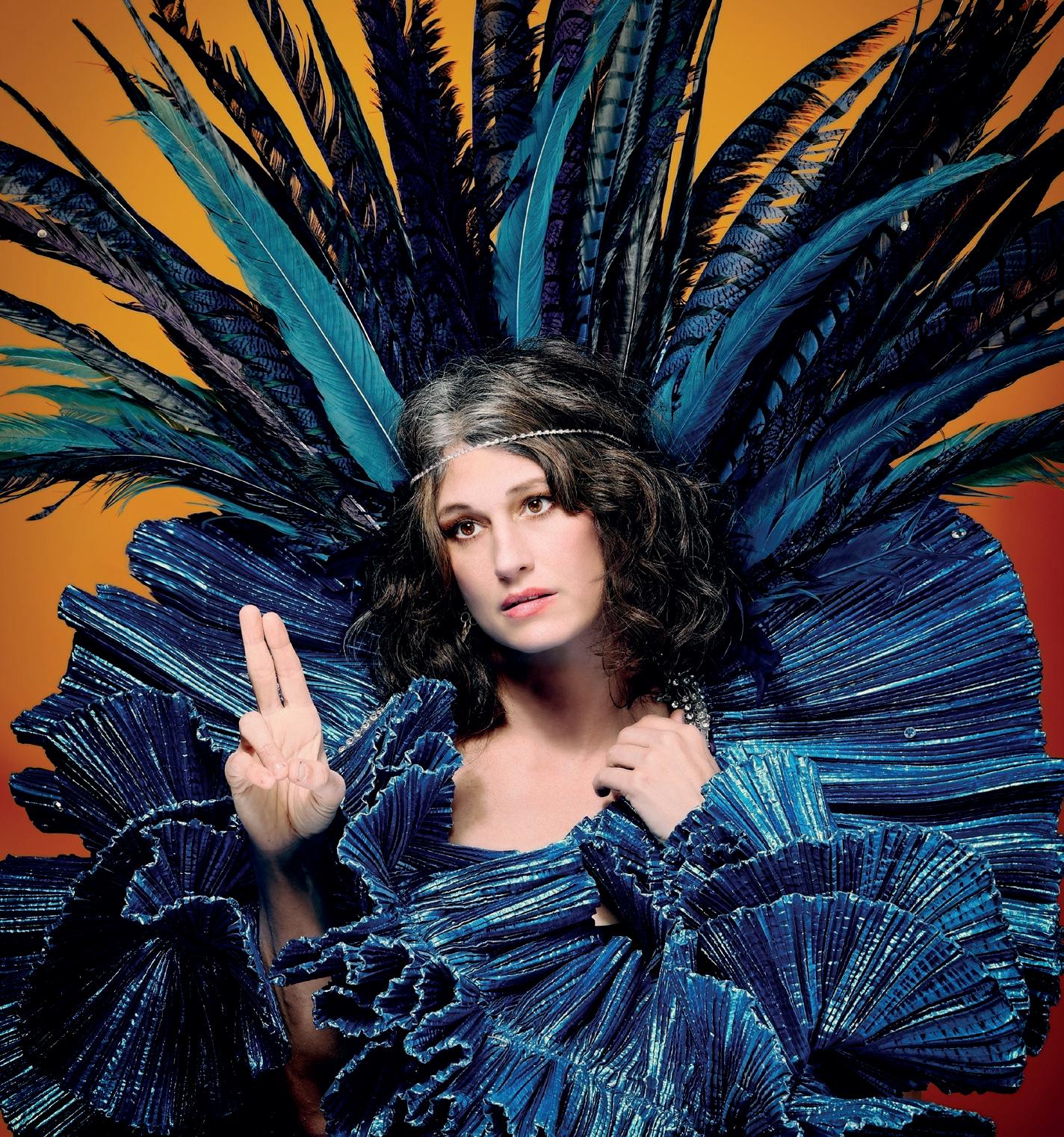
















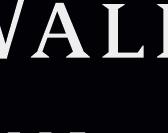






















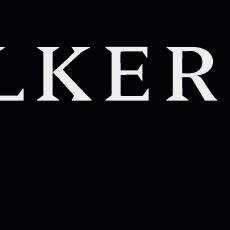




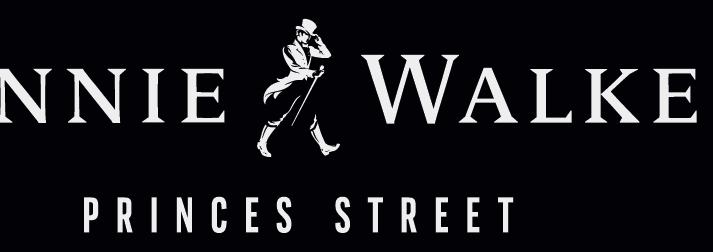
















Wielding the three ‘m’ words (mentalism, magic, mindreading), Mason (there’s a fourth) pulls his audience into a world of covert experimentation inspired by the psychic shenanigans which went on within the US military for three decades.
n Space Surgeons’ Hall, 2–16 August, 5.05pm.
Ryan returns with more Pop Bangers, previously enjoyed everywhere from Reykjavík to Perth (the Australian one) so please lend your ears to some familiar tunes performed in an unfamiliar way.
n Gilded Balloon Appleton Tower, 30 July–24 August, 10.20pm.
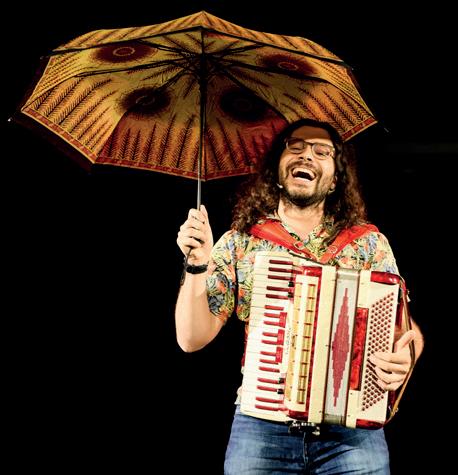
Bernie and her bombastic Bohemians are on the prowl once more, a set of mischiefmakers who contort, hang and fly, delivering a unique cabaret experience that will be the talk of the Circus Hub.
n Underbelly Circus Hub, 1–23 August, 7.20pm.
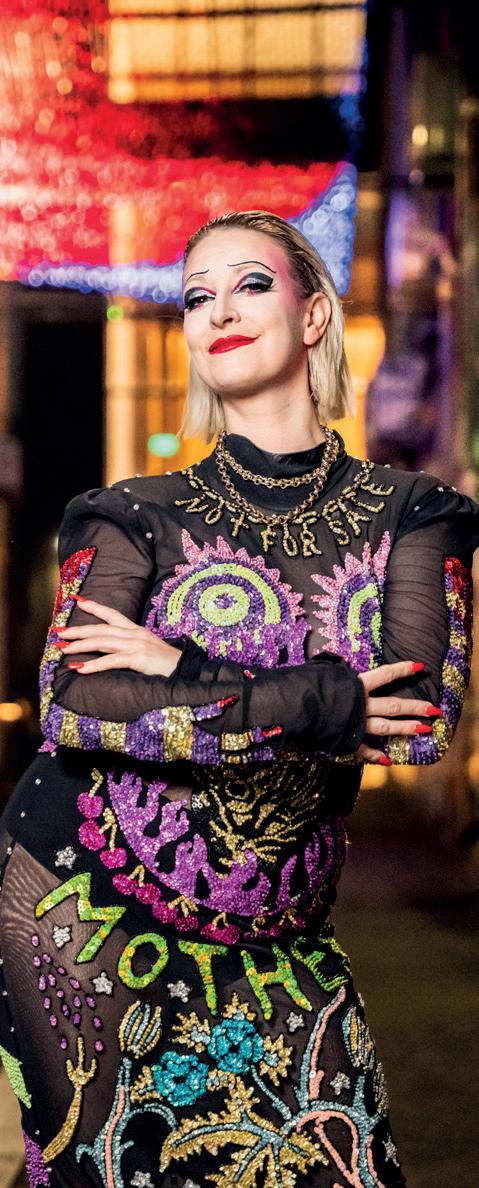

With an updated show and live backing band, drag king Mr Brake Down explores the idiosyncratic artistic world of Tom Waits and his utterly original songs and delivery.
n Augustines, 2–24 August, 5.15pm.
Whether you’re familiar or not with the pithy yet political work of Tom Lehrer (still hanging in there aged 97), this show from Scandi performer Caspar Phillipson has stormed Copenhagen and will delight Edinburgh.
n Greenside George Street, 1–23 August, 8.45pm.
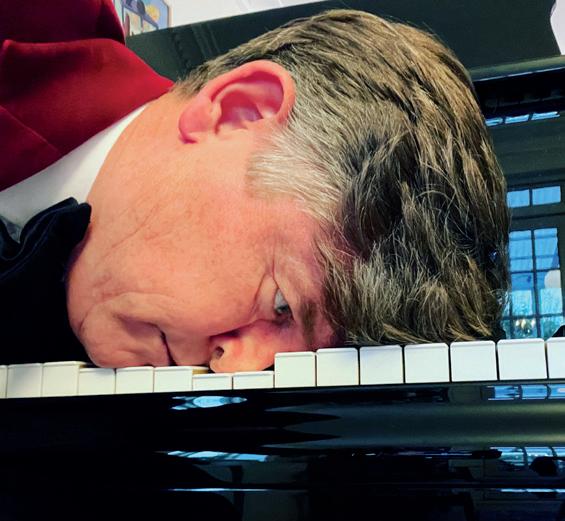

An enthusiastic vocal coach and performer welcomes you into a singing party that touches on bathroom bangers and karaoke classics and wonders whether you will do either of the things in the show’s title.
n Gilded Balloon Patter House, 30 July–25 August, 9.20pm.

This Extraordinary Gentleman and quintessential showman is back for more breathtaking trickery which can be enjoyed by all ages. Cabaret and variety at its finest.
n Assembly Roxy, 30 July–24 August, 12.50pm.


Big is the story of how a ‘workingclass fat girl’ aspired to be middle class and medium sized. The acclaimed Irish stand-up and podcaster (she counts Kerry Katona as one of her pod pals) had a brush with death in the past 12 months which has changed her for good, and she’s going to be telling audiences all about the journey she’s gone on with this new hour. (Brian Donaldson) Monkey Barrel, until 24 August, 4.45pm.









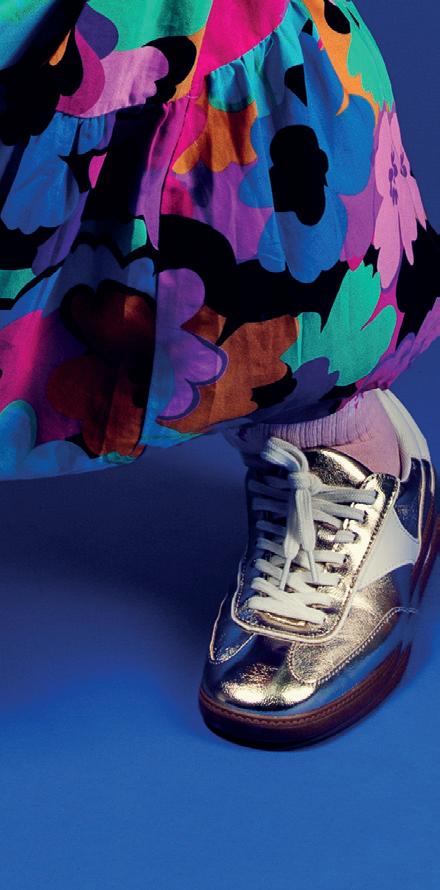
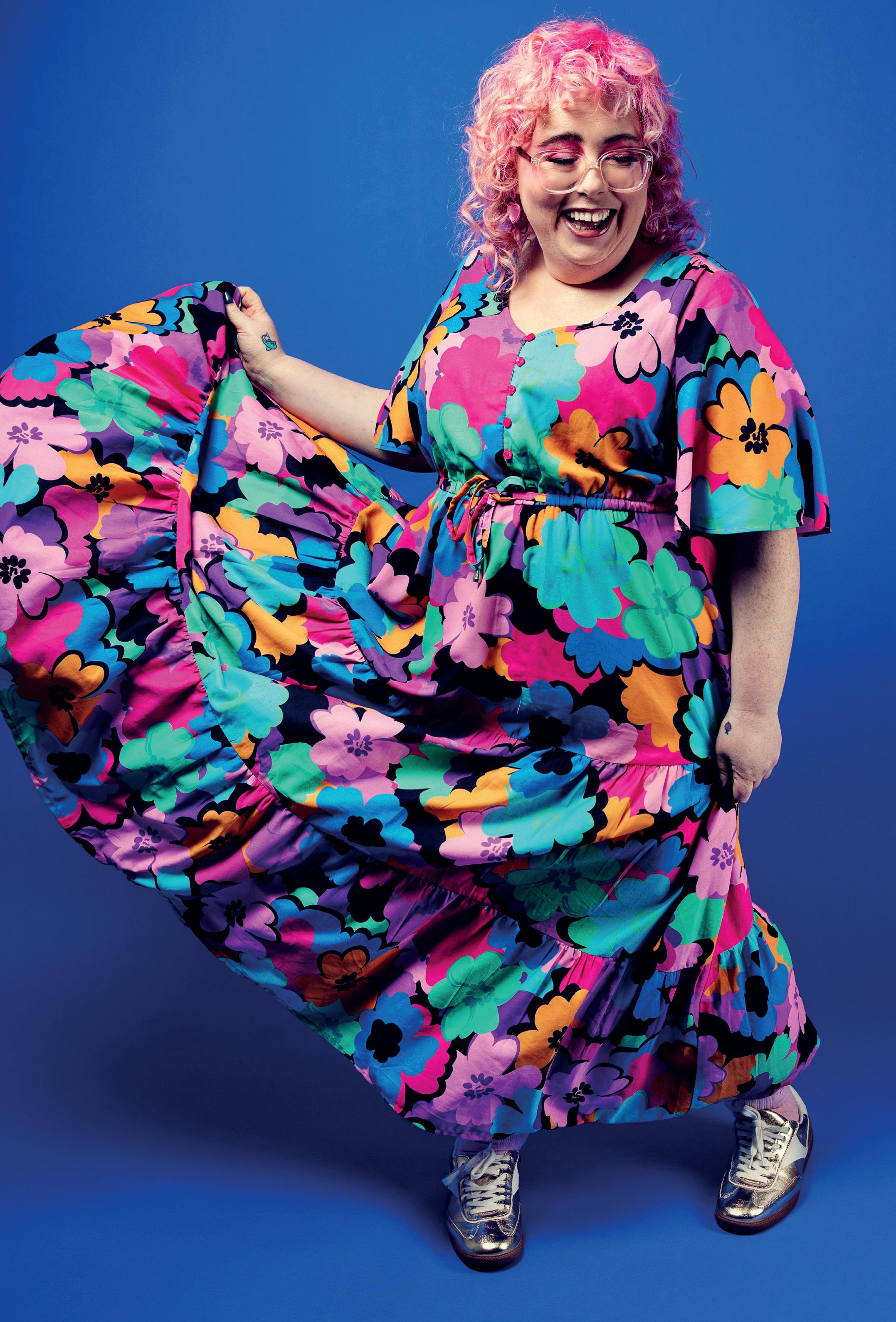






Comedy may largely be dominated by modern-day issues and dilemmas, but there’s a definite whiff of the Middle Ages permeating this year’s Fringe programme. Jay Richardson gets all medieval on your ass with a round-up of chivalrous shows
Monty Python And The Holy Grail casts an almighty shadow over depictions of medieval history in comedy, a giant metaphorical Trojan Rabbit catapulted over the castle ramparts at any mead-emboldened performers arriving at the Fringe. Yet noble quests still inspire the most motley of jesters, with former Edinburgh Comedy Award-winner Adam Riches resurrecting his Game Of Thrones-era Sean Bean to read Le Morte d’Arthur; Bebe Cave forswearing all suitors as a medieval maiden choosing Jesus and mysticism in Christbride; Spruce Moose Comedy playing disgraced monks-turned-gallants to a bardcore backing in Knightclub; and Madeleine Rowe reprising 2024 Fringe sleeper hit Knight, Knight Minneapolis-based clown Rowe is committed to ‘stupidity’ in their one-person retelling of the swordin-the-stone story, ‘having envisioned myself looking ridiculous in the costume, then begun thinking about a knight that became king and wasn’t supposed to.’ As with the Pythons, Rowe’s production budget doesn’t stretch to a genuine steed. Yet with little more than a child’s toy, an appeal to audiences’ imaginations and their willingness to participate, Rowe has transformed the romantic myth into ‘a relationship between a man and a horse.’
With shades of Equus, the show supplements its laughs with surprising tenderness. ‘The audience are standing up, shouting and crying for a hobby horse they met five minutes before,’ marvels the Gaulier-trained performer. ‘It’s so exciting for a clown when people are so into a story that they feel they can change it.’




The period undoubtedly encourages creativity, agrees Emily Knutsson, a Cambridge Footlight whose Fringe comedy debut, Me And My Year Of Casual Monasticism, is a loosely autobiographical account of a student negotiating sex and relationships through medieval satire and the teachings of St Benet. ‘There’s so little information compared to other times, it allows the historian to be a storyteller and make their own conclusions,’ the New Yorker argues. ‘It’s such a whimsical field of study.’
Prompted by a break-up, a ‘renaissance of artistic growth’ during a trip to the Vatican, and Heinrich Lossow’s painting ‘The Sin’ (portraying a monk and nun copulating during an orgiastic dinner in the Papal Palace in 1501), Casual Monasticism’s protagonist Mary ensures that Pope Leo ‘isn’t the only American taking the Catholic Church by storm this year,’ Knutsson declares.
Rediscovering herself in the monastic cloisters of Cambridge, Knutsson has instilled in Mary a passion for the chaos of the time: ‘the absurdities, the manuscripts with dragons, phoenixes and trees shaped like penises, so much amazing wonderment, so many fascinating women, before the yoke of society came down and a lot of the mysticism was squashed. I’m trying to turn medieval history into pop culture. Life is too short not to find the fun and magic in penis trees.’
Similarly, Luke Connell isn’t so interested in talking about kings and battles in his stand-up. A professor of medieval French literature at Durham University and regular act at the Nerds Just Wanna Have Fun night at The Stand in Newcastle, his preoccupation is with weird and wonderful depictions of animals in medieval art and tales of eccentrics that have endured for centuries. Connell says some people assume that the routines are ‘going to be boring because it’s medieval. But once they see the manuscript images, they can see the emotion and invention in them.’
Typically, 13th-century imaginations were working overtime with limited observational evidence, conceiving of nature as a craftsperson, he explains. This resulted in the same combinations of body forms for different species, with lots of sea creatures equivalent to land creatures. ‘So sea pigs,’ says Connell, ‘but also sea monks: fish with tonsure haircuts on their head. My favourite is the octopus. They knew it as a very dangerous creature, snatching sailors off ships. But often it was drawn like a dolphin, with big arms and gym biceps for grabbing humans.’
In Bloody Marvellous, Connell also enthuses about Eilmer Of Malmesbury, a ‘flying’ Benedictine monk of the 11th century who launched himself from the top of his abbey with a pair of self-made wings, ‘caught the wind, flew for a bit, crashed to earth but survived. Afterwards he said that he should have made a tail like a bird’s, because that’s how they balance. Rather than being a top-to-bottom bad idea, he’d executed it brilliantly because he only broke his legs.’
As a lapsed Catholic whose ‘incapacity to write about anything that doesn’t bring medieval history to the forefront’ is bound up with lingering religious guilt, Caitriona Dowden has also been drawn to the period’s mavericks and rebels. Having begun comedy just before the pandemic, the Oxford PhD student and Chortle Best Newcomer nominee’s latest Fringe hour, Dance Like Everyone’s Dancing, investigates the 1518 Strasbourg dancing plague. Popular theories for the mass outbreak of dancing mania, with victims jerking and jitterbugging themselves to death, include stress-induced mass hysteria, food poisoning and the consumption of psychotropic fungi.
However, Dowden prefers a Footloose-style scenario, that it was ‘some kind of social protest, because the clergy saw dancing as a sinful act and it was associated with female impropriety. We often see the past as really uniform and talk about medieval people as if they’re a monolith. So I like examples of anyone pushing against the norms, breaking out from what we imagine them to be like.’
Despite hiding inside a cardboard box as her character The Anchoress (a reclusive hermit bricked up in a cell, withdrawing from the world to focus on religious thoughts), Dowden is also investigating how divination with animal entrails can be used to predict modern-day elections and what our medieval ancestors can teach us. ‘Sometimes I worry that we overly romanticise the past or use it as escapism to try to not think about the state of the world,’ she reflects. ‘People have thought that society was in decline and we were living in The End Times for thousands of years. So we should draw some comfort from that; although I’m still evaluating how successful I’ve been on this feelgood component.’
Knight, Knight, Underbelly George Square, 30 July–24 August, 7.20pm
Me And My Year Of Casual Monasticism, Greenside Riddles Court, 1–23 August, 8.40pm
Luke Connell: Bloody Marvellous, Laughing Horse Brass Monkey, 31 July–24 August, 2.45pm
Caitriona Dowden: Dance Like Everyone’s Dancing, PBH Carbon, 2–24 August, 2.10pm; PBH Banshee Labyrinth, 12 August, 6.05pm; 13 August, 6.25pm.



















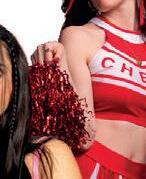



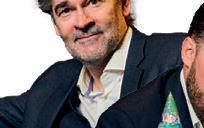


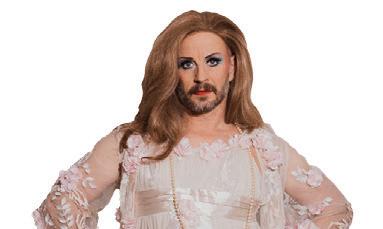





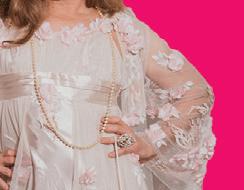



















































Finalists battle it out to take the crown in the cliamactic stage of the UK’s most prestigious comedy newcomer competition! Following months of regional showcases around the UK and Ireland, see comedy’s rising stars give their best performances in a bid to win So You Think You’re Funny? 2025. ‘Showcasing the standup stars of the future.’ (Comedy.co.uk)
Previous winners and finalists from the competition include Aisling Bea, Tommy Tiernan, Maisie Adam, Peter Kay, Lee Mack, Fern Brady, Rob Beckett, Romesh Ranganathan, Sara Pascoe, Daniel Sloss, and more.
21 Aug | 7.30pm | £16
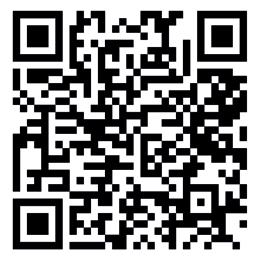
tickets.gildedballoon.co.uk






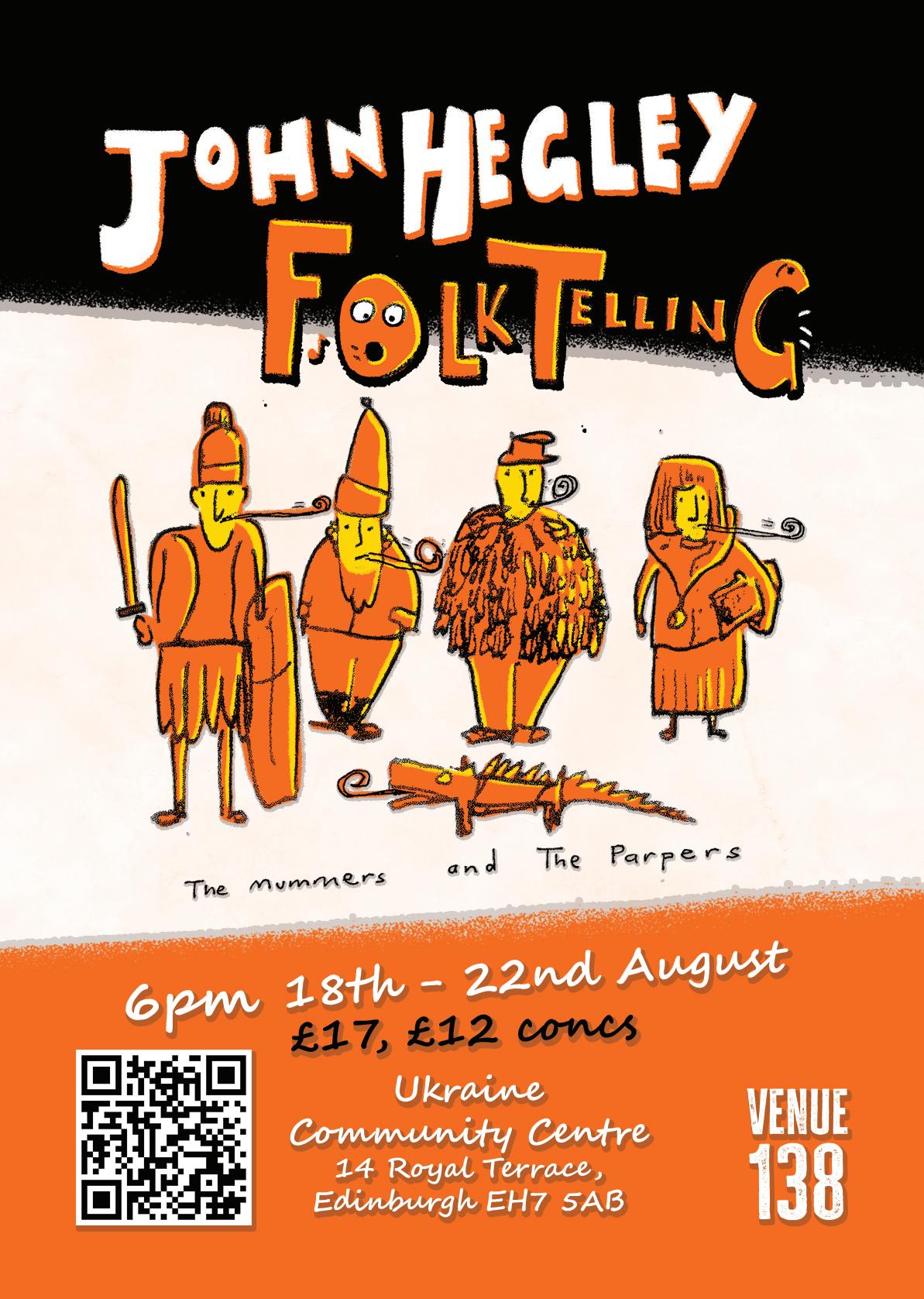

Permanently at war with a certain orangeskinned leader, Rosie O’Donnell makes a Fringe debut with his most recent mad outburst ringing in her ears. James Mottram talks to this film and TV star about the lengths she has gone to protect her child from a homegrown culture of bigotry
When Rosie O’Donnell takes to the Gilded Balloon stage, it’s likely to be a highly charged affair. Her first live show in nearly a dozen years, Common Knowledge came about because the 63-year-old Emmy and Tony-winning actress/writer/comic/ presenter recently moved to Ireland with her 12-year-old daughter Clay; an emotive, politically tinged decision. This multimedia show will be ‘more than just a comic with a mic,’ she promises, when we speak over Zoom, just two days after settling into her new home in a Dublin suburb. ‘It’s going to begin with my mother’s death in 1973 and go up to current day, moving at 63 with an autistic 12-year-old, getting over here and figuring it all out.’
Unsurprisingly, upping sticks has been ‘a big adjustment.’ O’Donnell may have a cosmopolitan career, from co-starring with Madonna in 1992’s baseball movie A League Of Their Own to hosting her own talk show to popping up in And Just Like That as well as Curb Your Enthusiasm, but having four older children with ex-wife Kelli Carpenter, she’s never been a great one for journeying outside of the States. ‘I like staying home,’ she admits. ‘I like being near where my kids are.’
An outspoken critic of Trump, O’Donnell felt the urge to finally move when he won his second term in office, leaving behind America. ‘I was never leaving it for

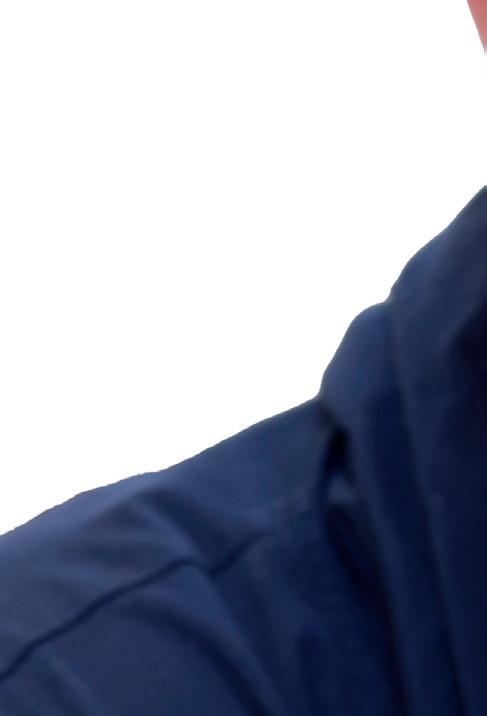
















good, but I was leaving it for as long as it takes to right the wrongs that are happening now. And having a non-binary, autistic, special-needs child gives you a whole other area to worry about. Who knows what it will turn out to be for their journey and their life?’
O’Donnell, who adopted Clay in 2013 with late ex-wife Michelle Rounds, is clearly fearful of what’s happening in America, especially regarding discrimination towards trans and non-binary people. ‘It’s like the country is going backwards. And I really didn’t feel safe and felt as though I needed to prioritise my mental health, so I thought that moving to Ireland would be the healthiest choice for me and my family.’
All of this gives her fuel for a new one-woman show, a production she hopes will ultimately play in London, New York and Ireland after this ten-day Fringe run (in what is her first-ever appearance here). You suspect one person who’ll be keeping an eye on reviews will be Trump, who has been engaged in a war of words with O’Donnell for two decades now, most recently claiming he was giving ‘serious consideration’ to taking away her US citizenship.
It all goes back to 2006, long before Trump’s political career, when O’Donnell exposed ‘that he had been bankrupt, that he wasn’t a successful businessman, that he had all these sex-abuse charges; I just told the truth about him and he went absolutely crazy. He has never forgotten it, and he’s never turned down an opportunity to defame and deride and diminish me, but I’m very proud to know that I am against every single thing that he is and he believes. It’s a bold position to be in at this time in the world, to be opposed to him.’
O’Donnell, whose mother was Irish-American and whose father came from County Donegal, has found locals ‘unbelievably welcoming’ since moving. ‘It’s a whole different world,’ she says. ‘Politically, people are much more unified here about what they think about what’s going on in America and what they think about what’s going on in Israel. And my political leanings are very much in line with this country more so than they are with my own right now.’
The fact she can go about her business, with just the occasional nod in a restaurant or pub, has also been a delight. ‘It reminds me of before I was famous, because Ireland doesn’t have the cultural obsession with fame that America has. They don’t hold people in hierarchies based on their notoriety.’ It’s also meant she’s been able to peacefully refine her stage show in 100-seater clubs in Ireland, before coming over to Edinburgh. And she’s raring to go. ‘There’s nothing like performing live,’ she smiles. Trump, watch out.
Rosie O’Donnell: Common Knowledge, Gilded Balloon Appleton Tower, 1–10 August, 8.45pm.


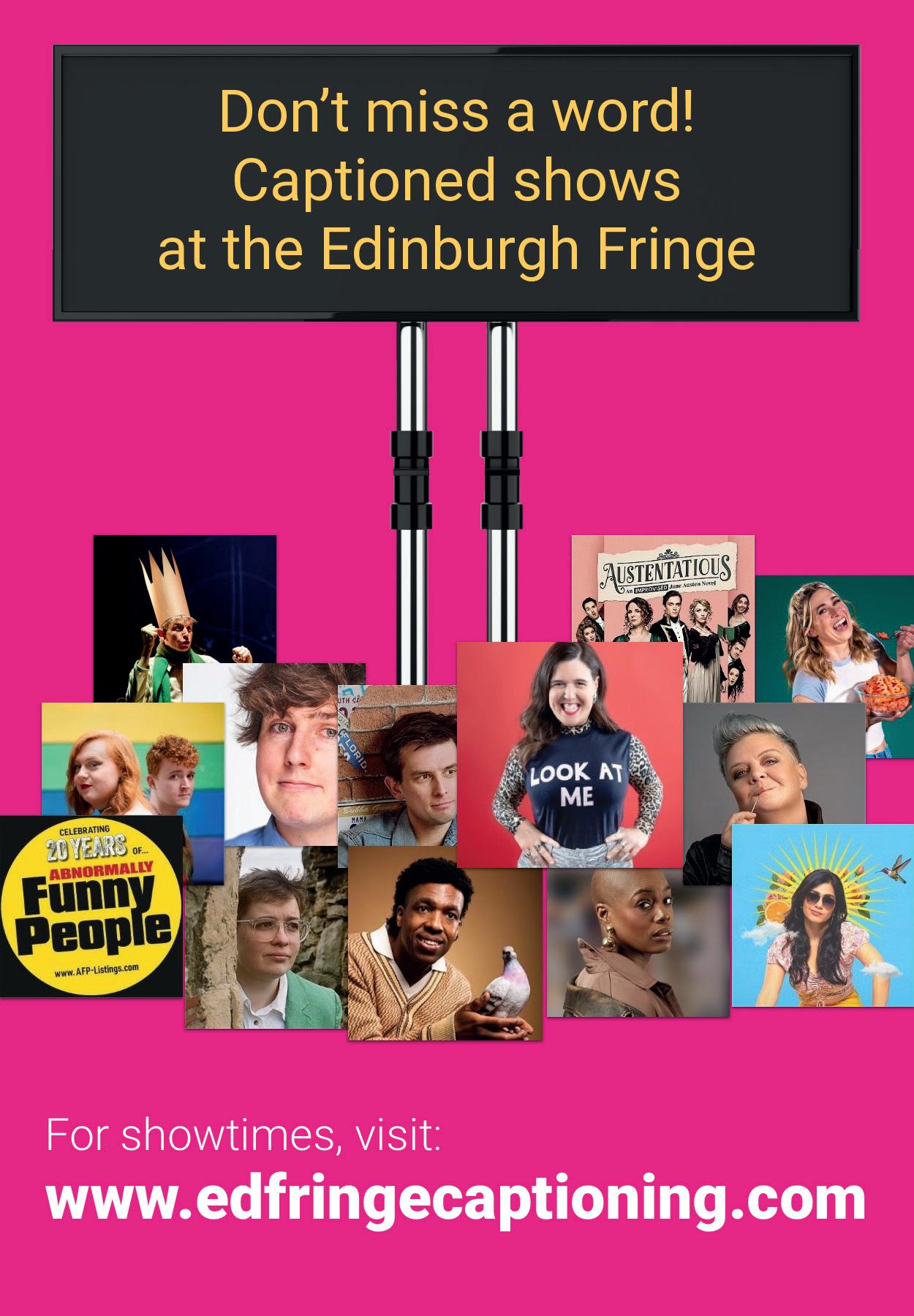












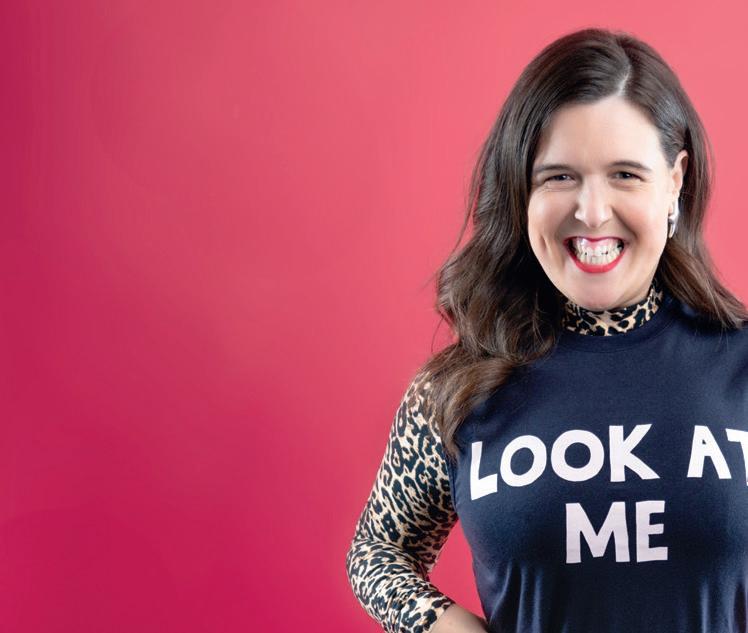
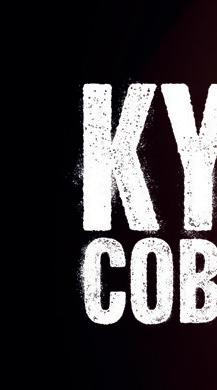











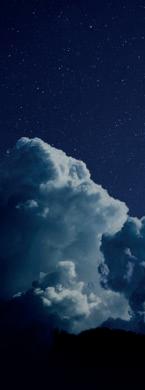

































































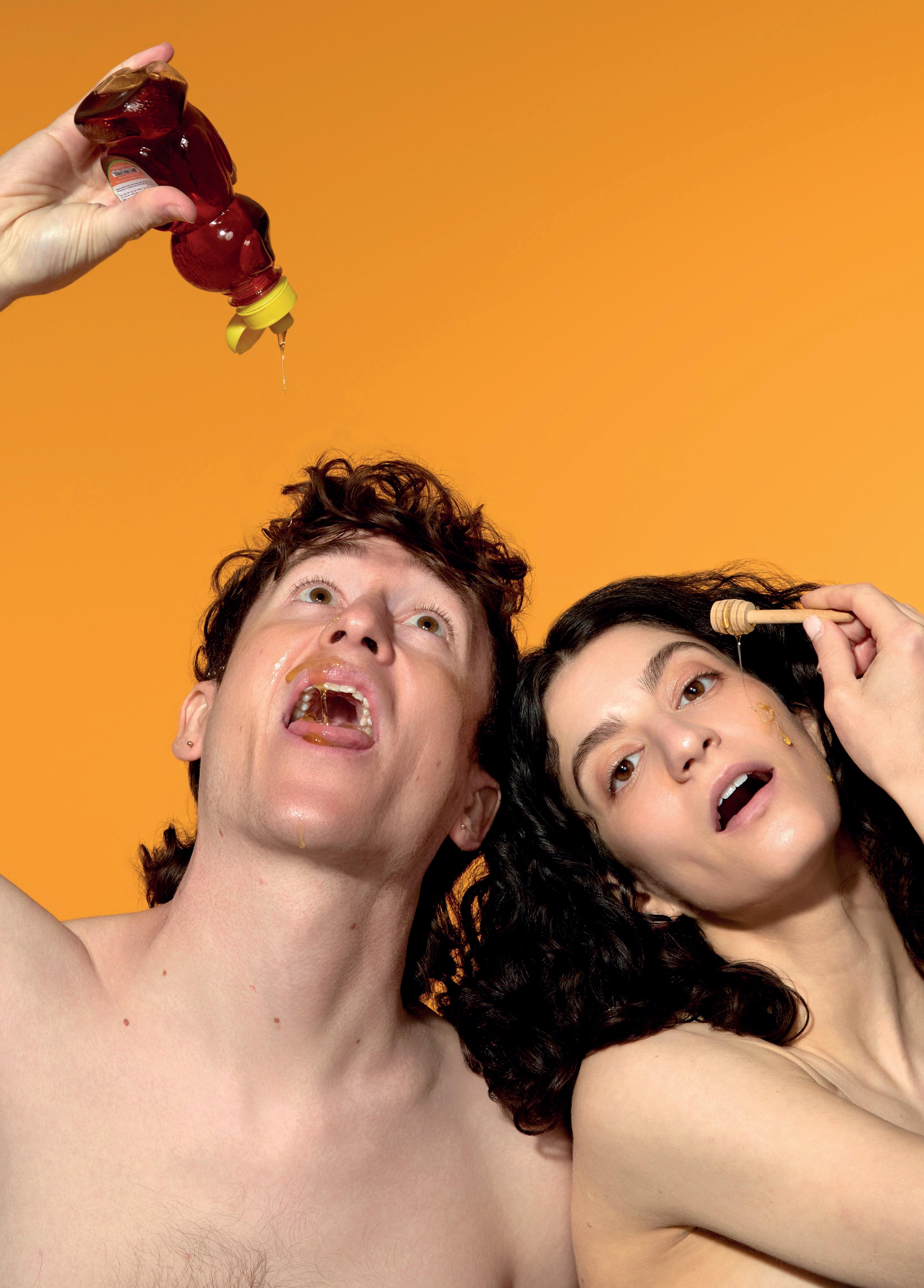
It’s meant to be one of the best days of your life. But for Marnina Schon and Micah O’Konis, their wedding prep turned into a nightmare . . . and then inspired a comedy show performing together as Couplet. Rachel Morrell learns how a supportive rabbi came to the rescue and why there’ll be no wasted tears during their Fringe run
Was there rain on your wedding day? Did the caterers drop the ball? Did a guest wear white? Well, Couplet, the duo behind Honey Honey Moon Moon, have a story to knock all those wedding disasters into a cocked hat.
During almost a decade together, real-life newlyweds Marnina Schon and Micah O’Konis have supported each other through everything from queer-identity journeys to forming a musical-comedy duo. ‘We write everything together, and love the same smart, sensitive, but goofy musical comedy,’ says Schon. ‘We’re both big fans of Flight Of The Conchords, so when we moved in together, >>
we both had the DVD, and were like “well, I’m not getting rid of mine, and we need a backup.” Now they sit on the shelf beside each other.’
With such compatibility, you’d expect wedding planning to be a dream. But the story of their nuptials was not so simple. The narrative of their latest show began to take shape in January this year, when catastrophic fires hit Los Angeles. ‘Our venue burned down a month before the day,’ explains Schon. ‘There was a moment when it seemed like LA was done. We thought “are we really going to get married in a month?” It felt frivolous, like we’re not reading the room. But our rabbi said “people need something to give hope for the future, to come together for.”’
With the rabbi’s support, they set about making the wedding of their dreams. ‘She took us through the process of adapting a lot of the traditions so that they could be more egalitarian,’ says O’Konis. ‘And we’ve invented a version of her for our very cool rabbi in the show: she does a kick-flip down the aisle.’
So, despite bed bugs and a judgemental couple’s therapist along the way, the pair quickly turned their nightmare into comedy. ‘It was literally the day after our wedding. We’re like “so we’re rewriting our show, yeah?” We needed something brand new,’ recalls Schon. O’Konis adds: ‘we lost some favourites, like one of our pieces of advice was “the couple that farts together, stays together,” and we were sad having that on the cutting room floor.’ Schon chips in: ‘but we thought “this is the year, we’re on our honeymoon, so let’s do this now.”’
With the direction of Fringe veterans Chris Grace and Eric Michaud, classically trained Couplet quickly picked up the violin and guitar again, bringing an hour of silly yet surprisingly meaningful songs to the stage, including ‘Our Wedding Venue Burned Down’. They parody every genre, from folk and metal to an upbeat children’s track called ‘So Fucked It’s Funny’, giving us all a reason to laugh (or cry) at the chaos of current affairs. But what do they expect in return? ‘We hope people leave feeling happier, with a little pep in their step, humming along to whatever song is stuck in their head,’ says O’Konis. ‘We’ve been together so long and gotten through a lot of things by laughing. And so our hope is that we can find a way for people to also laugh about the hard stuff. And crying is a nice little bonus, because we collect the tears. They power us.’
Couplet: Honey Honey Moon Moon, Assembly Rooms, 31 July–24 August, 6.25pm.

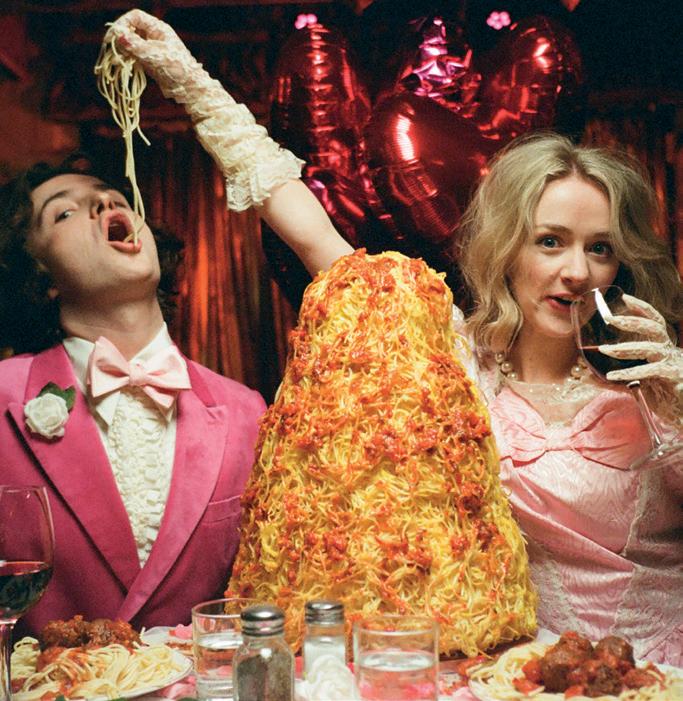
Not to be confused with fellow comedic double act Mel & Sue, Mel & Sam (Pleasance Courtyard, 30 July–24 August, 8.45pm) are largely absent from British TV screens but have been going down a storm on Australian stages for some time now. The Platonic Human Centipede is their weirdly titled new hour featuring songs and sketches galore. There would normally be music afoot when the actual real-life Dempsey sisters morph into Flo & Joan (Shedinburgh, 3 August, 6pm) but in The Birds, The Birds!, they perform a script-inhand play about The Old Woman Who Lives In A Shoe. A one-evening treat as part of this year’s Shedinburgh shenanigans.
More bona fide sisters here in the form of Marina and Maddy Bye with a new set of sketchy routines as Siblings (Pleasance Courtyard, 30 July–24 August, 8.20pm). This year, they are proud to announce themselves as Dreamweavers. Absurdist improv is the name of this game from The Electric Head (Just The Tonic Mash House, 31 July–24 August, 5.55pm) aka Al Ronald and Cy Henty, while Ada & Bron (Pleasance Courtyard, 30 July–24 August, 11pm) explore The Origin Of Love in an hour featuring oddball soulmates and cursed couples.























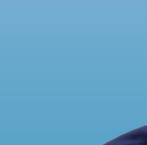



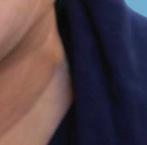


























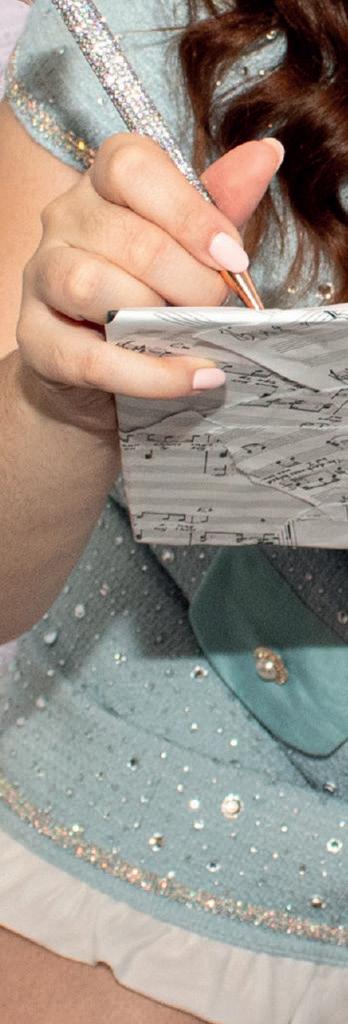



























































I’m probably about 18 months away from a bandana and moving to Cuba with a guerrilla army
Scottish stand-up powerhouse Susie McCabe talks class, comedy and Connolly. Jo Laidlaw tries to get a word in edgeways . . .
Tell us a little bit about your new show, Best Behaviour I had a heart attack last year, so the show is about having a heart attack when you’re 44, getting healthy and the expectation that you’ll change your life. And how everyone has an opinion on your heart attack, and how to live your life, which they’ll tell you while they’re taking a line of cocaine, while I’m like ‘I don’t even know you, you’re a total fucking stranger to me.’ It’s wild.
You’re also doing a Scottish Comedy Legends slot at The Stand Oh, yes, I am. I’m getting interviewed, right? I’m a legend [she cracks up]. I can’t believe I’m that old now.
I know you’ve done a good bit of telly and podcasting, as well as being an actual legend, but would you still say you’re a club comic? Yeah. I’m a club comic. But that’s sometimes sneered at, especially in Edinburgh. They’ll say ‘they’re a great club comic’ and we all know what that means . . . but you can never underestimate the positives of being able to play a club. That’s what keeps you fit. That’s the job. The Fringe is not the job. The Fringe is the work trip, the presentation. Some people get that the wrong way around: no, no, no. It’s the other 49 weeks of the year that matter.
What’s your favourite place to perform? The Stand, Glasgow, every day of the week, twice on a Sunday. The greatest room in the United Kingdom to be a stand-up. When I started out, people would say ‘you’ll never learn playing The Stand’ and they were right, because it’s so perfect. It’s like playing football on a bowling green. You need to do the asphalt parks and the bumpy pitches to appreciate that getting to play that stage is your reward. So many people don’t acknowledge that. I hear them in podcasts going ‘I need to play that Hydro.’ That’s like me saying I need to play the Hollywood Bowl. Fuck off and have a word to yourself. Don’t be mental. Not everybody’s The Beatles. If the King’s is good enough for Connolly, it’s good enough for your groundbreaking five minutes.
That’s a great opening to talk about you winning the Sir Billy Connolly Spirit Of Glasgow Award in 2024. I’ve rarely seen anyone so delighted to win a prize Billy gets to see the videos, so when he said I’ve got this wonderful Glasgow way of lecturing my audience, I’m like ‘yes. Yes, I do. You’re quite right Billy, and it’s your fault I do that, because you’re my guy.’ And when he says ‘keep doing it for women and keep doing it for lesbians,’ forbye the sentiment, that tells me the man is still that old socialist hippy. He’s never, ever punched down. Go back and dig out any Billy Connolly album, watch any video; you will be hard-tasked to find something that’s not appropriate in today’s world.
Is it still important to have female and lesbian role models? In Femme Fatality [her 2023 show], I talked about lesbians on TV. There was Sue Perkins, Sandi Toksvig: very intelligent, looked a certain way, had a certain type of persona. And that’s great, because that was visibility. But I never really found any lesbians like me. Nobody spoke about me. But we’ve got a terrible affliction in this country towards the working class. We laugh at poverty, whether it’s Only Fools And Horses or Still Game. I’ve never known a nation so obsessed with class. Our grandparents rebuilt the country after the war, and between 1945 and 1979 the inequality gap in Britain narrowed. And then 1979 happened, inequality got bigger, and we became a self-centred nation. Then you’ve the heroin epidemic and ‘oh, they’re all dole-scroungers’; that came from de-industrialisation. So when commissioners or editors or directors make a sitcom or sit in a writers’ room, they have a perception of a feckless working class, even though they don’t know people like that. That goes on our television and perpetuates the myth. I’m all for having more visibility for my own community and for women, but let’s get the working class going too. But they don’t want to show that, because then we would become united.
You’re not mellowing, then? I’m getting worse. Honest to god, I’m probably about 18 months away from a bandana and moving to Cuba with a guerrilla army. Auld Che Guevara McCabe.
Finally, is there anything else you’d like to cover?
I’ve told you enough, Jo. I’ve told you enough. Tell my agent that’s the best interview you’ve ever done. Tell her to get me in with everybody. Tell her Susie’s fucking on it . . .
Susie McCabe: Best Behaviour, Assembly George Square, 30 July–24 August, 8.35pm; Scottish Comedy Legends: Susie McCabe, The Stand 3, 21 August, 12.15pm.


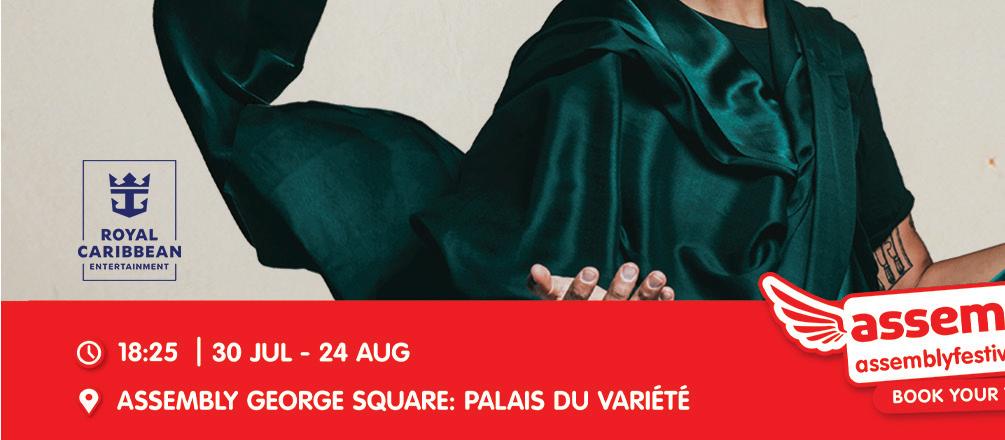












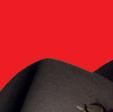




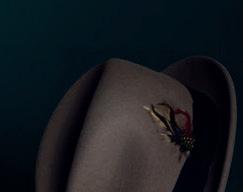
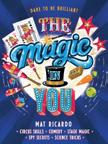


















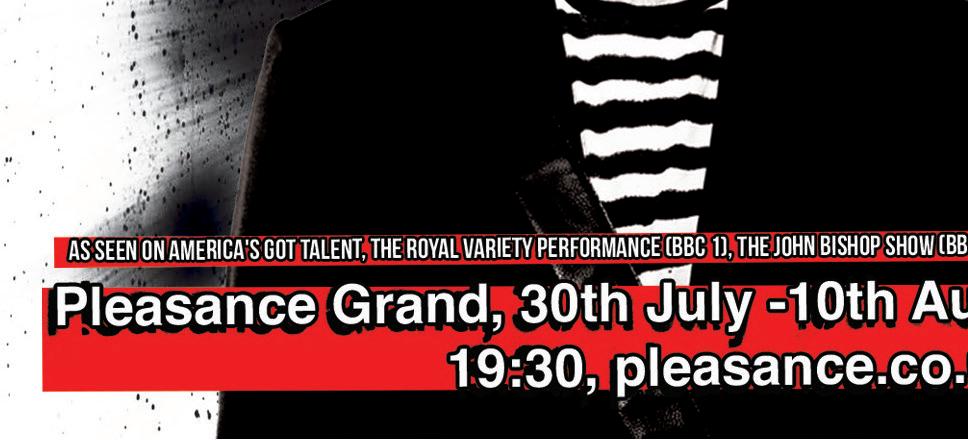














American stand-up
making her Edinburgh




Zainab Johnson may be making her Edinburgh debut, but she’s got plenty of form in the industry, with a Prime special already under her belt. As she arrives in town with Toxically Optimistic, Johnson muses with Claire Sawers about inclusion, idols and identity
>>

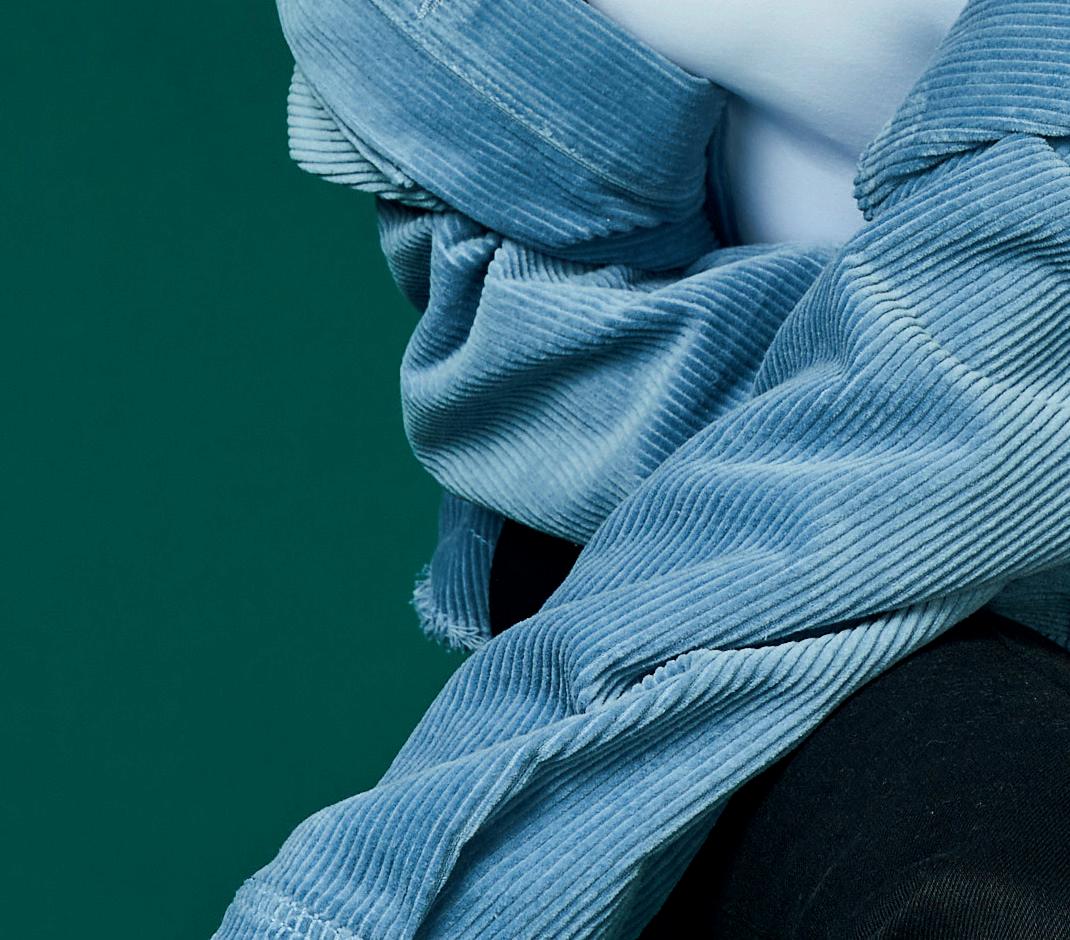



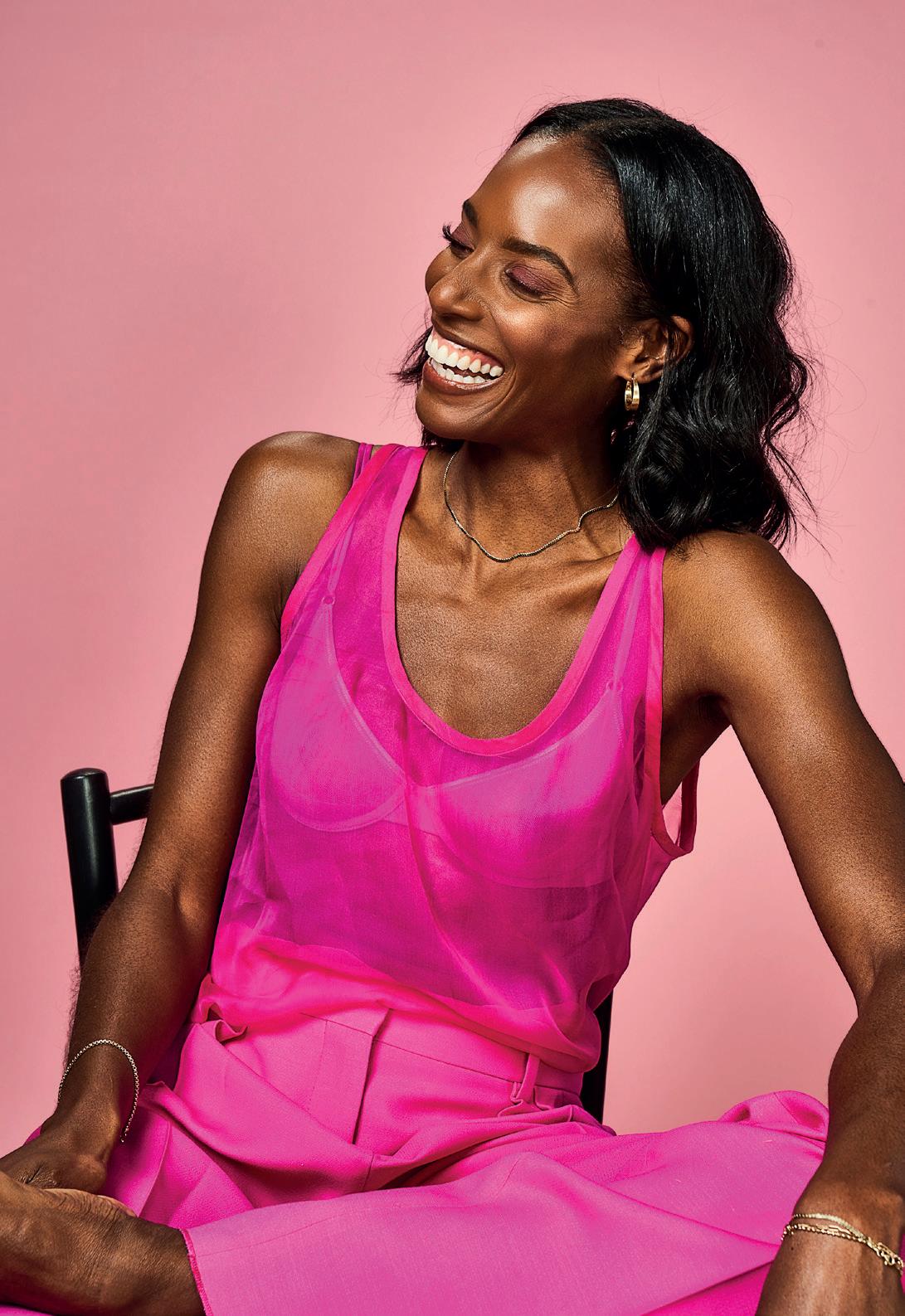
A‘s an artist, I like to put medicine in candy. It’s gonna seem like I’m talking about one thing, but then you’ll realise I’m talking about something else.’ Zainab Johnson is chatting over Zoom from her Los Angeles home. It’s breakfast time in California and she stops occasionally to pop organic cherries into her mouth. Johnson appeared in her own comedy special in 2023 on Prime, Hijabs Off, where she described herself as ‘the diversity trifecta; black, Muslim and a woman.’ She discussed being one of 13 siblings, raised in Harlem, with smart, savvy material on the world of dating, the prison industrial complex, and that time her family went to a bar to cheer on her stripper sister. Now she’s about to perform in her first Edinburgh Fringe with Toxically Optimistic
‘The beautiful thing about stand-up is it has always been the genre to say “fuck it”. The comedian’s role is to say what people are thinking. The questioning, the Not Safe For Work stuff. I lean into two things. One: being authentically myself. Two: in the midst of so much fear, chaos, negativity, I’m trying to propose a lighter option. Making the choice to look down the road of optimism. I think that’s really important. Especially as any DEI [diversity, equity and inclusion] initiatives are being rolled back politically in the US right now and mediocre straight white guys are running everything.’
Besides being a stand-up, Johnson is an actor (you can find her in TV sci-fi comedy Upload, also on Prime) and hosting her podcast HonesTEA With Z. But stand-up is where she lets audiences in on her world. Before Edinburgh, she’s gigging in America, then London, but doesn’t feel her set will need too much tweaking. ‘Social media and the internet has been a great equaliser. I feel like I know the big things that are happening globally, and the US is a big conversation right now. Every place is getting American culture. I don’t like to pander to people. When I get onstage, I want everyone to leave saying “oh, I was at her house for an hour.”’
Johnson has a maths degree and worked briefly as a science teacher before going full-time with comedy. Since her first open mic in 2010, she has a healthy attitude to critics and audiences; in a nutshell, she tries not to stress too much about either. ‘If the audience doesn’t get me, or just takes it on surface level, I’m ok with that. It’s not my job to decide how the audience will receive it. It’s my job to decide what I want to talk about and make it as funny as possible. I’m showing up as my best comedic self and being the thing that I did not see growing up.’
She remembers loving Eddie Murphy’s Raw and looking up to Whoopi Goldberg, a huge star she saw in films. But it wasn’t until college that she discovered underground comedy clubs and began really appreciating the artform of stand-up. ‘That’s when I saw the Bill Burrs, the Patrice O’Neals, Wanda Skyes, Marina Franklin; all getting these ideas in their heads across to 100 strangers.’ Johnson doesn’t drink for religious reasons and looks forward to discovering ‘her thing’ in Edinburgh, besides pub culture. ‘I love running Hyde Park. Or in Montreal, for Just For Laughs, I rode bikes around town. I socialise in a different way. And yeah, doing my morning prayers, going to the masjid [mosque]. Being Muslim centres me, makes me confident. It’s a big part of what helps me not feel too beat-up-on by the world. I know it’s gonna be great in Edinburgh. Not the beginning or the end-all, just a cool, small part of my overall journey.’

What does it mean to be a slob? In the pertinently titled Slob, Molly McGuinness (Monkey Barrel Cabaret Voltaire, until 24 August, 2.55pm) examines her own life and considers when it's good to slob out as opposed to when it's imposed upon you. Steffan Alun (Hoots Apex, 31 July–25 August, 9.30pm) certainly has the perfect title for his debut show with Stand Up. Might have been done before, but no harm in that. This opening hour covers sexuality, ADHD, culture and Wales (he’s Welsh, by the way).
Alex Berr (Just The Tonic Mash House, 31 July–24 August, 12.35pm) is not just a comedian, she’s also a scientist. Her inaugural affair looks at the research she conduced into a rare form of cancer which rather tragically came very close to home. Japanese-Jewish comedian Dylan Adler (Pleasance Courtyard, 30 July–24 August, 7.30pm) offers up an hour of high-energy musical comedy featuring material about growing up as an identical twin and how he was bullied in two languages as a kid. Also on the high energy end of things is rap comic Amelia Hamilton (Pleasance Courtyard, 30 July–24 August, 9.45pm) who has music-based battles with her own thoughts and is on a mission to be remembered.

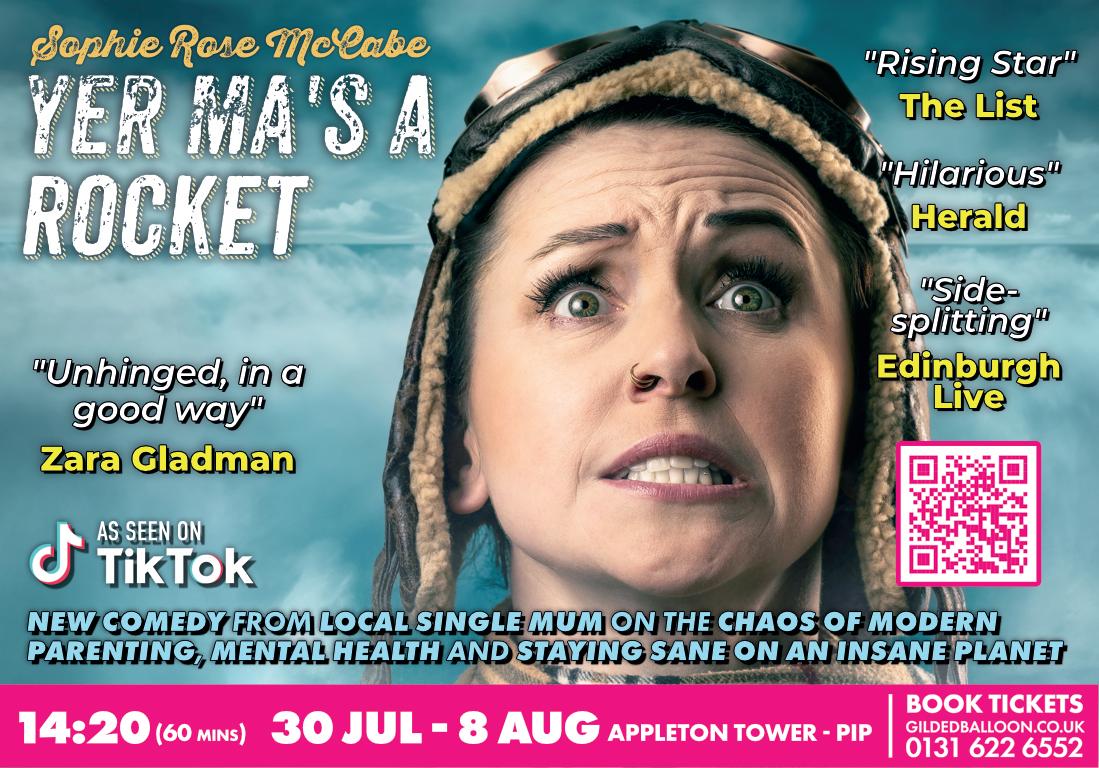

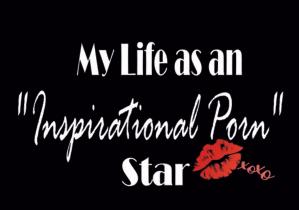













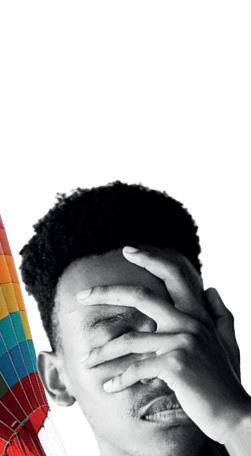
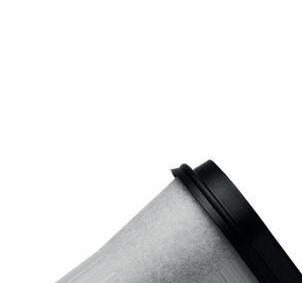

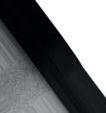


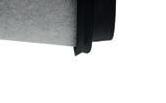





The Tom Hanks movie Cast Away as an allegory for autism? That’s the intriguing backdrop to Narin Oz’s new hour. She talks to Marissa Burgess about accidentally discovering clowning and the power of the poo emoji









Narin Oz is back at the Fringe with her first official show in 11 years. In 2014 she invited us into her car for a very intimate performance that inventively wriggled around, refusing to be labelled (other than attempting to make us fall in love with her). She toyed with other ideas for a couple of work-inprogress pieces but now she’s returning with Inner Child(ish), a show she’s fully happy with.








Oz is autistic, most of her life and energies having been spent navigating the world in a cycle of masking then crashing. Having reached a ‘vintage’ age, she’s now more comfortable in her own skin. ‘I feel very ready; I’ll have a story to tell with this new show and it’s all about how to waste your own time on your own terms,’ she says. ‘I’ve wasted a lot of my time on things that didn’t matter, worrying about what people think of me and about being autistic, and this show is all about reclaiming your self-worth by re-enacting scenes from the movie Cast Away.’
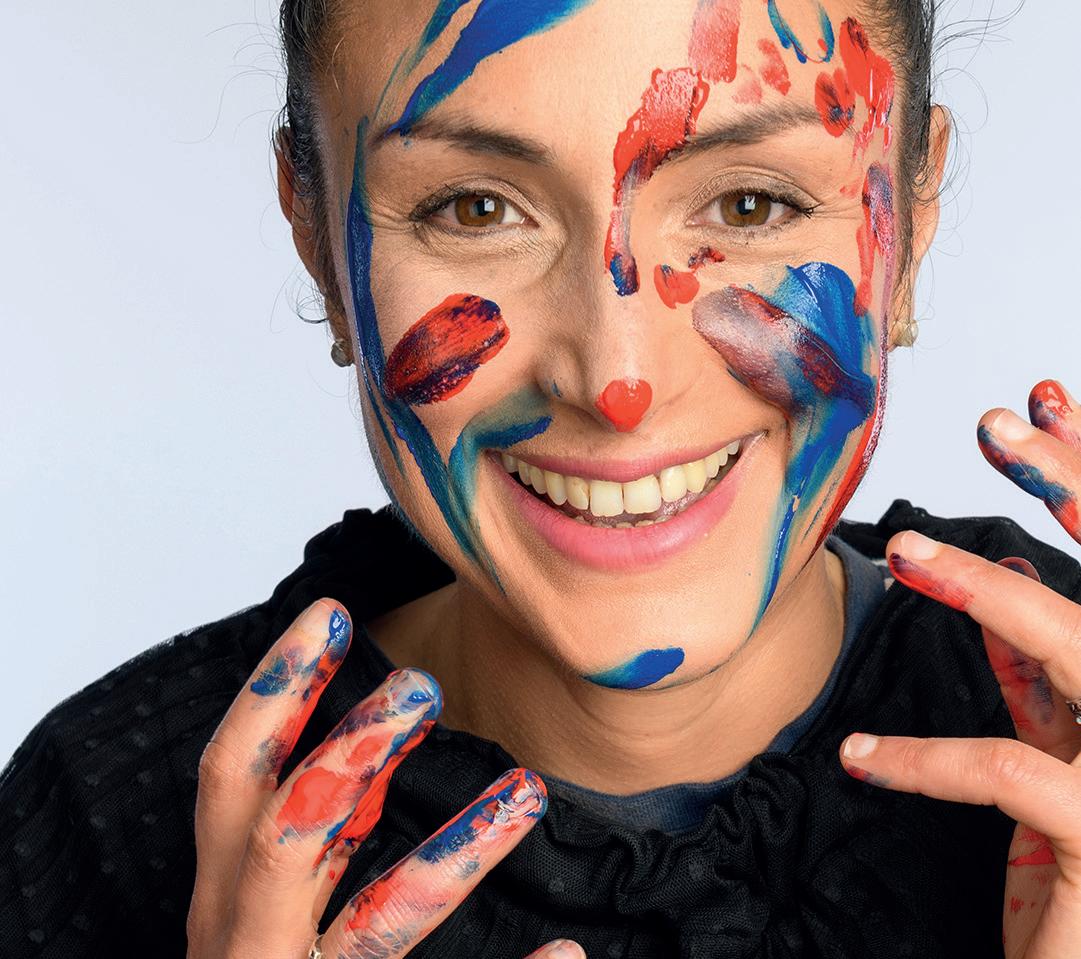






yourself, learning to pick up the pieces. The show itself
The Cast Away influence is strong. The 2000 film features Tom Hanks as a high-flyer whose plane crashes into the sea: as a result, he finds himself the sole survivor on a desert island. ‘For me, it was an allegory for autism. You work at such a high pace and you focus, but then it’s too much. Then you have the meltdown. Then post-meltdown you’re by yourself, learning to pick up the pieces. The show itself is all about how I became friends with my own brain and trusting the universe.’





said “no, it’s clown.” I realised you don’t actually need
Narin Oz: Inner Child(ish), Just The Tonic Mash House, 31 July–24 August, 4pm.


As a coping mechanism against the loneliness, Hanks draws a face on a ball and calls him Wilson. Oz has her own unique version of that ball: ‘I have an inflatable shit emoji, because you could run away to India to find yourself but you still take your own shit with you. It’s the bit that I don’t want people seeing; but in this show, all that rubbish is just laid out there in a stupid way.’ Oz pretty much fell into doing comedy. While studying performing arts at uni, she found herself naturally using mockery a lot and discovered people found it hilarious. ‘I did stand-up without even realising what I was doing. I wasn’t being disciplined with it. I didn’t know set-up/punchline. I was just doing things that I thought were amusing for myself. Then I saw Cheekykita, and I was like “what you doing? Why is this funny? And it doesn’t have a punchline?” She said “no, it’s clown.” I realised you don’t actually need the set-up and punchline. You can just make things funny.’


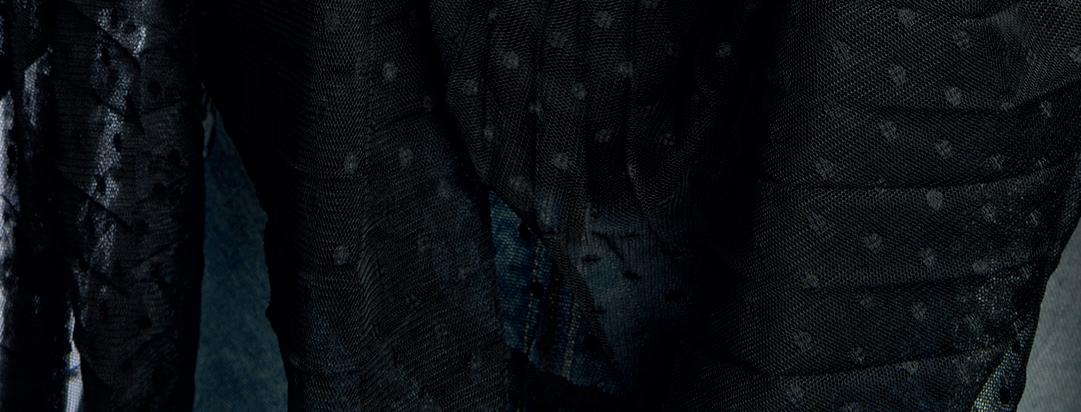
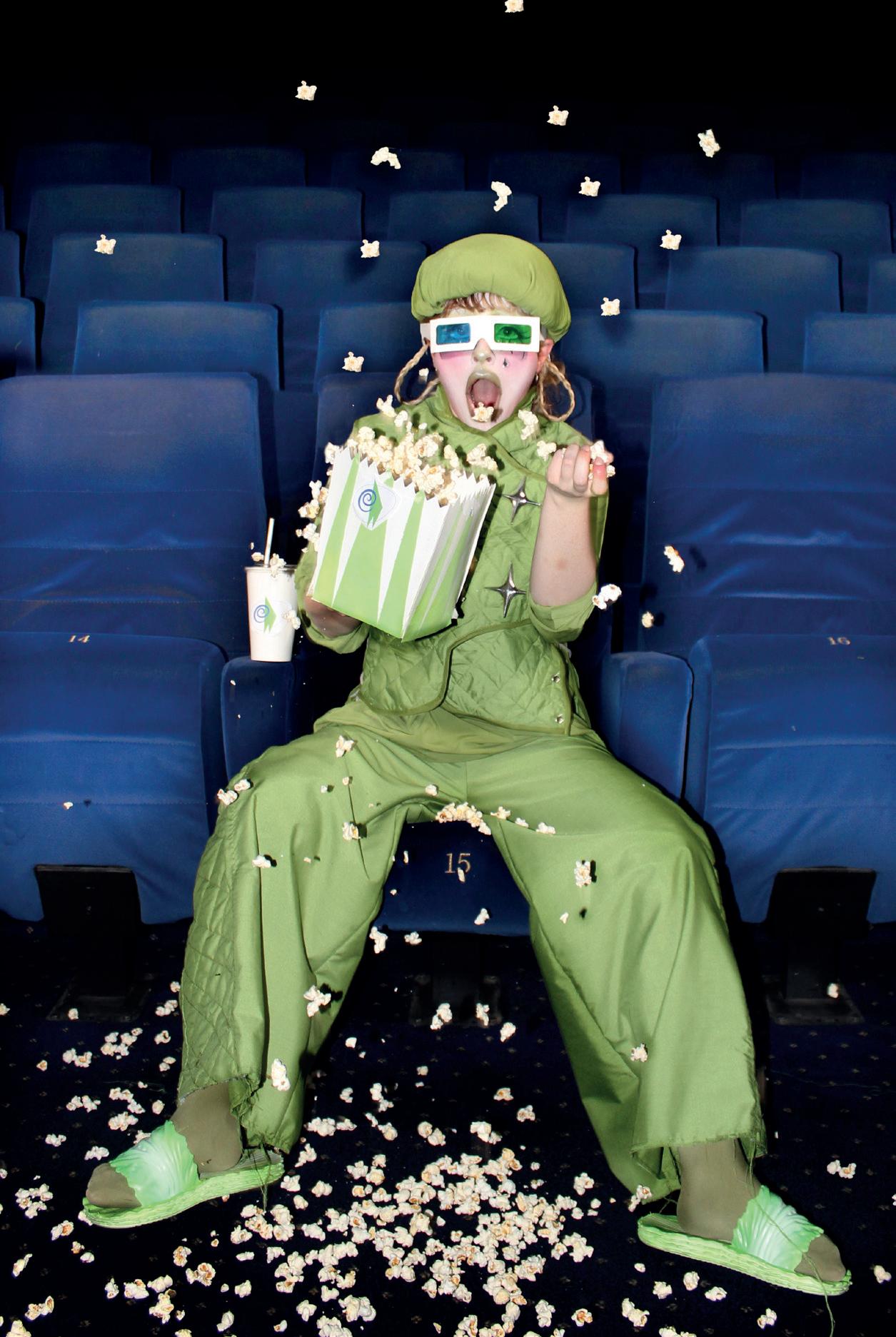
‘A delightful faff with huge rewards,’ says Cabbage The Clown of Cinemadrome, the drag artist’s Edinburgh Fringe debut. ‘I have over 80 tech cues for this buffet of genres, but it works; it flows.’ With over eight million views online for their genre-bending multimedia dragclowning, Cabbage knows how to hold an audience, but a live audience is a different beast. Audiences can expect a wild ride, but what exactly is Cinemadrome?
‘Movie references. A never-ending story. Good feelings. Good vibes. A good time. Love story. Scandal! Crying! Oh wait . . . eye drops. Cleaning up. Making a mess. Getting the job done! And so, naturally, it’s relatable. Wholesome. Unforgettable. Trash.’ Confused? Don’t worry. For anyone unfamiliar with their style of comedy, Cabbage offers some stats: ‘5% jokes, 95% me falling over. Gay, drag, props, costumes, safety pins, tape and a dream. But overall good, I think.’
Cabbage The Clown is the brainchild of Eliza Nelson, who trained in costume construction at the Royal Central School Of Speech And Drama. They’ve since won major drag competitions, performed in Leicester Square for London Pride, and produced sell-out drag nights. So, a Fringe debut feels like the next step. ‘I’m excited!’ says Cabbage. ‘I have huge wild fanciful ambitions of seeing lots of clown, drag, comedy, magic and puppetry from around the world. I don’t know how much time I’ll have on my hands to do that, but those are my dreams.’
And then there’s the classic Edinburgh rite of passage. ‘Everyone wants me to climb that big hill or whatever but I really don’t think that is my story . . . I’m gonna have to climb it, aren’t I?’ Yes, Cabbage, we think you are. (Ione Gildroy)
n Underbelly George Square, 30 July–24 August, 9.45pm.
‘Funny, angry, and misanthropic’ is how Rosco McClelland describes his new stand-up show, How Could Hell Be Any Worse?. The 2025 Sir Billy Connolly Spirit Of Glasgow Award winner is returning with the final part of what he sees as a comedy trilogy.
McClelland’s big award win has cemented the Glaswegian comic’s confidence for this year’s Fringe (presumably as did his ranking of number 55 on The List Hot 100 back in December). ‘Being told you’re funny by the best to ever do it is a huge honour. It’s important for me to be my own harshest critic, but I gave myself a bit of slack after that one!’
With his quick, chaotic and even erratic comedic flare, it’s no surprise that McClelland uses adrenaline to stir up new material. ‘I tend to do a lot of writing when I’m driving to/from a show because the anticipation seems to make my brain fire into gear,’ he explains. ‘If I remember it, then it’s good enough, and if I don’t, then it isn’t worth saying.’
McClelland’s scream of a show last year, Sudden Death, went deep into his heart condition and how ‘living on borrowed time’ has influenced his perspective on life. And true to the comic’s edgy and intense character, we can expect similar dark themes with his new material. ‘There’s going to be some more serious themes . . . “under the surface” is a good choice of words for something I’ll be talking about,’ he hints cryptically. (Rachel Cronin) n Monkey Barrel Cabaret Voltaire, 30 July–24 August, 8.05pm.


















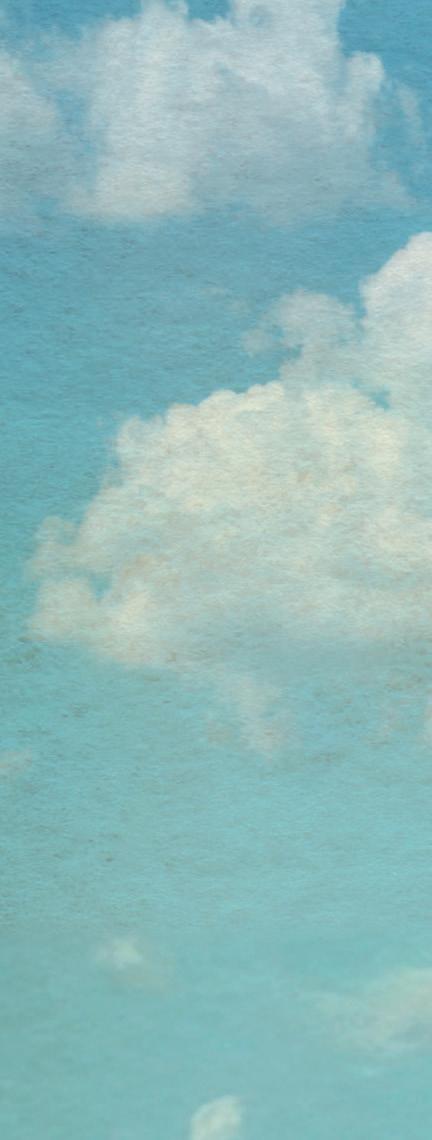
















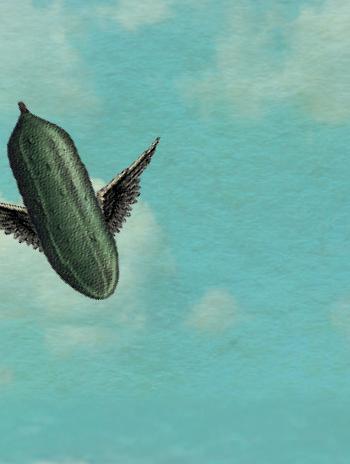

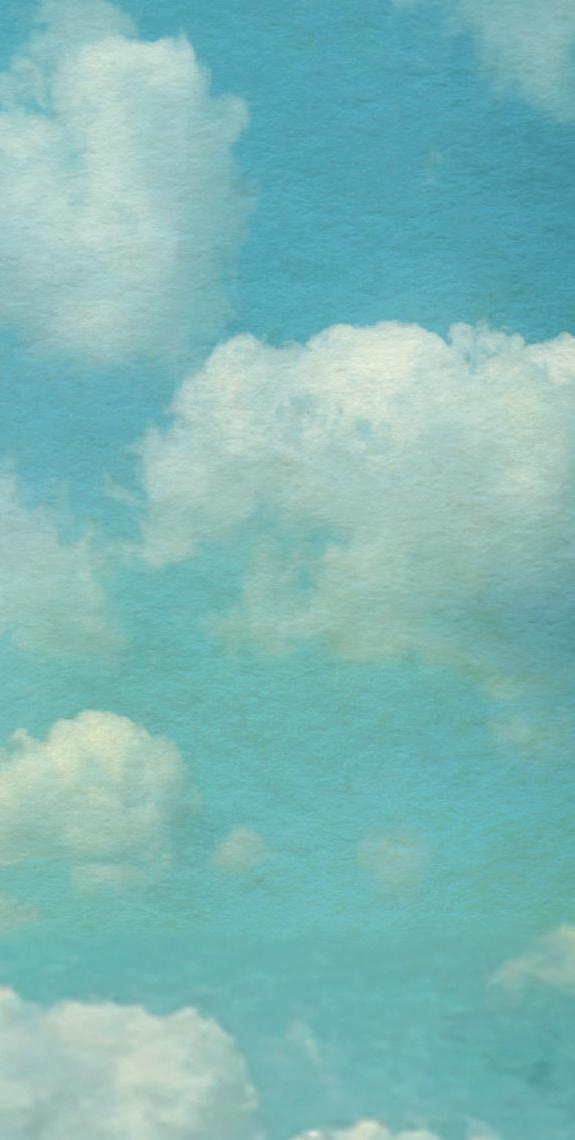



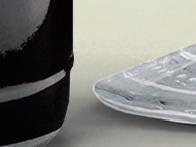
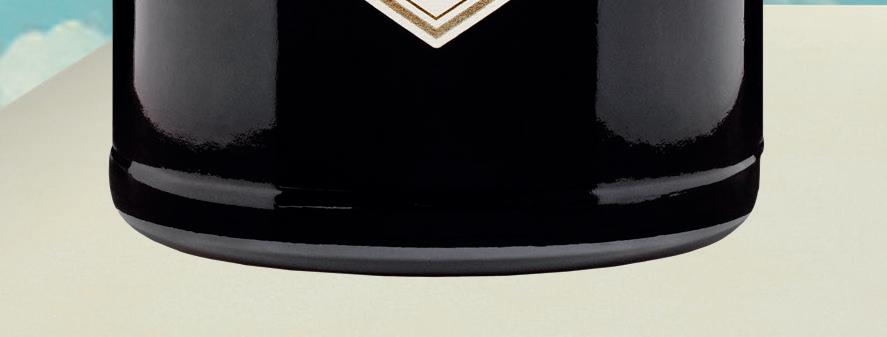







PLEASE DRINK THE UNUSUAL RESPONSIBLY.





. . .
November 2 1982 goes down in British cultural history as the moment when the longstanding small-screen domination of ITV and BBC was finally disrupted. A spiky upstart had joined the game in the shape of Channel 4. Those around at the time will recall the exhilaration of seeing that swirling technicolour logo, and the launch of a numbers and letters game show which many thought would maybe last a few weeks . . .
But also airing that winter evening was the kind of daring, cult-ish commissioning that Channel 4 would be renowned for during its first decade or so (a ludicrous concept when you consider their anaemic schedules now).
The Comic Strip Presents had hired much of the innovative talent (Rik Mayall, Jennifer Saunders, Nigel Planer, Ade Edmondson, Alexei Sayle among them) who were working the alternative comedy scene in London; exactly one week later, the BBC got in on the act as The Young Ones thundered into front rooms, signalling a bichannel punk assault on stuffiness and conservatism.
The one-off film was The Comic Strip’s forte with spoofs on Spinal Tap (Bad News), spaghetti westerns (A Fistful Of Travellers’ Cheques) and Enid Blyton (Five Go Mad In Dorset) leading the charge. After that halcyon period, the series did return to Channel 4 in the late 90s and again in 2011 with slightly less acclaim, the old guard still largely intact but joined by a fresh comedy crew including Sheridan Smith and Stephen Mangan. Edinburgh will be dripping in nostalgia for a series of five three-hour events featuring film screenings, Q&As and special guests. (Brian Donaldson)
Just The Tonic Nucleus, 2–10 August, 1pm.
Raised Muslim and educated in a Catholic convent school, Saaniya Abbas moved to Dubai to escape the dangers of being a woman in New Delhi. ‘I felt caged there,’ she explains. Struggling to save her sexless marriage to a British man, the advertising art director began stand-up ‘as a distraction . . . it was therapeutic. I honestly don’t think I would have become a comedian if I hadn’t gotten divorced.’
In Dubai, Abbas says she can wear what she wants, take a taxi at 3am and feel safe. ‘But I can’t say everything I want. My default setting is to avoid jail, so I stay away from political or religious content.’ Born ‘a frowned-upon Muslim,’ she’s never disrespectful, ‘but I like to question things in a funny way.’ Delivering a joke about god in New York (taboo in Dubai) proved cathartic, ‘like releasing something that had been shoved down. I felt guilty at first, then I heard the laughter and laughed with them.’ Similarly, as the first stand-up from Dubai’s nascent comedy scene with a solo Fringe show, some of Abbas’ routines will premiere in Edinburgh, which she describes as ‘scary but kind of exciting to live on that edge.’
The previously ‘painfully introverted’ 36-year-old betrays signs of high-functioning autism but isn’t seeking definition by diagnosis. Having dabbled in cosplay since her teens, audiences don’t always remember her name but they remember ‘the girl with cat ears.’ Gigging Stateside, ‘sometimes they didn’t even write my name on the list of performing artists, they just drew a cat and people knew it was me.’ Fans even sport their own ears in tribute.
Abbas does hope to move somewhere with more freedom of speech, and reckons the UK feels like a pretty good option. But for now, she’s just looking forward to ‘growing, improving, becoming more confident’ during her debut Fringe run.
(Jay Richardson)
Gilded Balloon Patter House, 30 July–25 August, 8pm.












The Fringe stalwart is back, not quite with a new show, but a run of his legendary podcast chats (podchats?), which will feature guests such as Ania Magliano, Nish Kumar and Nina Conti.
n The Stand 3, 30 July–10 August, 2pm.
An absurdist take on the fish-outof-water trope as Ryan Beverage (often with guitar in hand) regales us about the time he sacked off Britain to head for the ice hockeyloving spot of North America (these days, very much the good guys in that zone).
n Just The Tonic Mash House, 31 July–11 August, 1.55pm.

Describing himself as someone who looks like he ‘pranced his way out of the theatre houses of the 1880s,’ the original OG promises a fevered hour of rants, fables and, yep, audience interaction.
n Assembly Roxy, 30 July–24 August, 9.55pm.


At first glance, seems obvious who Please #@!$ Off To Mars is aimed at, but on reflection, the Fringe veteran’s ire could be directed towards any number of *£”?holes out there in the public realm.
n Pleasance Courtyard, 30 July–10 August, 6.50pm.
Having received the thumbs-up from such Scottish stalwarts as Viv Gee and Billy Kirkwood, McCabe has thrown herself into solo work about parenting and mental health with Yer Ma’s A Rocket her latest.
n Gilded Balloon Appleton Tower, 30 July–8 August, 2.20pm.


Inspired by Rida’s own childhood of being kidnapped aged eight by her father and taken to Saudi Arabia, this might not be the most natural cornerstone of a Fringe comedy, but hang in there, as the laughs will come during this complex tale.
n Gilded Balloon Patter House, 30 July–10 August, 7.15pm.

Nationhood, menopause and death are among the topics broached in this all-too short run from the acclaimed US comic. The Golden Wreath may be a brief visitor but a very welcome one nonetheless. n Monkey Barrel, until 10 August, 5.40pm.










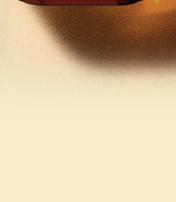




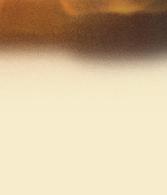

Knowing when to hold on and when to let go is a pretty big part of life, but it’s also a fundamental aspect of the acrobatics world. This aerial dance piece was created by Gabrielle Martin and Jeremiah Hughes, a married couple who have Cirque du Soleil on their CVs, and is now performed by another wedded pair, Eowynn and Isak Enquist. Imago is a powerful exploration of connection and loss and those spaces in between. (Brian Donaldson) n Assembly Roxy, 30 July–24 August, 1pm.





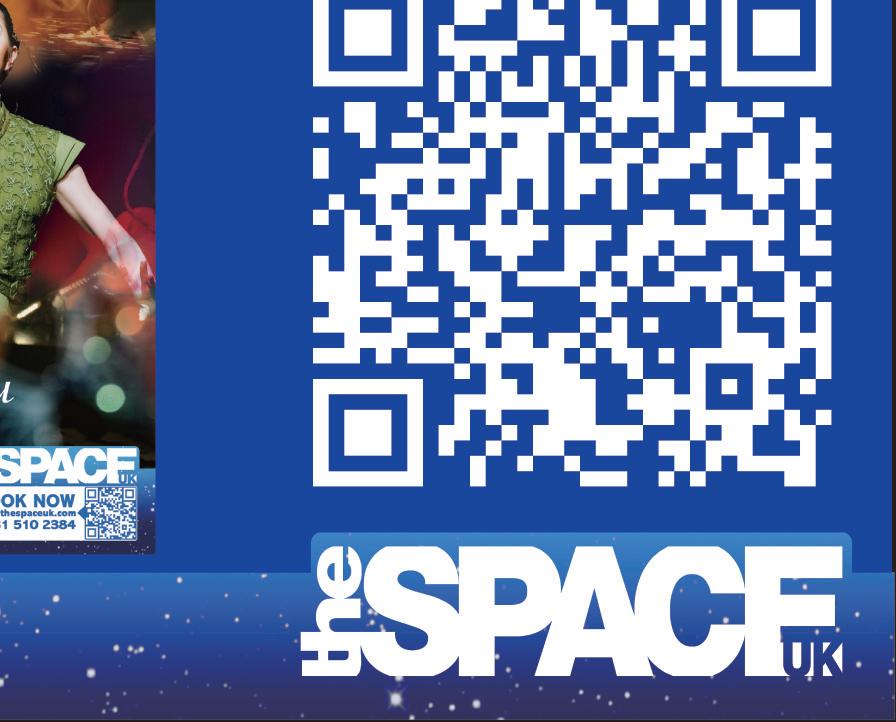

Award-winning choreographer Lewis Major is back with an updated version of his 2024 sell-out Fringe show, now renamed Triptych Redux. He talks to Lucy Ribchester about attending bush school in South Australia, cultural isolation and his surprise return to the stage

Most artist biographies puff and spin, but surely few lay claim, as Australian choreographer Lewis Major’s does, to being ‘the only artist presenting work at the Fringe who can reverse parallel park a tractor.’ It’s a bold assertion. Has it been tested?
‘Maybe not the only one in Scotland,’ Major says over Zoom. ‘I should be careful. Ok,’ he corrects himself, ‘who can reverse parallel park a tractor and has danced with Hugh Jackman and worked in all three Axis-Of-Evil countries.’ Well, fair enough.
There’s more than irreverence though to that tractor claim in Major’s biography. A multi-award-winning choreographer (he won The List’s Best Adelaide Show last year) with a slew of world tours behind him, Major is fiercely proud of his background, which is as far as possible from the middle-class cultural milieu that surrounds contemporary and classical dance. ‘I grew up on a farm in the deep south of regional South Australia,’ he says. ‘And I mean like, deep south.’ He attended a bush school, built ‘in the middle of nowhere,’ until the age of 13. ‘They didn’t have enough teachers so we’d be learning over the phone, things like that.
The tyranny of distance is a real thing.
Cultural and geographical isolation is a real thing in Australia.’
Major had never been to a theatre until he was 16, when Australian Dance Theatre came to a town nearby. He still remembers the show, Birdbrain by Garry Stewart. ‘They were doing gymnastics, launching themselves in the air and landing on the floor and rolling out of it. And it was very crazy.’
Two years later, he decided he wanted to become a professional ballet dancer. It would be nice to say the rest is history, but as Major has learned, nothing is plain sailing in the arts. A combination of injuries (a broken back at ballet school
and a car accident some years later) hampered his own stage career but also pushed him in the direction of choreography. Now he runs his own dance company, promoting the work of other choreographers as well as staging his own productions and, for the second year running, he’s bringing to the Fringe a culmination of his life’s work as a creator, Triptych Redux. The triple-bill show was a sell-out last year, featuring pieces by both Major and his mentor Russell Maliphant. This time around, however, not only is the line-up entirely Major’s own, but he will also be performing for the first time in ten years.
‘I wanted to dance because it meant something to me.’ Having been told after breaking his back that he would never return to the stage, he has now found himself in the right place with the right team to make it happen. ‘There’s something about being really well supported by House Of Oz,’ he says. ‘And I’ve never felt that in my entire career. I’ve never felt that sort of support. It’s given me the feeling of “I should do this, maybe one last time.”’
Describing himself as ‘staunchly regional,’ Major prides his company on touring the kind of areas where he grew up, where access to theatre can still be scarce. ‘The great thing about working regionally is that you can’t be a wanker,’ he says. ‘You can’t get away with going to pull the wool over someone’s eyes.’ Ultimately he believes the important messages in art will communicate, whatever your exposure. ‘If I could say anything about the sort of work I want to make, it’s universal. It’s about being human and it’s supposed to be a balm for what it is to be human. Because we’re all suffering, we all fall in love, we all get broken hearts, we all watch our parents die, we all get sick. Art is a balm for that.’

Triptych Redux, Zoo Southside, 1–24 August, 9.30pm.
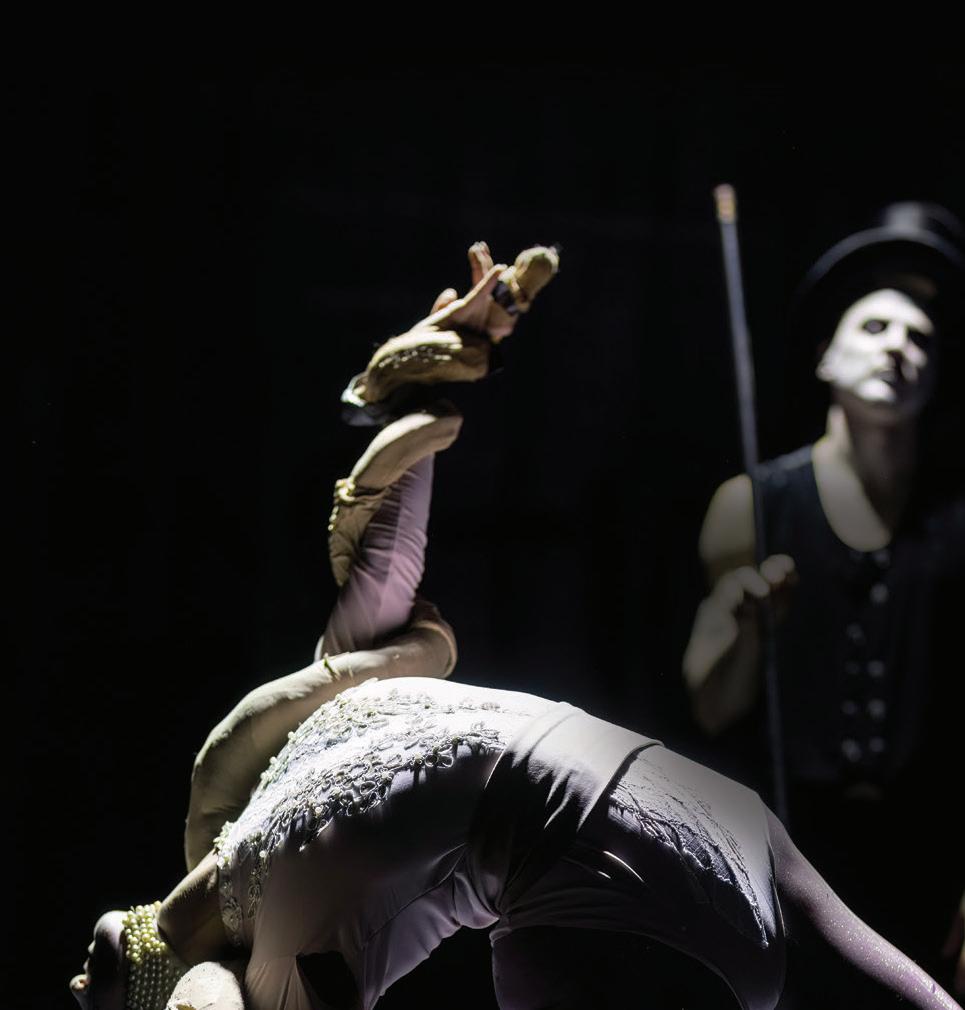






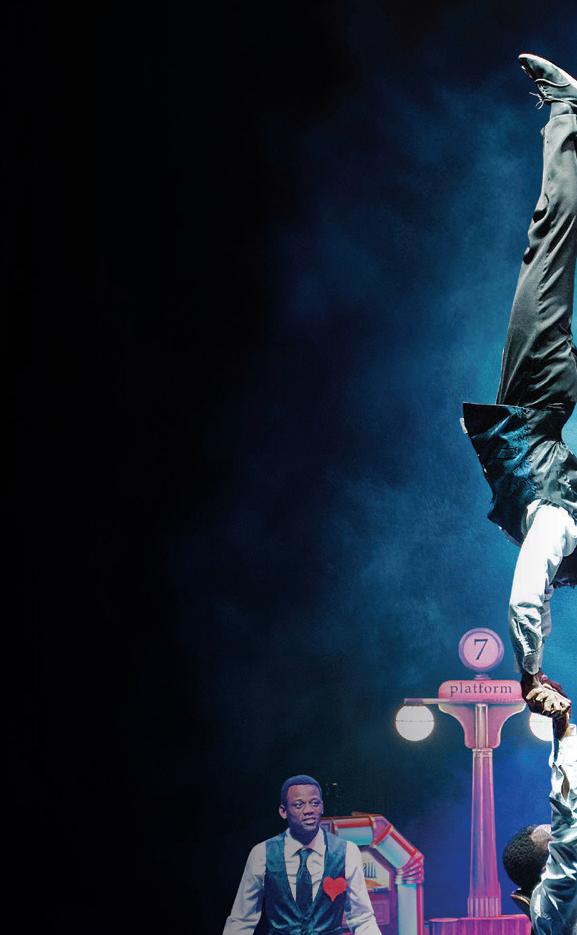


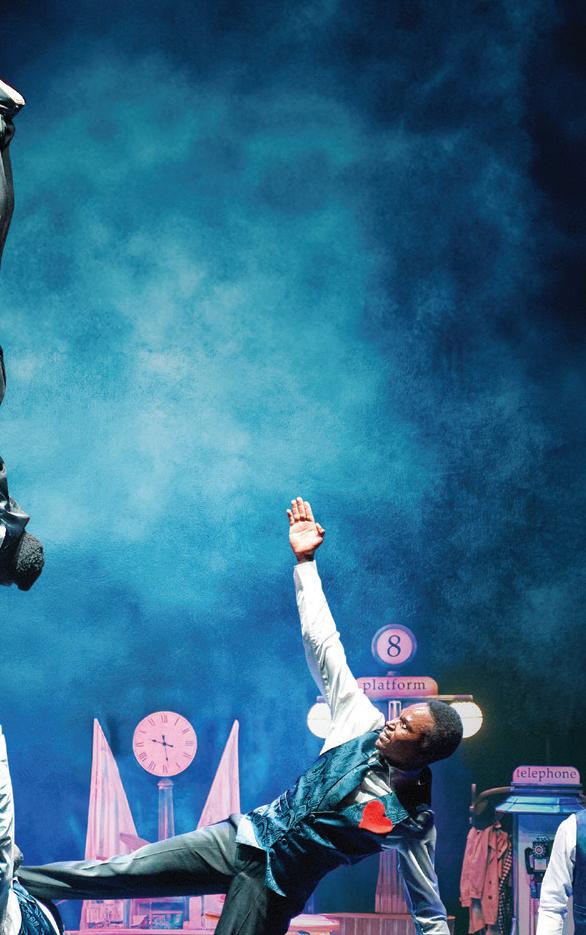

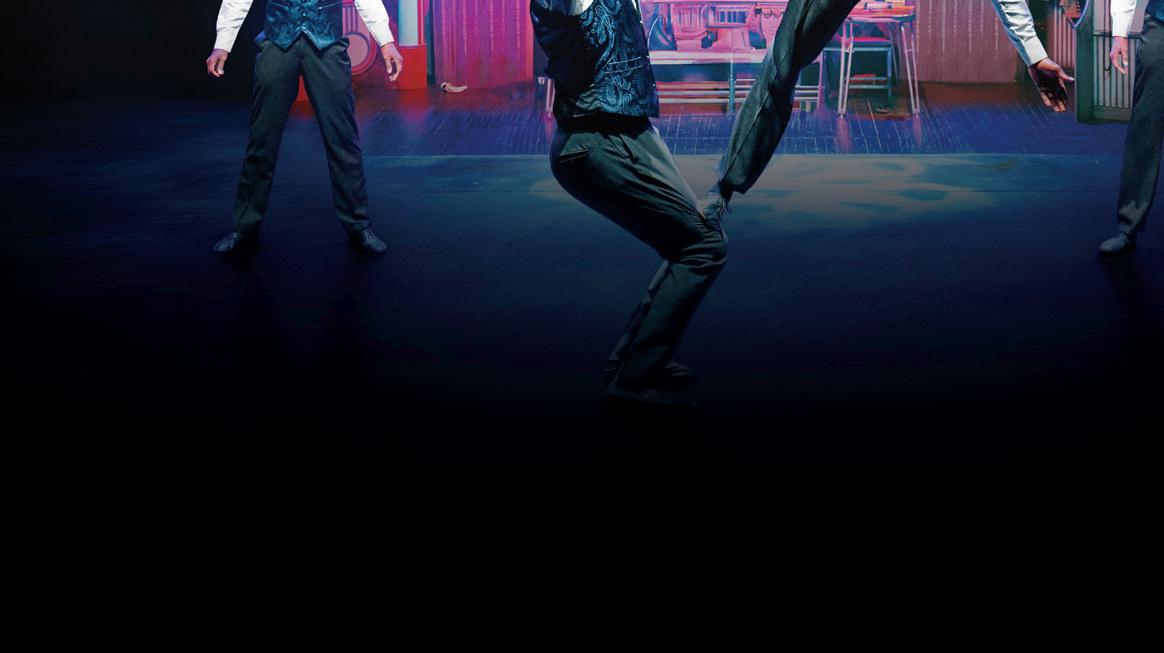







While most parents have to impose a strict barrier between their professional and family lives, Natasha Gilmore has integrated the two on several occasions with glorious results. The artistic director of Glasgow-based dance company Barrowland Ballet is mother to three children who have influenced her work in more ways than one. Having a keen understanding of what entertains and engages young audiences ensured shows such as Poggle and Tiger Tale hit the spot. More recently, the company’s beautiful interactive video installation, Family Portrait, featured Gilmore in a forest with all three of her offspring clambering over her.
For the company’s latest creation, Wee Man, Gilmore’s eldest son Otis Bazie not only inspired the piece but is one of the cast members. Because now that the babies and children who used to join Gilmore playfully on stage have grown into teenagers, the choreographer is becoming increasingly aware of how boys and men behave. This highly physical piece of dance theatre aims, says Gilmore, to ‘explore the shifting and unshifting rules of masculinity across the different generations.’
Performed by an intergenerational cast of adult men and teenage boys (some of whom will be drawn from the local community), Wee Man employs humour to pick apart toxic masculinity and the tension and tenderness that can arise in male relationships. Meanwhile, across town, Gilmore herself will be taking to the stage with Jude Williams in Chunky Jewellery. And to balance out all the testosterone on display in Wee Man, this is a show devoted entirely to the sisterhood. (Kelly Apter)
n Wee Man, Assembly Dance Base, 5–17 August, 7pm; Chunky Jewellery, Assembly Rooms, 1–24 August, 1.30pm.
It’s strange to think that more than five years ago the entire world went into a collective lockdown to shield from a deadly pandemic; stranger yet is how little we seem to talk about it. Like a painful family secret, the trauma has been hushed in an act of collective amnesia. The Butterfly Who Flew Into The Rave is meant as a waking jolt against this taboo. Promoted as a high-energy queer dance celebration, this joyful, one-hour rave for three dancers aims to confront our post-pandemic forgetfulness and restore a sense of shared pulse.
After extensive touring and awards in 2024, the work finally reaches Edinburgh. For Oli Mathiesen, Lucy Lynch and Sharvon Mortimer, who co-choreographed and perform in the work, raves were a natural line of enquiry. ‘We were fascinated by what happens to the body and mind when pushed to the edge, something rave captures so viscerally, and wanted to explore that through dance.’ Mathiesen, who created the work, says ‘it’s an acid-house remix that screams ‘‘fuck you’’ to the pandemic.’
Raves also speak directly to queerness and living outside mainstream culture. Early house and techno parties in the late 70s and 80s were created by and for black, queer and trans communities who were excluded from many predominantly white venues. As queer Maori artists, Mathiesen, Lynch and Mortimer see that lineage as their own.
Driving the work is the relentless beat of US producer-DJ Suburban Knight’s Nocturbulous Behavior: The Mix, a one-hour, continuous blend of Detroit techno, Chicago house and dark-side funk. As the dancers put it, ‘the mix feels like one huge night out: primal, ecstatic and deeply felt.’ It conveys the surge of a crowd sweating in rhythm and communion; its pulse invites the audience to confront or dance through their own traumas. (Dom Czapski) n Summerhall, 31 July–25 August, 6.05pm.

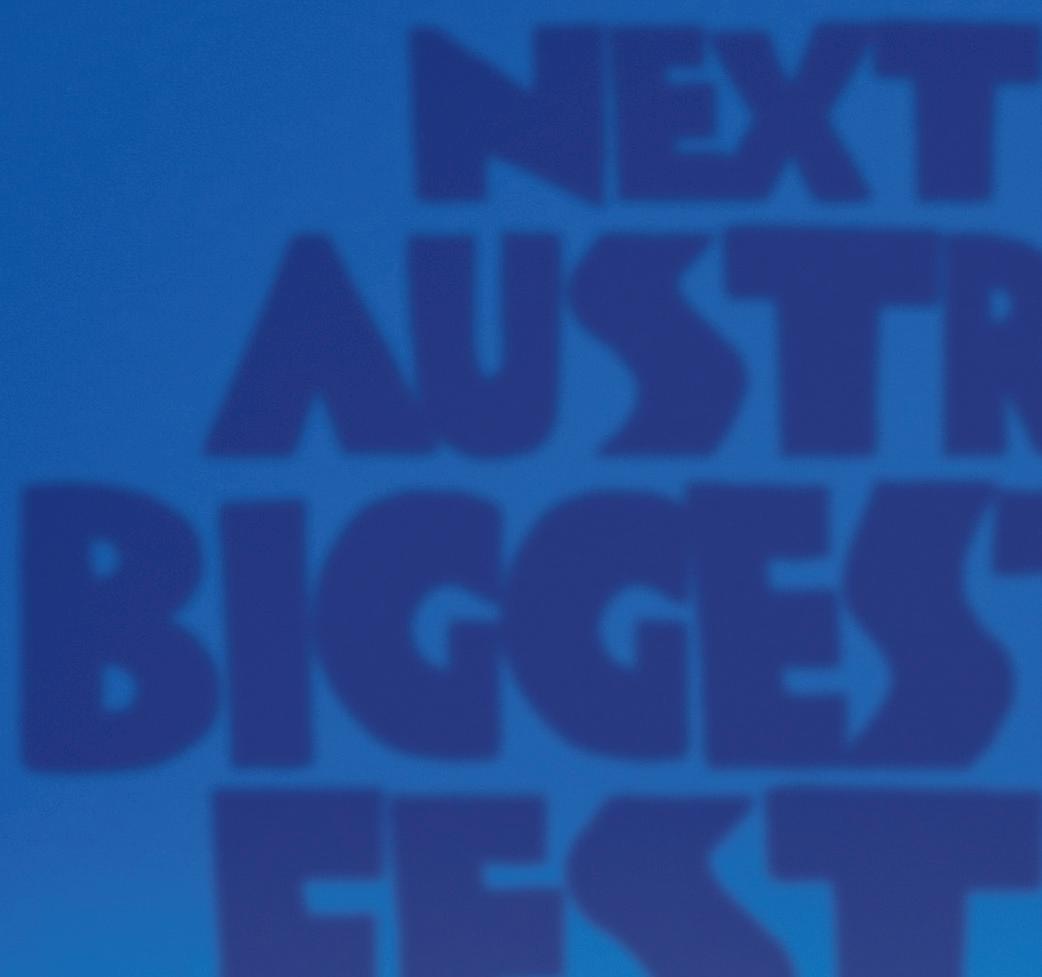
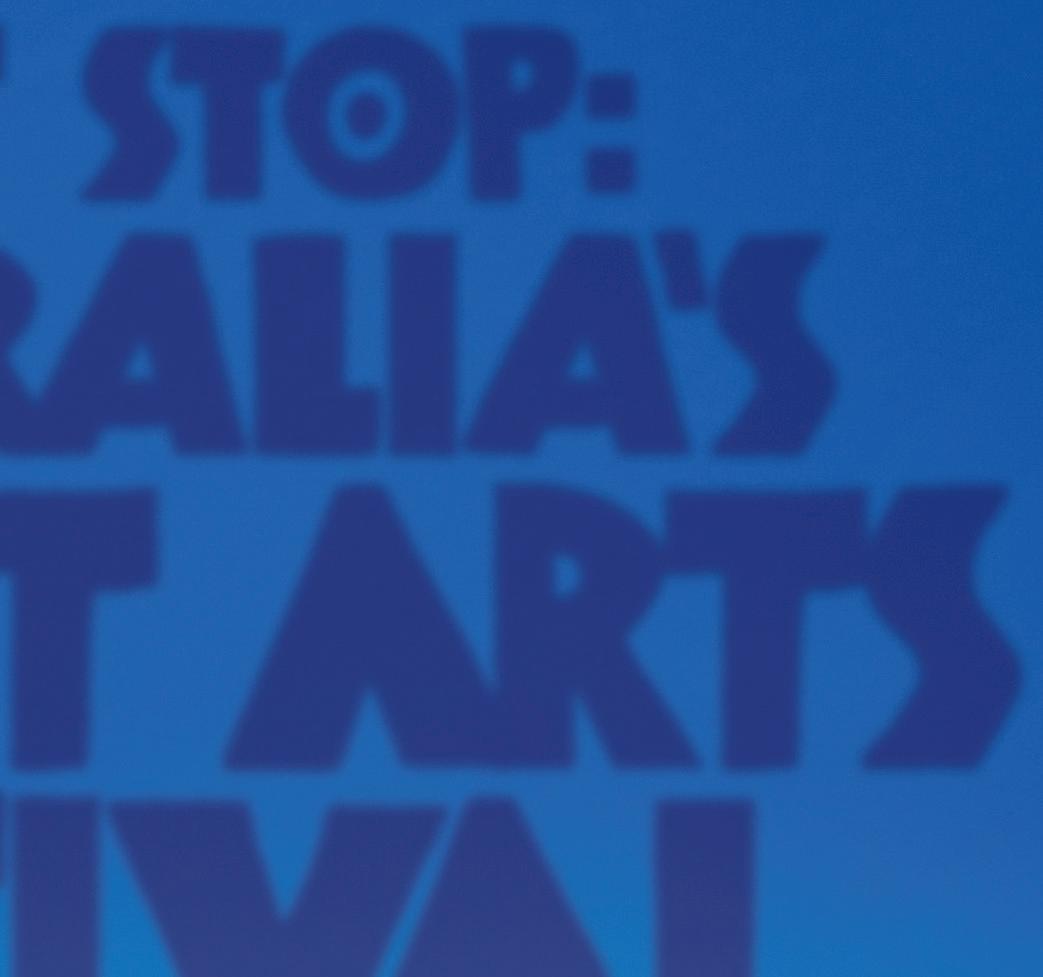





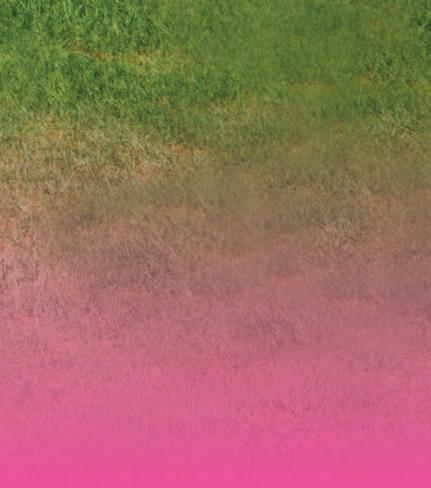

Presented by the youthcentred YDance, this triple-bill performance brings together new talent from Scotland and Estonia, with contemporary nudging up against classical Indian dance.
Assembly Dance Base, 5–10 August, 2.40pm.
Did you know that we are six degrees of separation away from knowing everyone in the world?
Given that five guys are on stage in this acrobatic adventure, there’s definitely just one thing missing . . . Underbelly Circus Hub, 2–23 August, 2.05pm.

Lenka Vagnerová’s award-winning dance-theatre ensemble return with a mystical and decadent affair which they dub as a ‘visually compact freak show.'
Enter this existential wax museum if you dare.
Zoo Southside, 1–10 August, 3.10pm.


Celebrating ten years of movement, Dance Base’s in-house company for the over 60s perform three works including a new commission from the venue’s boss
Tony Mills. A highly inspiring and thoroughly inspired affair.
Assembly Dance Base, 1–3 August, 1.15pm
From the people who brought us Afrique En Cirque comes quite literally a wow show (World Of Words) which is all about humanity’s fears and desires, and revolves around fabulous aerial art.
Assembly Hall, 31 July–25 August, 4.10pm.


Treat your eyes to stunts, shapes and somersaults, all to an earworm soundtrack of classic rock’n’roll as the triple B boys bring pure joy and unadulterated nostalgia to the Fringe masses.
Underbelly Bristo Square, 31 July–25 August, 3.30pm.





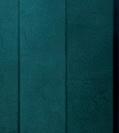

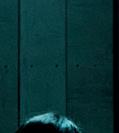
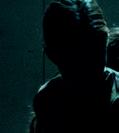

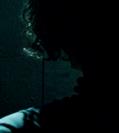


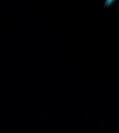




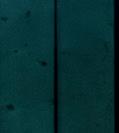


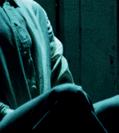


You may be more familiar with Don Gnu as a company of men in tennis gear or, indeed, socks and sandals, but now three female performers take on the company’s mantle for a show about trying to escape male dominance.
Zoo Southside, 1–10 August, 1.20pm.



Australian academics Lexi Con and Noel Edge (think about it for half a minute tops and you should get what’s going on here) are in town once again to promote a mix of word nerdism and science freakery mainly to entertain but also largely to inform and educate. There will be explosions and mess, for sure, but it’s all in the name of carefully cultivating blossoming minds. (Brian Donaldson)
Underbelly George Square, 30 July–24 August, noon.
New Zealand comic Trygve Wakenshaw wants kids to release their inner devils at his new show Monsterrrr!. He tells Isy Santini that creating work for little ones informs his more grown-up endeavours

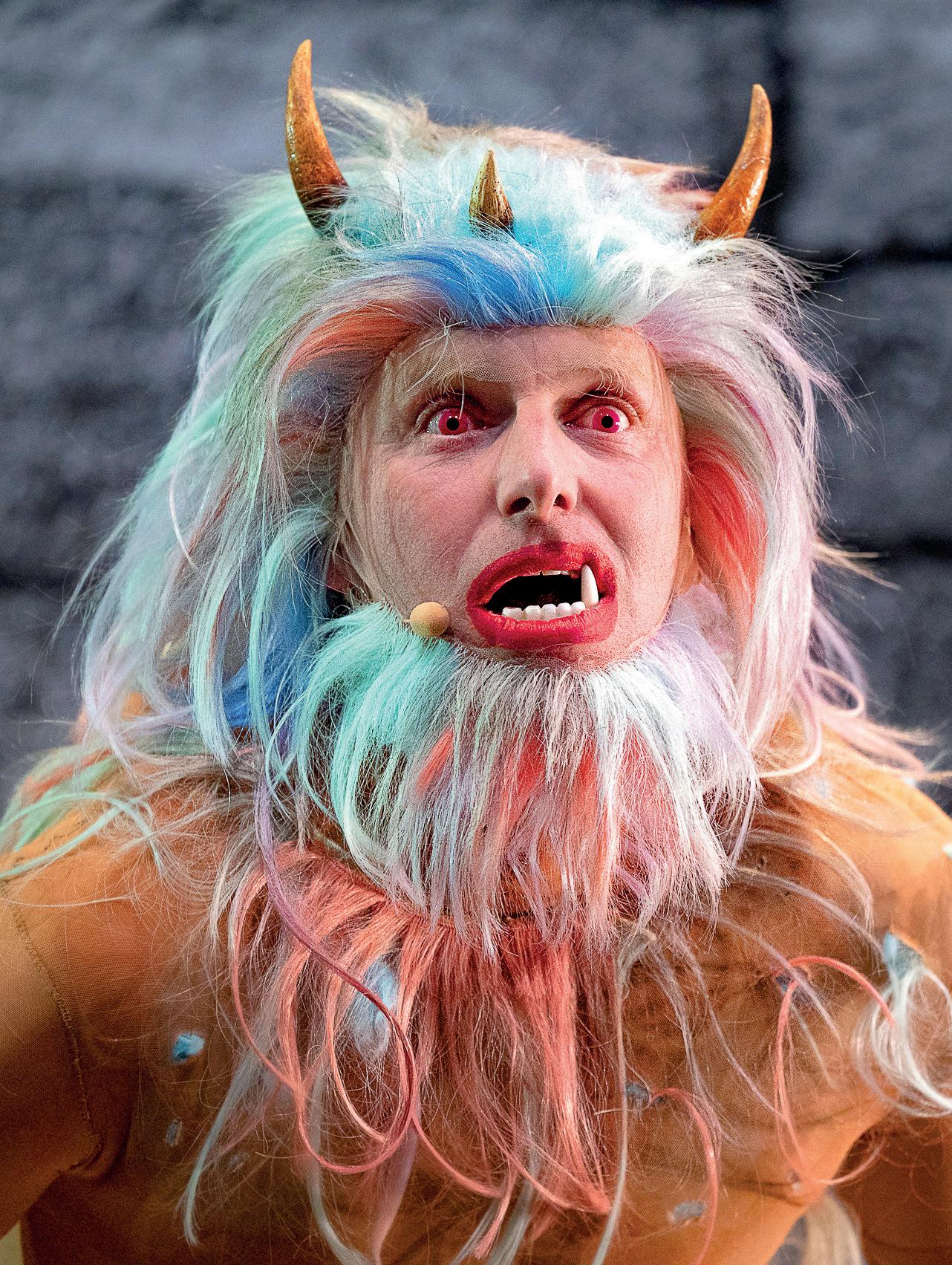
e’ve all got a little monster in us, and that’s exactly what Trygve Wakenshaw wants to celebrate in Monsterrrr!, his new show for kids. ‘It’s about a monster who’s always being told what to do. He’s a little bit naughty, but he can’t help himself. He’s got a good heart.’ When asked what he’d like kids to get from the show, Wakenshaw jokes ‘well hopefully they’ll buy some of the monster hats that are getting produced at the moment!’ But aside from the merch, he hopes kids will come away with more compassion for themselves and the other ‘monsters’ around them. ‘It’s lovely when parents come up to me and they’re like “my kid always gets bored in a theatre but I really saw them come out of their shell.” I guess that’s always been the hope.’
As much as Wakenshaw hopes Monsterrrr! will bring young audiences out of themselves, being a solo performer in a room full of excited children brings some challenges too. ‘It’s like Lord Of The Flies,’ he laughs. ‘As soon as I open up permission for them to come onstage and be nuts, then the floodgates open.’
For Wakenshaw it’s important to find that balance between bringing out the children’s inner monsters and making sure everybody is still safe and happy. ‘I like to be in control in as much of a friendly way as possible, without having to rely on the poor parents to be the bad guys. It’s a shame when the performer is good cop and parents have to be the bad cop.’
Monsterrrr! was developed in Germany with director Fabian Sattler and Toboso, an award-winning company specialising in children’s theatre. ‘I’ve shaped most of my shows in front of an audience, and this one was no different; but because that audience was a bunch of German kids, the whole thing had to be very physical,’ he explains. ‘It was quite fun for the kids correcting my terrible German.’ Now that the show is coming to Edinburgh, Wakenshaw isn’t too worried about doing it in English or about Scottish audiences responding differently because for
him, ‘a show is never a fixed thing.’ He cites an example from early in the show’s development, when the character of Monsterrrr was much scarier and would frighten the younger children. ‘They did not like it! So we made him a little bit gentler. But then older audiences came along and it was too soft for them. The whole thing has just been this balancing act, and now I think we can play with that within a show.’
Despite his obvious enthusiasm for Monsterrrr!, Wakenshaw is careful not to be pigeonholed as a children’s entertainer. In fact, this August he has two other shows at the Fringe: Different Party, an office comedy, and Hot Chips, a late-night experimental clown show, both with his friend and frequent collaborator Barnie Duncan. ‘The shows totally inform each other,’ Wakenshaw says, notwithstanding their three very different premises. ‘Everything I make is informed by the work I do with Barnie. The two of us have developed our style alongside each other, so working with Fabian and his company on Monsterrrr!, I’m always like “I know that will work because I’ve tried something similar with Barnie.”’
He may want to be more than solely a children’s entertainer, but Wakenshaw loves the chaos of kids’ shows. ‘You don’t have to do any pretend-y etiquette,’ he explains. ‘You can just like it or not like it. Like with music! You don’t like that track? You skip to the next one. Sometimes I think theatre should be more like music.’
Monsterrrr! With Trygve Wakenshaw, Assembly George Square Gardens, 31 July–17 August, noon
Trygve Wakenshaw & Barnie Duncan: Different Party, Assembly George Square Studios, 30 July–17 August, 5.10pm
Trygve Wakenshaw & Barnie Duncan: Hot Chips, Underbelly Cowgate, 2–24 August, 11.10pm.

James Joyce’s Ulysses is long. Over 265,000 words long; a literary labyrinth of shifting styles and dense prose. Declared unreadable by Virginia Woolf, it was banned in the US for obscenity and widely considered the most difficult novel ever written. Where better than the Fringe, then, to have it adapted into a puppet show that’s simple and delightful enough for eight-year-olds.
You’ll See . . . is the latest production from Branar, one of Ireland’s leading children’s theatre companies. Known for their inventive storytelling, Branar re-imagine Ulysses as a playful, poetic wander through 1904 Dublin. It’s brought to life through captivating performances, delicate paper puppets that roam the stage, and an emotive score which animates the entire experience. Get ready to finally understand (and care) what Leopold Bloom gets up to on 16 June, 1904.
Far from shying away from the novel’s daunting complexity, the production leans in. The story unfolds through a giant pop-up book designed by Maeve Clancy, a paper engineer whose creations fold and flicker like living illustrations. ‘Paper offered us simplicity,’ says director Marc Mac Lochlainn. ‘It allowed us to scale down the enormity of Ulysses. Each fold reveals another facet of the book’s universe. The design doesn’t just reflect the settings, but also the novel’s shifting literary styles; in ‘Aeolus’ [the book’s seventh ‘episode’], for instance, set in a newspaper office, the entire scene is built from newspaper.’
In a world of crowd-pleasing bubble shows and the familiar bounce of Julia Donaldson’s rhymes, You’ll See dares to raise the bar for young audiences. Branar have created a show so warmly memorable, so visually stunning, that the whole family might finally feel at home with the world’s most impenetrable piece of literature.
(Afreka Thomson)
n Pleasance Courtyard, 30 July–24 August, noon.
At the age of eight, Magnus Danger Magnus (yes, that’s his real name) microwaved a grape, nearly setting his family’s kitchen on fire. Decades later, that same reckless curiosity has evolved into Explosive Science Show!. Fresh from sell-out runs at this year’s Adelaide Fringe where the show won Best Children’s Event, the Australian performer is looking forward to his Edinburgh debut. ‘I’m fizzing with excitement!’ exclaims Magnus. ‘Quite literally: I’ve packed far too much bicarb soda. After three years of blowing the roof off venues across Australia, I’m finally bringing the chaos, the comedy, and the chemical reactions to the Fringe capital of the world.’
The show, born out of his ‘obsession with making science loud, funny and unforgettable,’ is a high-voltage mix of explosions, experiments and outrageous fun. How does he prepare himself for each show? ‘I run through my mental checklist: goggles? Check. Lab coat? Check. Enough safety warnings to make a fire marshal sweat? Absolutely.’ But beneath all the pyrotechnics and experiments lies a deeper mission: to show young scientists, especially neurodivergent ones like himself, that brains don’t need to be typical to be brilliant.
The self-proclaimed mad scientist spent 18 months perfecting this hour, with input from scientists and engineers to create a perfect blend of education and entertainment. During his preparation, Magnus confessed to having blown up a bin in his driveway (twice), melting a leaf blower, incinerating multiple pairs of shoes and having to explain to his neighbours why their roses now glow in the dark. ‘I want kids to walk away believing they can do anything, even if their brains work a little differently. Science isn’t just for people with degrees and lab grants; it’s for anyone with a question and a bit of curiosity. If they leave inspired, laughing and begging their parents for vinegar and baking soda, I’ve done my job.’ (Robyn Bell) n Underbelly George Square, 2–28 August, 2.15pm.
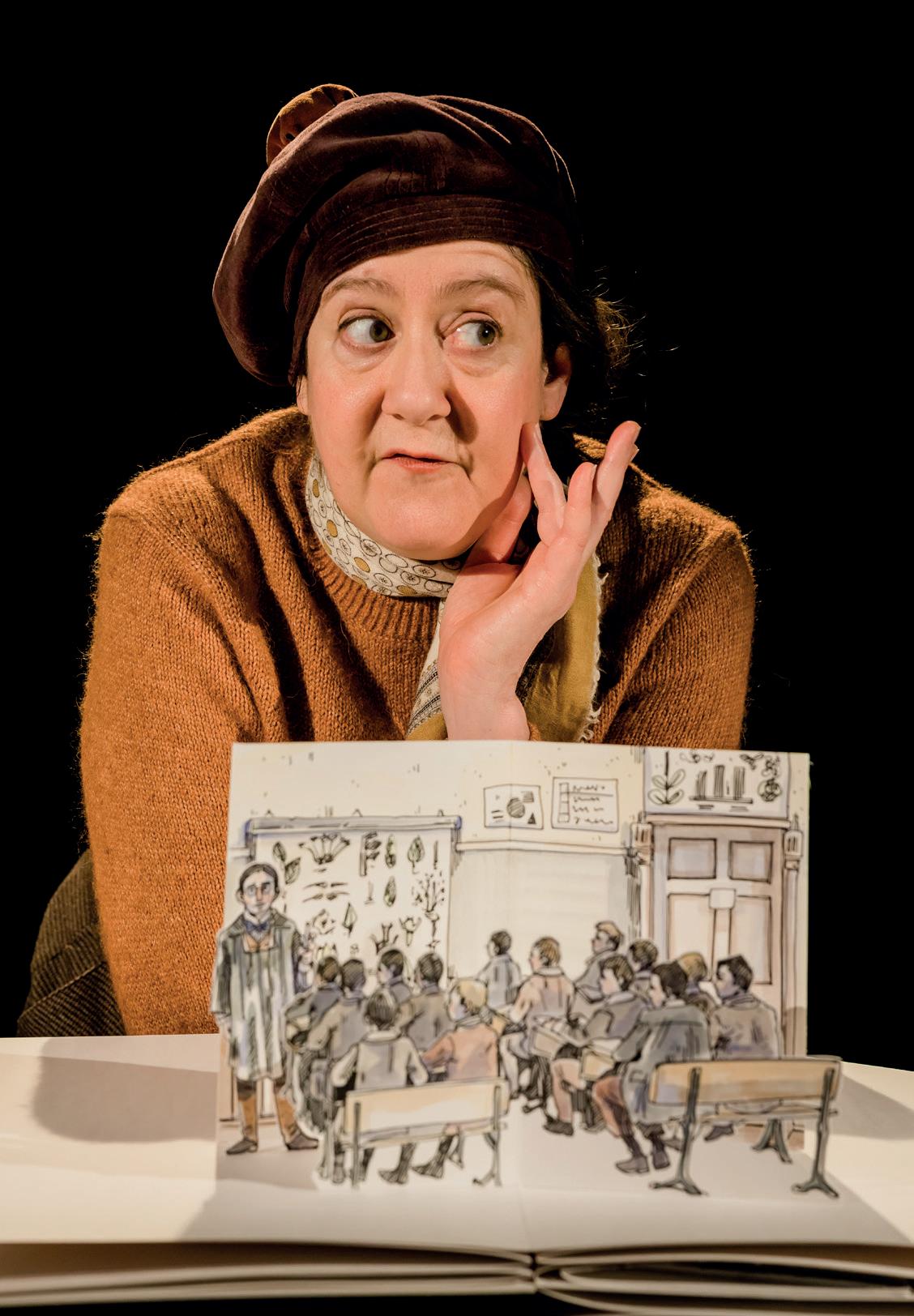

CANTONESE OPERA X CHILDREN’S INTERACTIVE THEATRE
The Cantonese Opera Fairy wants us all to outwit The Boring King. And frankly, who wouldn’t? A pair of young guardians, Dic Dic and Chang Chang, are put in charge of this crucial mission.
n Space Surgeons’ Hall, 1–9 August, 1.10pm.
Linguistic chaos hits the Fringe with the Lost In Translation folk bringing us a grown-up show and these two afternoon events for the Hogwartsloving young team.
n Gilded Balloon Appleton Tower, 2 & 3 August, 4.15pm.
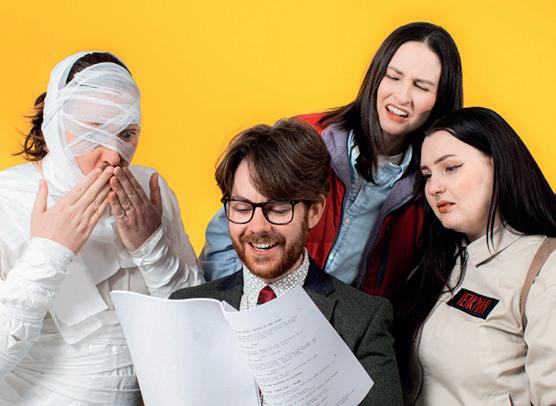

Having conquered Berlin, London and LA, this pair might look like a regular magician and their assistant but not everything is quite as it seems. Watch in awe as they pull Rabbits Out Of The Hat
n Pleasance Dome, 30 July–24 August, 11.35am.
Quite a claim this, but NorraDance’s Fringe debut show is dubbed ‘the happiest show of the year.’ The tale it tells is of a restless caterpillar on the hunt for meaning, at which point she meets a blackbird.
n Space Surgeons’ Hall, 1–9 August, 12.10pm.


Big Top fans, both young and not so young, will revel in this circus affair featuring illusions, tumbles and juggling, culminating in a clown climbing right inside a balloon.
n Assembly George Square Gardens, 30 July–25 August, 2.50pm.

Hans Christian Andersen’s timeless tale is given a bit of a twist here with, for one thing, that mean adjective finally taken to task. Amid the story, there’s plenty time for acrobatics and mayhem. n Underbelly Circus Hub, 2–23 August, 11am.
Meg is a toy doll who can’t find her glove. Quite the calamity. With aid from her assistant (Penny The Toy Soldier) and a young audience, a touch of whimsy and some immersive storytelling should save the day.
n Gilded Balloon Patter House, 30 July–17 August, 10.20am.
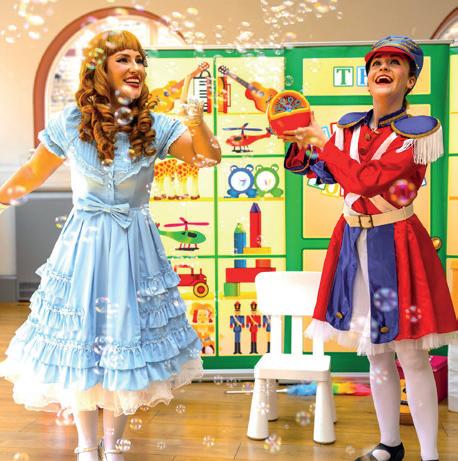







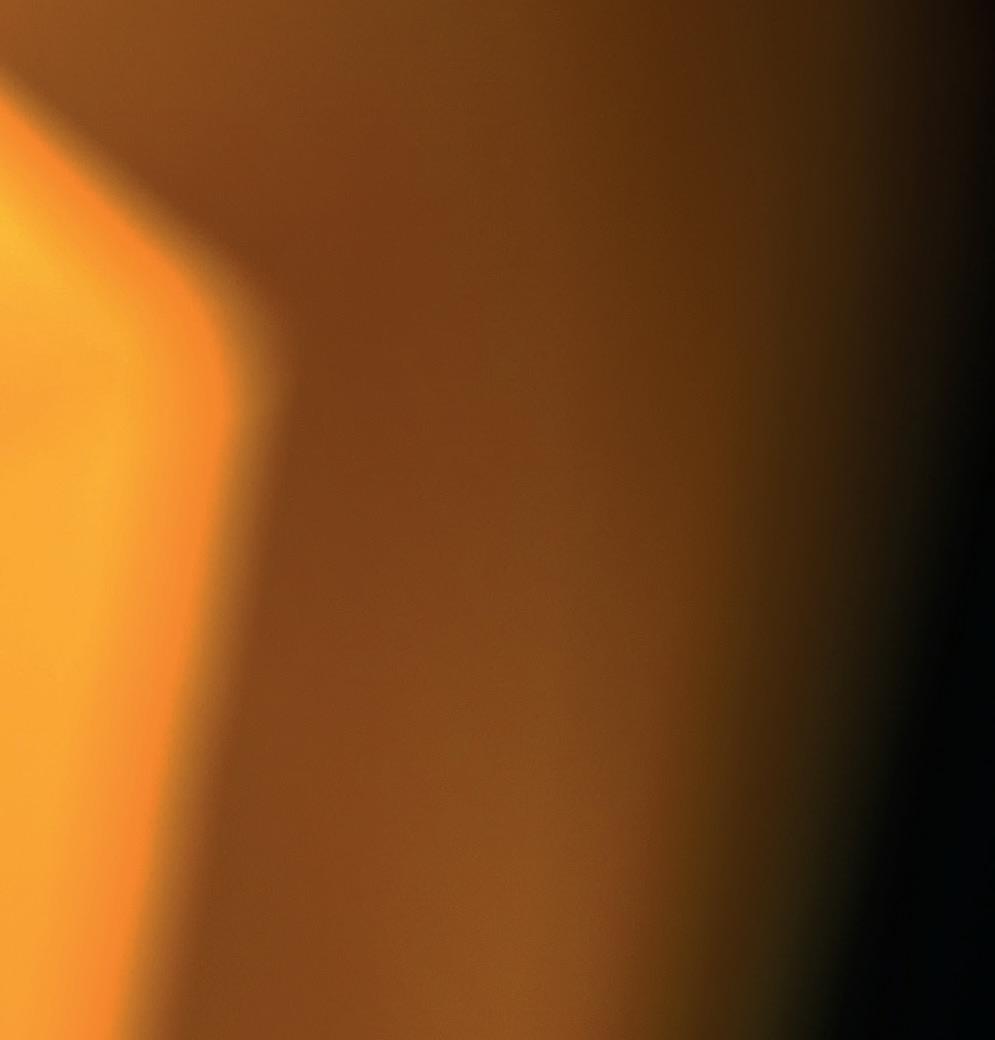



France and China collide in this special concert from the 2021 winner of the Chopin International Piano Competition. Works by Maurice Ravel and Camille Saint-Saëns are accompanied by Wu Xing (The Five Elements) from Qigang Chen, the Shanghai composer who moved to France in the 1980s. Liu himself was born in Paris and raised in Montreal, arriving in Edinburgh on the back of a recently released album, his take on Tchaikovsky’s The Seasons. (Brian Donaldson) n Usher Hall, 6 August, 7.30pm.


Step into an evening of musical magic with a night at the Cabaret, where the set-list is in your hands!
Pitchcraft is handing the control over to you for two nights only. We invite you to direct our set-list in real time. From pop hits to timeless classics, Pitchcraft, The Edinburgh Choir, is renowned for its original arrangements and captivating a capella performances.
Don’t miss this interactive night of entertainment! Only you can decide what the show will be.

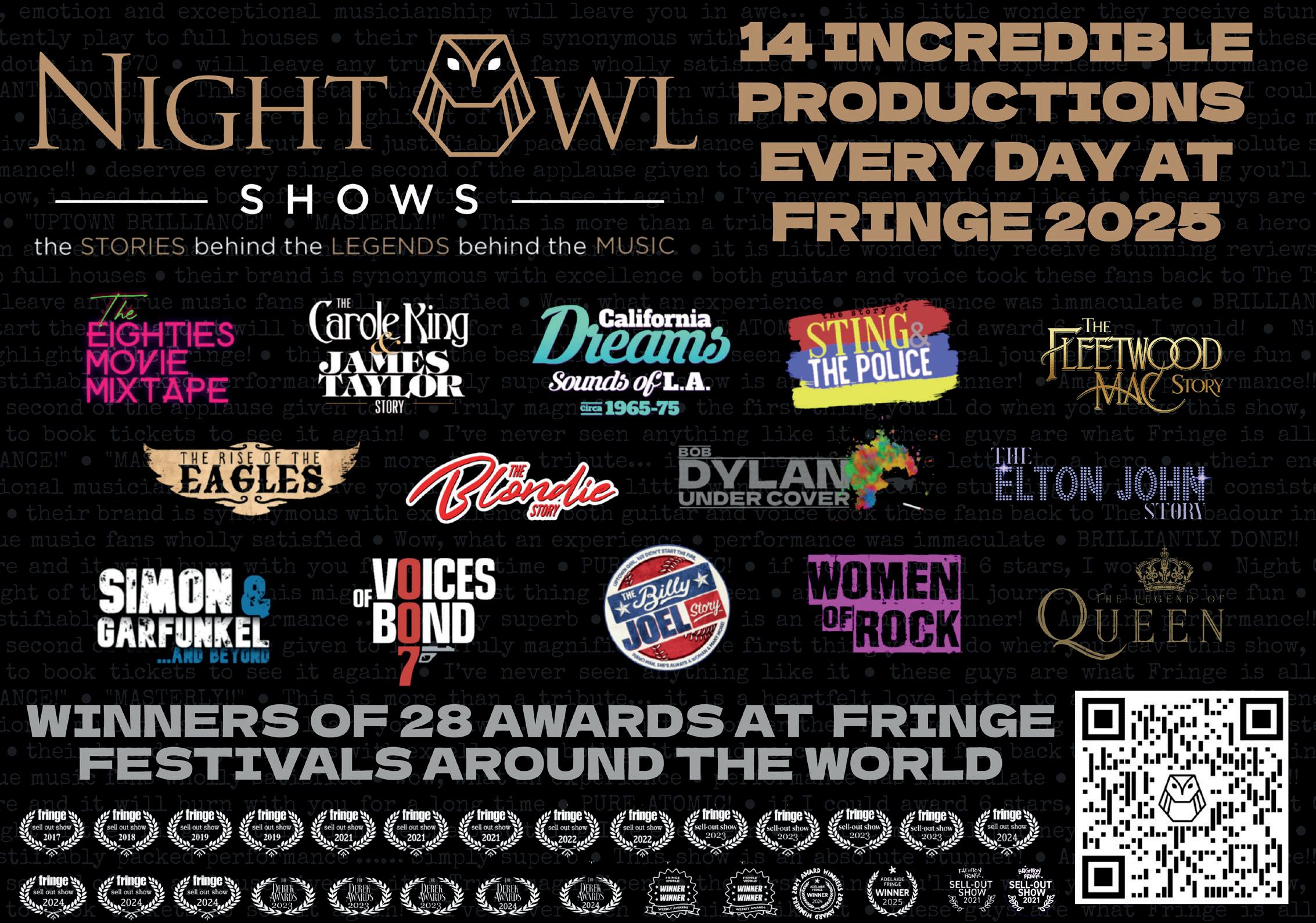
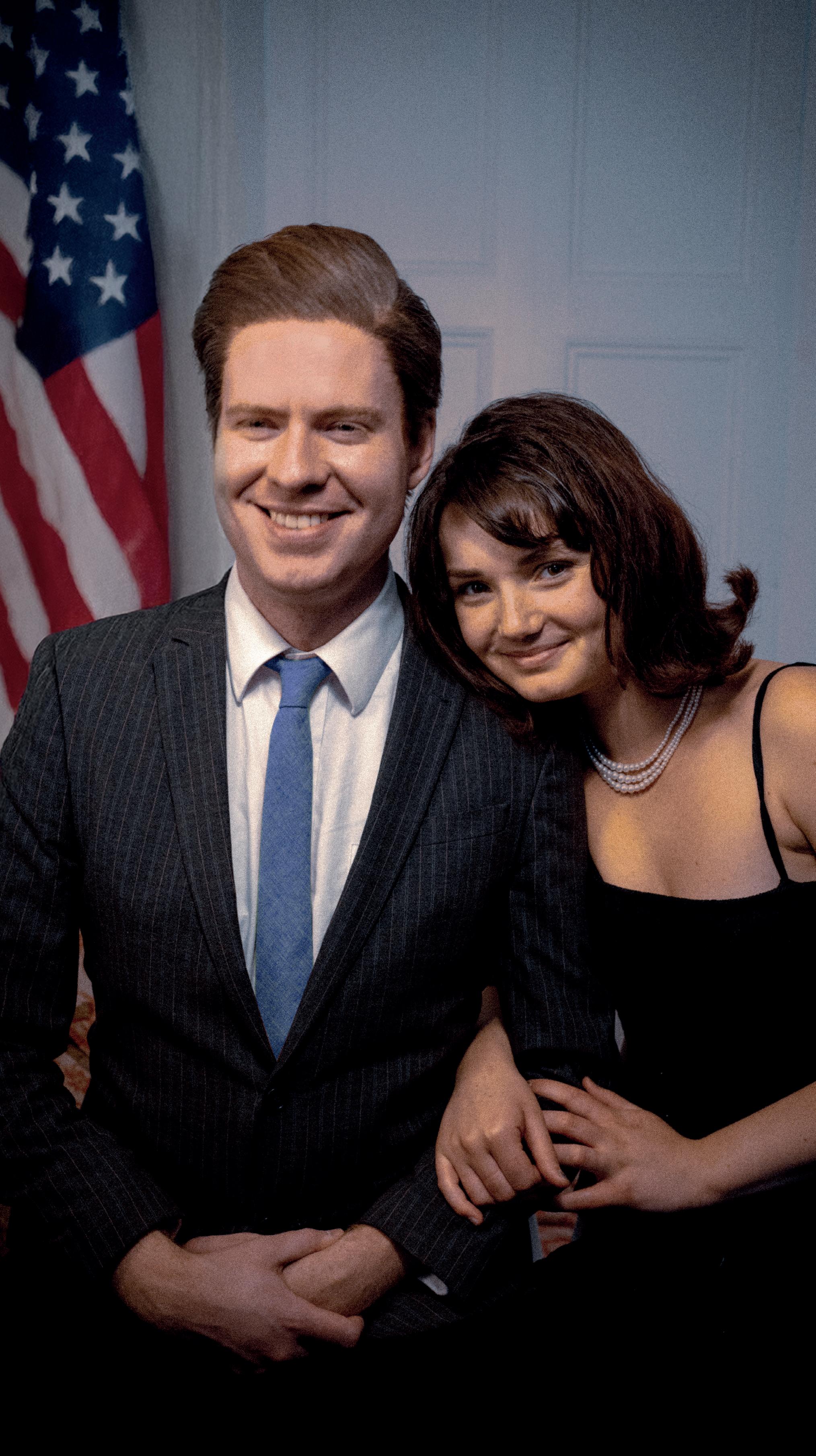
From its pitch as a tale of ‘sex, drugs and coercive control’ and its title’s excitable punctuation, you get some idea of the road a new musical comedy about Jackie Kennedy is set to travel. Claire Sawers caught up with Jackie!!! producer Blair Russell to find out how his team plan to bring their complex leading lady to life

Hold on to your pillbox hat: a musical comedy is coming which exposes some of the darker sides of the famous Kennedy dynasty. As the title suggests, the focus is on America’s beloved former first lady, Jacqueline Kennedy; in particular how young socialite Jacqueline Bouvier became a globally famous political wife . . . and those exclamation marks hint that this show will not be played totally straight.
‘Though Jackie!!! tackles serious issues, it absolutely does not take itself seriously,’ admits Blair Russell, the American theatre producer and Tony Award nominee who has worked on Broadway, and previously brought shows like Lizard Boy, Diva: Live From Hell! and Pop Off, Michelangelo! to the Fringe. ‘It’s not high camp like Pop Off, Michelangelo!, but it maintains a similar level of fun and irreverence as a take on a historical narrative. The characters are highly caricatured and the show uses a lot of dark humour to expose the insanity of some of the events which happened in this period of history.’
To research the play, Russell and the writing team (Joe McNeice, Max Alexander-Taylor and Nancy Edwards) spent a lot of time reading biographies and scouring the internet for insights on Jackie and the Kennedy family. They pored over documentaries and interviews, including A Tour Of The White House With Mrs John F Kennedy, a primetime TV special which aired in 1962. ‘I spoke to my grandparents about Jackie,’ says Russell. ‘My nan recounted her memory of watching Jackie exit Air Force One covered in her husband’s blood, which really demonstrates the lasting impact of her legacy in the UK as well as in the US.’
Mrs JFK spent many years in the public eye and was named Time magazine’s Woman Of The Year when she was 33. After her husband’s assassination in 1963, she went on to marry Greek shipping magnate, Aristotle Onassis. She was a paparazzi favourite and became known globally as Jackie O. But, of course, Russell and his team had to make some editorial decisions about which elements of her story stayed in the script.
‘Our play spans nearly 20 years of Jackie’s life in an hour, so we definitely had a different task than the 2016 film [Jackie starring Natalie Portman], which focuses on Jackie postJFK’s assassination, or the Katie Holmes mini-series [The Kennedys, 2011] which focuses purely on the Kennedys. In our show, we really wanted to focus on Jackie, and the tough ultimatums that she was often put through as someone who was in an extremely visible and complicated family of immense power and dark secrecy. Our Jackie is ambitious and driven from the outset. Starting out as a young journalist, Jackie wants to break away from society’s expectations of her as a debutante, striving to be anything but a housewife. Although she is conflicted throughout the play, Jackie remains strong in her convictions, and is led by her devotion to art, culture and the values of her country.’
Besides the glamourous, scandalous plot and singular, stylish lead character, let’s not forget the score, which Russell describes as ‘steeped’ in a very classic musical-theatre sound. ‘The score evokes the fabulous 50s and swinging 60s, with little musical-theatre easter eggs planted throughout for discerning fans in the audience. The sound-world is at times presidential, with fanfare aplenty, but it’s also got flashes of lots of genres, from lilting ballads to shredding rock, with a psychedelic drug trip to boot!’
Jackie!!!, Gilded Balloon Patter House, 30 July–25 August, 6.30pm.
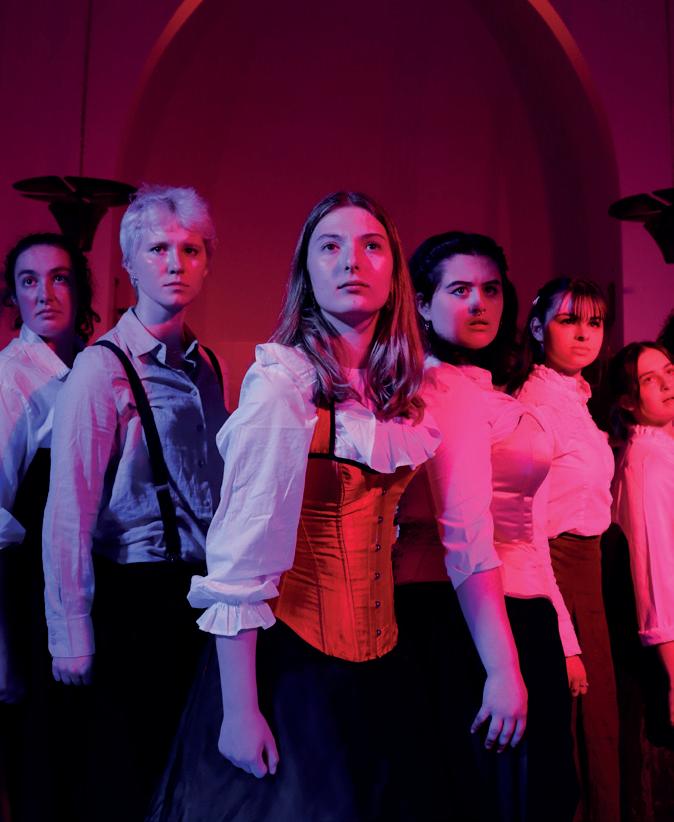
The former First Lady who suffered the trauma of having her husband cheat on her all too publicly before scrambling to rescue his brain in the motorcade on that fateful November day in 1963 isn’t the only one having their famous life turned into a musical this August. A treat is in store for fans of King Danjong who was a mere lad when he became the Korean leader way back in the 15th century. 1457, The Boy At Rest (Assembly George Square Studios, 31 July–24 August, 2.45pm) tells the tale. Another ancient historical figure is portrayed in musical form via Charles II: Living Libido Loca (CC Blooms, 3–23 August, 5.30pm), a title barely anyone could argue with, surely? It’s ‘raunchy’, ‘spicy’ and rammed with the aforementioned libido.
In slightly more modern(ish) developments, Shake It Away: The Ann Miller Story (Space Surgeons’ Hall, 1–9 August, 1.50pm) recalls the actress who worked with everyone from the Marx Brothers to David Lynch, which seems almost too remarkable to be true. Helen Shapiro Walkin’ Back (Greenside George Street, 18–23 August, 7.40pm) tracks the early life of a singer who gained popularity and chart hits as a mere 15-year-old. More disturbing territory is covered, albeit from a defiantly feminist perspective, in Jack (Space Surgeons’ Hall, 1–16 August, 7.05pm) which explores the brutality of London’s Ripper through the eyes of his final victim, Mary Kelly. And before you shut down, Nerds (Underbelly Bristo Square, 30 July–25 August, 12.30pm) examines the heated rivalry between Steve Jobs and Bill Gates.



Scotland’s definitive guide to arts & culture, helping people get a life since 1985.

Whether you’re looking for something to eat or something to do, we’ve got you covered.
8 LIVE BANDS EVERY DAY! 1pm - 4am


FOR


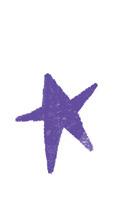











EZRA COLLECTIVE • AIR (PLAY MOON SAFARI) • HOT DUB TIME MACHINE

• HAMISH HAWK, BILLY NOMATES + CLOTH & DAVE ROWNTREE (BLUR) DJ SET
• THE BOOMTOWN RATS • EDDI READER • RSNO - THE MUSIC OF BOND
• JIM MOIR AKA VIC REEVES • “OFF AIR” WITH JANE & FI: IN CONVERSATION WITH JUDY MURRAY
• GEORGE CLARKE • RUBY WAX • GRAEME HALL: THE DOGFATHER • RORY STEWART • JOE WICKS • HAMZA YASSIN
• CHRIS HOY • ALAN DAVIES • STEPH MCGOVERN • CORBETT’S COMEDY CABARET • FRED MACAULAY & FRIENDS
FLAWLESS • BRAINIAC
• SINGING KETTLE
• BIG TOP CEILIDH WITH THE JACOBITES
• KIDS MASS KARAOKE
• MONSKI MOUSE
• COMEDY CLUB 4 KIDS
• KEVIN QUANTUM
• MR BOOM
IF THE STARS HAD A SOUND: STUART BRAITHWAITE (MOGWAI) • IRVINE WELSH • SOUND TAKES: TIM POPE
• SINCE YESTERDAY: THE UNTOLD STORY OF SCOTLAND’S GIRL BANDS WITH CARLA J EASTON
• DINNY GREET, DIRECTOR CHAT & REDOLENT
• SECRET LIVES: THE UNTOLD STORY OF BRITISH HIP HOP
• HELLO UNIVERSE: MIRACLE GLASS COMPANY WORLD PREMIERE
MÀNRAN • SANDI THOM
• THE BLUEBELLS
• BOMBSKARE • HEN HOOSE
• PHILIP CONTINI
• INDIE DISCO: STUART BRAITHWAITE & STUART MURDOCH
• THE PROV JOHNSTONE BAND • MURDO MACLEOD
LIGHTHOUSE LIVE: JAMES EMMANUEL • DICTATOR • DARA DUBS • KAI REESU • SARAH/SHAUN
OVER 250 MUSIC, COMEDY, LITERATURE, FAMILY, FILM & WELLBEING EVENTS ACROSS TEN DAYS
Free festival hub, tasty street food, live music and DJs, Coulters Makers Market, Kids Zone & drop into The Border Bothy for a Border biscuit.
It’s natural to expect a singer-songwriter to give something of themselves through their music. But indie auteur Brian Christinzio, aka BC Camplight, has had more to share than most, especially in the last decade since he forsook his native New Jersey and musical base in Philadelphia for Manchester.
His 2018 album Deportation Blues was inspired by his wrangles with UK immigration when he outstayed his original visa due to ill health. Follow-up Shortly After Takeoff confronted bereavement following the death of his father, and The Last Rotation Of Earth, released in 2023, dealt with the break-up of his long-term relationship.
Time to catch a break with his seventh album surely? The noncryptically titled A Sober Conversation is indeed Christinzio’s first record while clean. He ditched a 20-year cocaine habit on his birthday two years ago but, divested of his coping mechanism, he was forced to confront his childhood abuse by a summer-camp counsellor. The opening track is a space rock opera called ‘The Tent’ which follows bittersweet innocence (‘I wonder if my shoes are as cool as the other kids’) with the devastating realisation that ‘some people face the music, some people face the floor.’
Yet, as always, Christinzio couches his darkest revelations in drollery and delivers them as uplifting, even mischievous baroque pop. Album highlight ‘Rock Gently In Disorder’ grabs from the first stroke of piano, evoking Brian Wilson’s symphonic pop rhapsodies, while he makes a shocking revelation of a different stripe on the title track: ‘don’t tell anyone, I don’t care for David Bowie.’ (Fiona Shepherd) La Belle Angele, 3 August, 7pm.
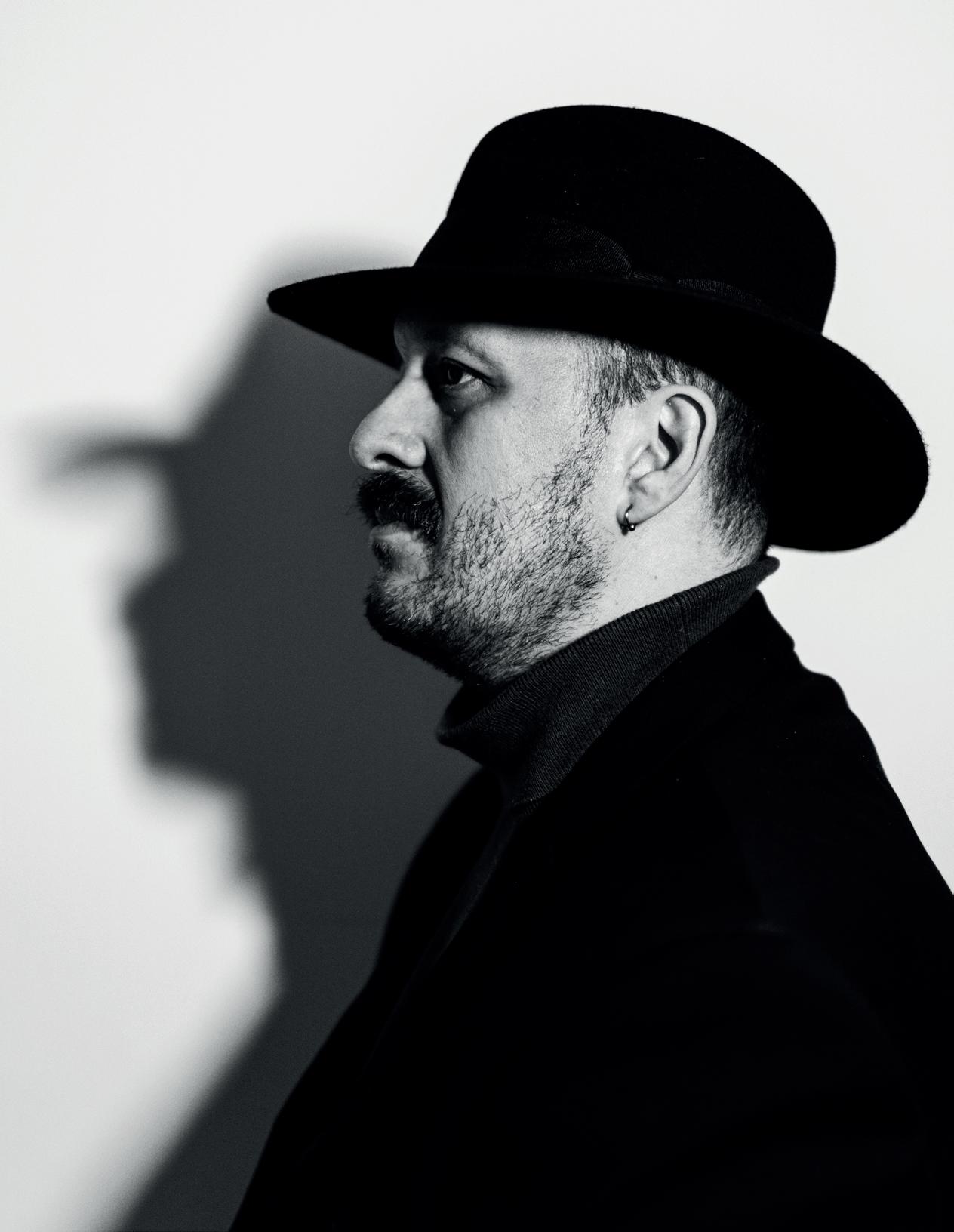


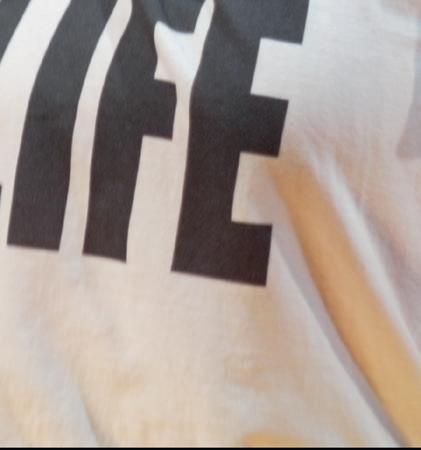





PICTURE: JO BELL
Step back in time with award-winning performance group Box Jelly, as they bring their sell-out show All Fired Up to a UK audience for the first time. This energetic story follows Tammy Tooth (played by Rachel Terry), a woman on the edge of a midlife crisis, who is transported back to 1987 by a mysterious mixtape, and asks some of life’s big questions while she discovers her younger spandex-clad self.
Celebrating favourite hand-picked rock and pop highlights of the era, the music is showcased by a live band as the audience is guided by radio presenter DJ Neon (Roz Pappalardo). With nostalgic tunes and an electric atmosphere glittering its way into your spirit, All Fired Up is the perfect excuse to get dressed up and follow your dancing feet. Expect comedy, 80s-style aerobics and plenty of reasons to show off your inner diva.
‘It’s never too late to follow a dream or a passion; in fact it’s just the start of a new chapter,’ says Terry. ‘We want the audience to be filled with joy and inspiration, to tap into that aspiration of youth and replicate it now.’
Speaking of youth, she’ll be singing alongside her own daughter, Scarlett, who plays her younger self and completes a family of performers: Rachel’s husband appeared in After Dinner, her previous Fringe show.
As one of the weekly Best Theatre Award winners at the 2023 Adelaide Fringe, All Fired Up certainly seems a worthy reason to don those legwarmers once more. (Rachel Morrell)
Assembly George Square Studios, 1–25 August, 5.55pm.













































































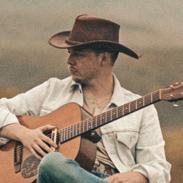




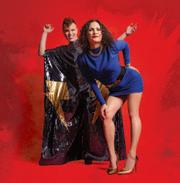





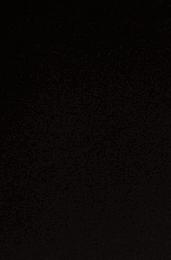














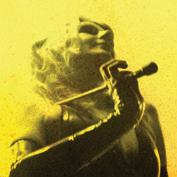
















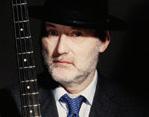































































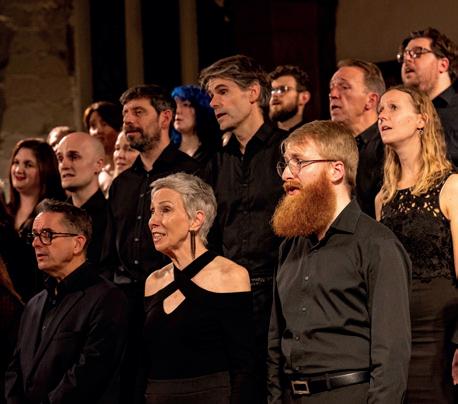
With around 50 singers, this a cappella choir will have Dynamic Earth reverberating to the vocal sounds of chart hits and timeless standards. Even more than that, the audience are able to direct the course of the setlist in real time. Brave stuff.
n Dynamic Earth, 6–13 August, 7.30pm.
Eclectic improvisation is the order of this evening as the Hungarian violin impresario whisks folk and classical into his very own distinctive style to traverse musical paths both familiar and less so.
n The Hub, 5 August, 8pm.
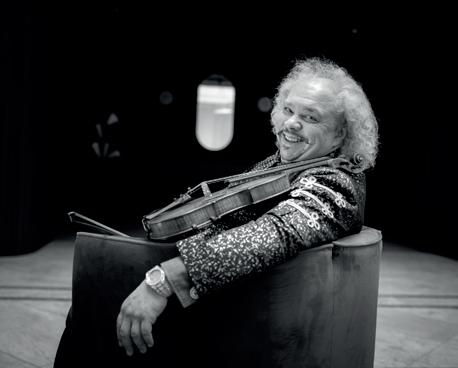
The late and very great Bill Withers is honoured here by Aki Remally who is also bringing us his shows about Jimi Hendrix and Gil Scott-Heron as well as some late-night revues.
n The Jazz Bar, 4–8 August, 7pm.


You’d think there were barely any fresh avenues left when exploring Shakespeare’s bloody Scottish play. But you haven’t met Crash Theatre who are relocating the piece to the netball court. For a musical.
n Assembly George Square Studios, 30 July–25 August, 4.15pm.
Renowned romantics or a bunch of cads? You decide as this new musical jets in from New York with Casanova, Romeo, Cyrano and the Marquis de Sade doing their utmost to prove which of them is the greatest lover of all. Boys, eh?
n Pleasance Courtyard, 31 July–24 August, 6pm.


Dubbed a ‘cavalcade of camp’, this musical first hit the Fringe in 2016 but is back with a refreshed take on the scandalous Edwardian, Henry Cyril Paget, whose light blazed brightly until he died before reaching 30.
n Underbelly George Square, 30 July–24 August, 7.15pm.

Karol Szymanowski, Claude Debussy and César Franck all get an airing in this late-morning concert from violinist Dueñas and pianist Malofeev, two of the most invigorating players in the recital world.
n Queen’s Hall, 4 August, 11am.

















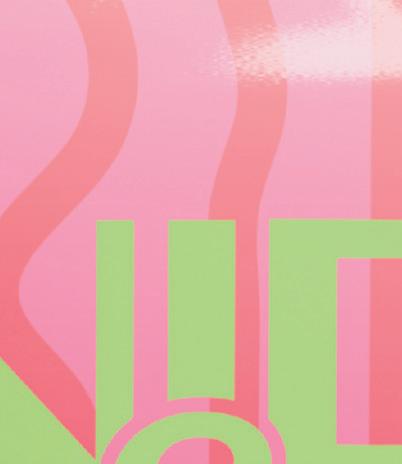























Launched on the BBC’s Asian Network in 2019, Rubina Pabani and Poppy Jay’s award-winning sex podcast was dubbed in the beginning as ‘Carry On meets Carrie Bradshaw’. There won’t be a single second wasted here shrinking from taboo topics as the pair regale us all about their sex lives in frank and furious detail.
‘Mama Told Me Not To Come’ is the subtitle of their show, but it’s clear that, thankfully, absolutely no one is going to hush them up. (Brian Donaldson) n Underbelly Bristo Square, 30 July–24 August, 4pm.




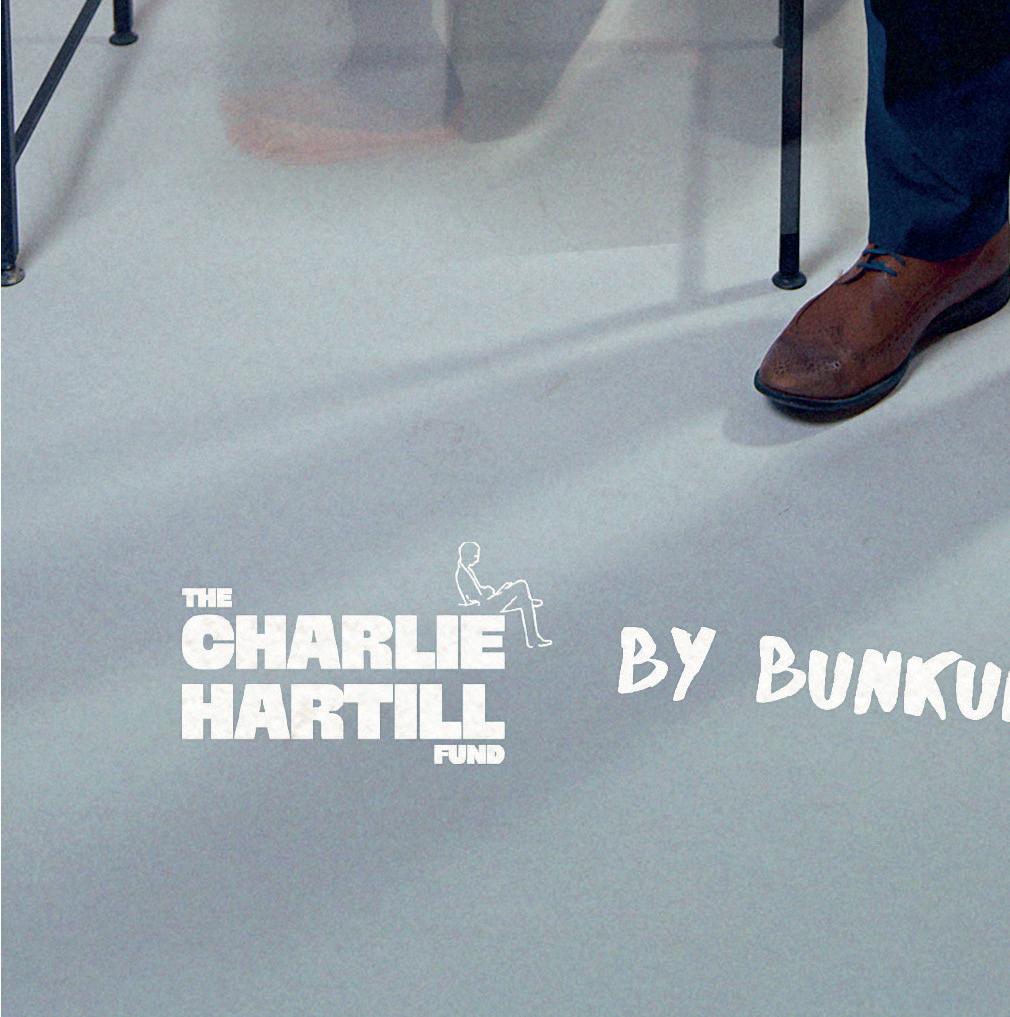

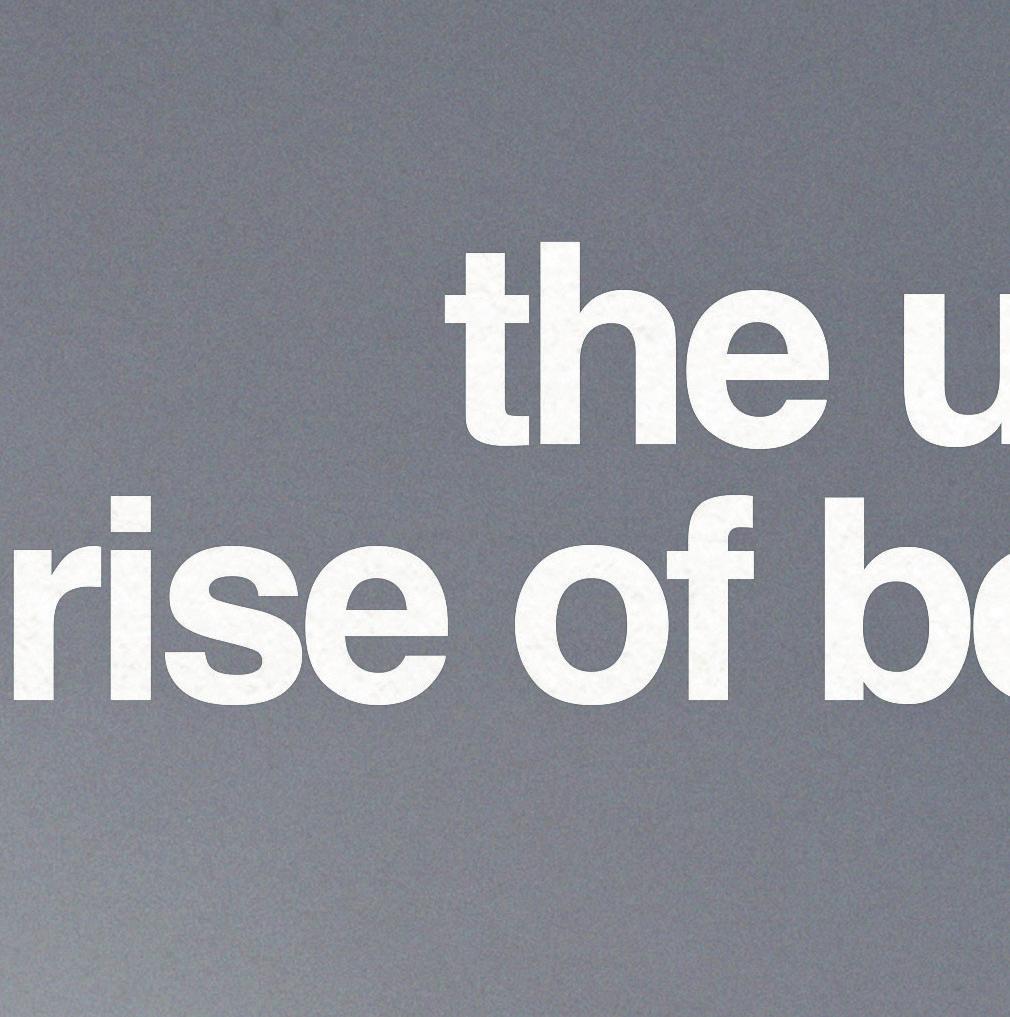

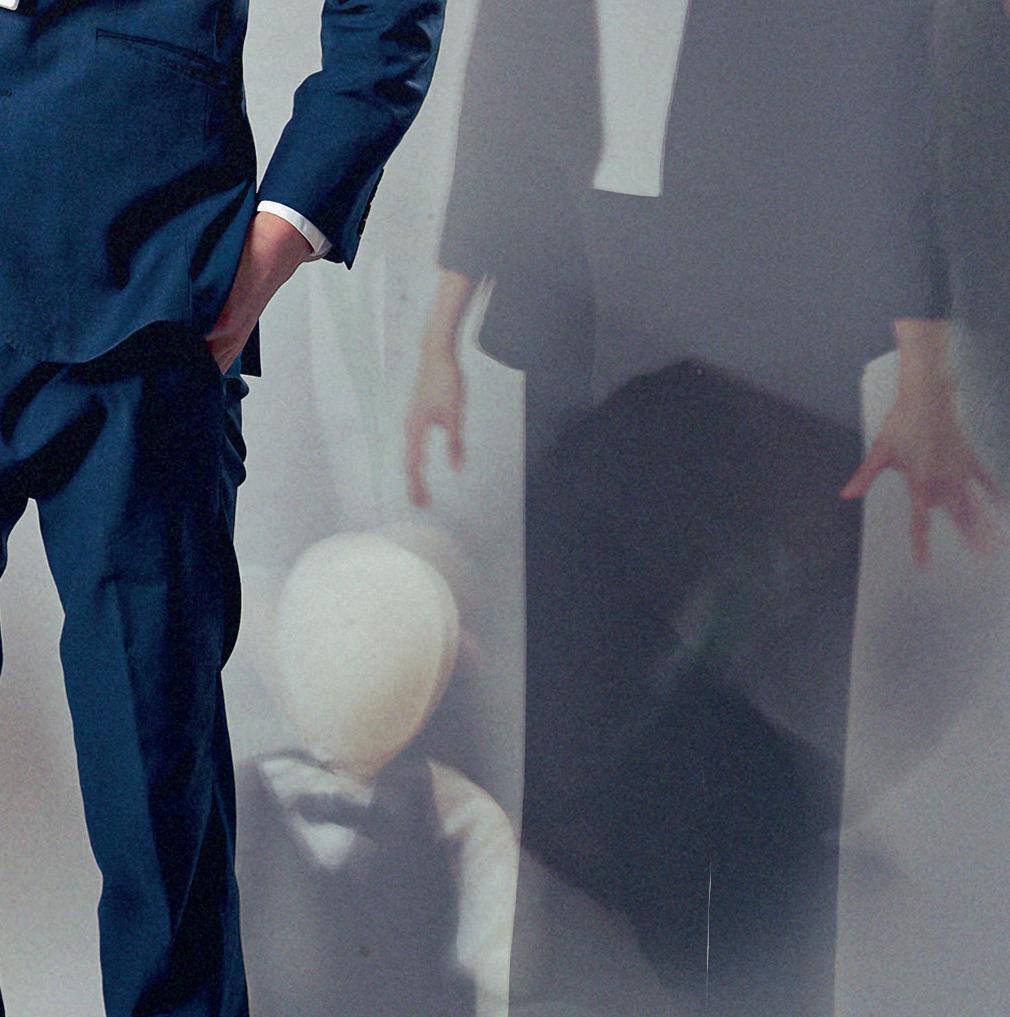

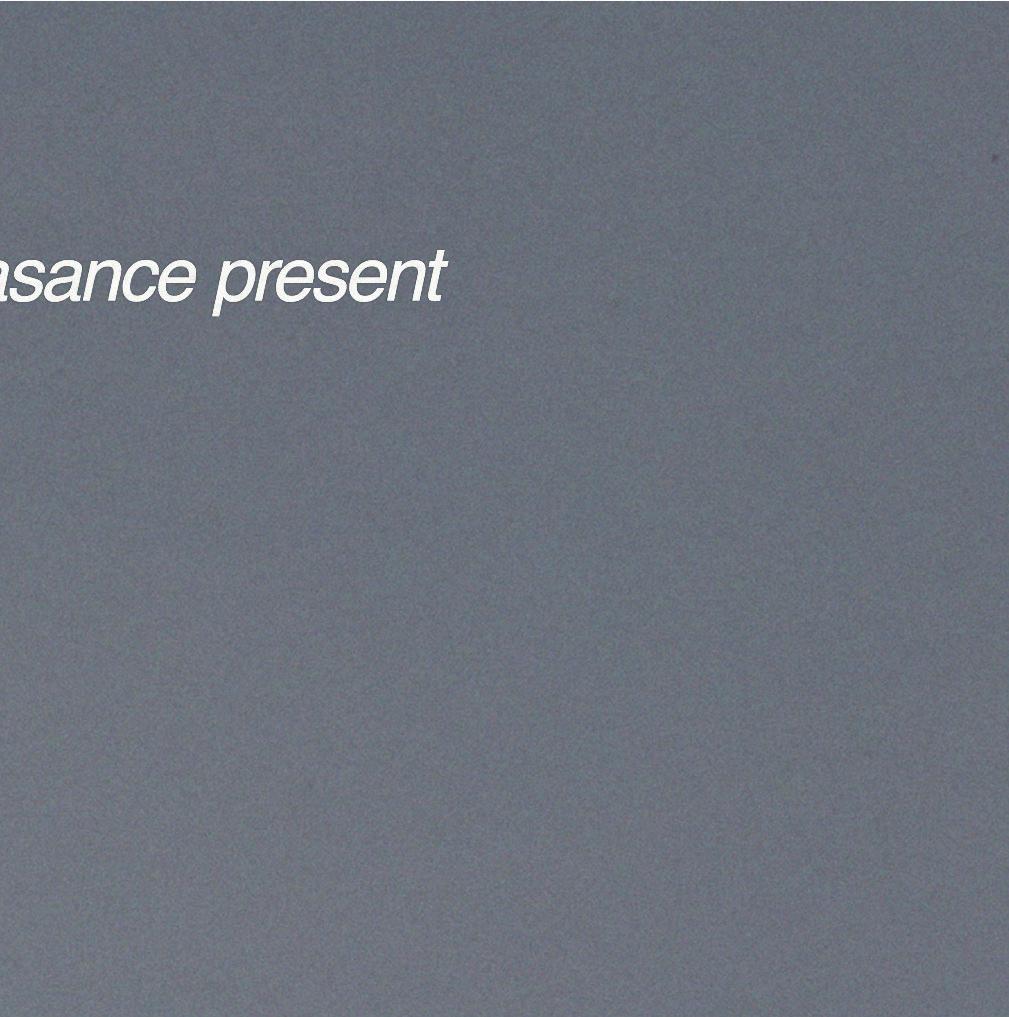

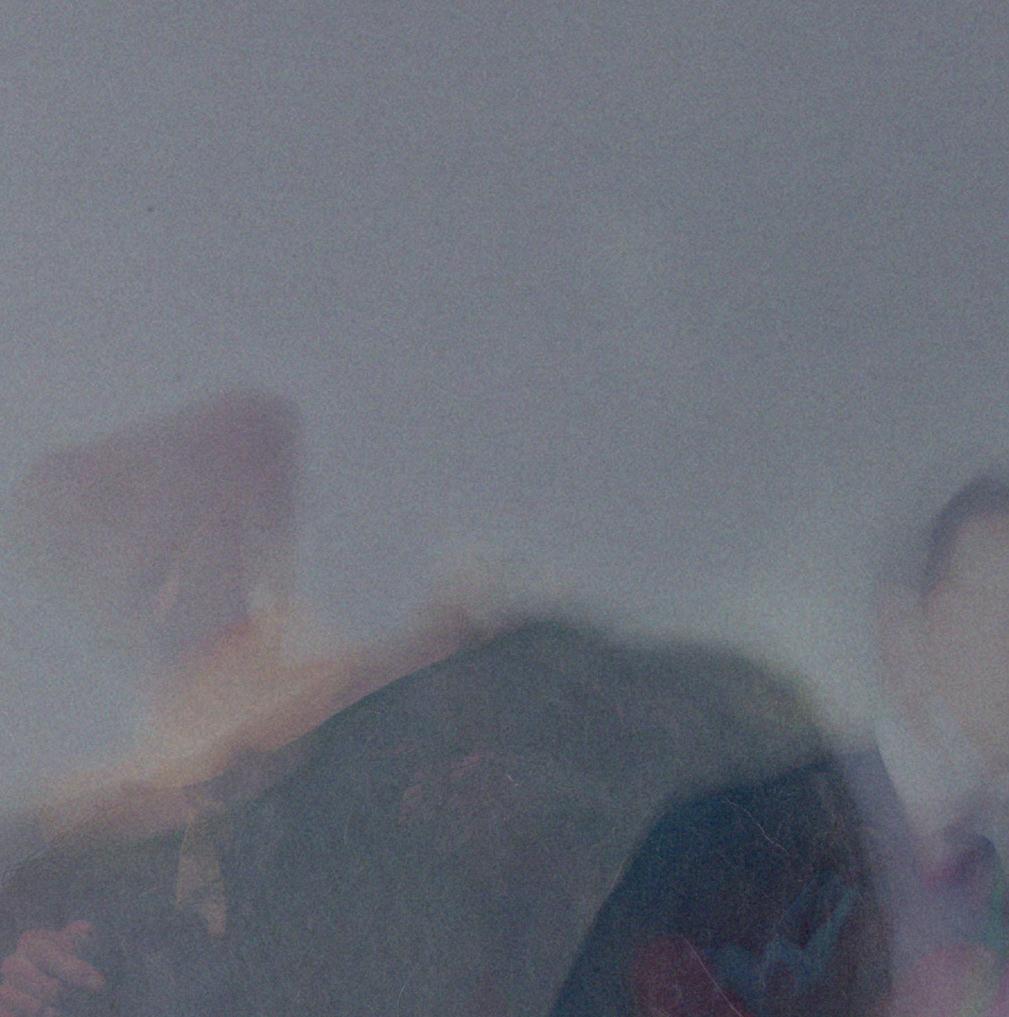









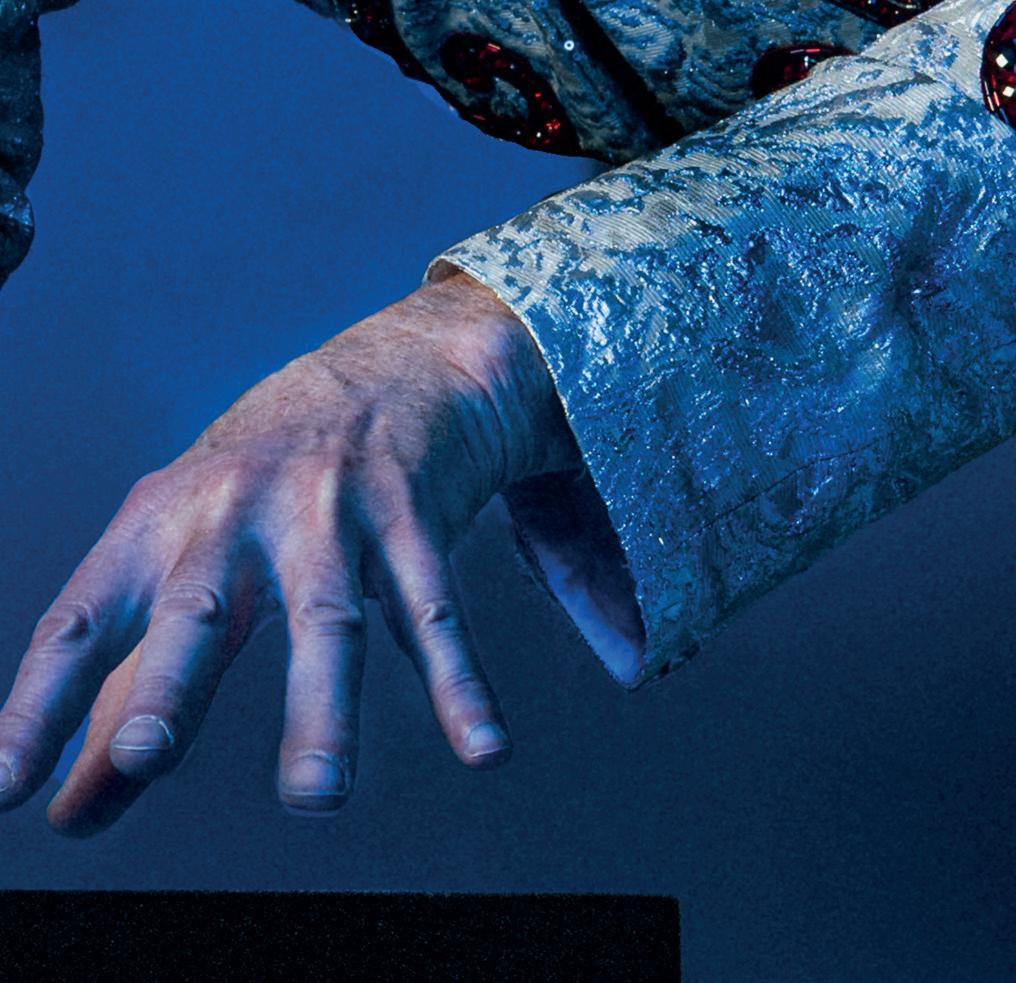






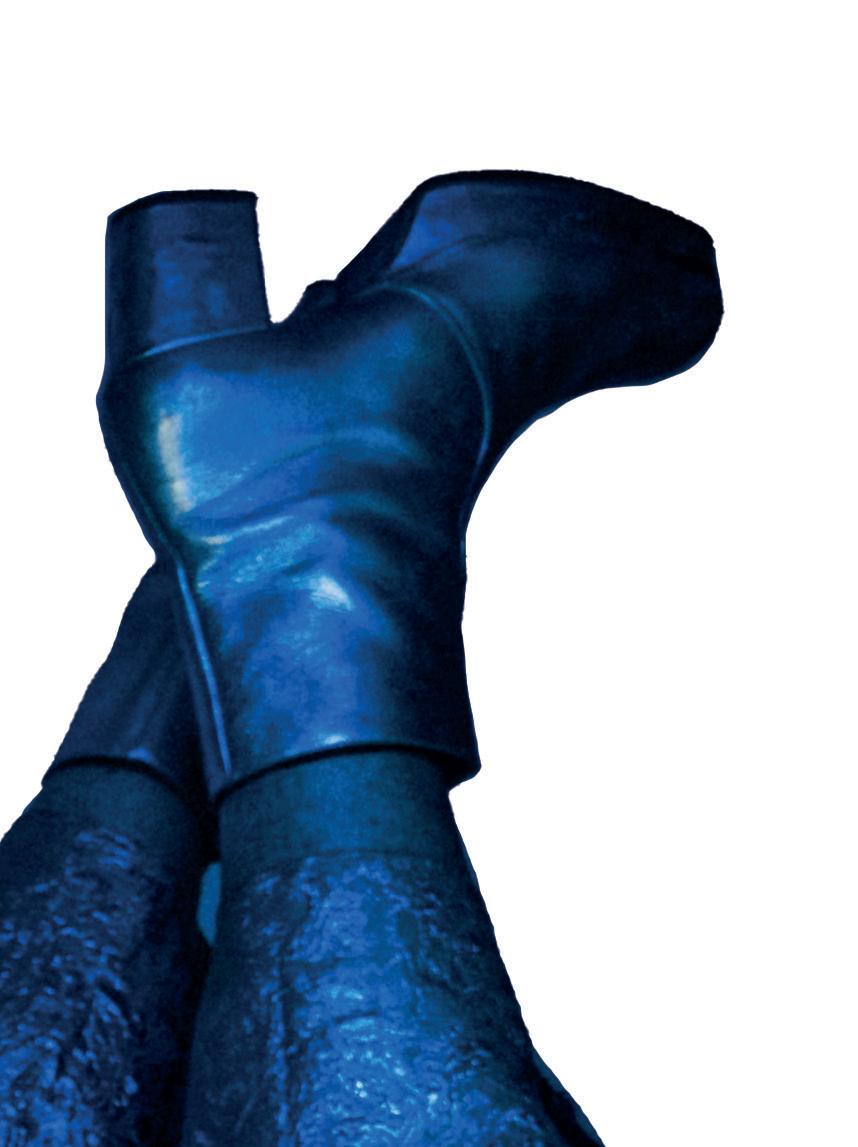

Henry Naylor’s new show travels back to a not-sodistant era when the tabloid media reigned supreme, peddling homophobia and bare-faced lies. The writer and performer talks to Mark Fisher about Elton John’s epic battle with The Sun and why journalistic freedom is more vital than ever

Henry Naylor was one of the regulars on satirical TV series Spitting Image when something changed in the national culture. This was the late 1980s when ‘loadsamoney’ values were infecting every aspect of public life. The press was no exception. ‘Journalism had been one of the most respected professions (Walter Cronkite was known as the “most trusted man in America”) and then in the 80s, we in Spitting Image were portraying the
press as pigs,’ he recalls.

There can be no more high-profile example of the decline in standards than the attitude taken by towards Elton John. The newspaper, famed for the sensationalist headline ‘Freddie Starr Ate My Hamster’, falsely accused Elton of having sex with drugged-up rent boys. Although the claim was untrue, the publisher imagined Elton would not risk the potential embarrassment of a court case. They were very wrong: he

The Sun Elton
launched 17 lawsuits.
This is the story Naylor tells in


Monstering The Rocketman, a blend of stand-up and storytelling in which he takes on the character of a tabloid hack and marks the moment when trust in journalism began to slide. ‘I get that the papers have to make money, but there’s a danger when profit comes before truth,’ he says. ‘We’ve got to get back to a stage where we can give the press its power, but to do that we have to acknowledge the
stage where we can give the press its power, but to do that we have to acknowledge the mistakes of the past.’ had
It was a battle of the titans. Daily sales of the tabloid newspaper were not far off four million. Elton, already 20 albums into his career, was one of the richest stars on the planet. Unlike many, he could afford to stand up for the truth. ‘There’d been a feeling that the tabloids were untouchable,’ says Naylor. ‘Elton had the resources and he had the time to fight them: his voice packed up on stage about three weeks before this whole thing blew up and he had to rest it for a year. Even so, it would have been easy for him to throw his hands up, but instead he said “I’m not going to be lied about.”’
The clash was not just about celebrity. This was an era of unbridled homophobia. Researching the play, Naylor was shocked at quite how blatant it was. ‘Going through the papers of the time, it’s amazing how far Britain has come. The language used is shocking. People were outed purely for being gay, not because they’d done anything wrong. It felt like a moral judgement. The word “poofter” was an accepted mainstream term.’


Across the Fringe it looks like being all Reg Dwight on the night with a series of shows paying tribute to the once massively bespectacled piano icon who, it appears, really is still standing. Jess Robinson delivers Your Song (Assembly George Square Gardens, 30 July–24 August, 6.05pm), an hour of his tunes filtered through strong female voices such as Spears, Streisand and Winehouse.
Naylor has visions of repurposing his material as a musical. He also has ambitions to write a series of 80s-related plays, much like his Fringe First-winning set of dramas about the Middle East. For now, he thinks Elton John’s story throws light on the parlous state of today’s media and the threat such weakness poses to democracy. ‘Now it is absolutely vital that we have a free press holding power to account,’ he says. ‘Never in our lifetimes have we seen democracy challenged in the way that it is. When institutions in America are being threatened and the Supreme Court is being interfered with, this is serious. We need journalists to have as much power as they possibly can.’
have we seen democracy challenged in the way that it is. When institutions in America need journalists to have as much power as they possibly can.’
Monstering The Rocketman, Pleasance Dome, 30 July–24 August, 4.10pm.
The Elton John Story (Space Symposium Hall, 1–24 August, 2.50pm) plays it with a somewhat straighter bat as Angus Munro and the Night Owl band do their accomplished tribute thing, while the Billy Joel & Elton John: Singalonga Cabaret (Fingers Piano Bar, 4–24 August, 9pm) is presented by Australian entertainer Antony (Dr H) Hubmayer. And Sounds Of The 60s & 70s (St Mary’s Episcopal Cathedral, 15 August, 7.30pm) explores many legends of those decades including The Beatles and Simon & Garfunkel, with the former Watford FC chairman also in there.





FEATURING SONGS FROM BEYONCÉ JENNIFER LOPEZ JUSTIN TIMBERLAKE CHRISTINA AGUILERA BLACK EYED PEAS P!NK KATY PERRY KE$HA COLDPLAY PANIC! AT THE DISCO CASCADA AVRIL LAVIGNE BRITNEY SPEARS + MORE!


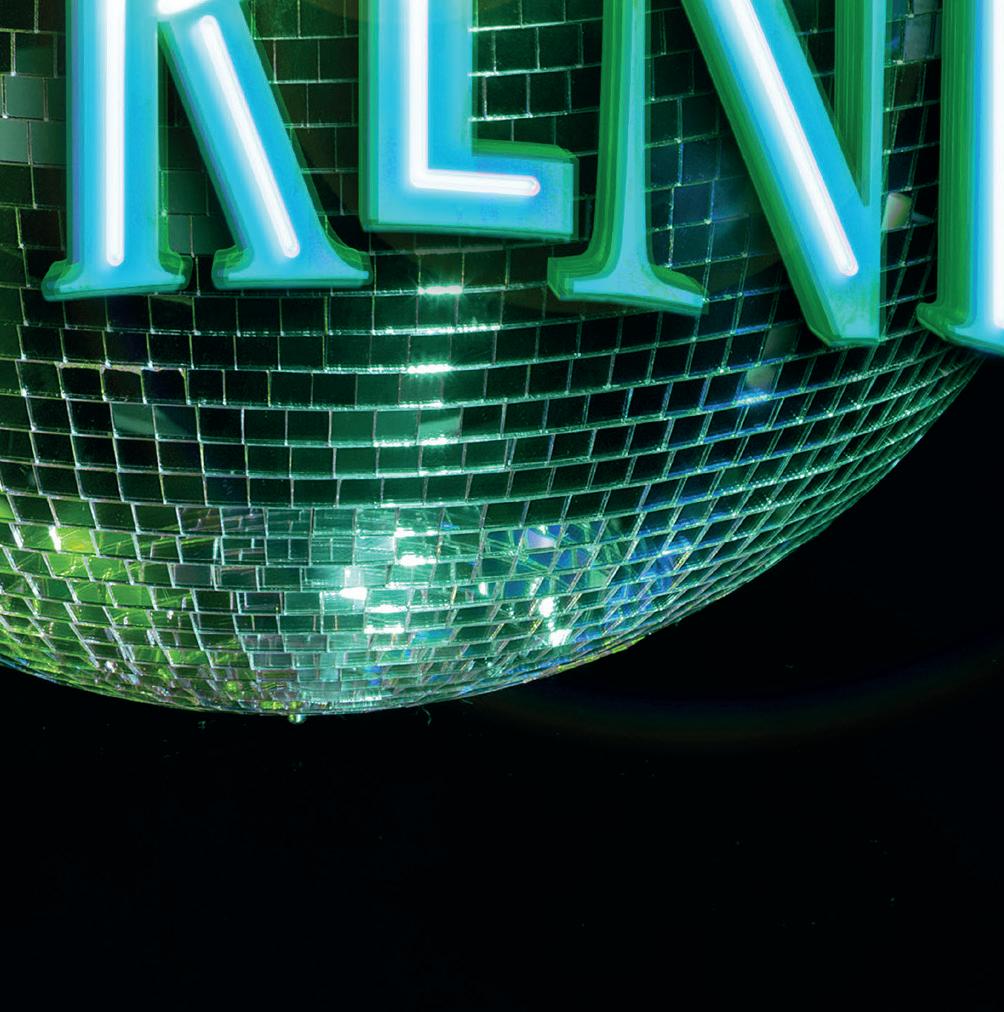






































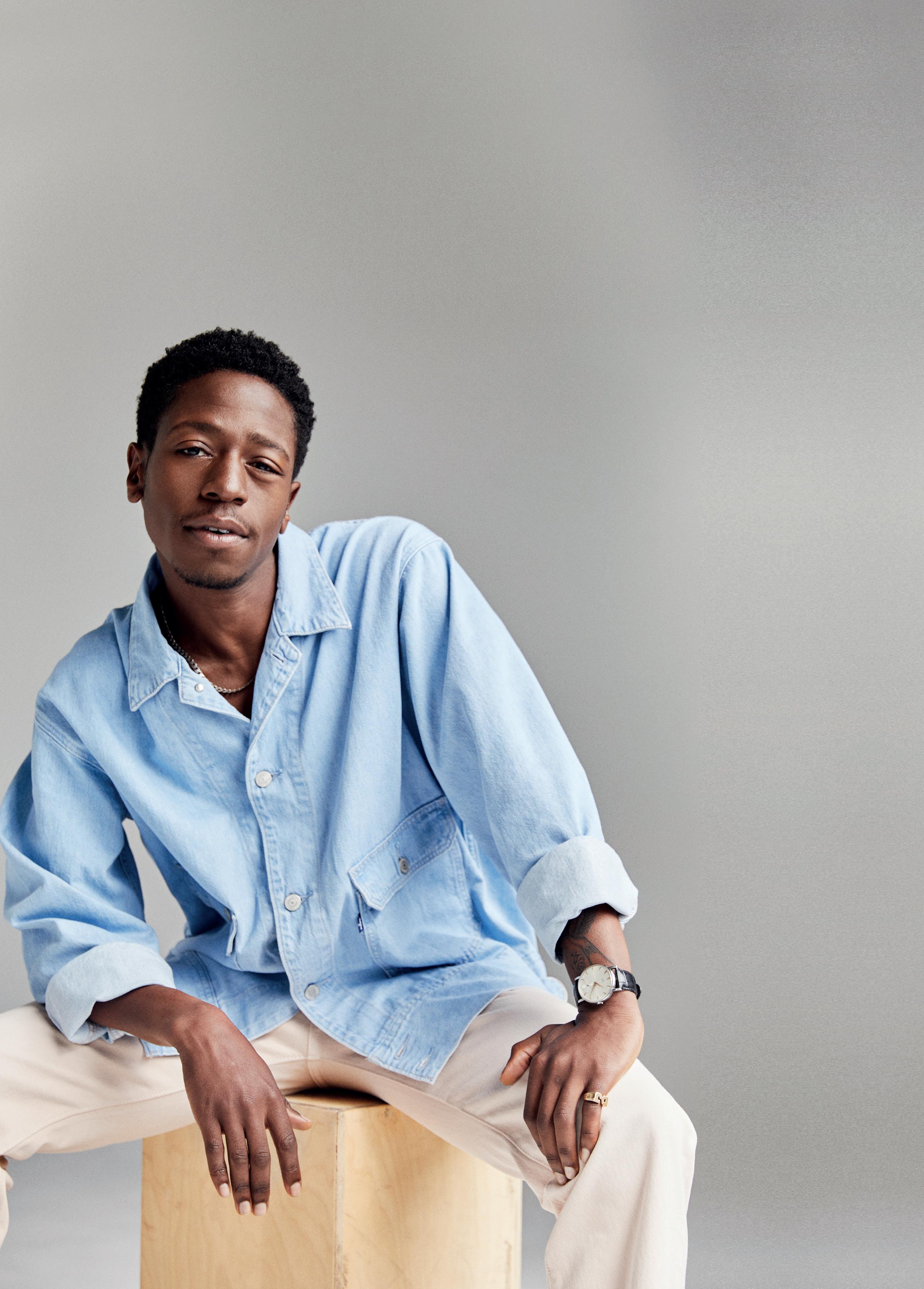
BAlready making a name for himself with roles on the big and small screen, David Jonsson turns his hand to writing with anti-romantic comedy Paldem. He talks to Gareth K Vile about labels, love and looking into the dark side
AFTA Rising Star winner David Jonsson’s script for Paldem grapples with some serious subjects without losing its dark humour, examining a friendship threatened by the intrusion of a one-night stand. Covering fetishism, the challenges of early adulthood, and the bonding offered by a mutual love of Jeremy Paxman and Rick And Morty, Paldem follows two twentysomethings into complex intimacies.
‘Paldem is a derivative of a colloquial term used in London,’ explains Jonsson, who has risen to prominence through the varied likes of BBC’s Industry and Hollywood’s Alien: Romulus. ‘Mandem and girldem are culturally used to describe your closest friends. Affectionate in use, binary by structure. Paldem is somewhere in between. Extremely close pals . . . but just pals. Through the relationship of Megan (a white girl in her late 20s) and Kevin (a black boy in his late 20s), the play explores if that’s possible to be just pals.’
While the question may be familiar, this kind of friendship is rarely explored on stage. For Jonsson, the concept broadens into meditations on maturity. ‘When you meet Megan and Kevin, they’re in flux. They’re at that time in your twenties where you move from adolescence to a more certain adulthood. It can be an awkward, even scary transition. I think we all go through it. But what we rarely talk about is what it’s like when you take race and social construct into account. These are things we may try to avoid but what happens when we confront them? Maybe it makes the transition that bit more difficult.’
Contemporary life is lived both on and offline: one battle that the pair face is the cultural influence of the internet and the specifics of sexual desire in a digital age. Desire is no longer as personal as it once was. ‘As a society we love to label things. What’s “sexy” to one person, is a “turn-off” to another. What’s a “fetish” to one person is “vanilla” to the next, and so on,’ Jonsson says. ‘That might be fine if it were only objects that we were talking about. But today, and especially on the internet, it’s usually people. That’s what this play is exploring: the people behind the screen, who they actually are. The things they actually love. Or at least, think they do.’
The mixture of humour and darkness is something that Jonsson sees as intrinsic to life and theatre. ‘I love comedy and the complex things in life that make it dark. In my experience, it’s always the truth that darkens the waters, and the same is true of this play. But hopefully, underneath all that, is something that is deeply and maddeningly true. What you choose to do with that truth is totally up to you.’
Paldem, Summerhall, 31 July–25 August, 9pm.


If you pitched the idea of libraries today, you’d be called a communist




If there’s one thing guaranteed to get a gammon’s boxers in a twist, it’s someone in drag reading a story to a bunch of kids. Jo Laidlaw unwraps Kinder, a Fringe debut by Australian performer Ryan Stewart that brings fresh perspective to a well-worn cultural battleground


Drag. Queen. Story. Hour. Four little words that seemed to singlehandedly ignite the modern chapter of our so-called culture wars. They’re also the entry point for Kinder, a one-person play created and performed by Melbourne-based Ryan Stewart. ‘I wasn’t even thinking about writing a show, but this stuff was happening in the news about drag storytime,’ recalls the actor/theatre-maker/producer.
‘I thought it was funny that reading hours were being attacked, because if you asked a drag artist “what’s a reading hour?”, they’d think it’s a roast. Then I thought, what would happen if a drag performer misinterpreted a booking, rocked up to a library, saw a bunch of protestors and was like “fuck! I did not know it was going to be this.” That was the seed.’
The resulting play isn’t simply a defence of story hour, but an examination of censorship and where it leads. Sole character Goody Prostate’s lederhosen and German accent point the way. ‘The Emcee from Cabaret has always interested me; my family heritage is German. The Weimar Republic, where being openly queer was accepted, was pretty radical considering where Germany went after that.’ Stewart has never performed as a drag artist, despite a long-term interest >>
in drag culture and queer history, and is quick to point out that Goody isn’t simply a queen: the character merges drag, clown and theatre. ‘Much of drag’s roots came from Shakespeare. Now, there’s almost two extremes: queens looking incredibly feminine or kings looking incredibly masculine. Neither extreme was appealing, so I created an androgynous clown character, playing with the drag version of a court jester, with their privilege to mock the powers-that-be from a position of safety. Think of the Fool in King Lear that sits alongside the people in power and slowly chips away.’
There’s also a classic beginning, middle and end story arc, underpinned by fabulous costumes and a set design full of easter (Kinder?) eggs; for example, one of the picture books on stage was banned in Sydney’s libraries for a while. ‘It’s that classic fairytale idea,’ explains the selfdeclared nerd who Zooms from a room full of books (all real, no filter). Kinder is also a story about stories and, of course, libraries. ‘The library is one of the few places you can go where you don’t have to spend money, you can just exist. You can pick up a book. You can read. You can borrow the book. You can use its ideas. If you pitched the idea of libraries to governments today, you’d be chased down the street with a pitchfork and called a communist.’
The irony that libraries have become such battlegrounds does not surprise Stewart. ‘Books and stories hold this weight across our history. Every time there’s a regime change, they attack books and libraries. Look at the history of the printing press: when books became a tool that anyone could have, it was disliked by the powerful. Just like today’s moral panics, there was a moral panic then around what it would mean if everyone could pick up something and read it. People know knowledge is power; as soon as people can read, they have a greater ability to self-actualise.’
Yet Stewart, and ultimately Goody, don’t blame the protestors. ‘They’re being told the story that they need to oppose this and don’t see the symbols and disinformation that brought us to this place. They’re just being told that their child is being preyed upon, in a library of all places. But, ultimately, it’s all so innocent. It’s just gathering around a book.’
Kinder, Underbelly Cowgate, 31 July–24 August, 6.40pm.







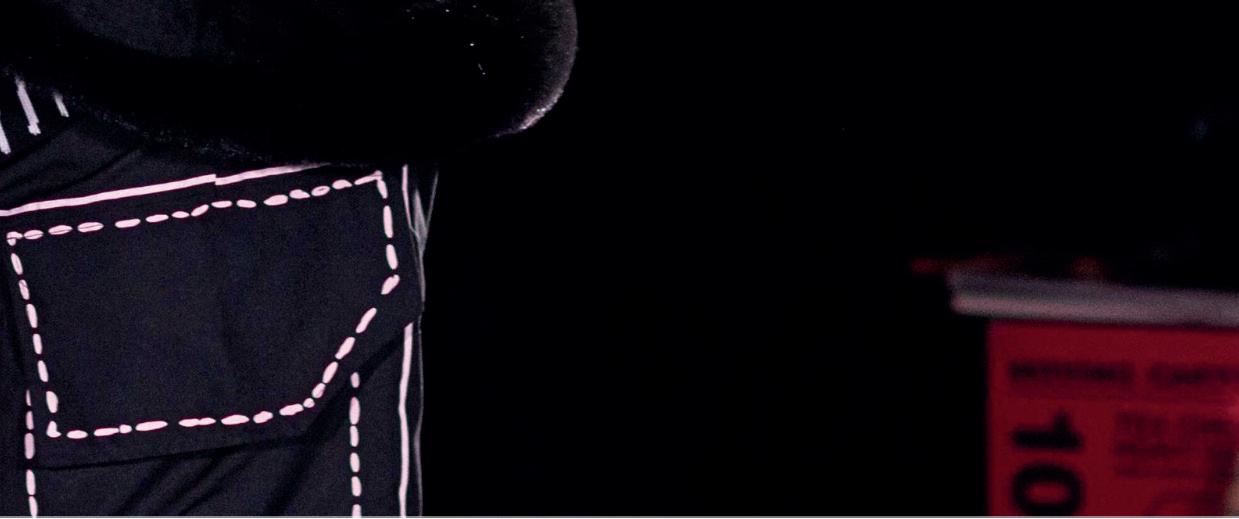

















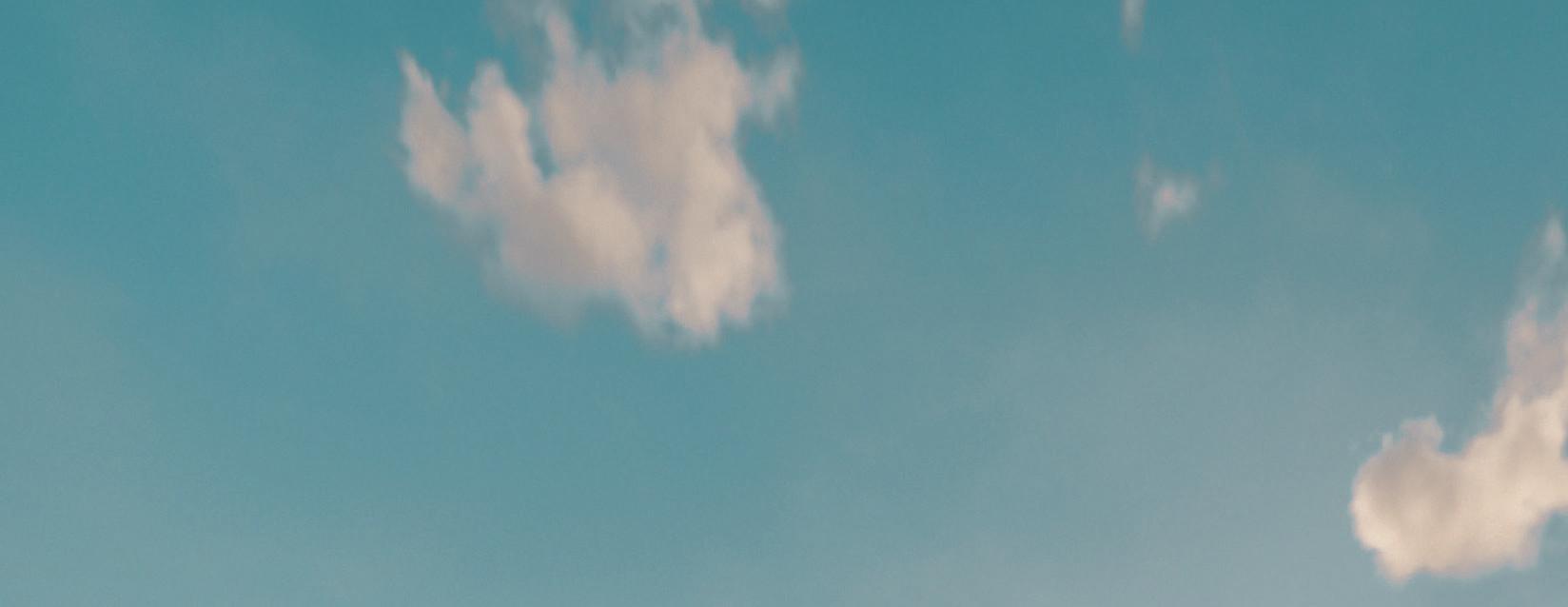
















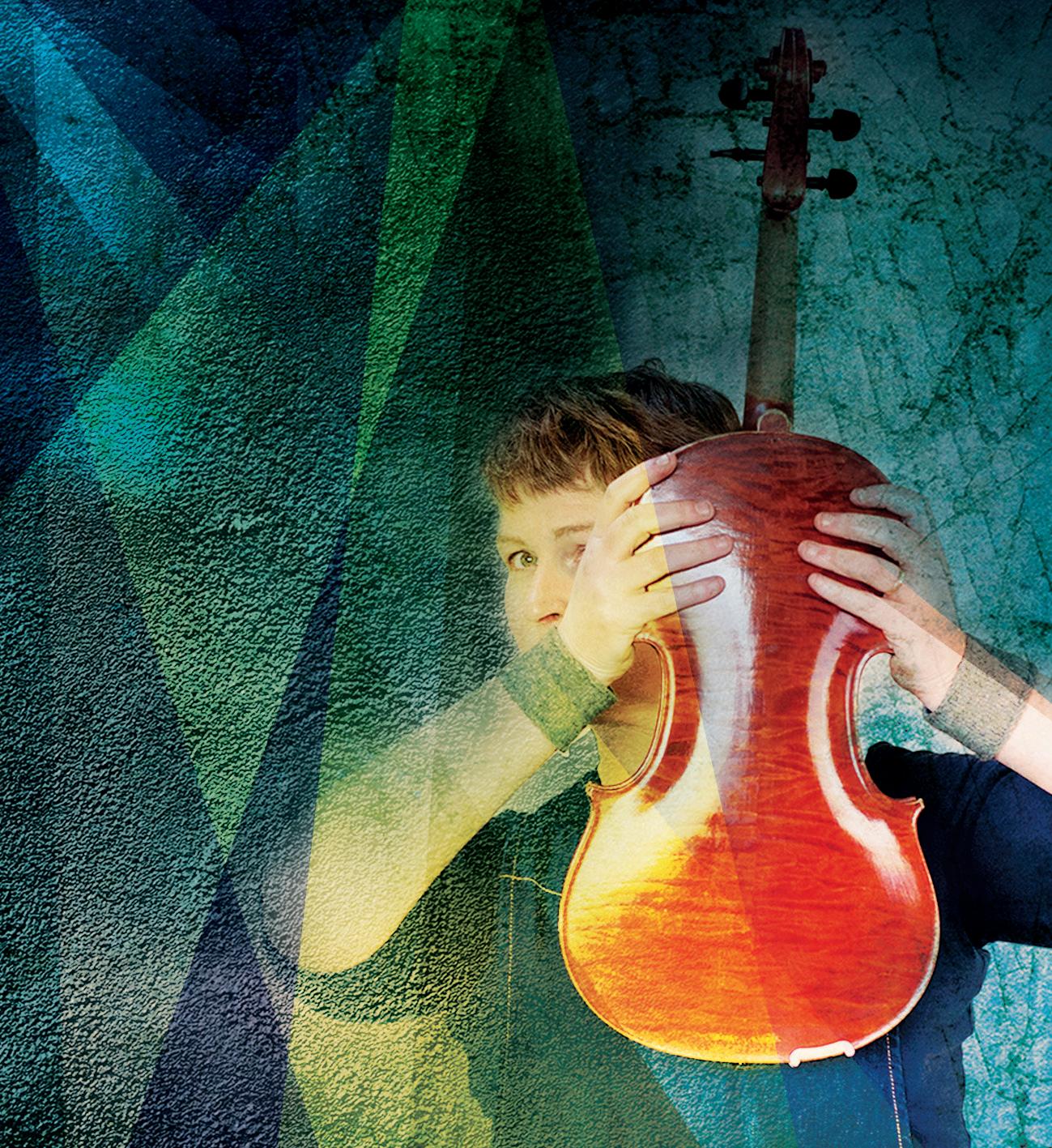

CMusician Mairi Campbell has chosen a personal milestone moment to bring her Pendulum Trilogy to the Fringe. The Scottish Traditional Music Hall Of Fame inductee talks to Rachel Morrell about finding her rhythm and the mysterious nature of ‘Auld Lang Syne’
elebrating a 40-year career, her 60th birthday, and a decade since the first performance of Pulse (the first part of her Pendulum Trilogy), it seems Mairi Campbell is experiencing a magnificent full-circle moment. Using song, viola, movement and visuals, Campbell will perform her award-winning shows, Auld Lang Syne, Pulse and Living Stone, at the Scottish Storytelling Centre, bringing three chapters of self-discovery together for the first time in a multisensory pilgrimage.
The first show, Pulse, explores her relationship with traditional music after rejecting the strict norms of classical training. ‘Pulse is the result of my obsession and desire to hold a beat,’ she explains. ‘At first, I couldn’t do it. I went to music college, to the Guildhall; it was all about following the conductor: “don’t tap your feet. Be a cog in a wheel.” It didn’t sit easy with me. I came away from the classical music scene to get into folk music, because it offered me the opportunity to learn how to play with a beat.’
Campbell found her rhythm through traditional fiddle, dance and Scots music, leading to her rendition of ‘Auld Lang Syne’, a version she performed around the world to captive audiences and Sex And The City fans alike (it appeared in the first movie based on that TV hit). But Campbell still sees the song and its namesake show as a personal endeavour. ‘The song has got something in it that’s not to do with what the words mean. These are not just words written on a page. They’re sounds that move in mysterious ways. So, in Auld Lang Syne, we find unique, often quite funny ways to look at the song and its connection to friendship.’
Despite performing solo, Campbell stresses that she achieved her success through musical community. ‘Fifteen years ago, I wanted to make these shows. But I had no idea how I was going to do it. I’m really grateful to have been introduced to Kath Burlinson, my director and co-creator. Her long-term support and direction have shaped this work and helped me to honour my ancestry.’
In this spirit, Living Stone, the trilogy’s final part, ends Campbell’s voyage with a reflection on connection and community, found through endurance. ‘I’d always envisioned connecting these shows. As they unfolded, I found myself going deeper. Finding your beat or your voice is quite tangible; Living Stone is this interplay between them.’
Campbell says this final show in the trilogy is inspired by a 400-million-year-old stone. ‘Being around the stone, lifting it and feeling the weight, brought me to this grounded place, and a physical place: the community on Lismore where the stone was found. It marks a milestone; and it’s got a hole in the middle. So I ended up playing with the sense of the word. You must go through the hole, maybe to get a bit more whole.’
Mairi Campbell: Pendulum Trilogy, Scottish Storytelling Centre, 2–17 August, 5pm.


Edinburgh is (shockingly) more than just the Fringe, you know. This view is investigated in writer and performer Mark Hannah’s production Athens Of The North, an episodic monologue and love letter to the capital’s ups and downs, successes and failures. Three characters’ tales ‘delicately overlap and interweave,’ he explains, over the course of a single day. The show offers the perspective of both residents and visitors to Edinburgh, exploring how this metropolis of culture and history is just a collection of smaller experiences; villages, if you will.
Initially performed as a script-in-hand piece in 2023, it dawned on Hannah while attending the London Academy Of Music & Dramatic Art, that ‘everybody wanted to come to Edinburgh, but nobody wanted to talk about Edinburgh.’ Athens Of The North (the title comes from the city’s nickname gained during the Scottish Enlightenment period) isn’t solely for those from, or familiar, with the city, he says, but ‘for anybody who cares about where they’re from.’
It’s appropriate the show is being staged at the height of the capital’s visitor influx, as a core reason for its existence is to highlight how quickly ‘over-tourism, gentrification and erasure of Edinburgh’s communities has happened,’ says Hannah. Audiences should expect laughter, poignancy and a few key voices perhaps too-long silenced by August’s all-encompassing bellow. (Dominic Corr) n Scottish Storytelling Centre, 1–23 August, 3.15pm.
Laurie Magers was 24 when she fell head over heels for a man: he was hot, charming and, inconveniently, incarcerated. Sometimes, stories like this won’t sleep until they’re told. For Magers, an accomplished US comedy writer/actor/director (Netflix’s Obliterated, Upright Citizens Brigade), this time in her life proved so formative, so surreal, that ignoring it was never an option. ‘I knew I would make something from it,’ she says. ‘I didn’t really bury it or anything. I journaled and talked about it a ton.’ Do You Accept These Charges? is the result: a brutally confessional, hilarious solo show about power, shame and the dangerous places love can take you. There are (sexy) phone calls, (sexy) letters, (genital) drug smuggling; but alongside the hilarity is a growing awareness that her multi-felon boyfriend’s charges aren’t just ‘bad’ in the fun, flirty way. They’re actually bad. ‘I hesitated to include the darkest parts,’ she admits. ‘But the discomfort I felt is the discomfort I want the audience to sit in. That’s what I lived through at 24.’
Inspired in part by Kristina Wong’s 2021 play Sweatshop Overlord, the show’s solo format is the perfect vehicle for unpacking themes of trauma, power and love addiction. It’s outrageous, but at its bare bones, there’s a broken love story as old as the American judicial system. ‘One thing that has surprised me is how many people say that they relate to my story, even if they haven’t dated an inmate or criminal. It’s kind of a white whale to take an extraordinary story and manage to find the relatability in it . . . I’m super proud of that.’ This is a show for anyone who’s fallen hard and lived to laugh about it later. (Afreka Thomson) n Pleasance Courtyard, 30 July–24 August, 3.10pm.
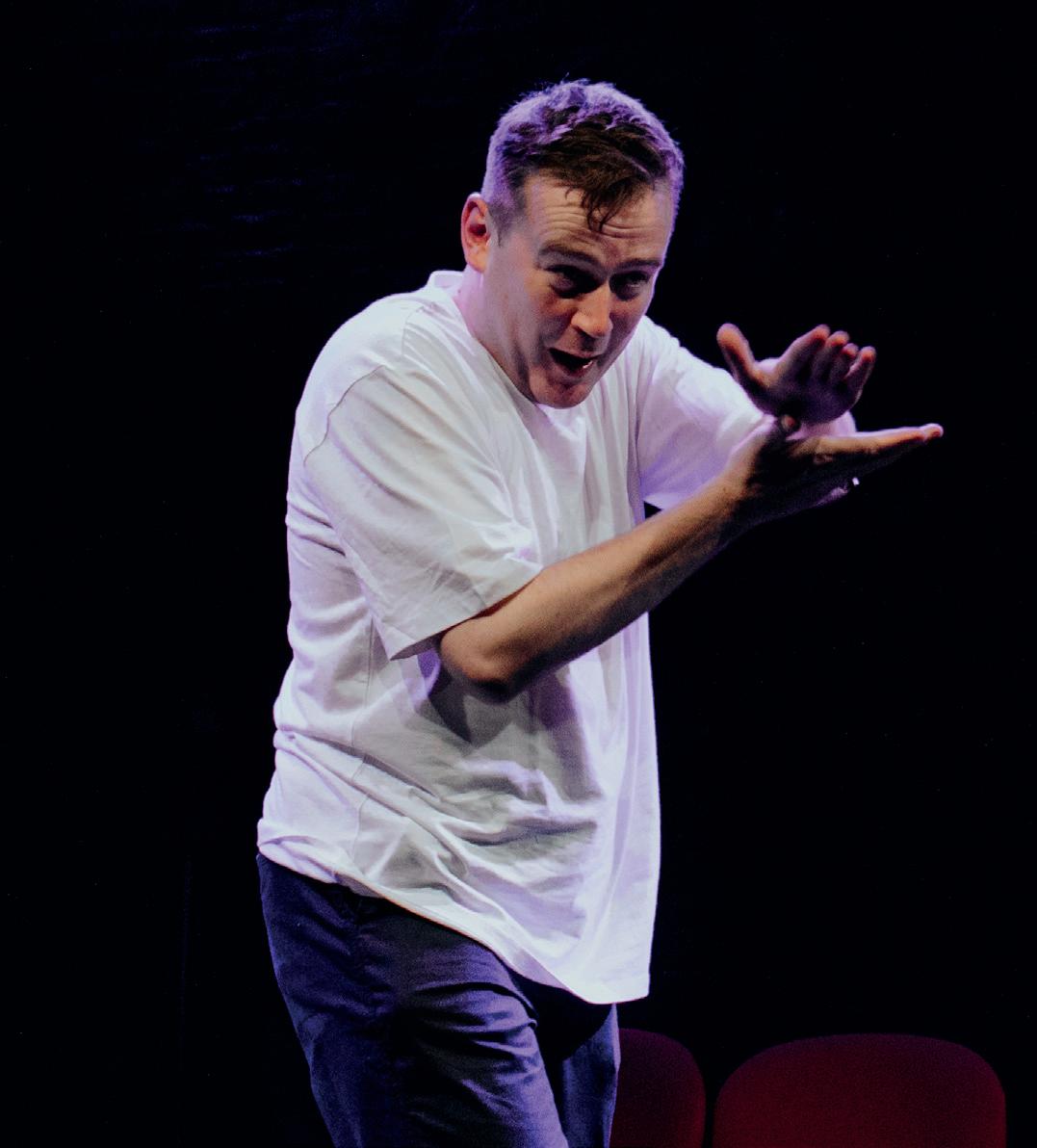




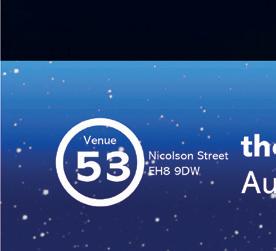

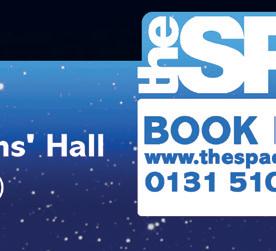



Trumpeter Jay Phelps has been researching his whole life for his musical role in Miles, the fusion of live music and theatre that has its world premiere at Summerhall. Delving into the chaos behind the making of Miles Davis’ Kind Of Blue, which went on to become the biggest selling jazz album of all time, the show explores the life and legacy of the trumpeter whose boundary-pushing repeatedly changed the jazz landscape.
‘We had a copy of Kind Of Blue at home when I was growing up, before I started learning the trumpet,’ says Canadian-born, UKbased Phelps. ‘Then, at the age of 11, I picked up the trumpet and started to play along to it a little bit and learn some of the melodies. I loved the warm sound and calming effect it had on me. This album is very close to my heart. It was a defining point in my life.’
Written and directed by Oliver Kaderbahi, who played jazz drums in his teens, and starring Benjamin Akintuyosi who plays Davis and other characters, the production aims to give an accurate musical representation of Davis while also allowing Phelps, who has worked with Wynton Marsalis and Amy Winehouse, to bring his own personality to the music.
Kaderbahi says Phelps can emulate Davis’ tone and style, ‘so my challenge was to focus on how to integrate it into the play in a way which feels coherent and satisfying.’ To achieve this, Kaderbahi read books, watched interviews and listened to Davis and other musicians from the period. ‘It was important for me to try to bring the audience into the world that Miles grew up in, so I wanted it to feel rich and layered,’ says the writer-director. ‘I’d love the audience to want to go away and listen to the music again.’ (Rob Adams) n Summerhall, 31 July–25 August, 6pm.
Copla: A Spanish Cabaret introduces a hidden Spanish tradition to the Fringe, through musical numbers that evoke romance, anguish, melodrama and resistance. ‘The Fringe is a playground for curiosity; people come open-minded,’ says performer and creator Alejandro Postigo. ‘Copla will be new to many, but its emotional fire, theatrical flair and defiant spirit make it a perfect fit. It’s storytelling through music, rooted in Spain but resonating beyond.’
Like Weimar cabaret, copla retains a political subtext. ‘Under Franco, copla was censored and used as propaganda,’ Postigo continues, ‘yet it also smuggled in subversive truths. Many songs gave voice to outsiders, wrapped in metaphor and melody. Cabaret, like copla, disarms through beauty but beneath the glamour, it resists. It tells truths that politics can’t silence.’
Ingrained into its history, however, is a vibrant modern aesthetic. ‘Queerness in copla is everywhere: it’s in the forbidden love stories, the defiance, the high drama. In my show, queerness isn’t a theme, it’s the method. It’s copla uncloseted: bold, vulnerable and proud.’
For Postigo, one particular song expresses the spirit of the genre. ‘“Tatuaje” (“Tattoo”) tells the story of a woman obsessively searching for a sailor with a tattoo. It’s about loss, longing and refusing to forget. When I sing it, I channel all the ache of migration, of being marked by places and people you can’t return to. That longing isn’t just romantic, it’s political. “Tatuaje” becomes a song about identity: what marks us, what we carry, and what we’re never allowed to leave behind.’
(Gareth K Vile) n Assembly George Square Studios, 31 July–24 August, 6.40pm.

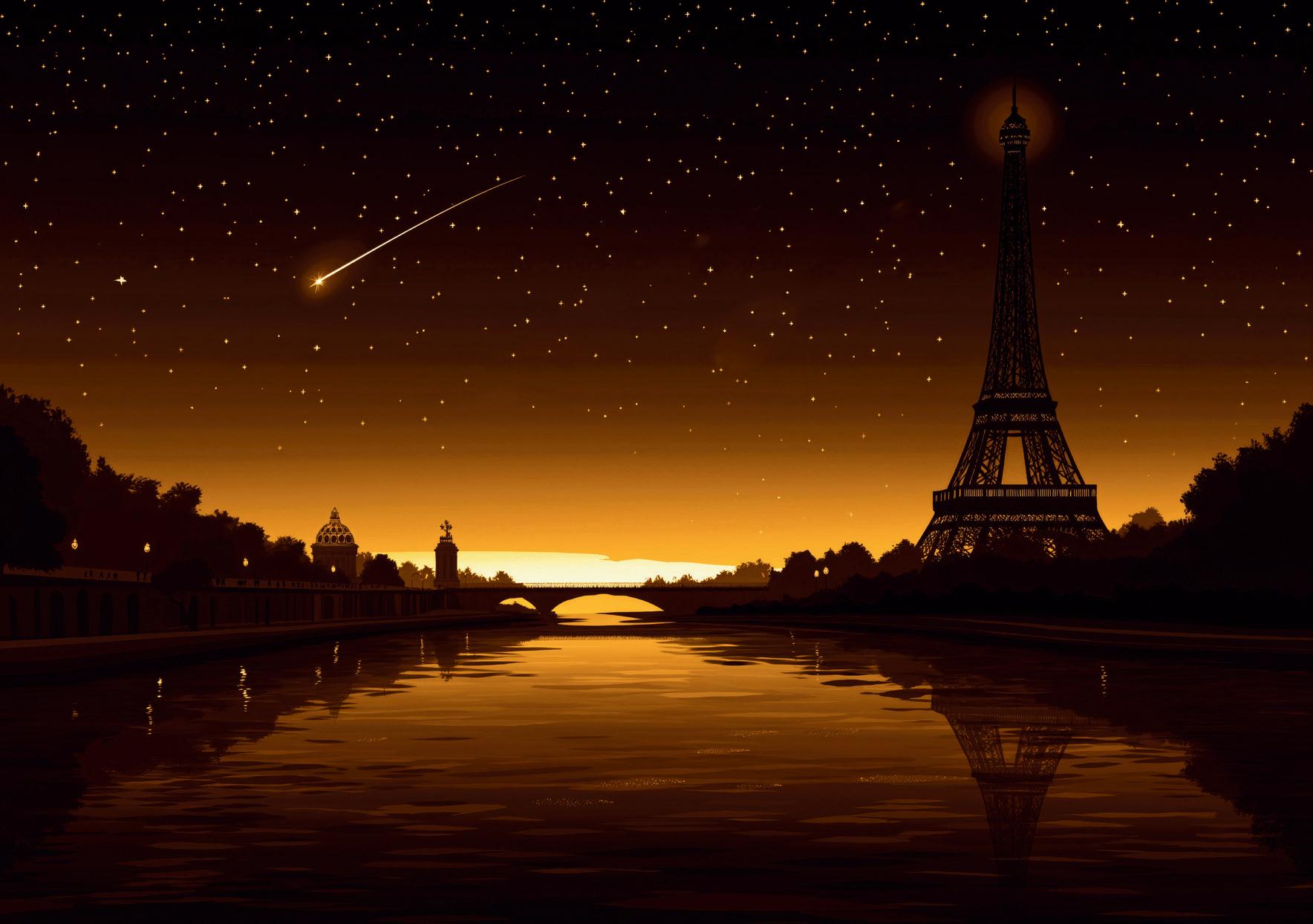








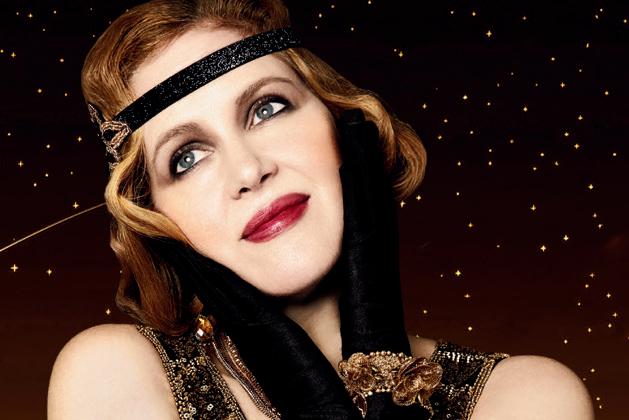
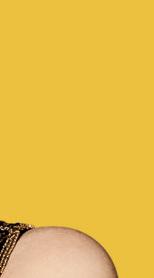
















1st – 12th August 2:15pm (55 mins) @Hill Street Theatre (Dunedin Theatre) Drama / Family Friendly / Age 12+ (guideline)
Tickets £16, £14, £13 BOX OFFICE Tel: 0131 226 0000 Or EdFringe app

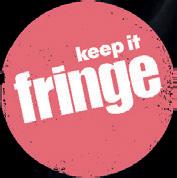









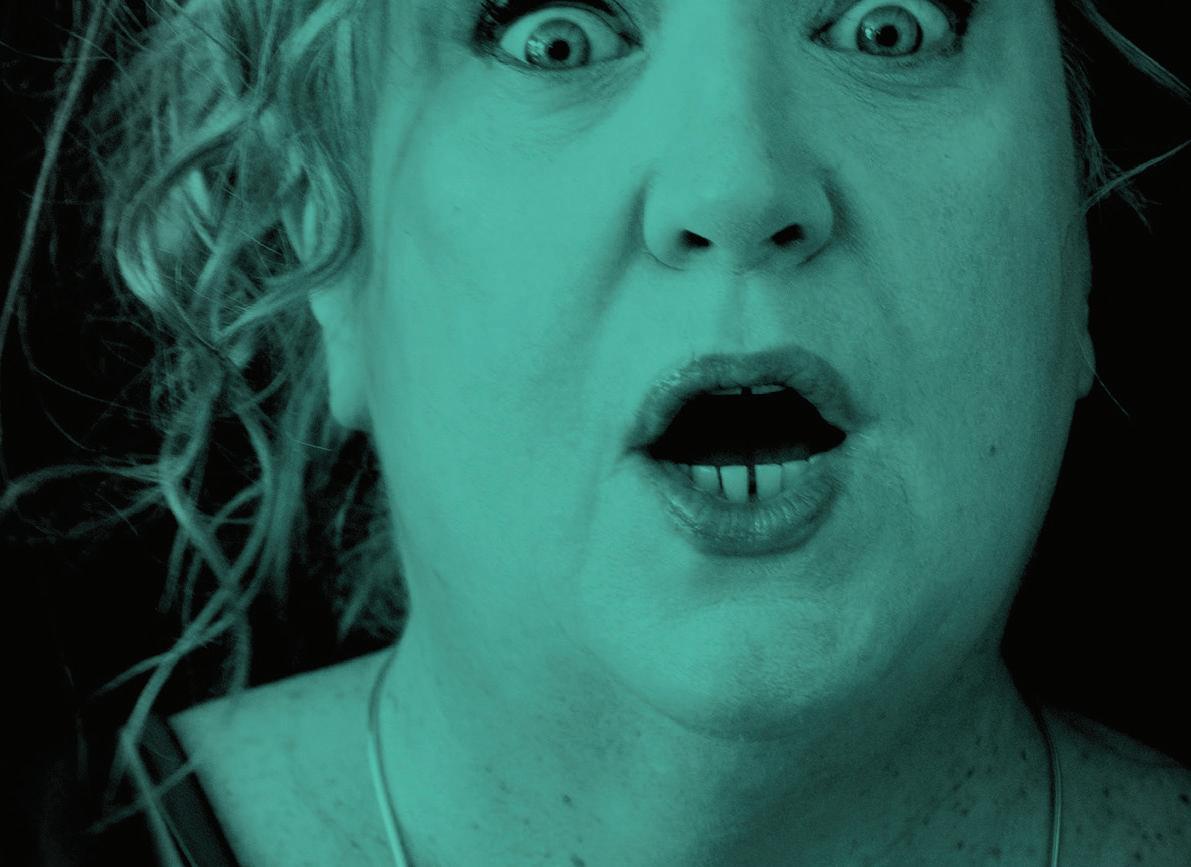
“A hit show from one of the finest creative minds in the country” Cork Independent


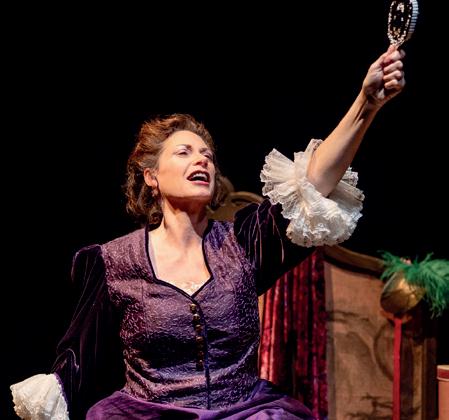
No Edinburgh Fringe is complete without some Oscar Wilde in there, and this piece imagines his iconic female characters coming together in one potpourri production. Ladies Windermere and Bracknell lead the way. n Greenside George Street, 1–16 August, 2pm.
The guest lists to Truman Capote’s parties are mindblowingly phenomenal: Greta Garbo, Audrey Hepburn and Tony Curtis for three. In this immersive experience, audiences can feel as though they were really there.
n Space Symposium Hall, 1–9 August, 4.50pm.

‘Matthew Bourne meets Leigh Bowery’ sounds like an irresistible concoction and we’re very much on board for this queer reimagining of the classic ballet (with added lip-synchs).
n Pleasance Courtyard, 30 July–24 August, 3.40pm.
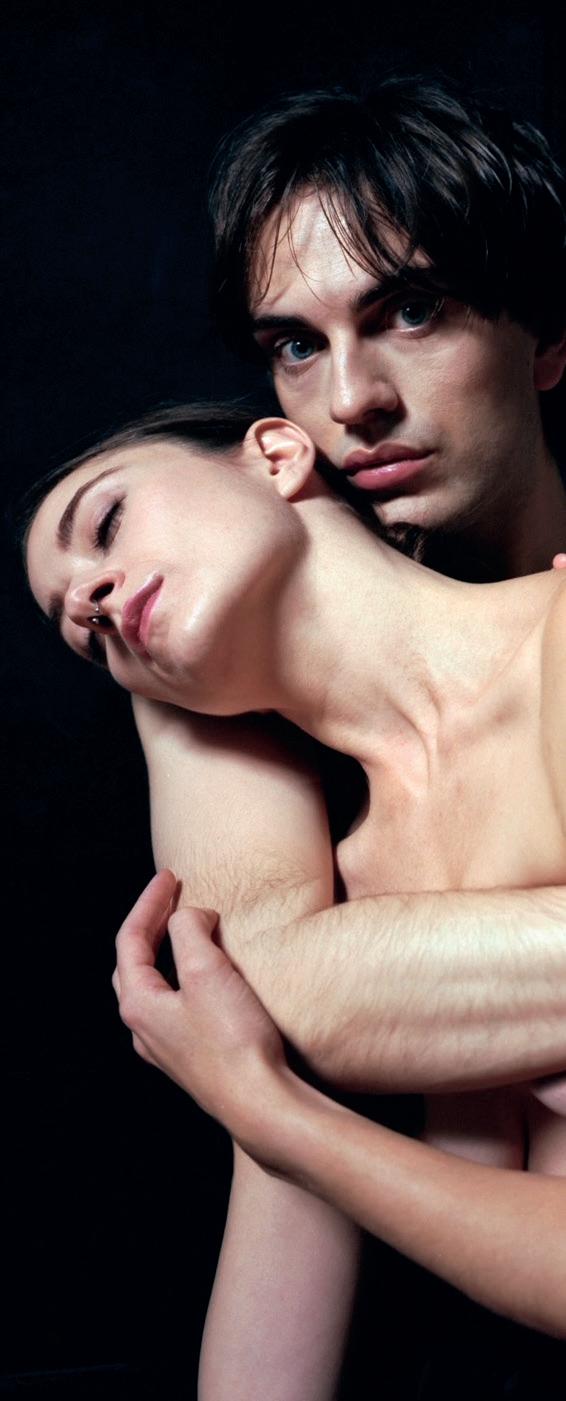
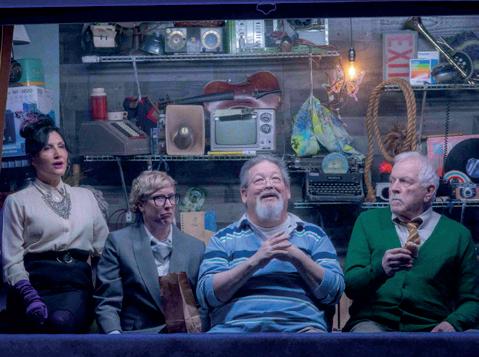
Crooked Path Theatre present a work about the indignities which a workplace environment can sometimes lay on a person and asks whether it’s actually worth sacrificing your humanity for a wage.
n Augustines, 2–9 August, 11.40am.
Set to be one of those Fringe institutions we look back on fondly in years to come, this experiment which thrived digitally during covid is back with one-off pieces by the likes of Sh!t Theatre (pictured), Showstopper! and Mark Watson.
n Shedinburgh, 1–24 August, times vary.


When Jeremy Rafal was growing up in the Philippines, his main friends were cartoons which were being shown on TV featuring ‘stars’ such as Bugs Bunny and He-Man. But Rafal’s story is tainted by tragedy.
n Space Surgeons’ Hall, 1–16 August, 12.35pm.

Afreena Islam-Wright hosts an interactive pub quiz which doubles as the foundation from which she tells us her own story, zeroing in on why she feels distant from both her cultural identities: British and Bangladeshi.
n Traverse Theatre, 31 July–24 August, 9pm.

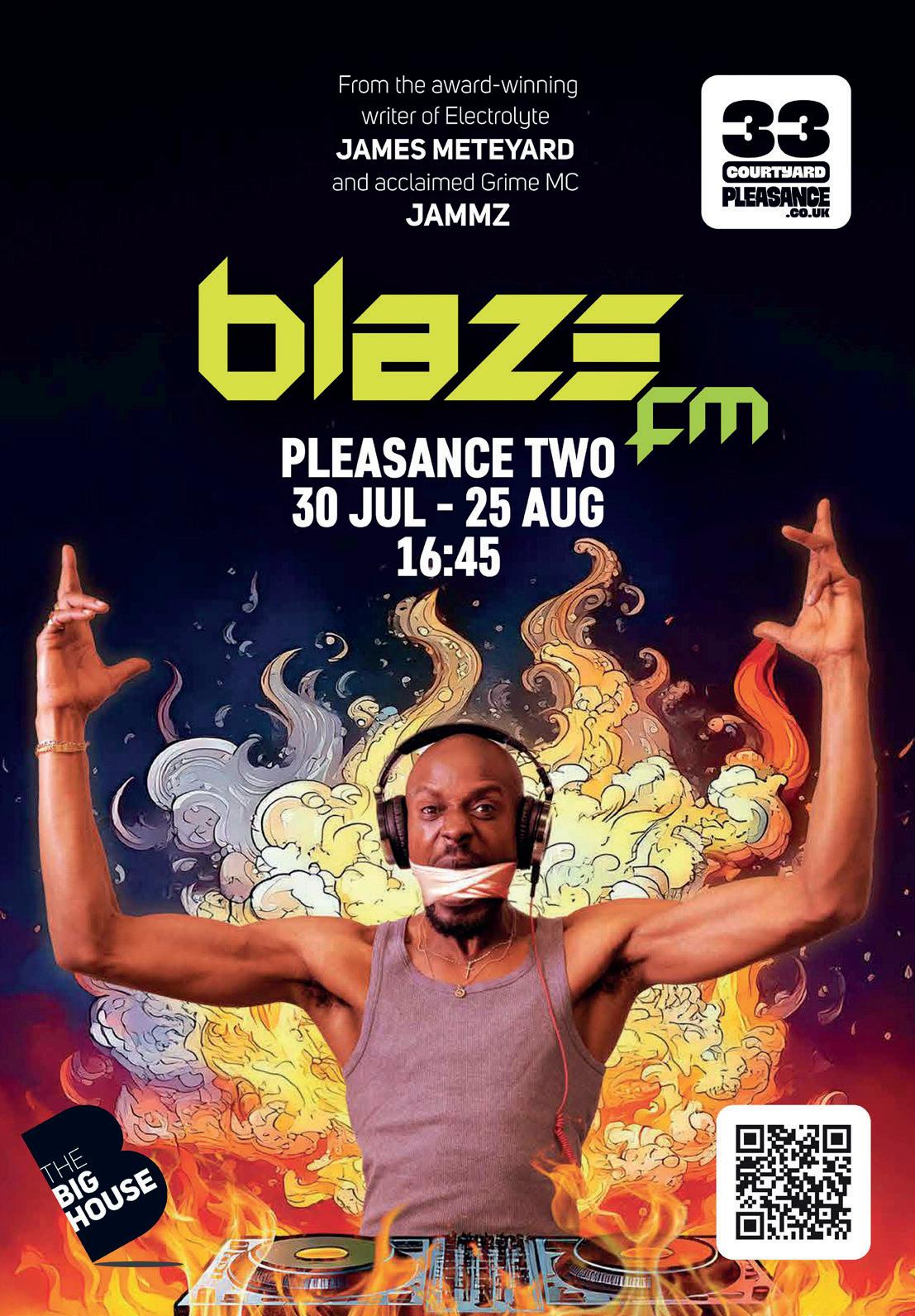























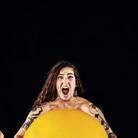

























With No Apologies, writer-performer Emma Frankland asks a bold question: what would the world have looked like had Kurt Cobain been trans? Revolving around Nirvana’s iconic MTV Unplugged gig and taking a scalpel to internet myth-making, this provocative show gets set to rock Summerhall (31 July–24 August).
We’re not ones to puff up the monarchy over here at republican central HQ, but there’s something oddly transfixing about this large photograph of a king and the smaller picture beside it of said monarch and his late mum. The appropriately named King’s Gallery houses a century of this stuff until 7 September.
3
The Edinburgh Festival has never been a stranger to controversy and The Dan Daw Show has recently become a target of those who feel it promotes violent sexual practices. Judge for yourself when the disabled dancer’s very personal work comes to the Lyceum Theatre (2–4 August).


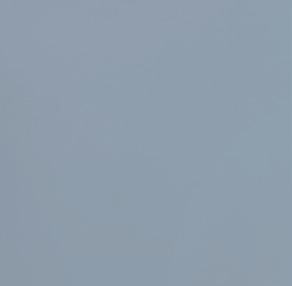


















Join us in August as the Tattoo turns 75 and celebrates The Heroes Who Made Us, with a spectacular performance from pipers, drummers, dancers and musicians from around the world at Edinburgh Castle.


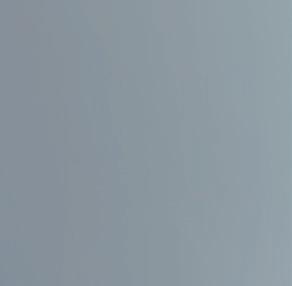




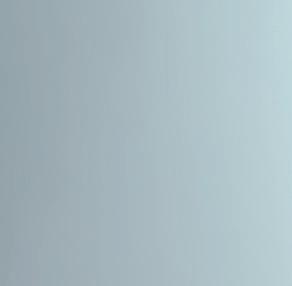

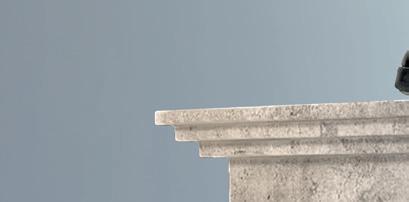


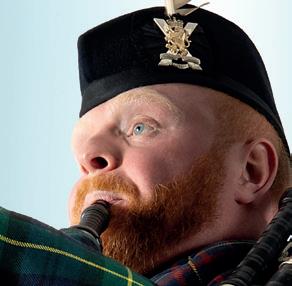



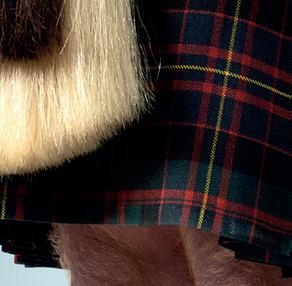

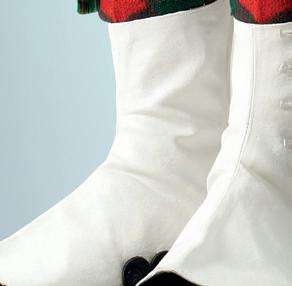


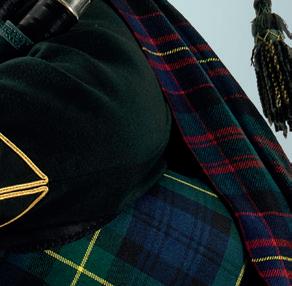
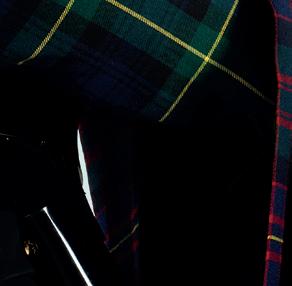


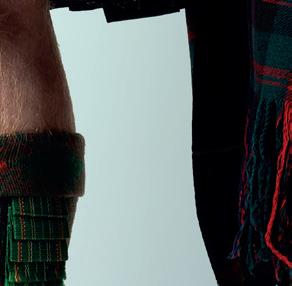
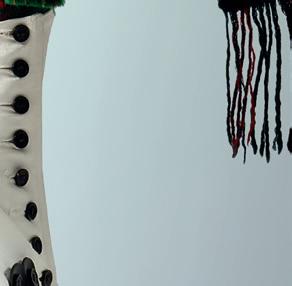

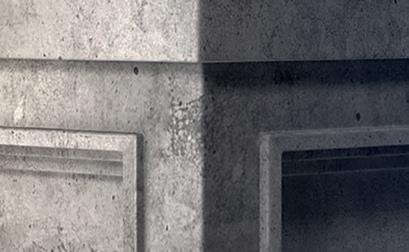






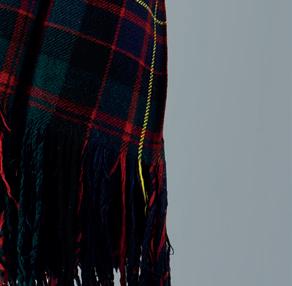

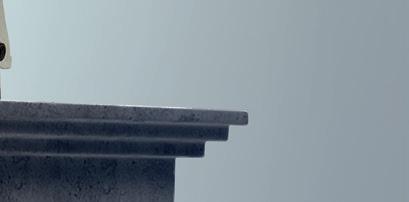



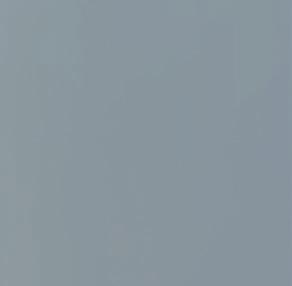












ON SALE NOW










